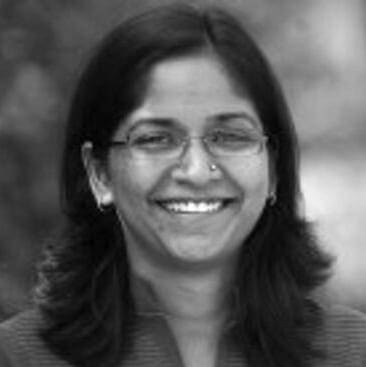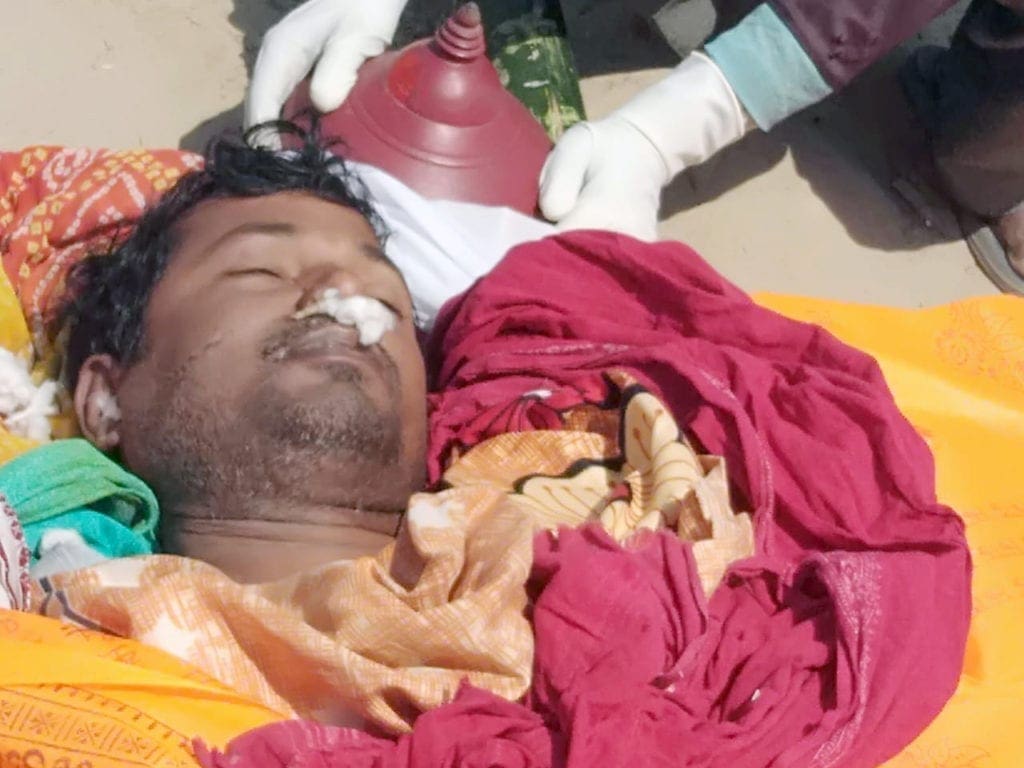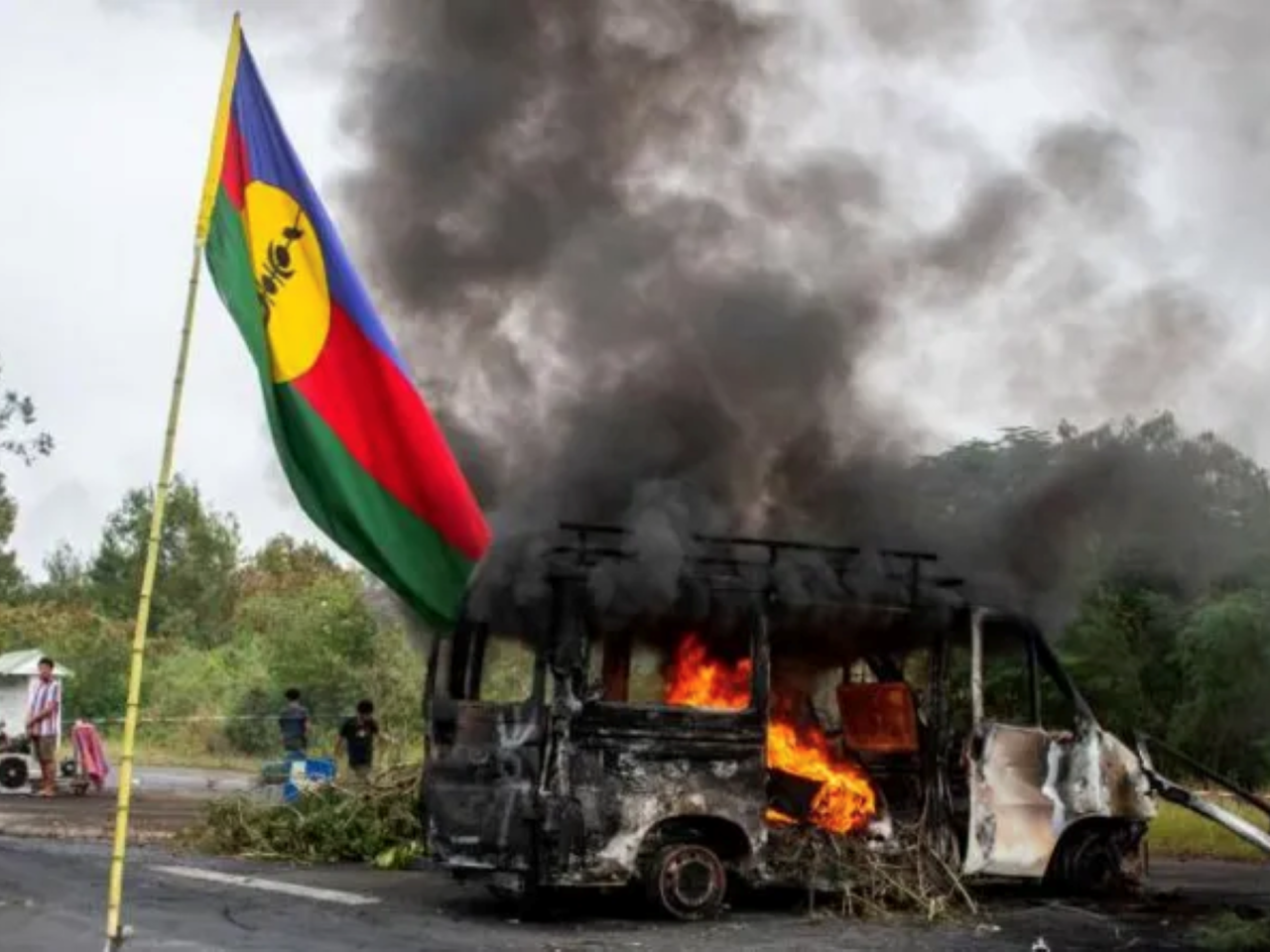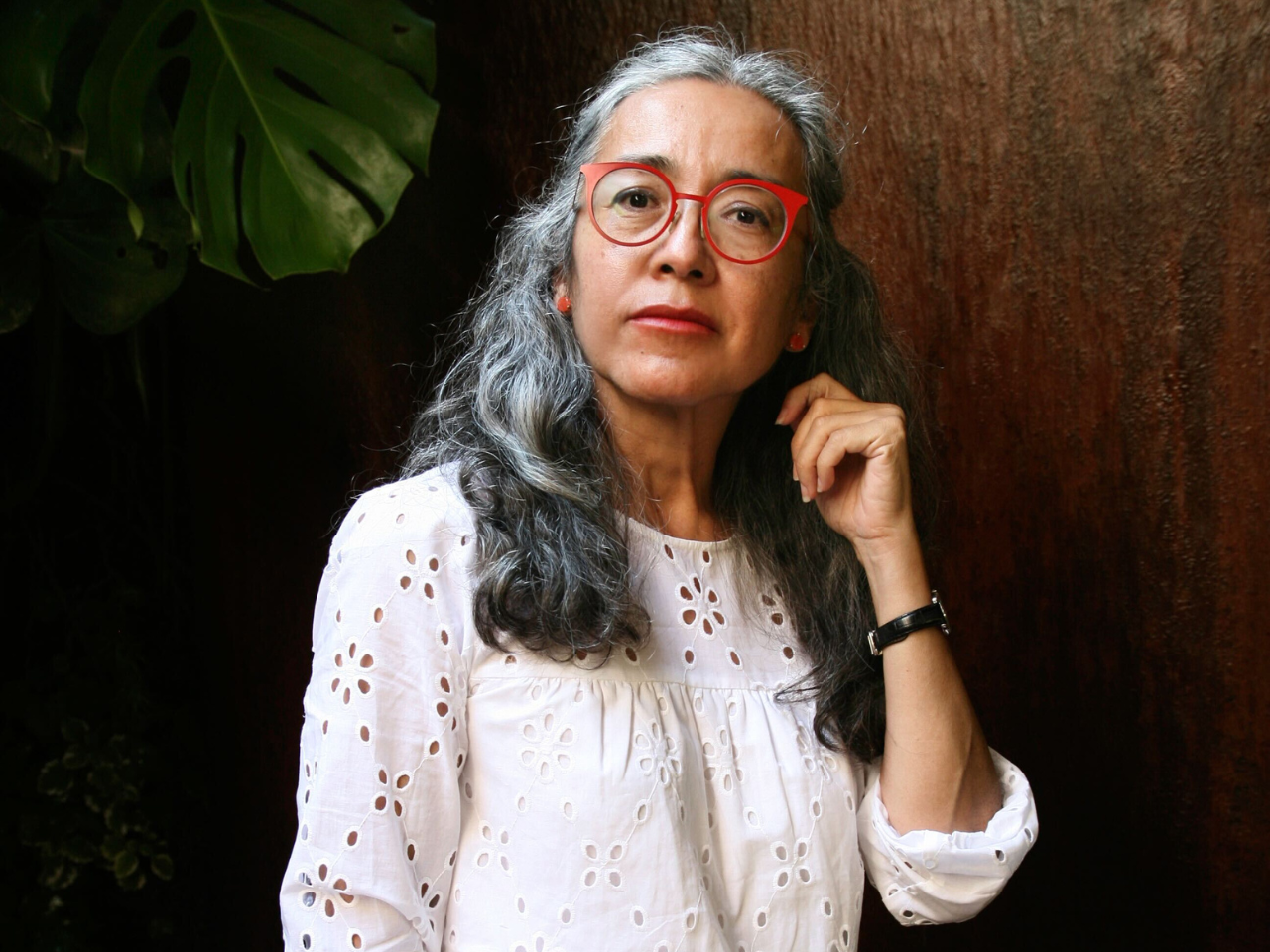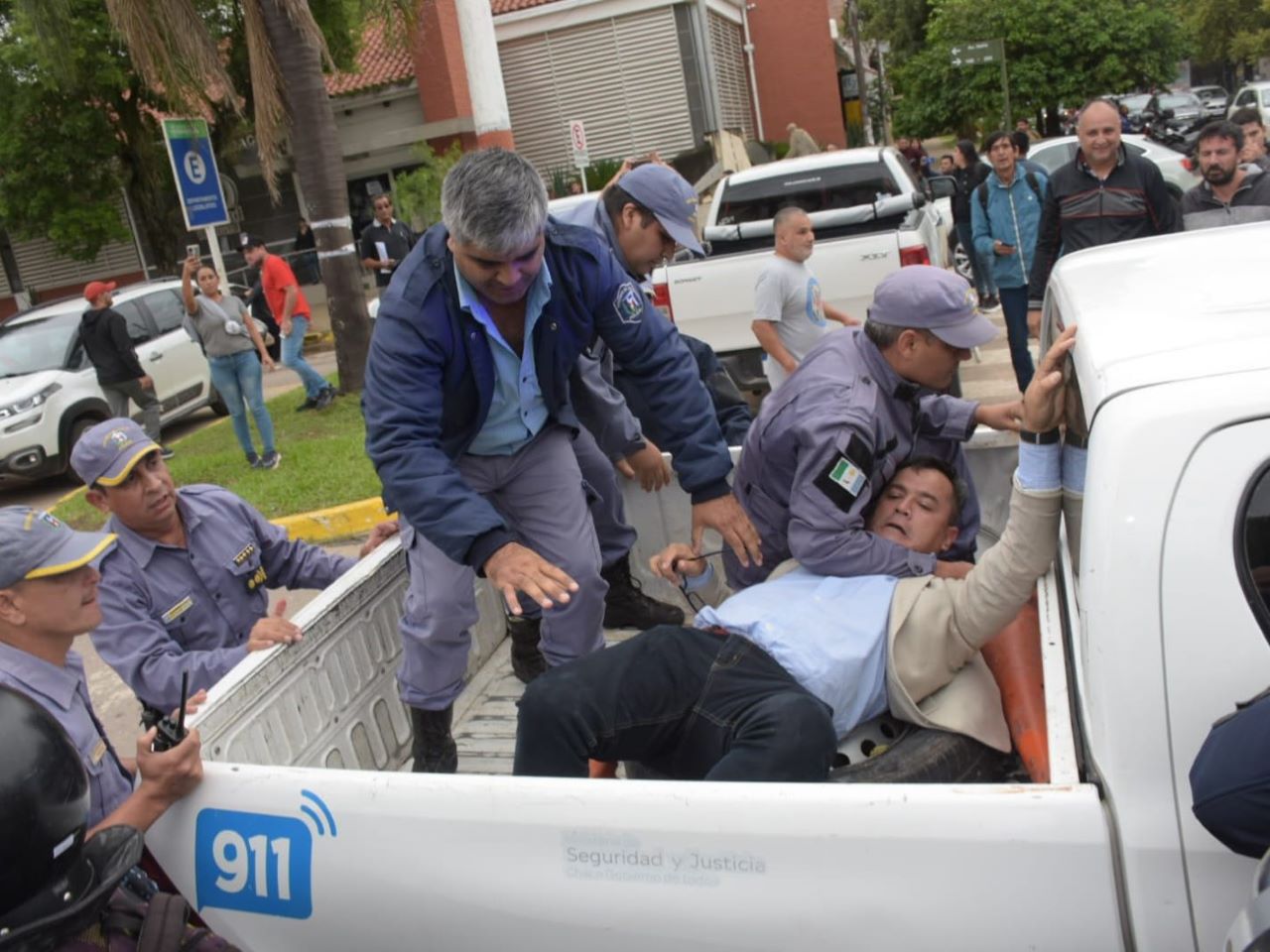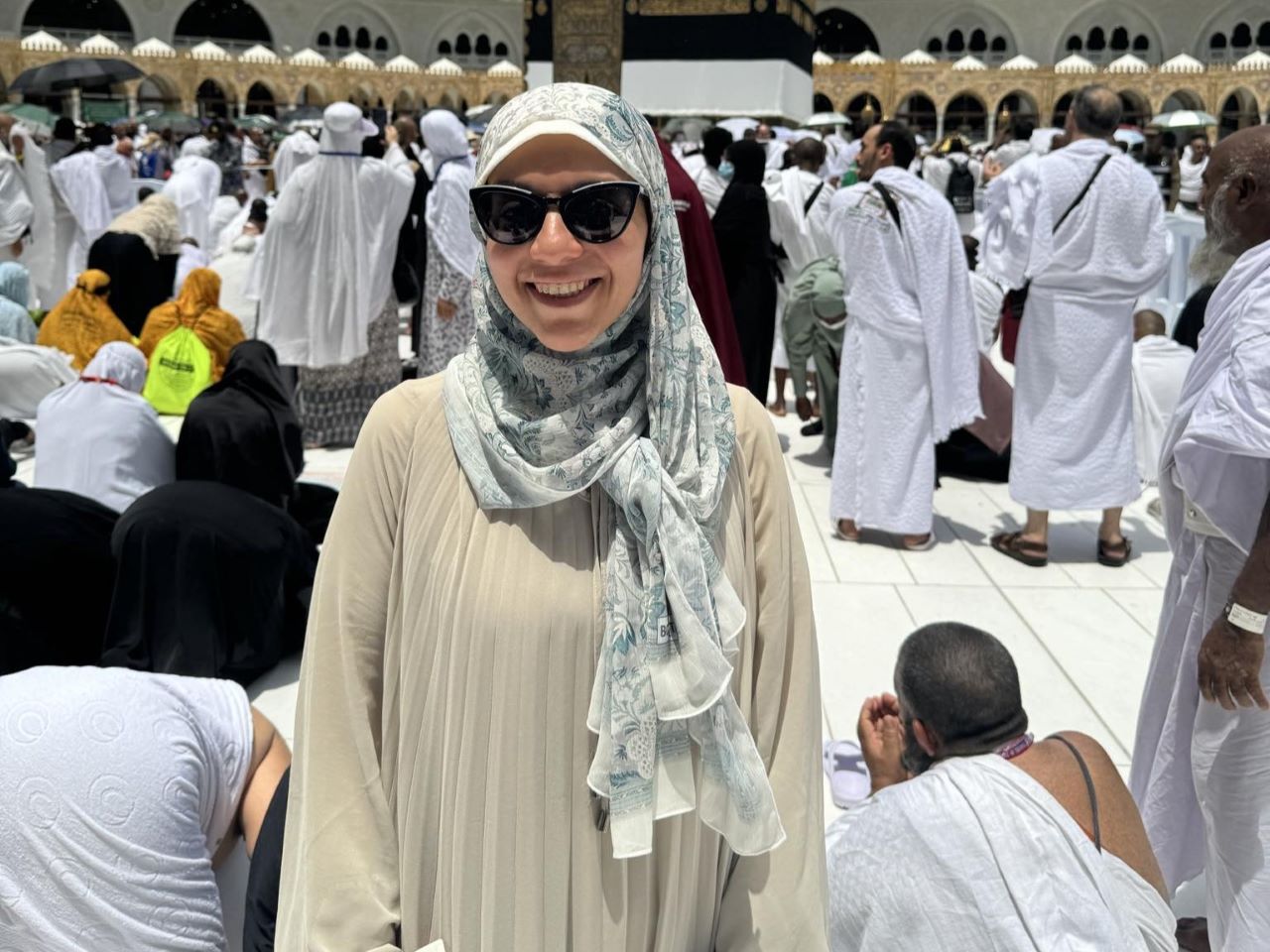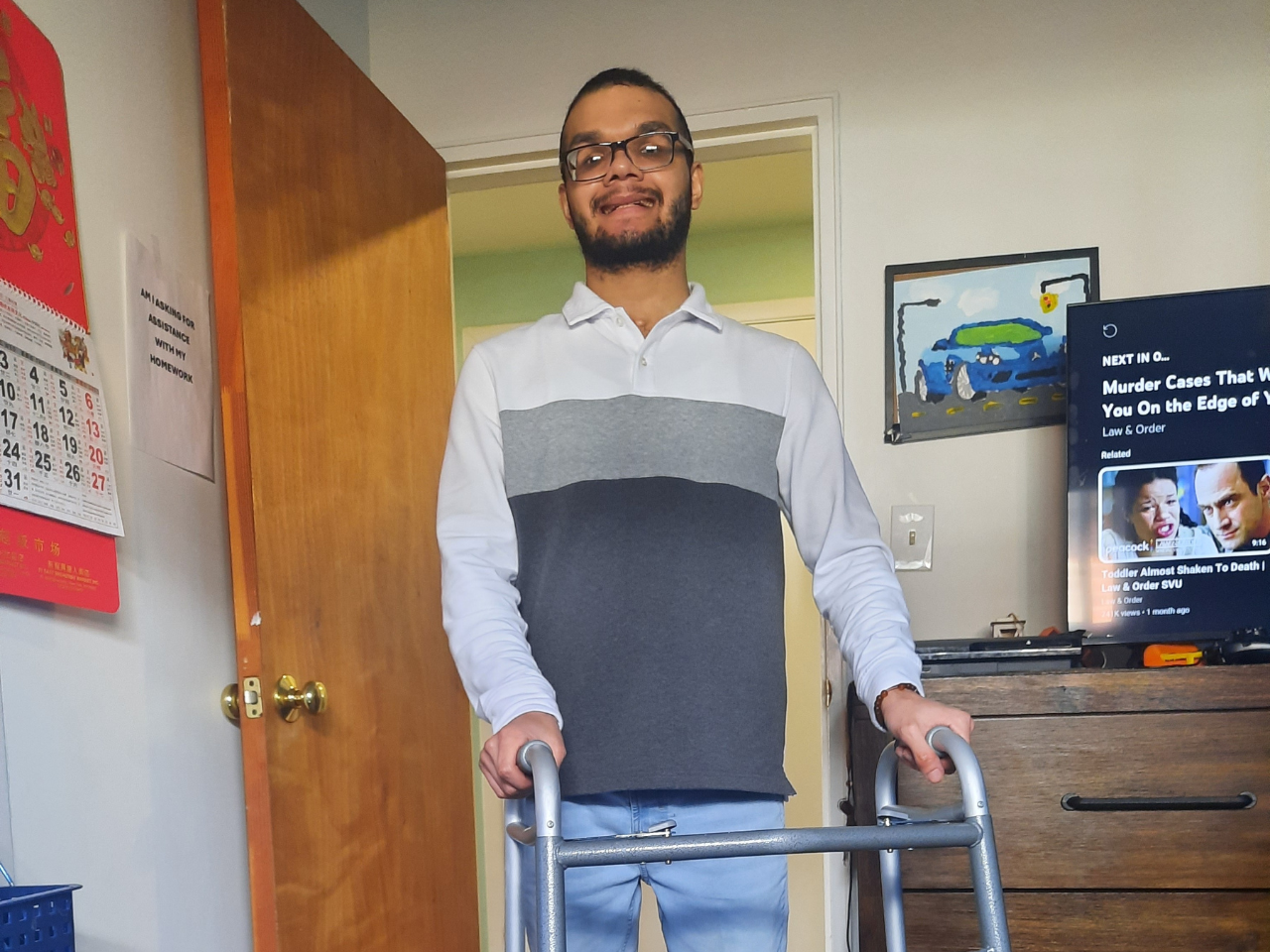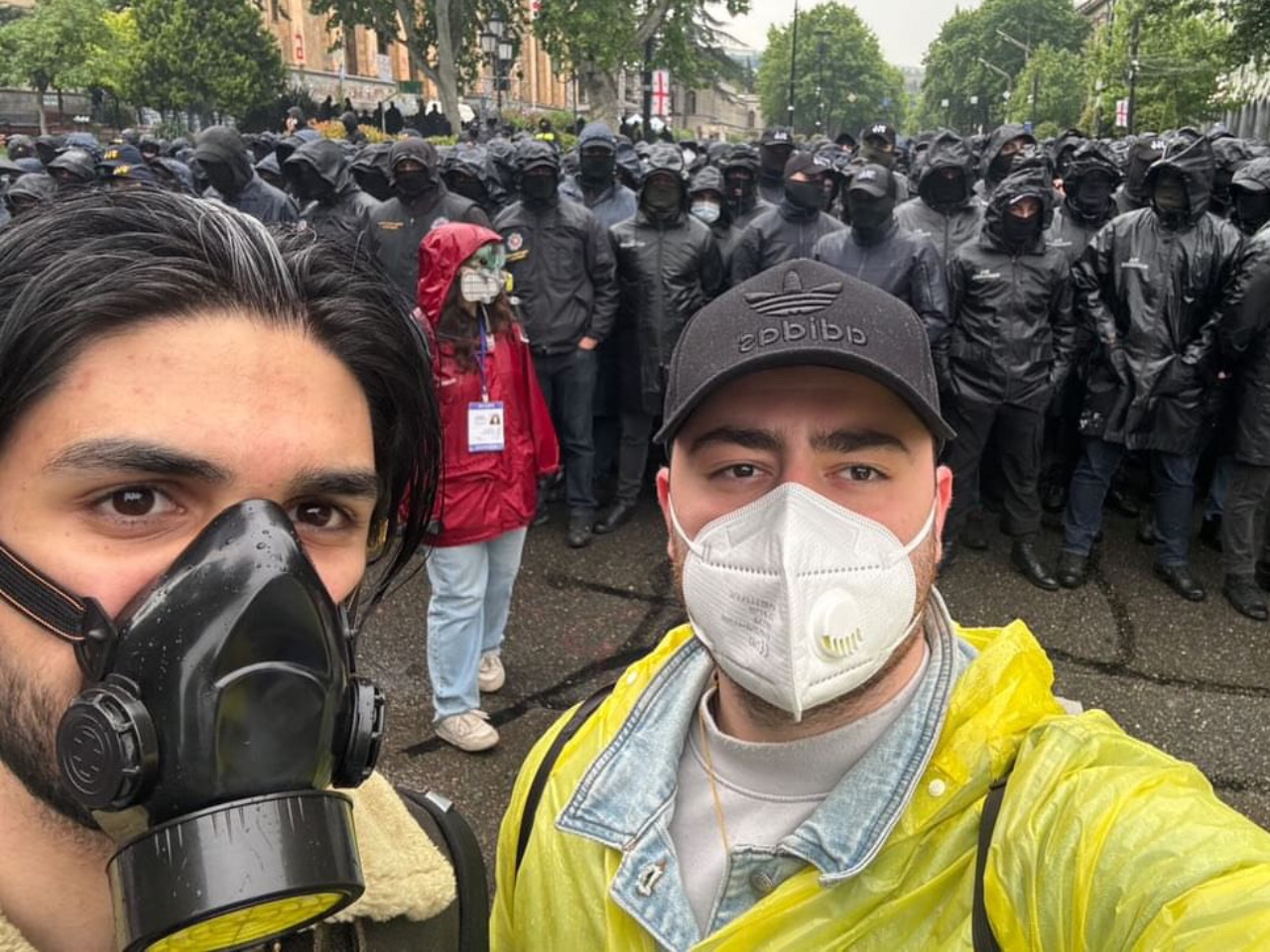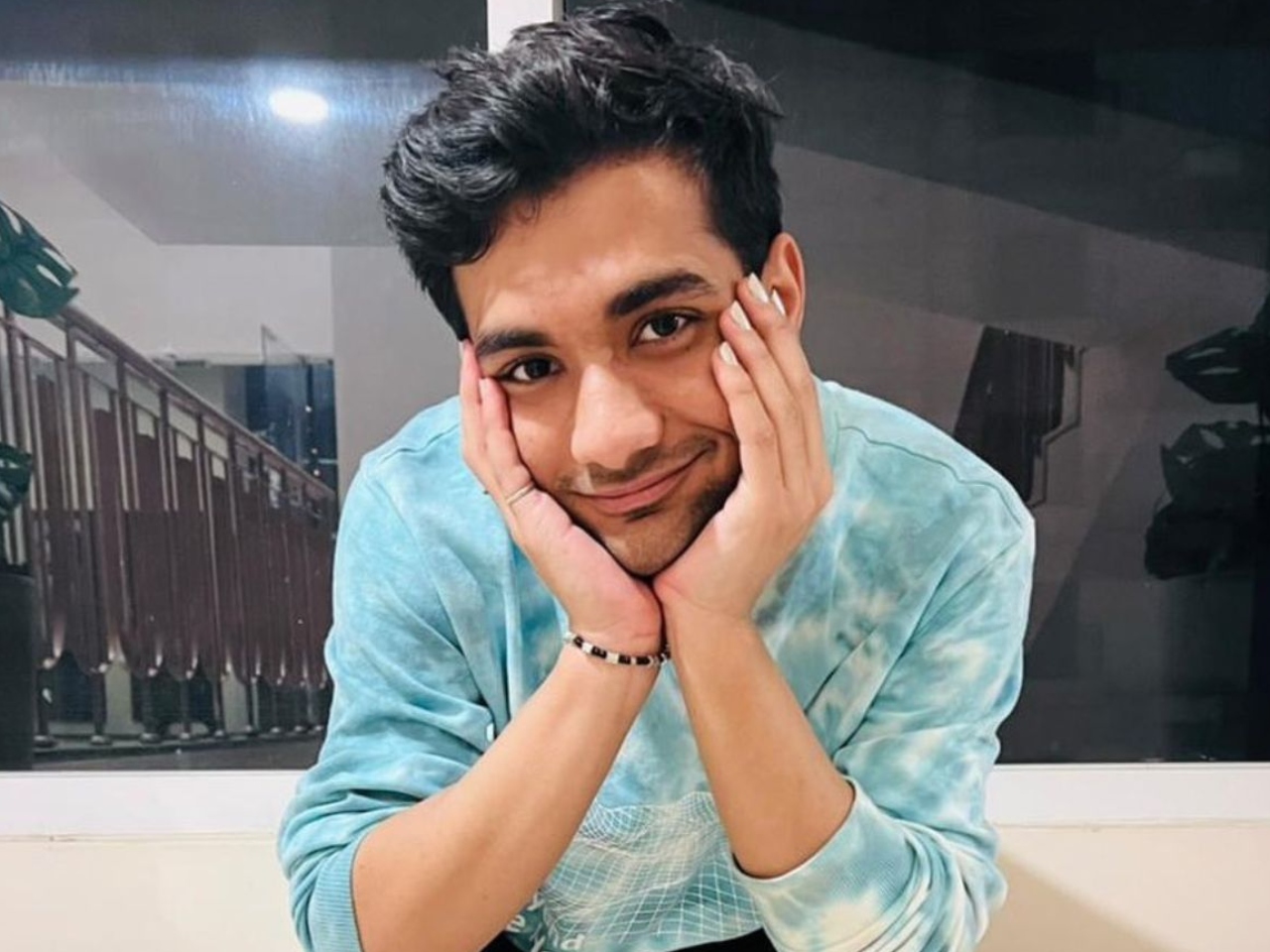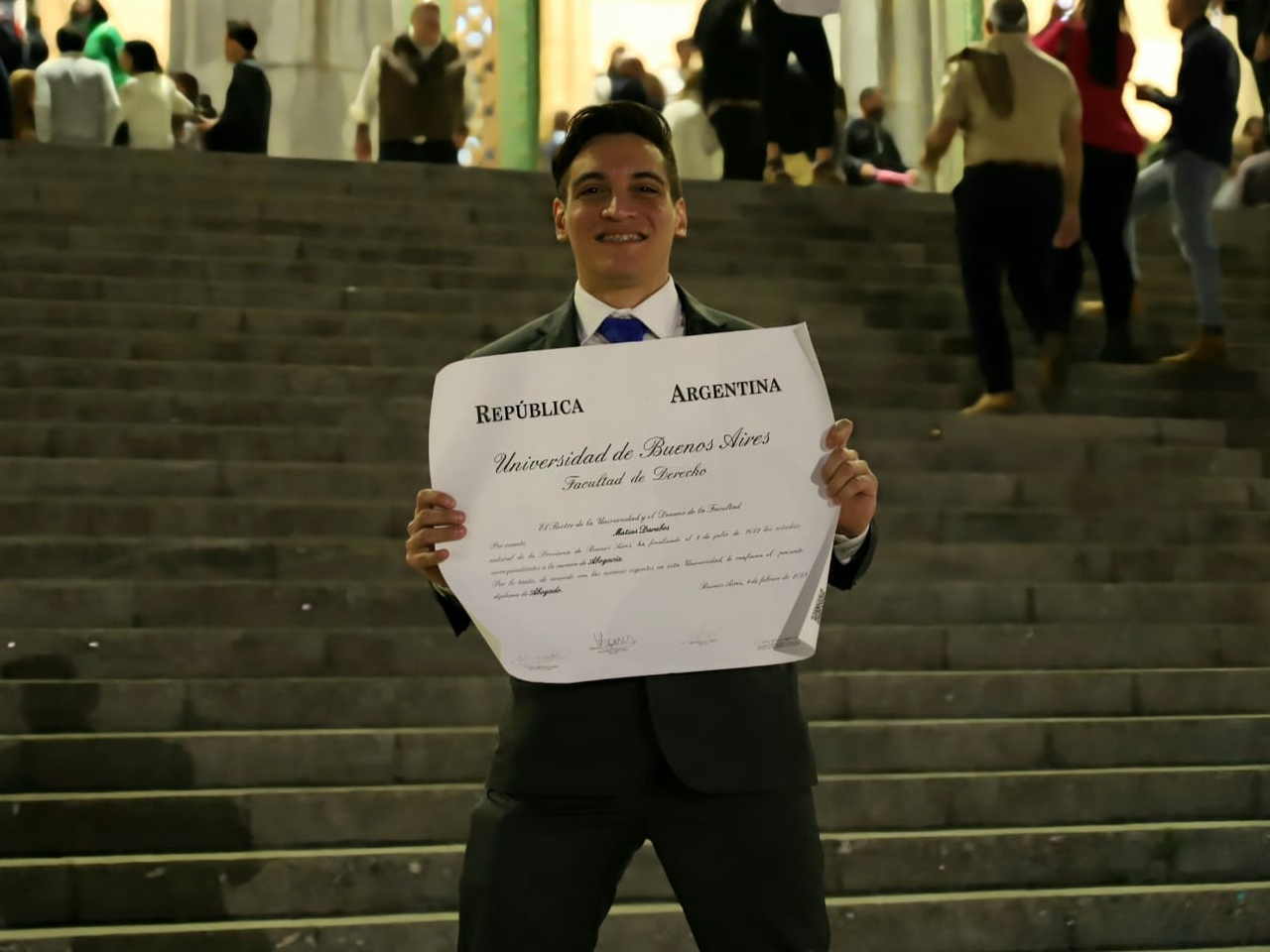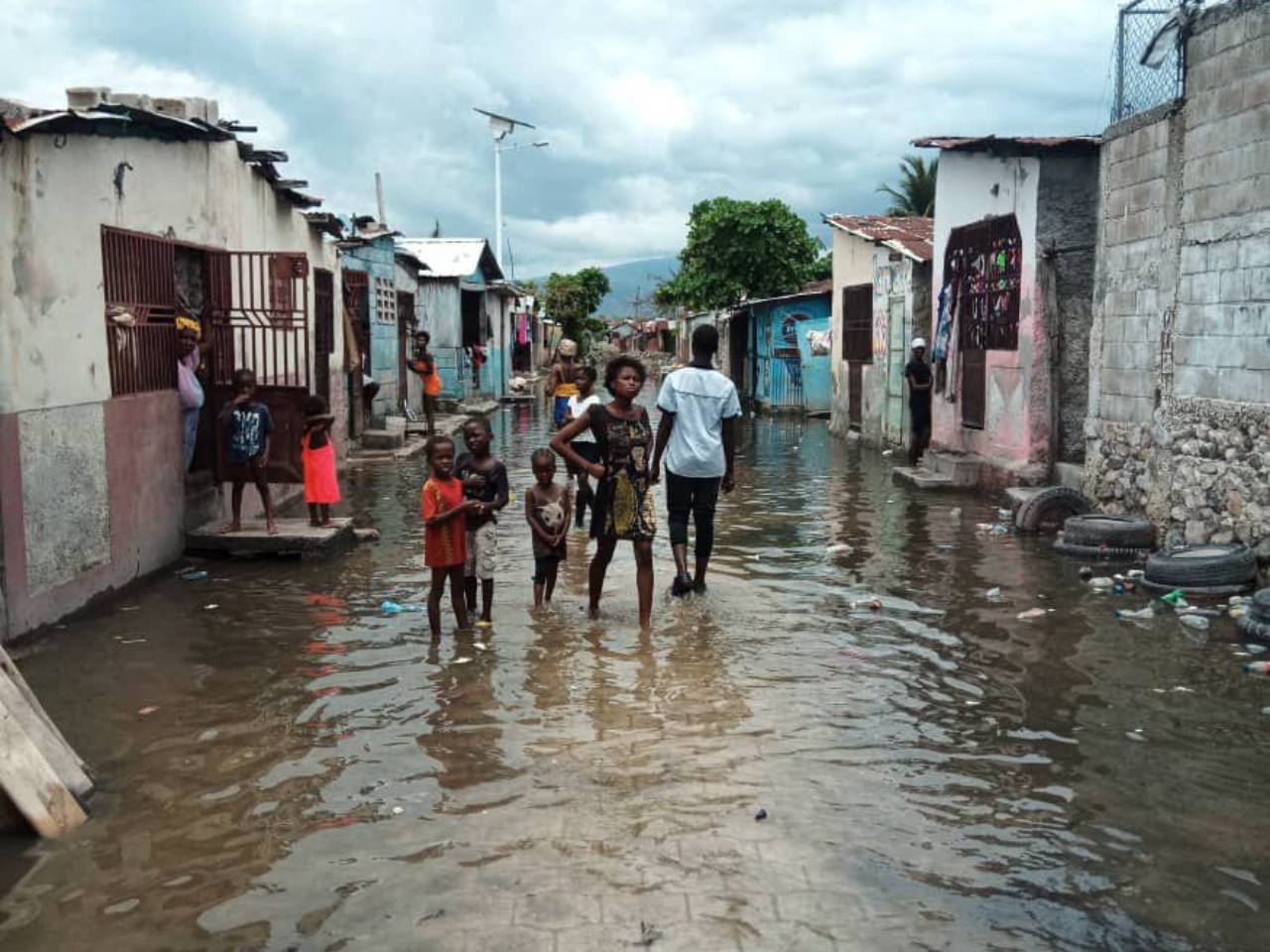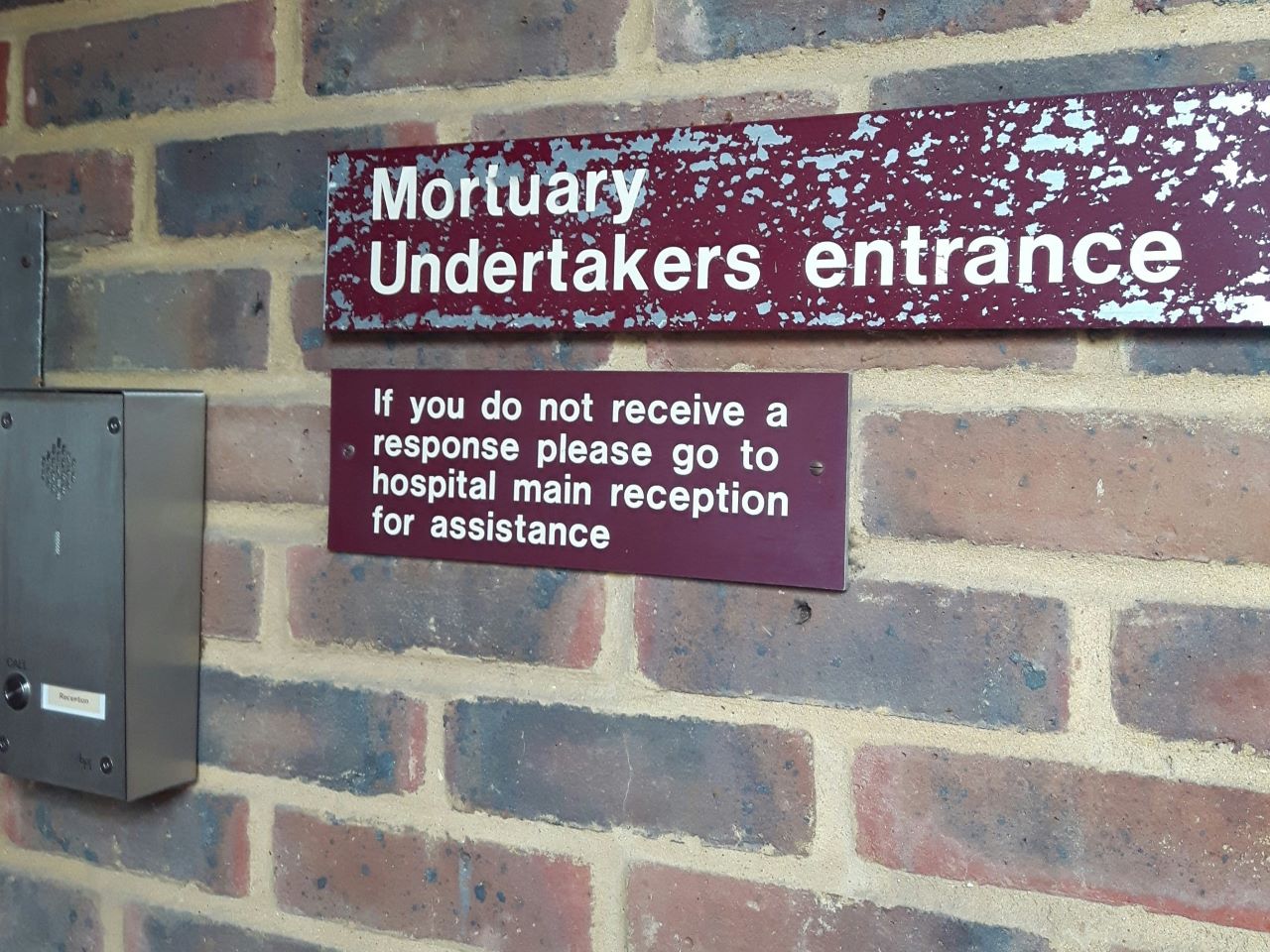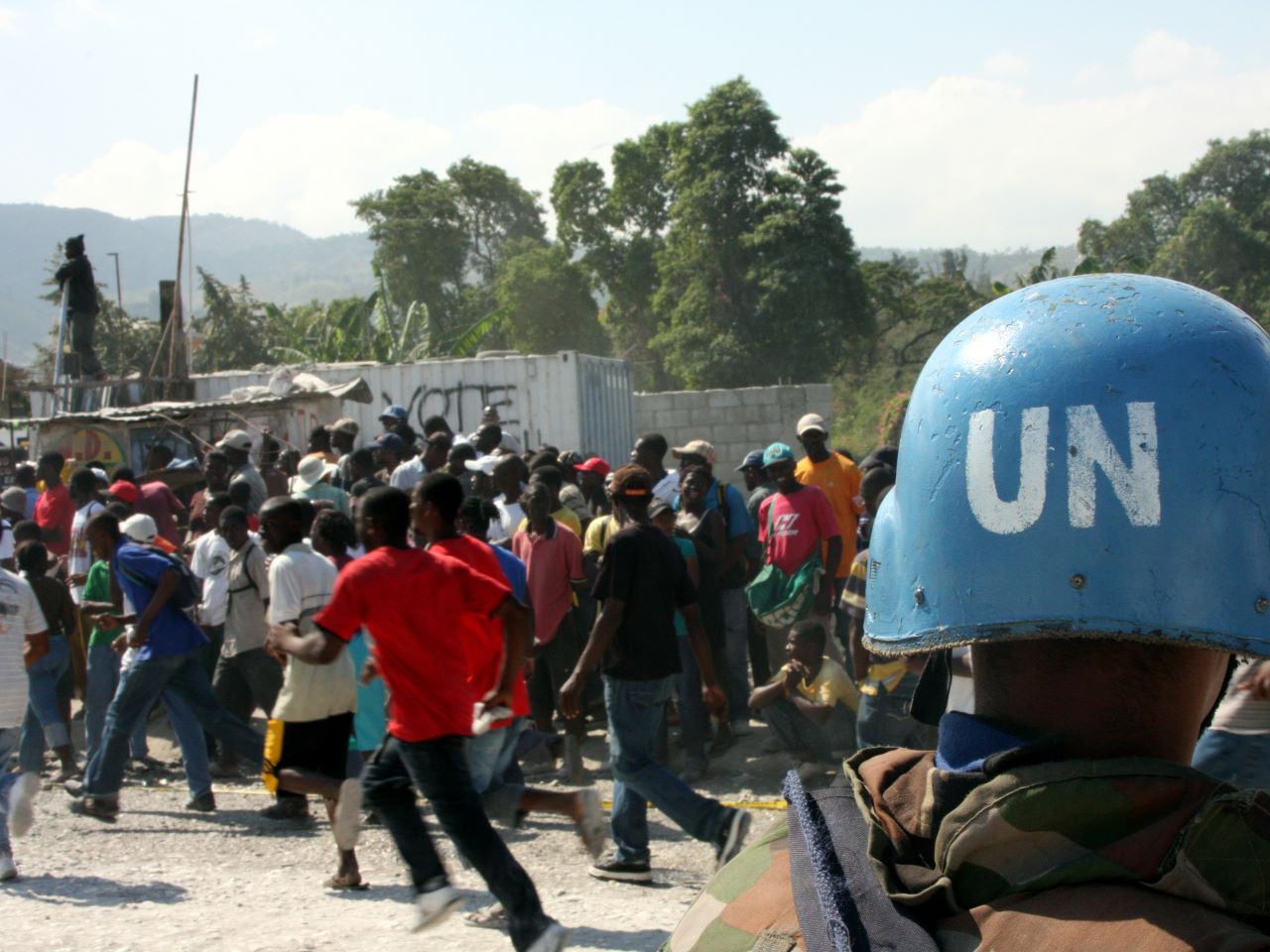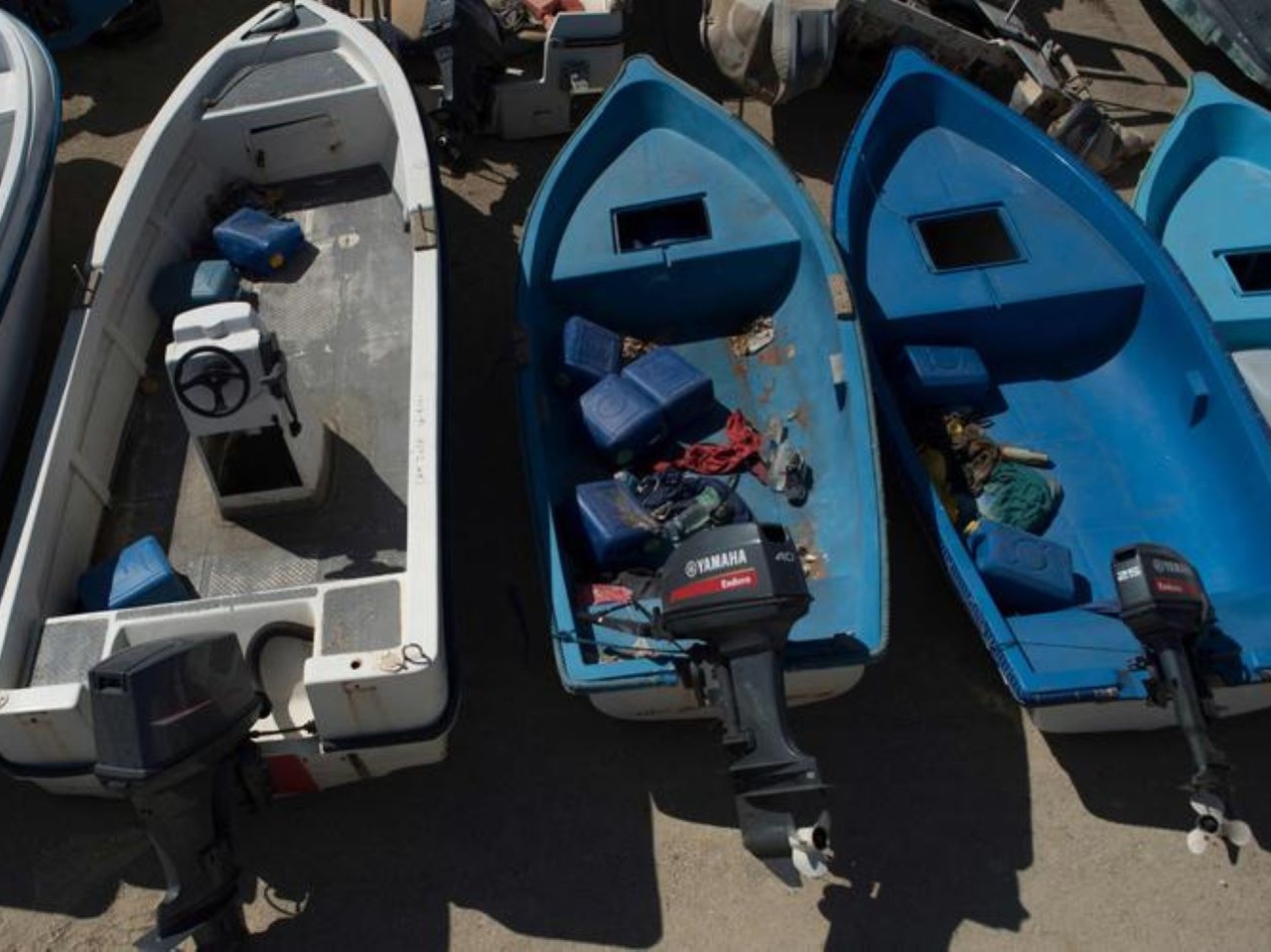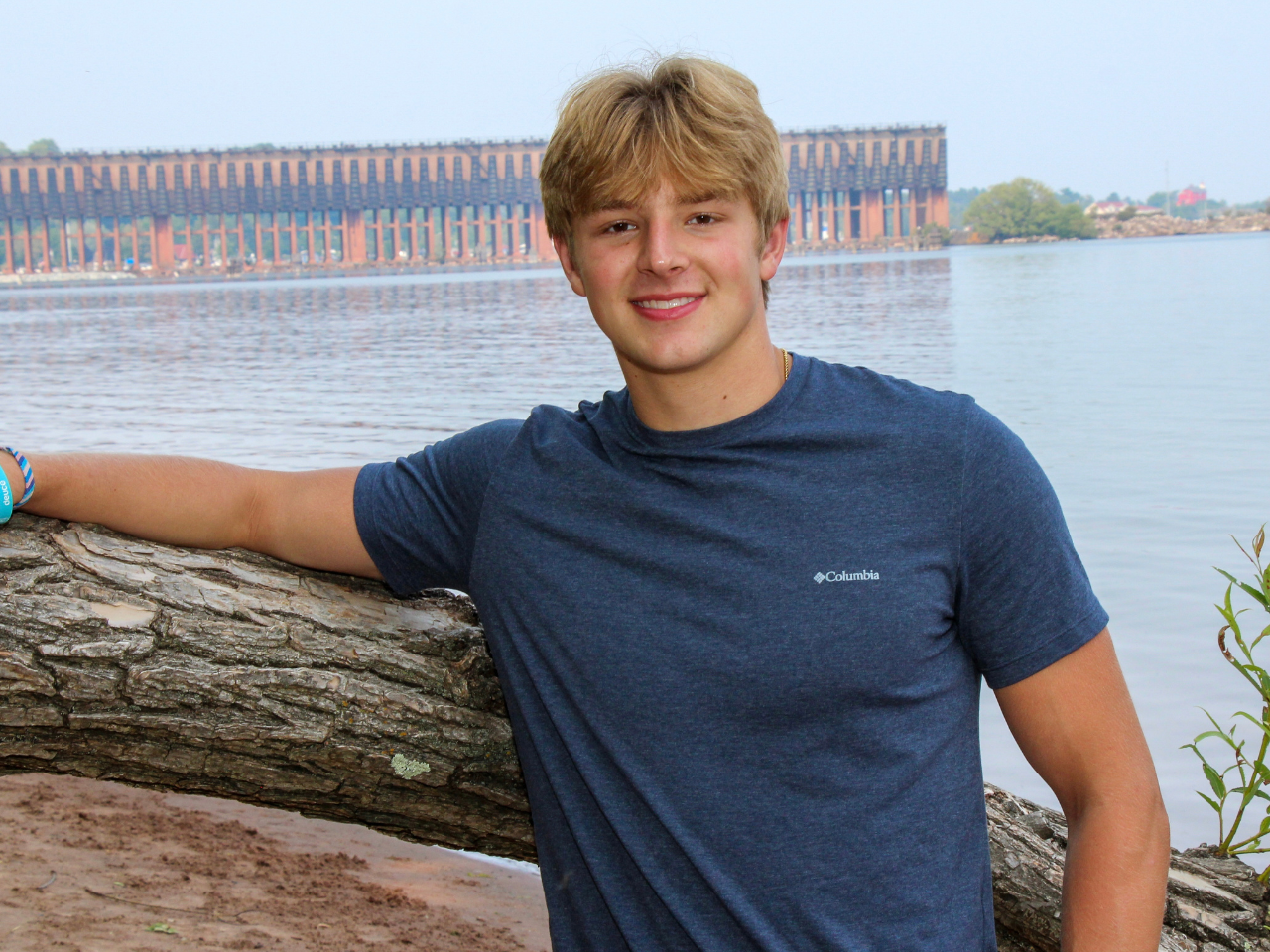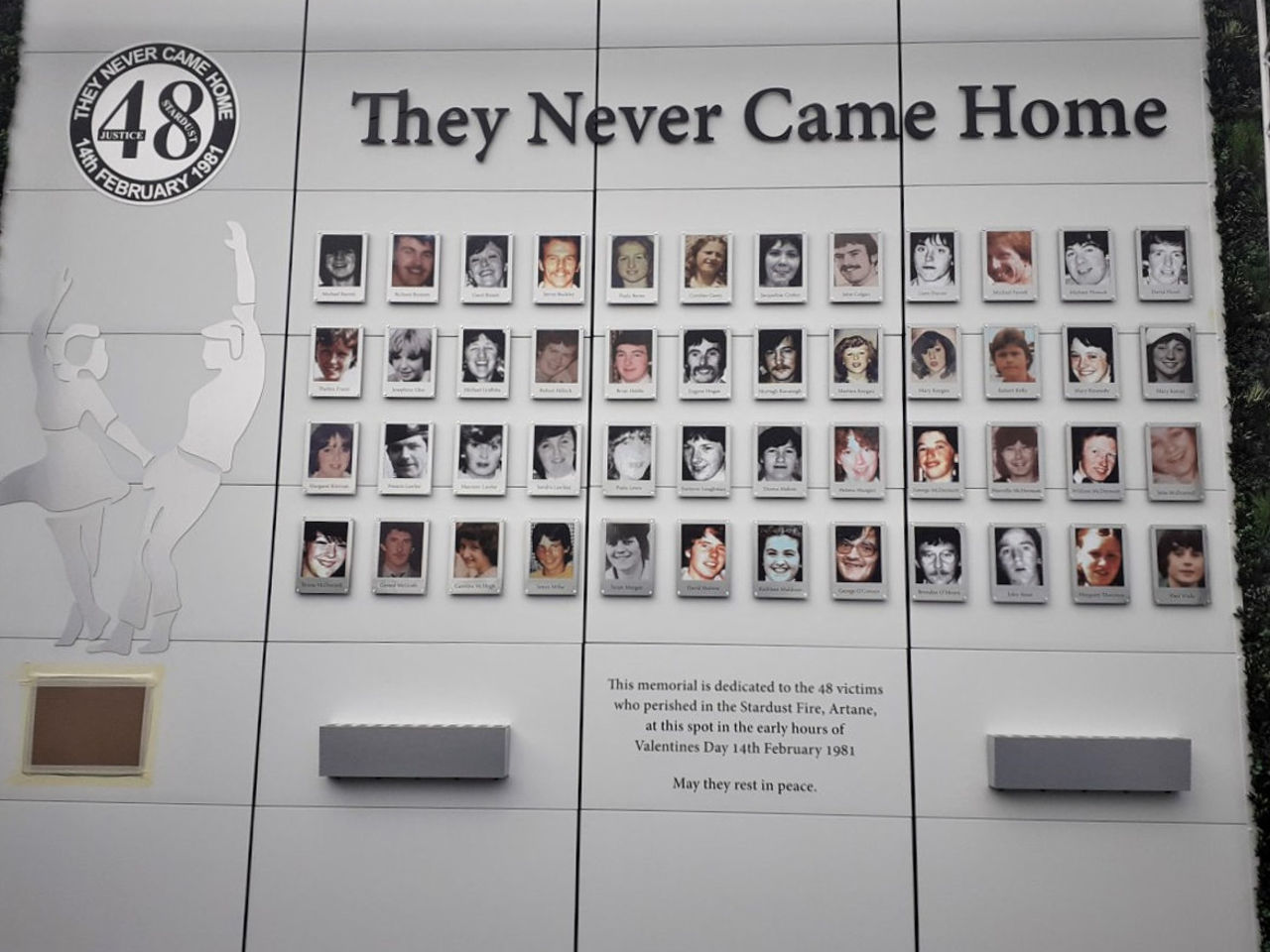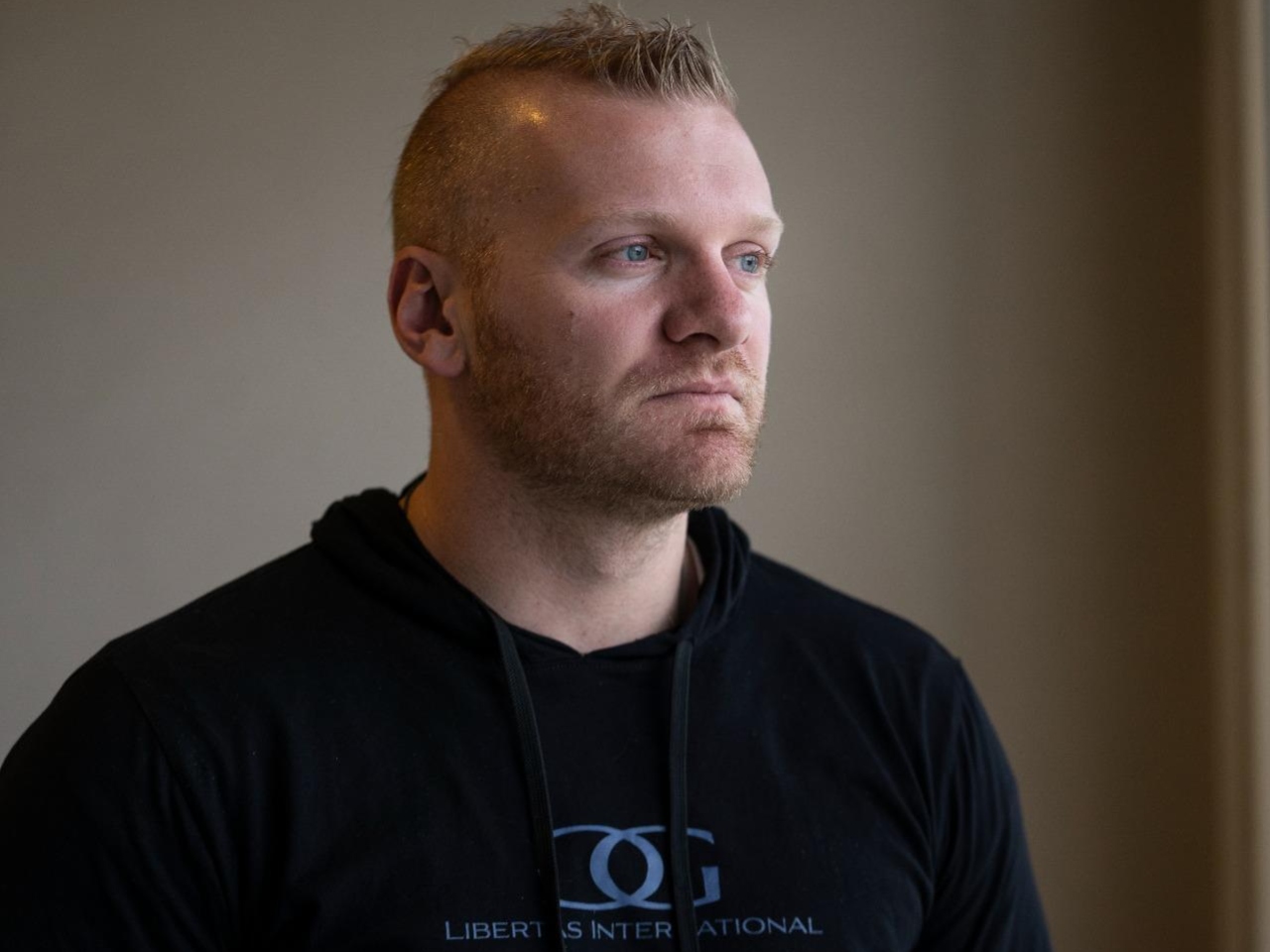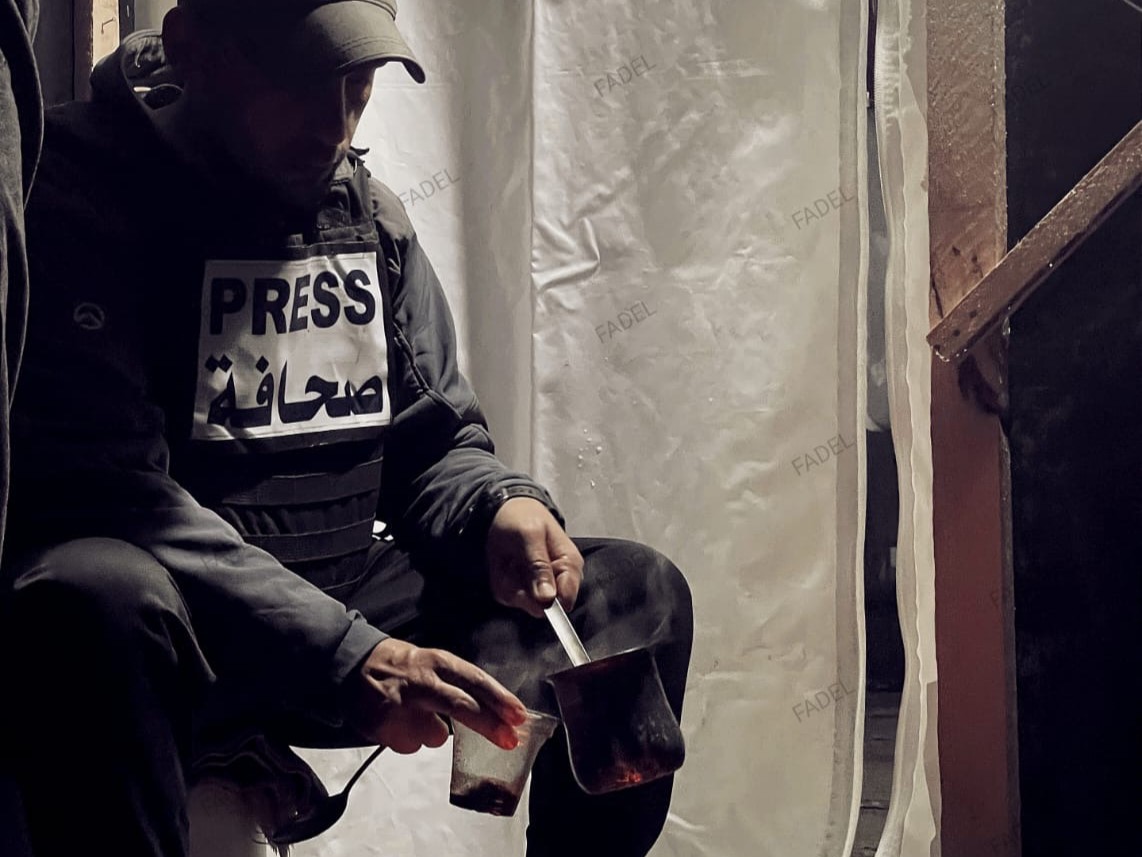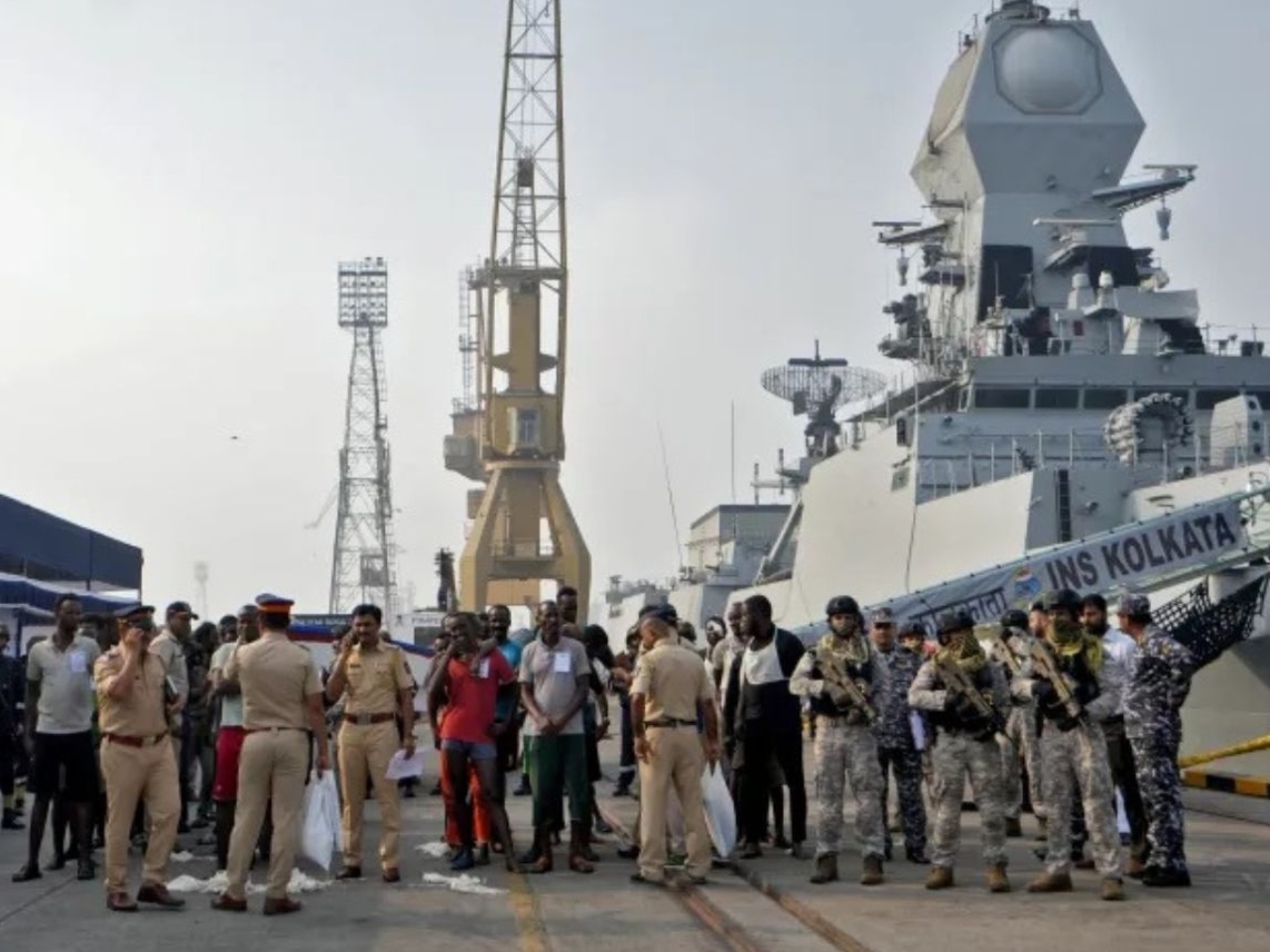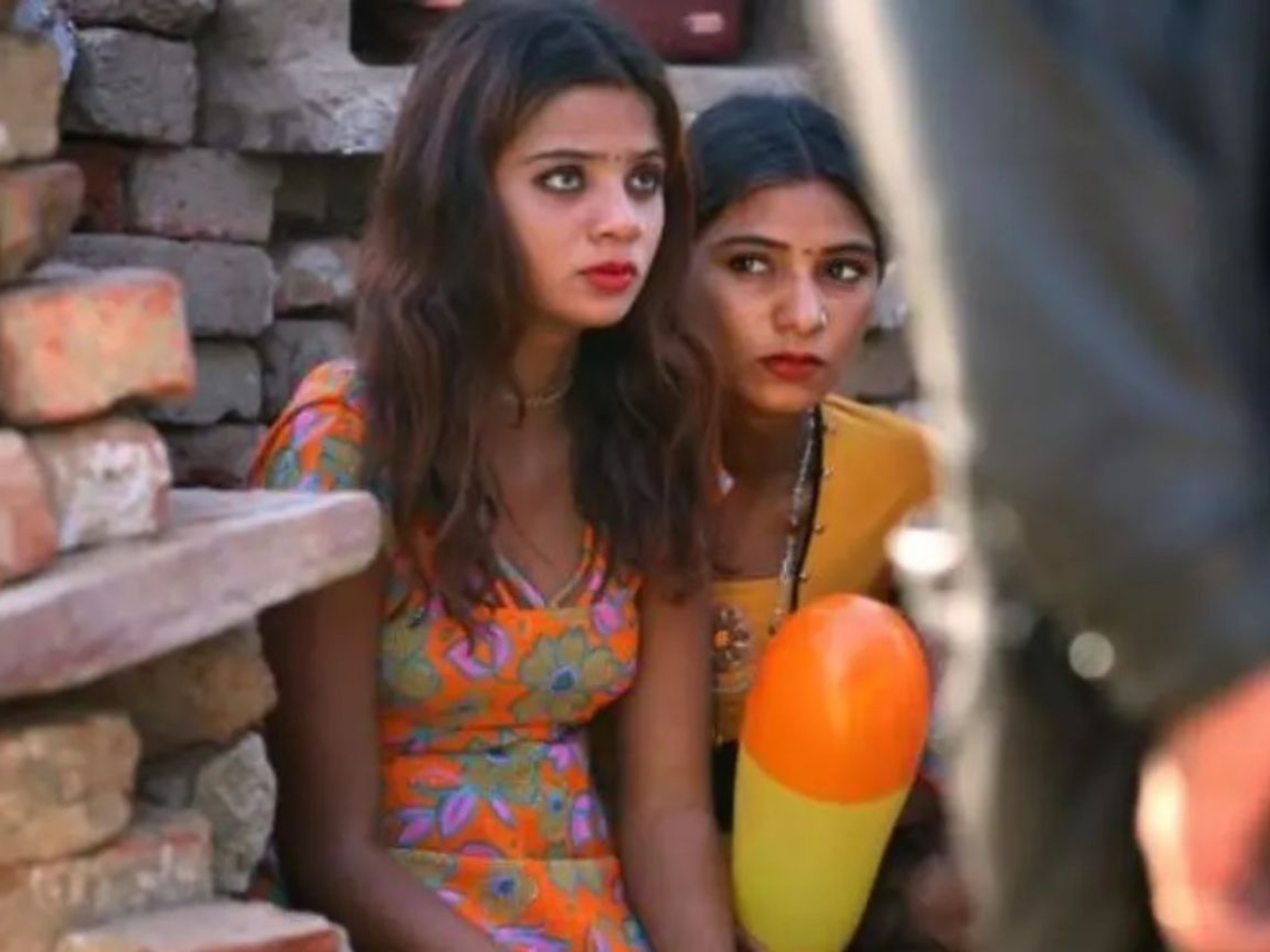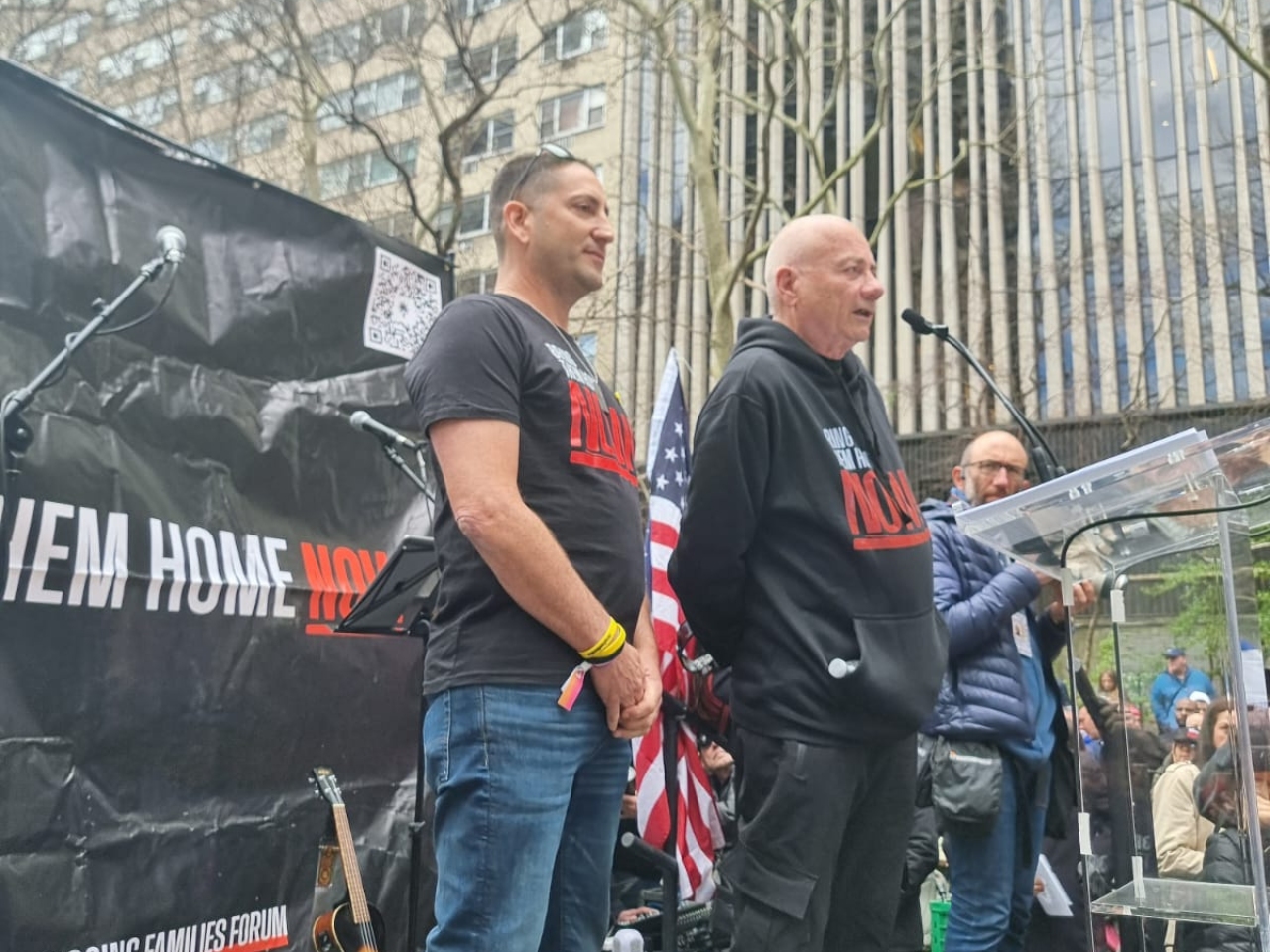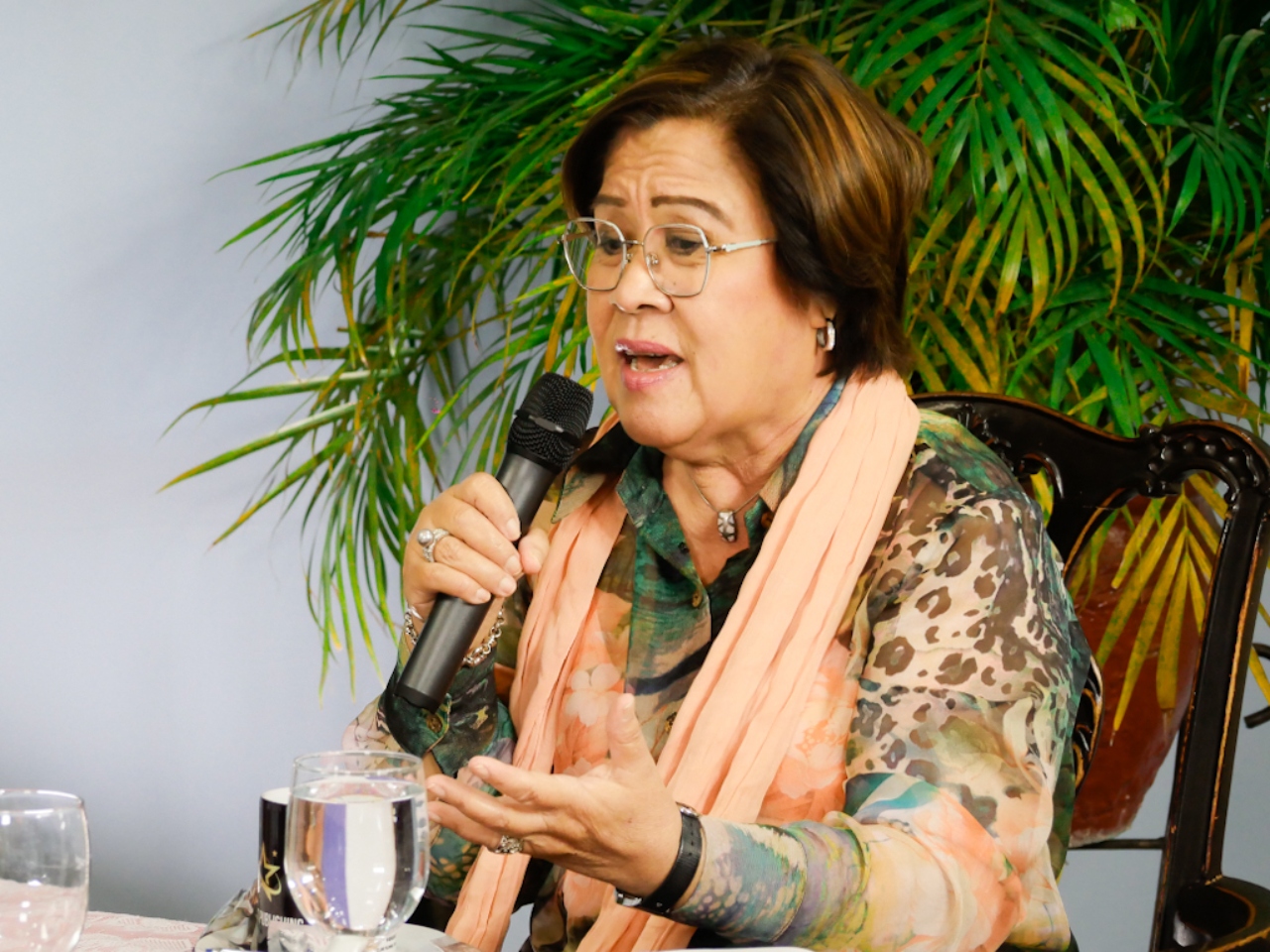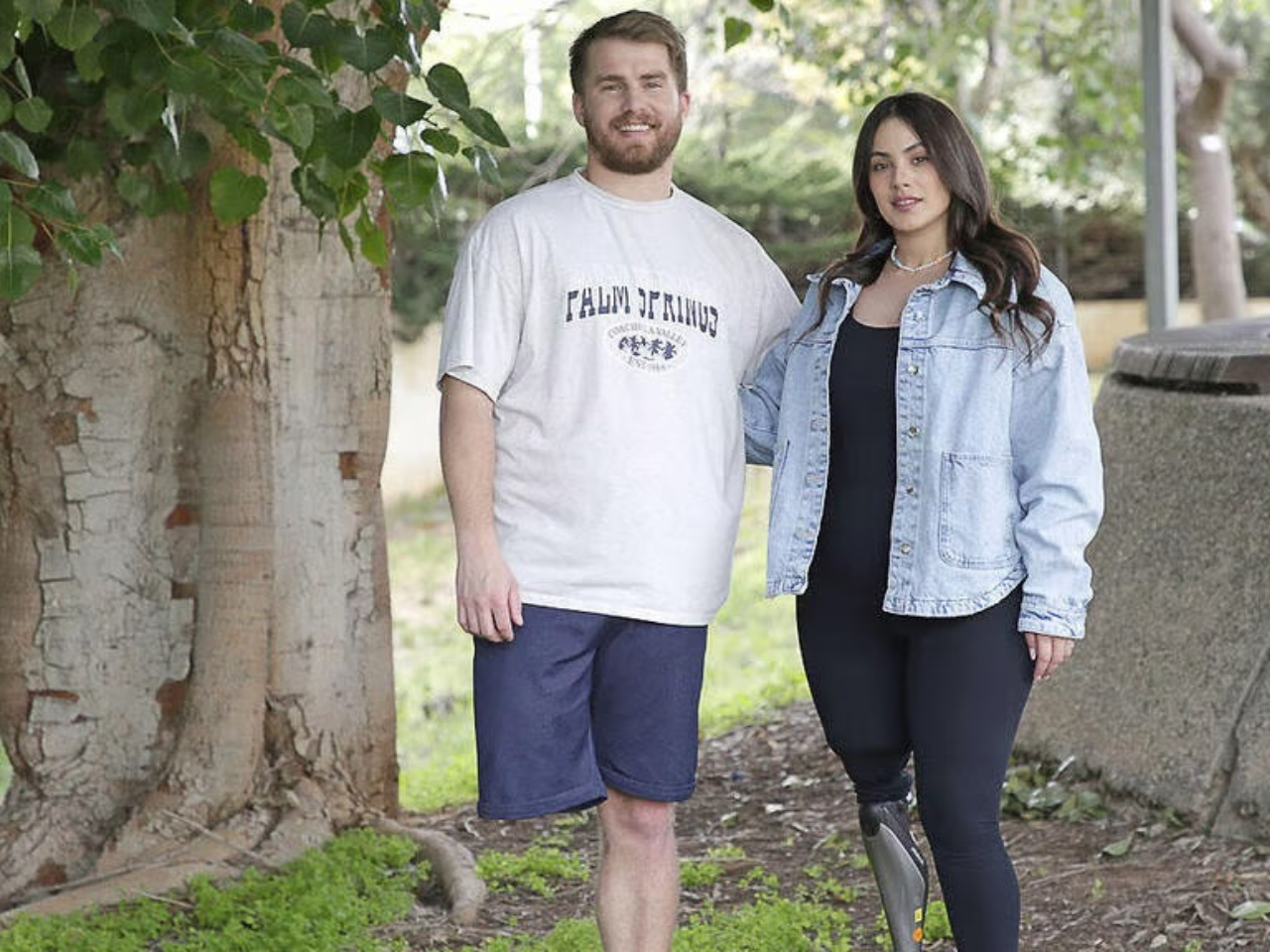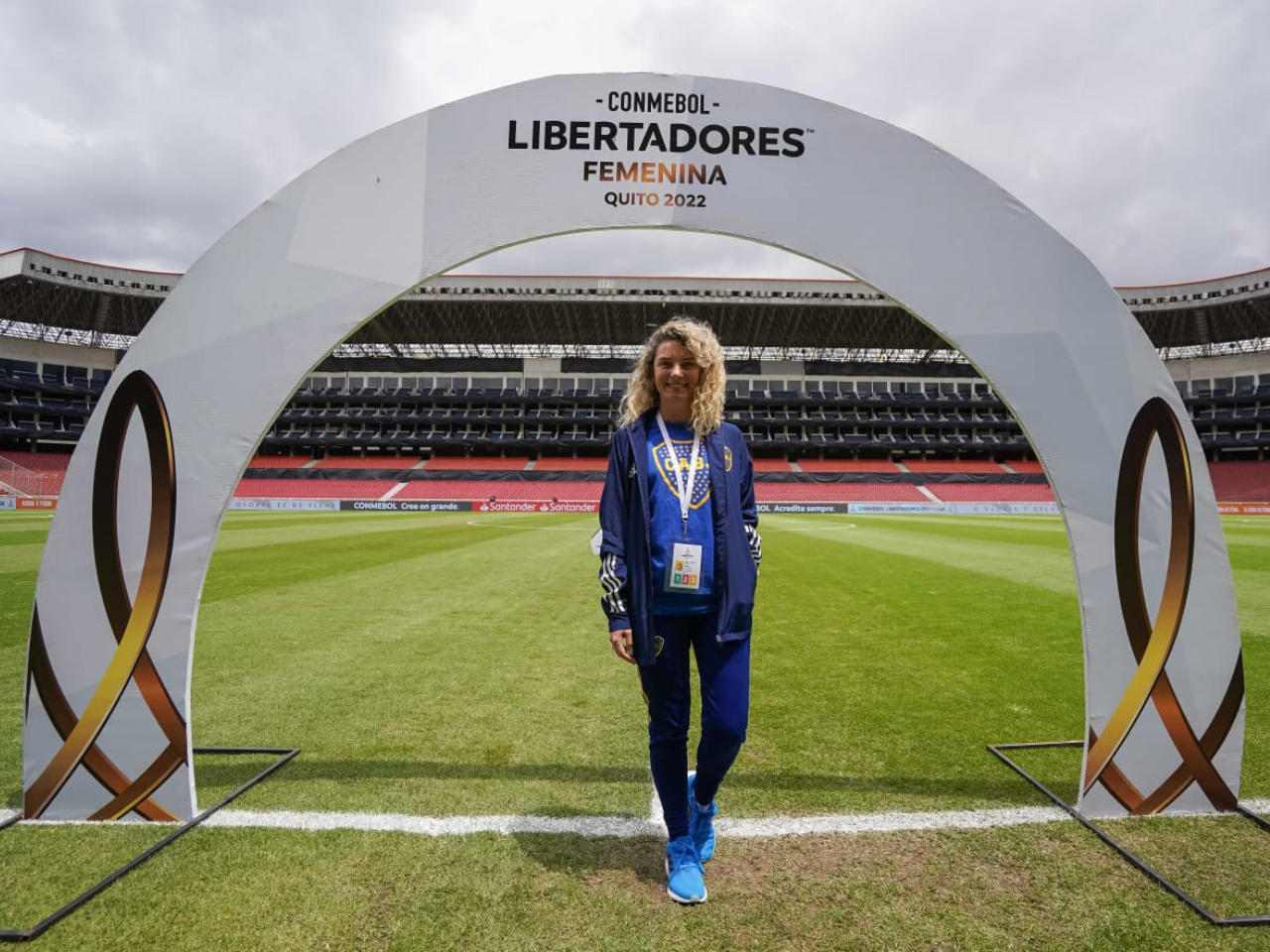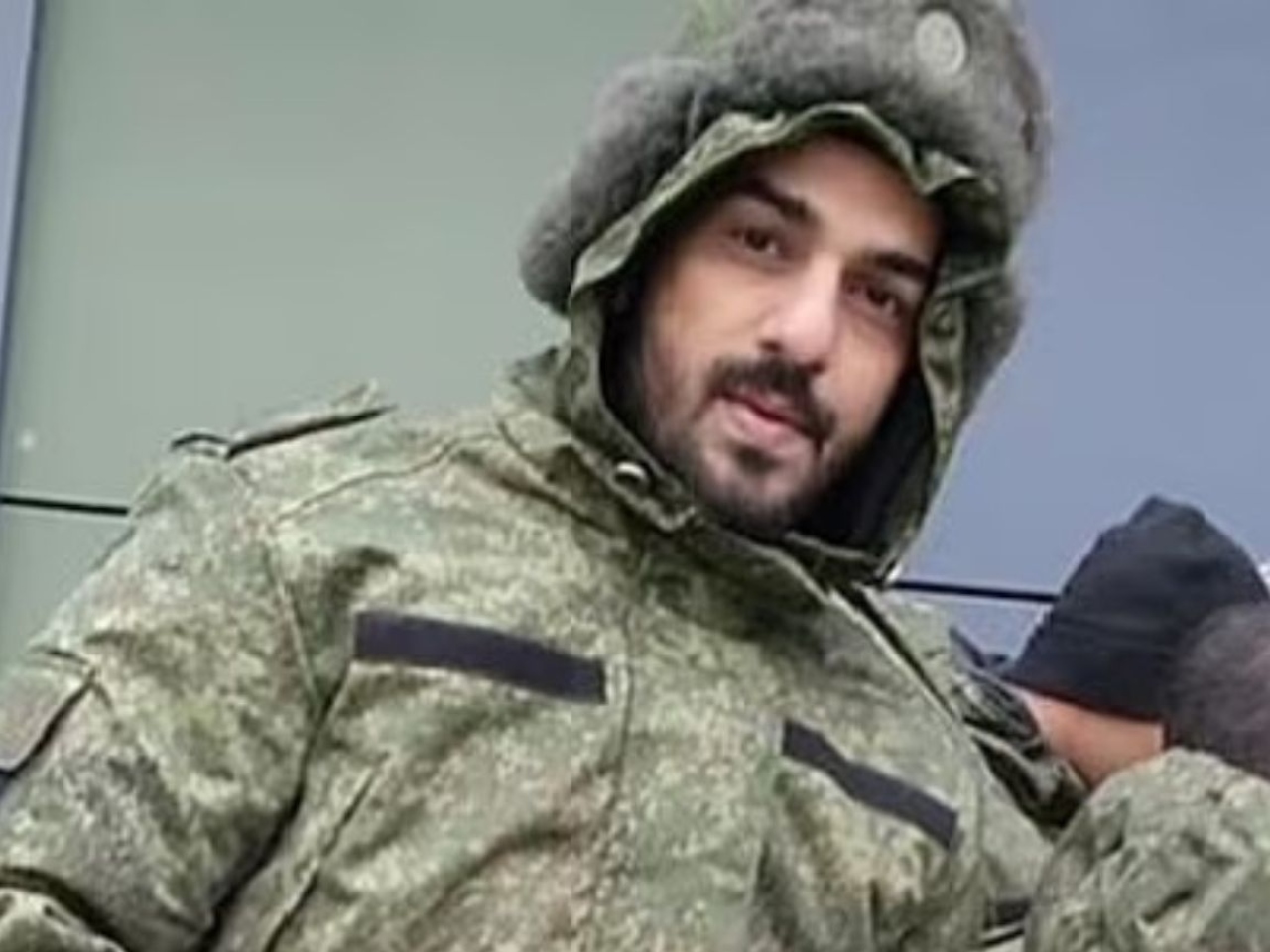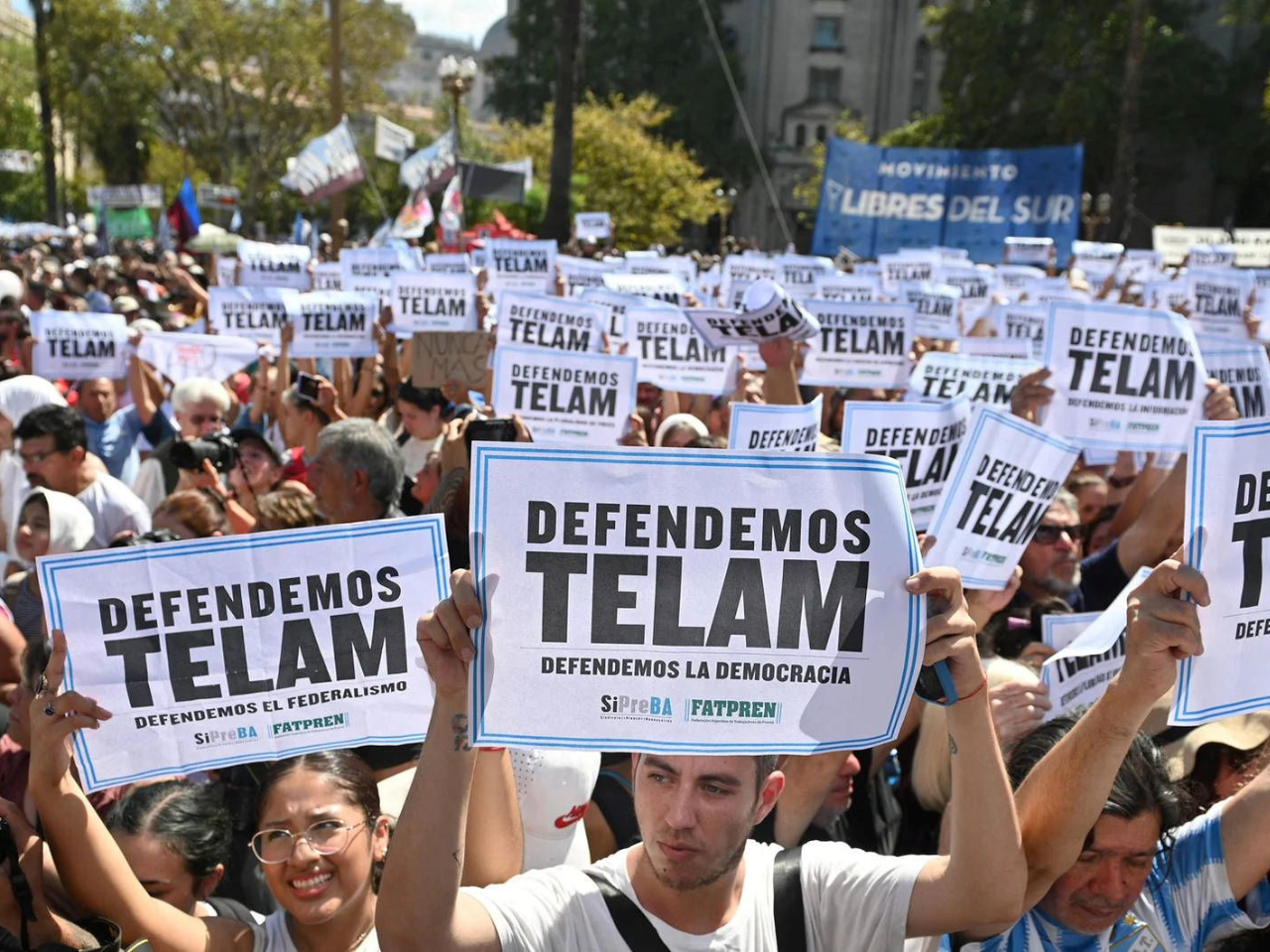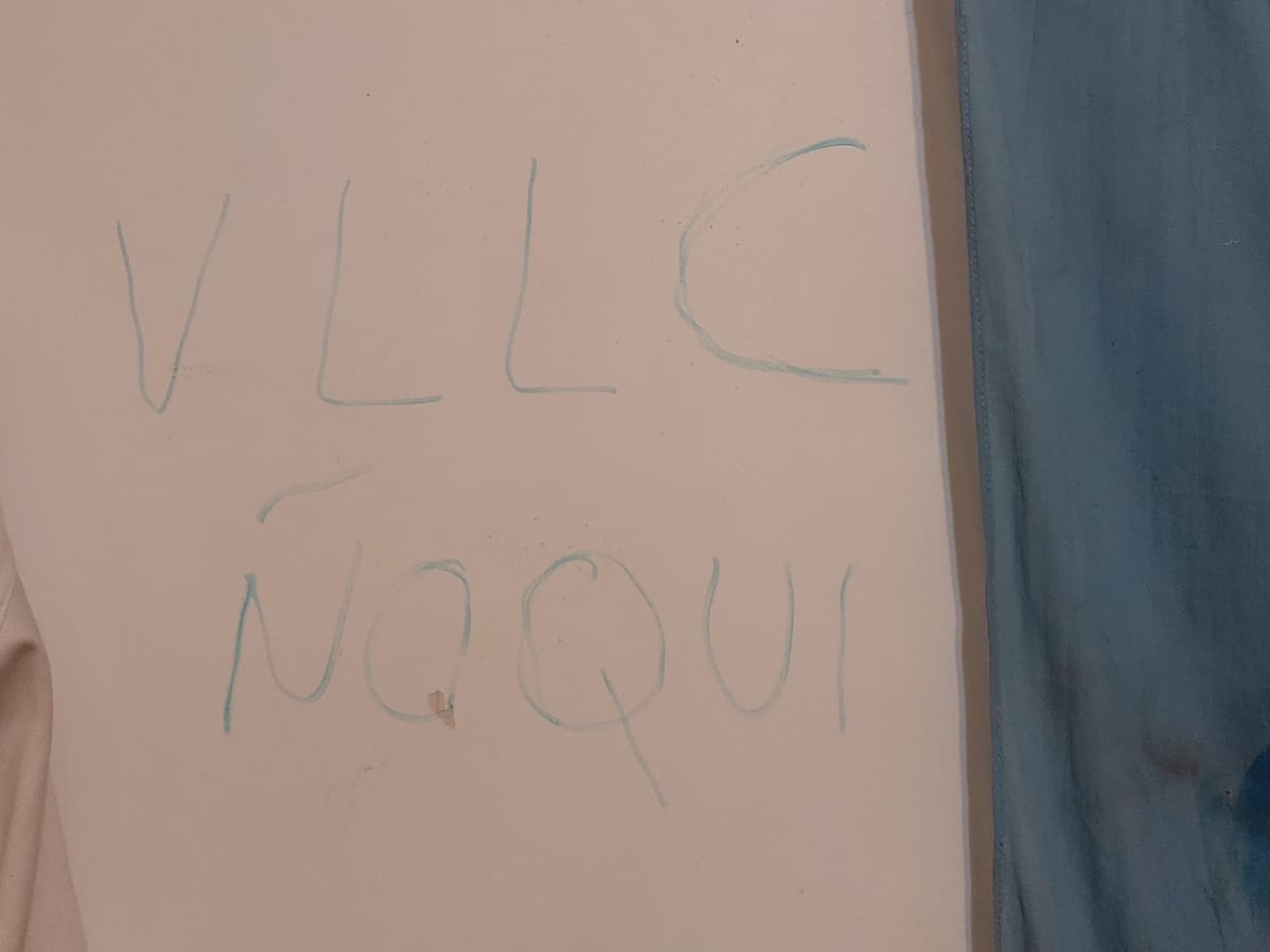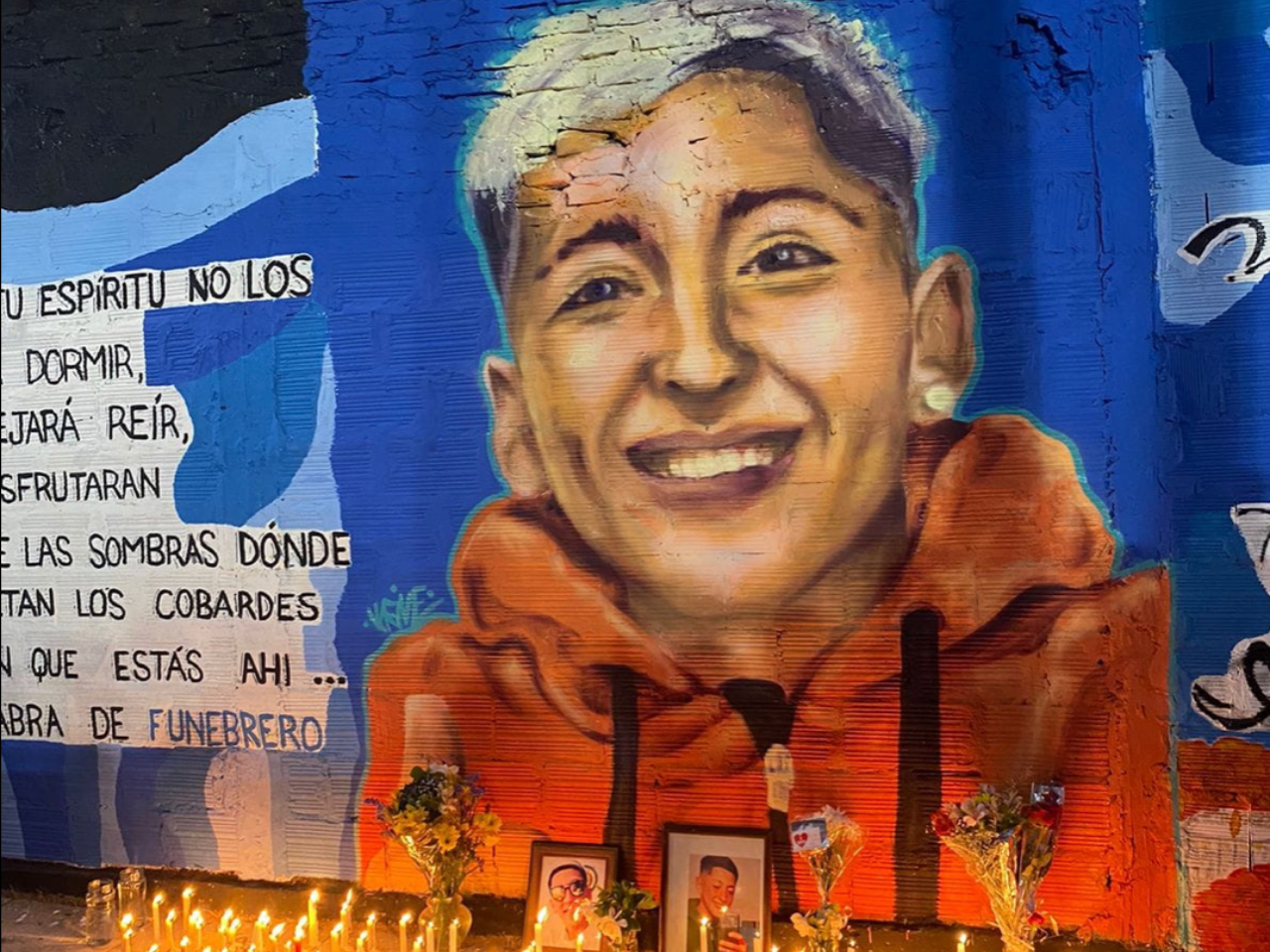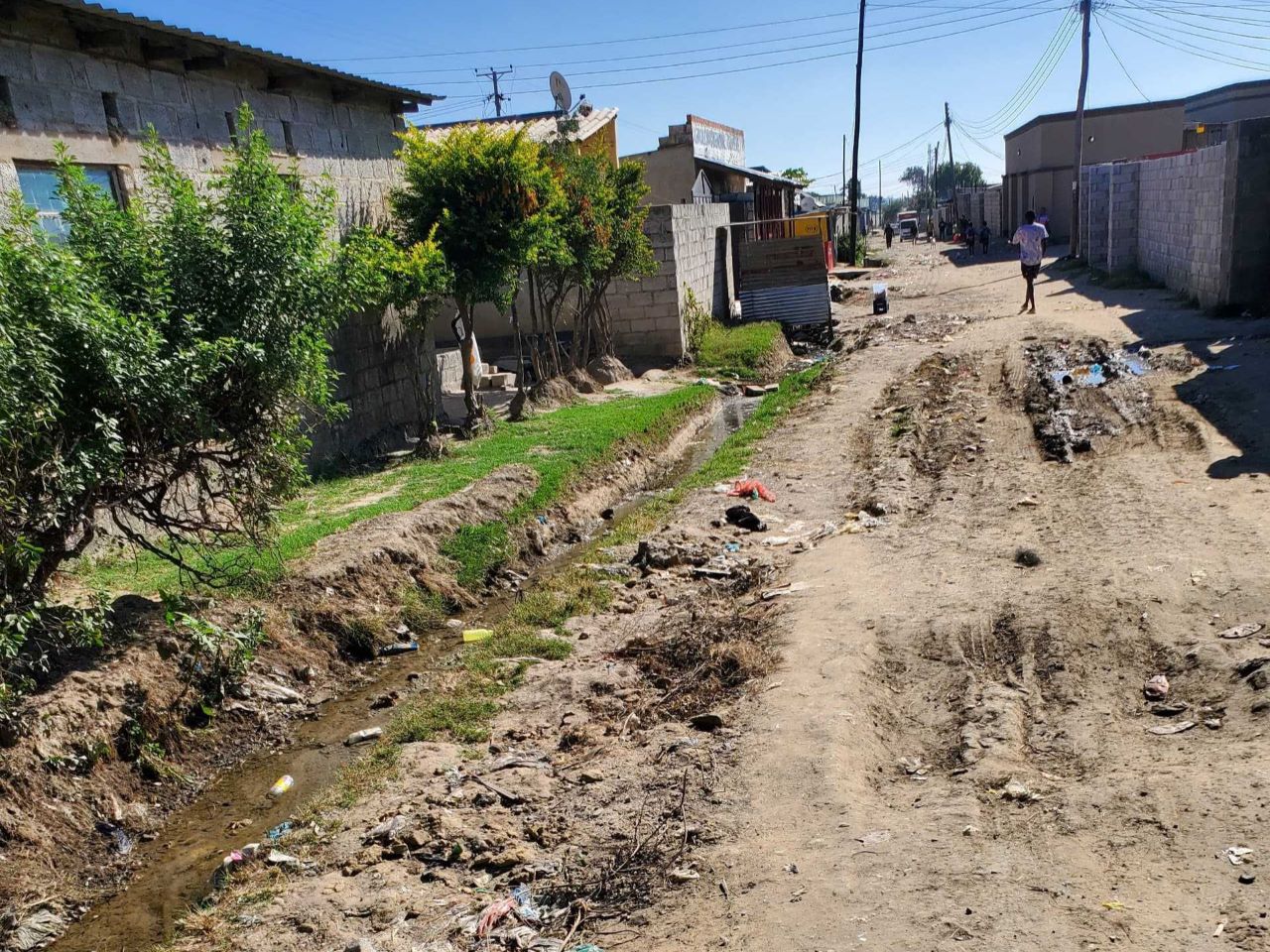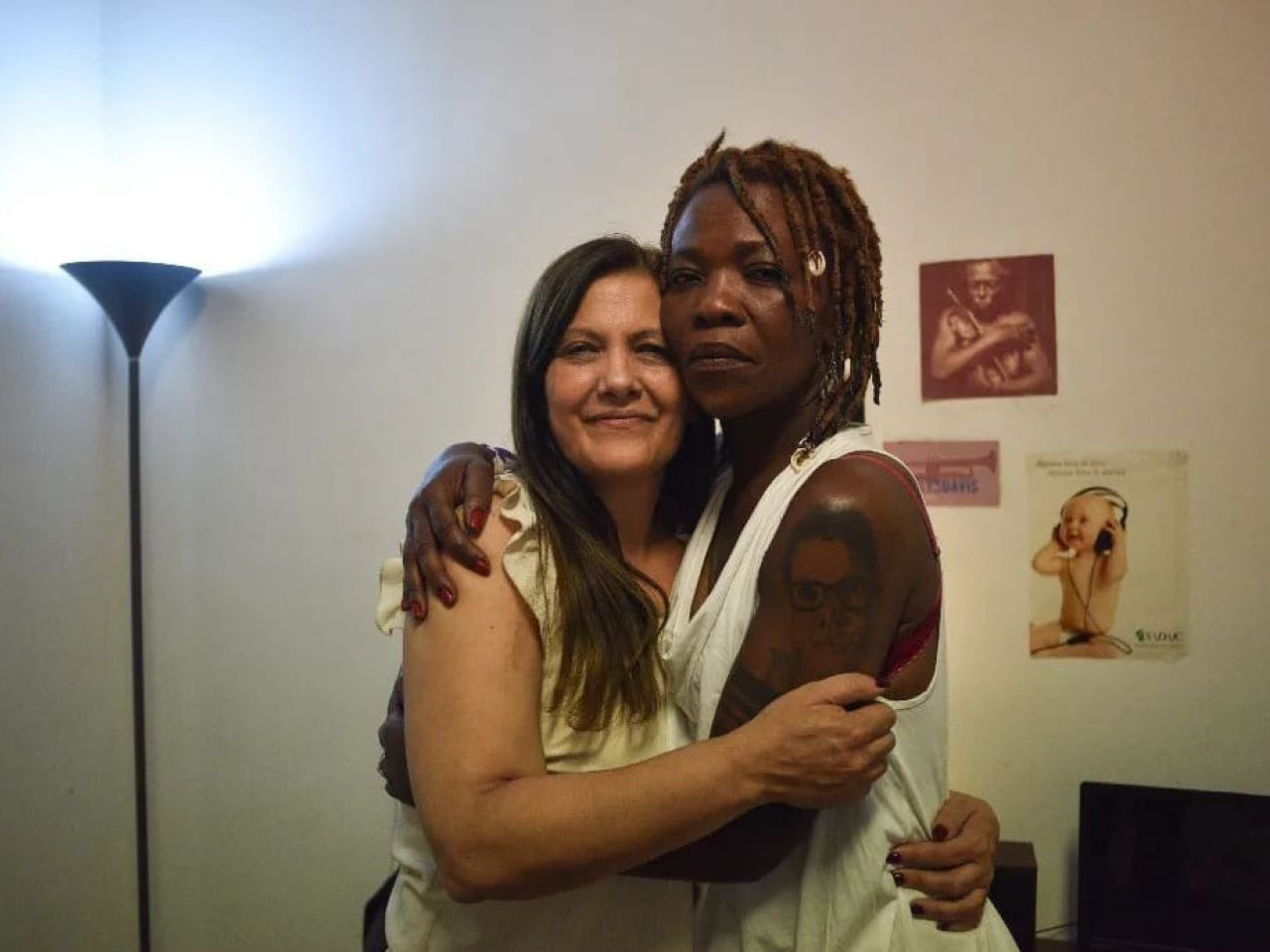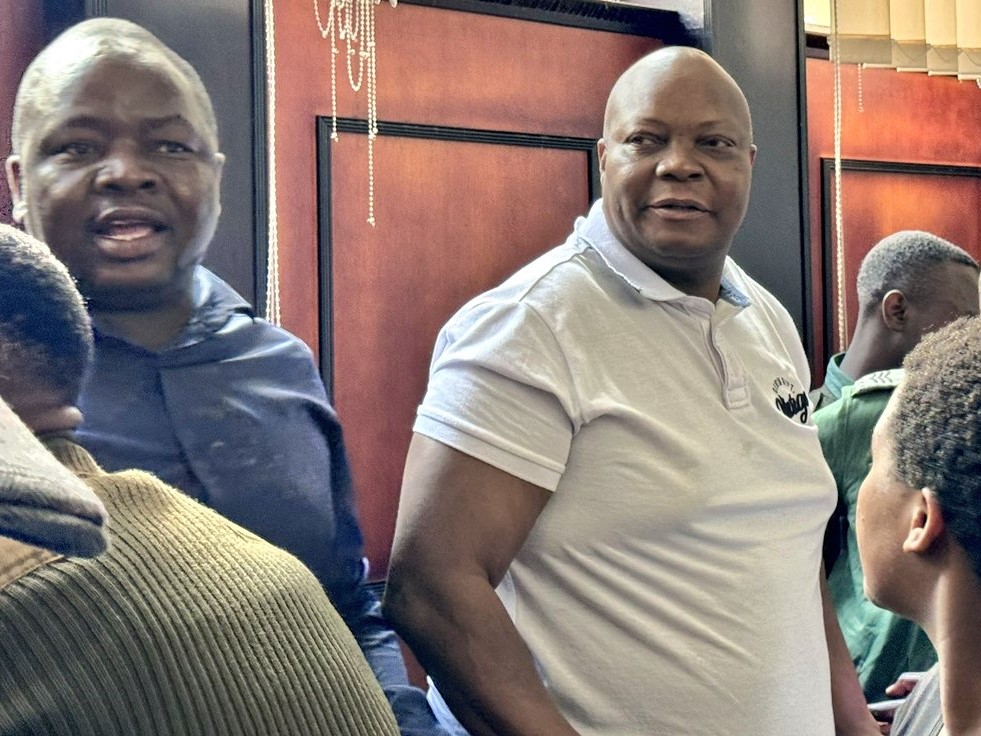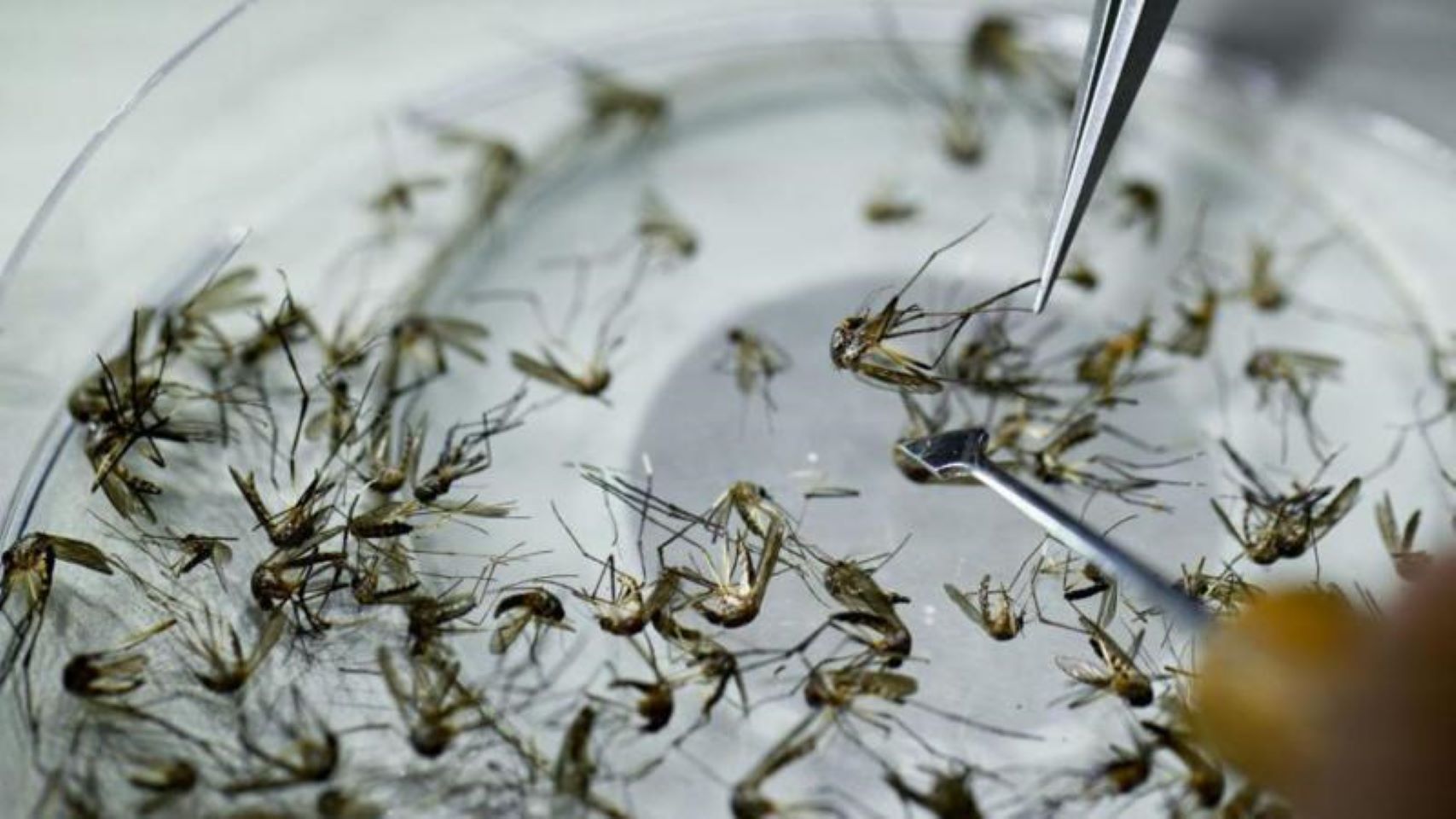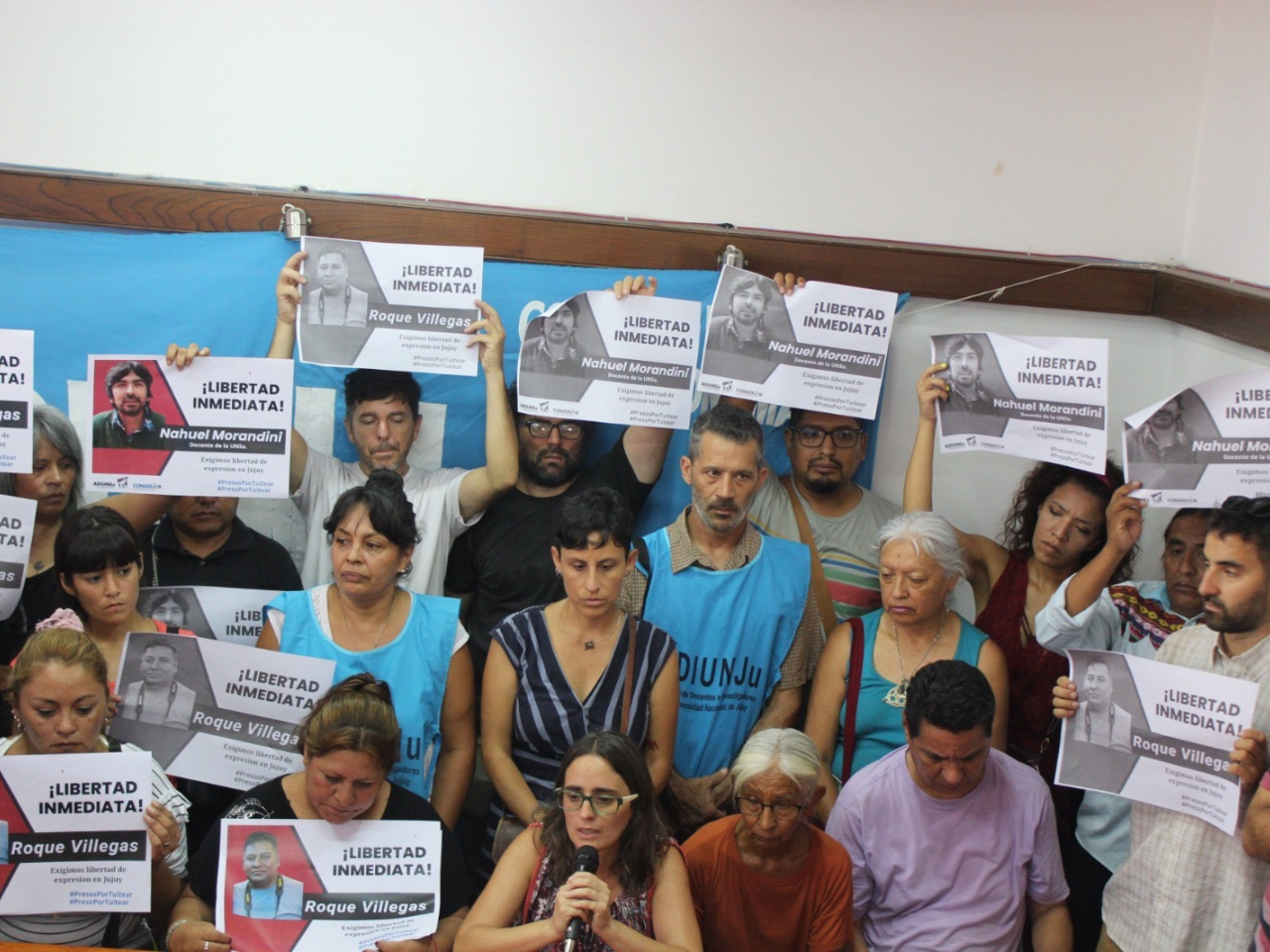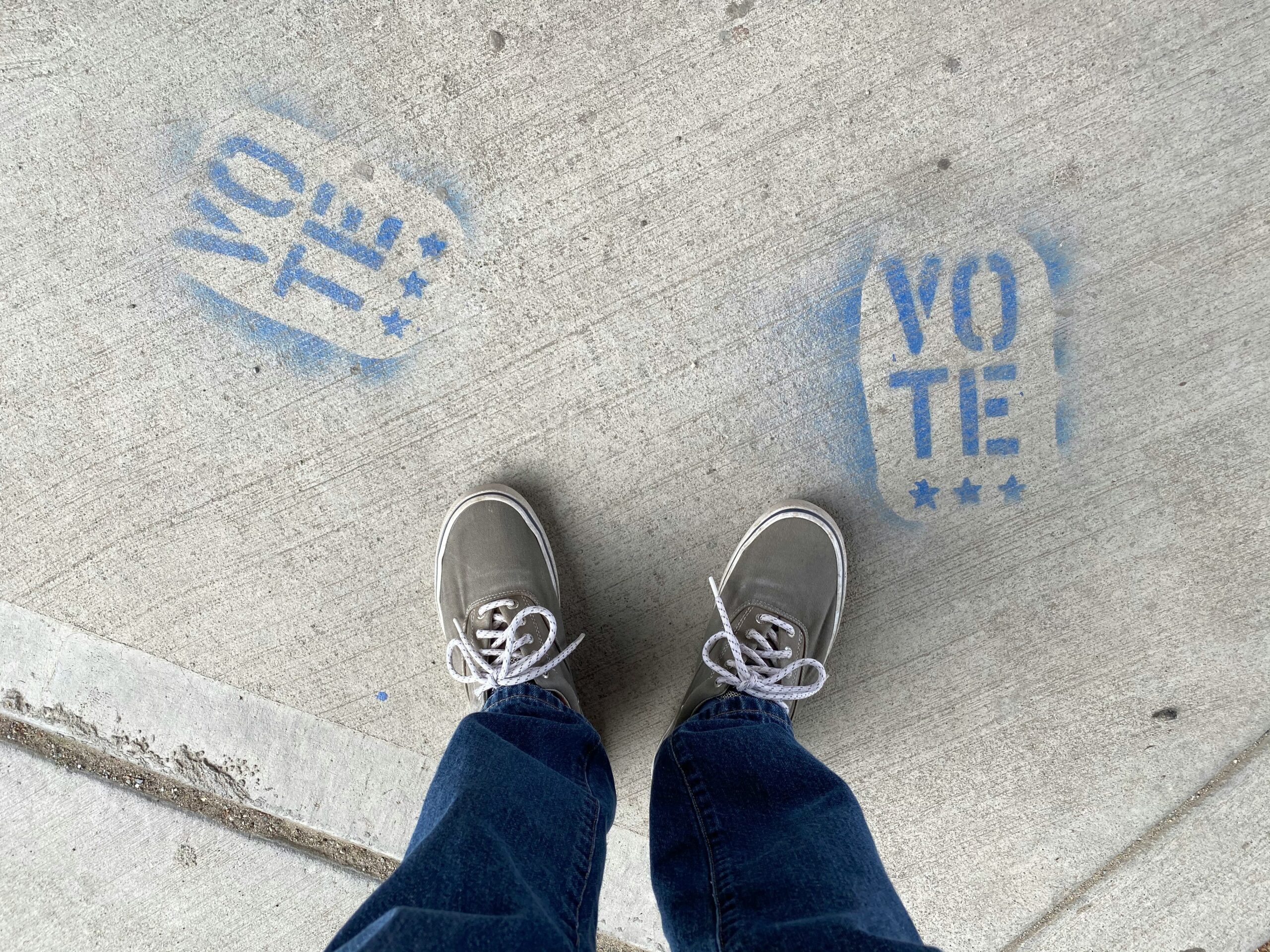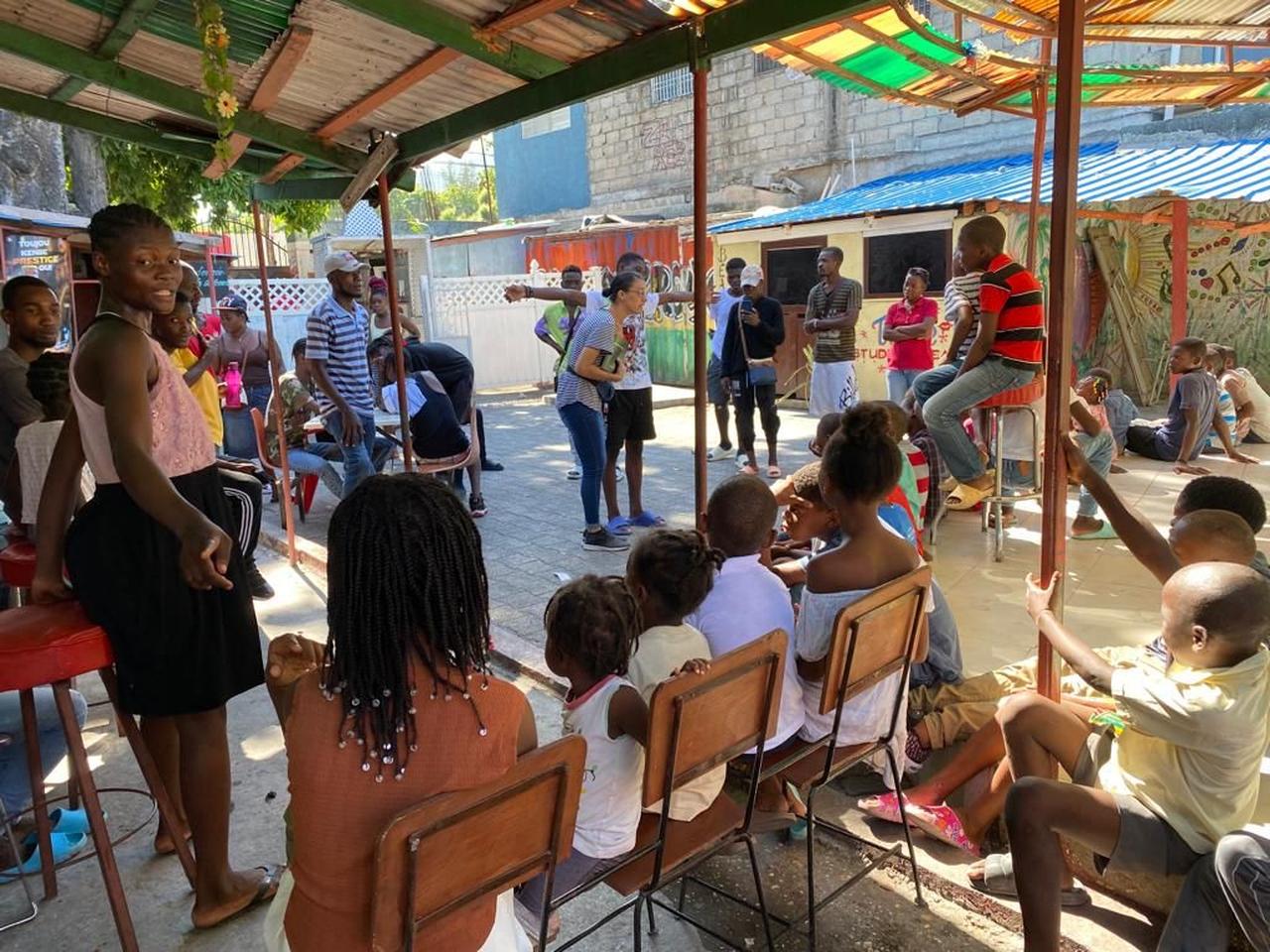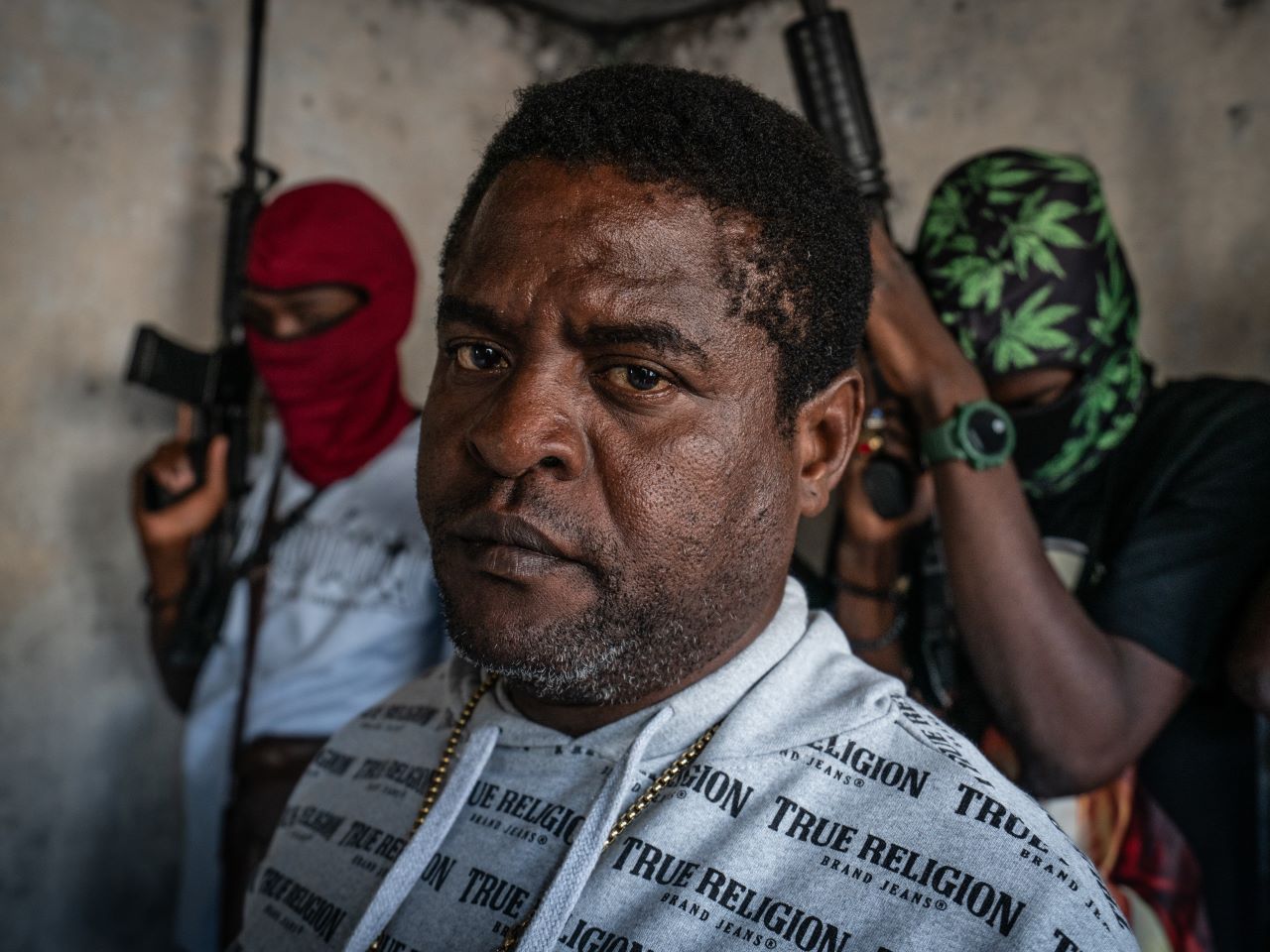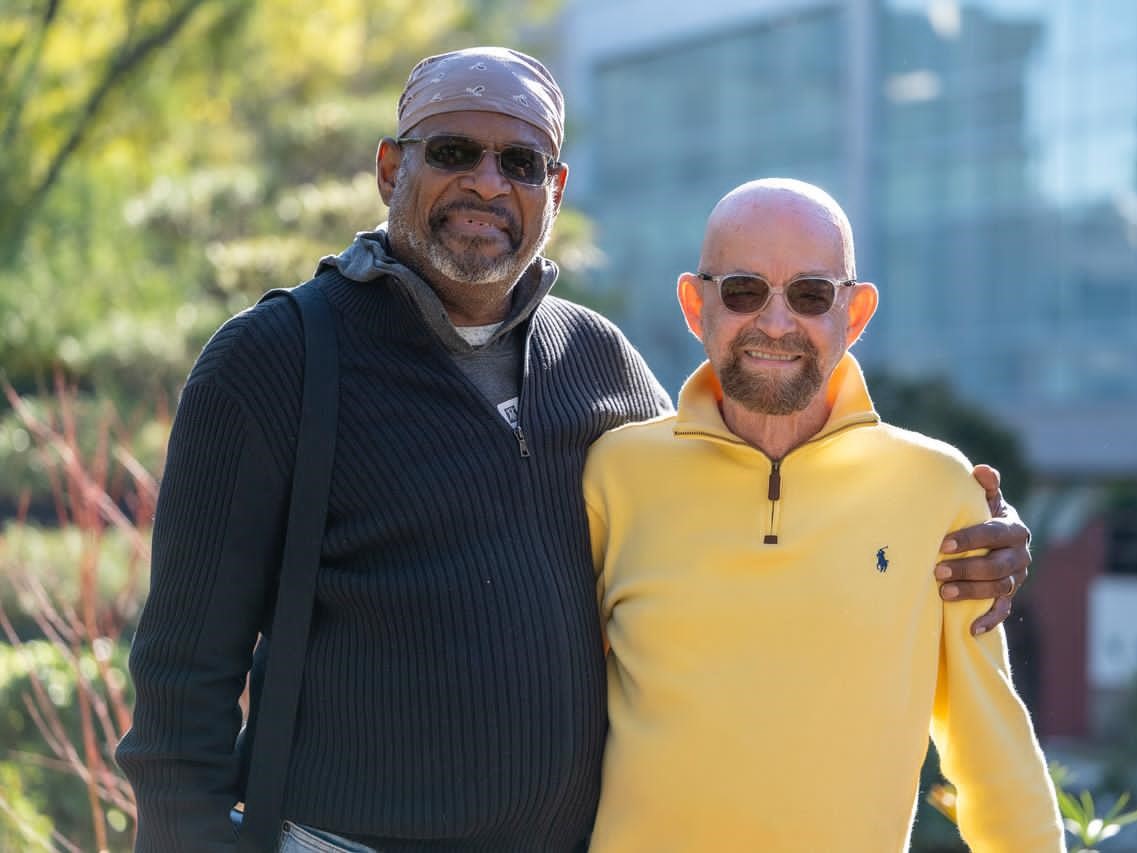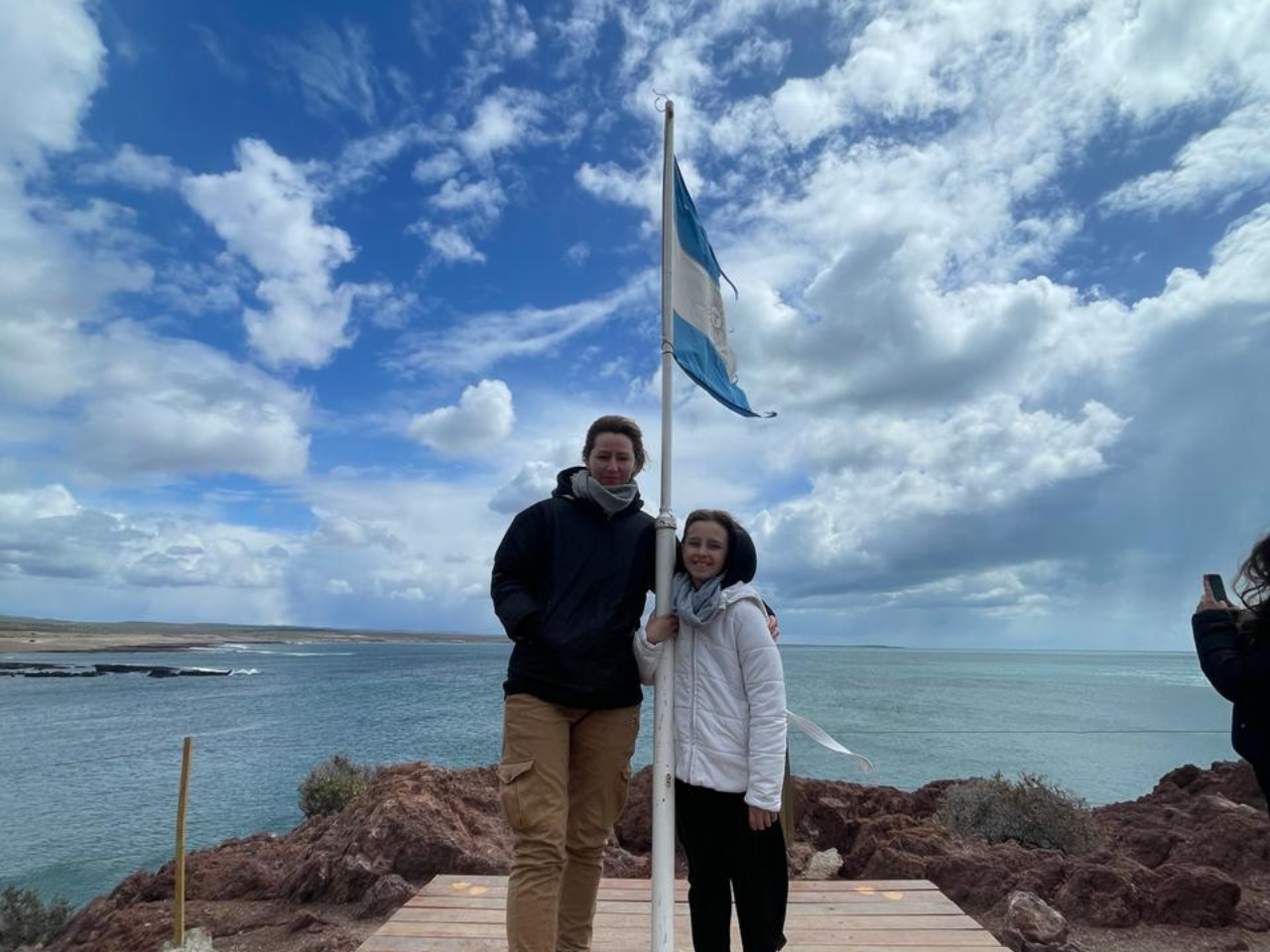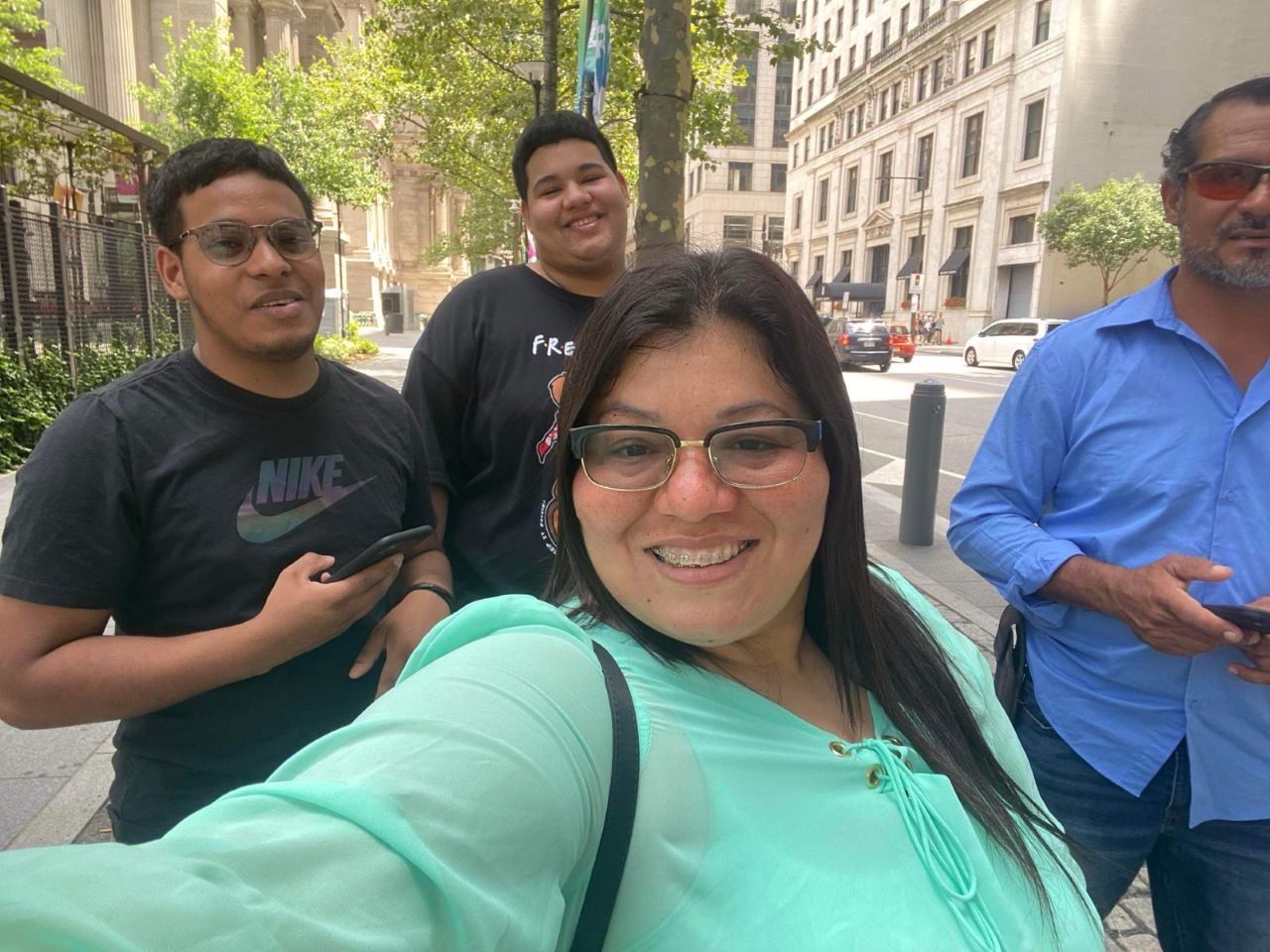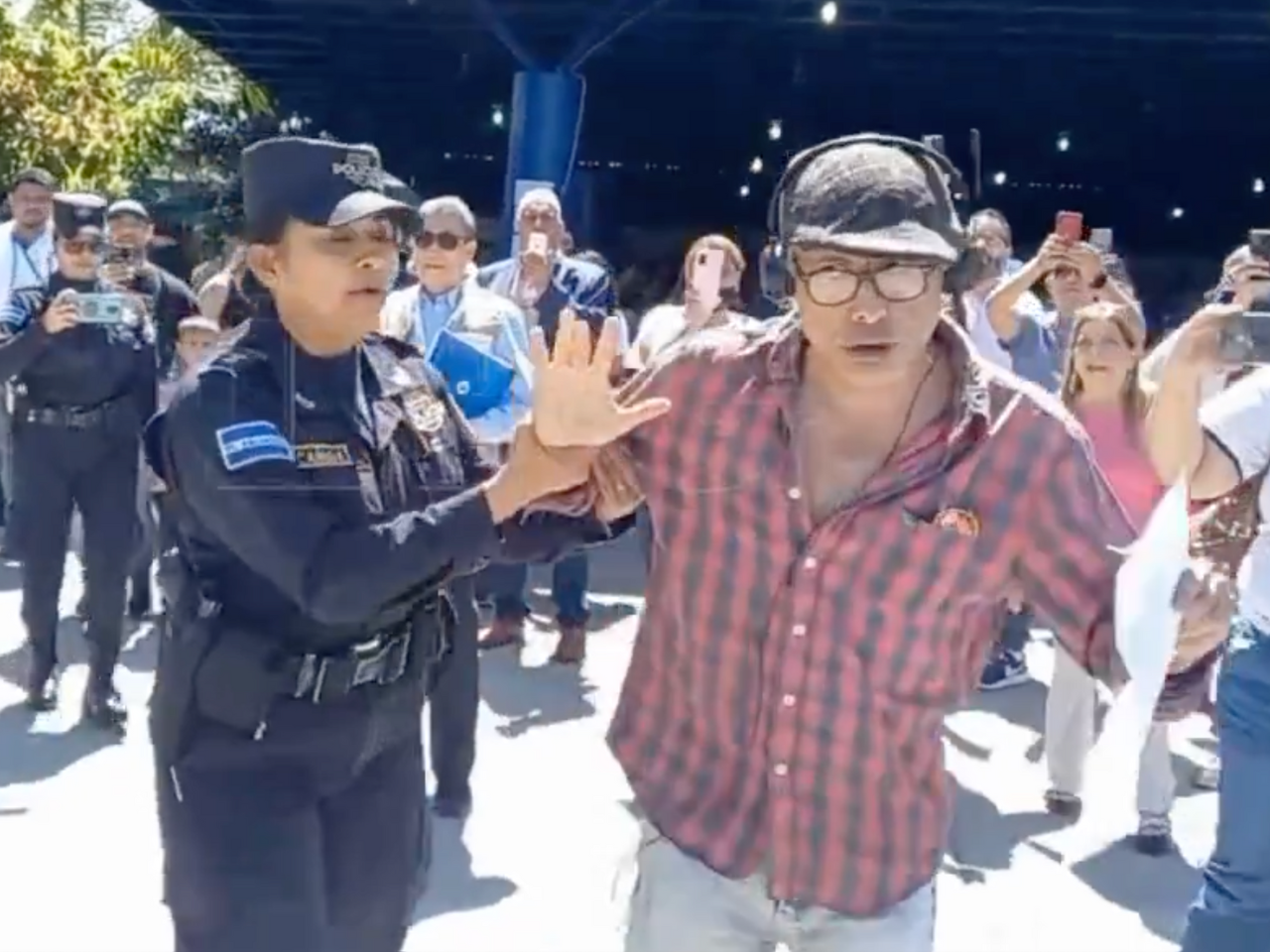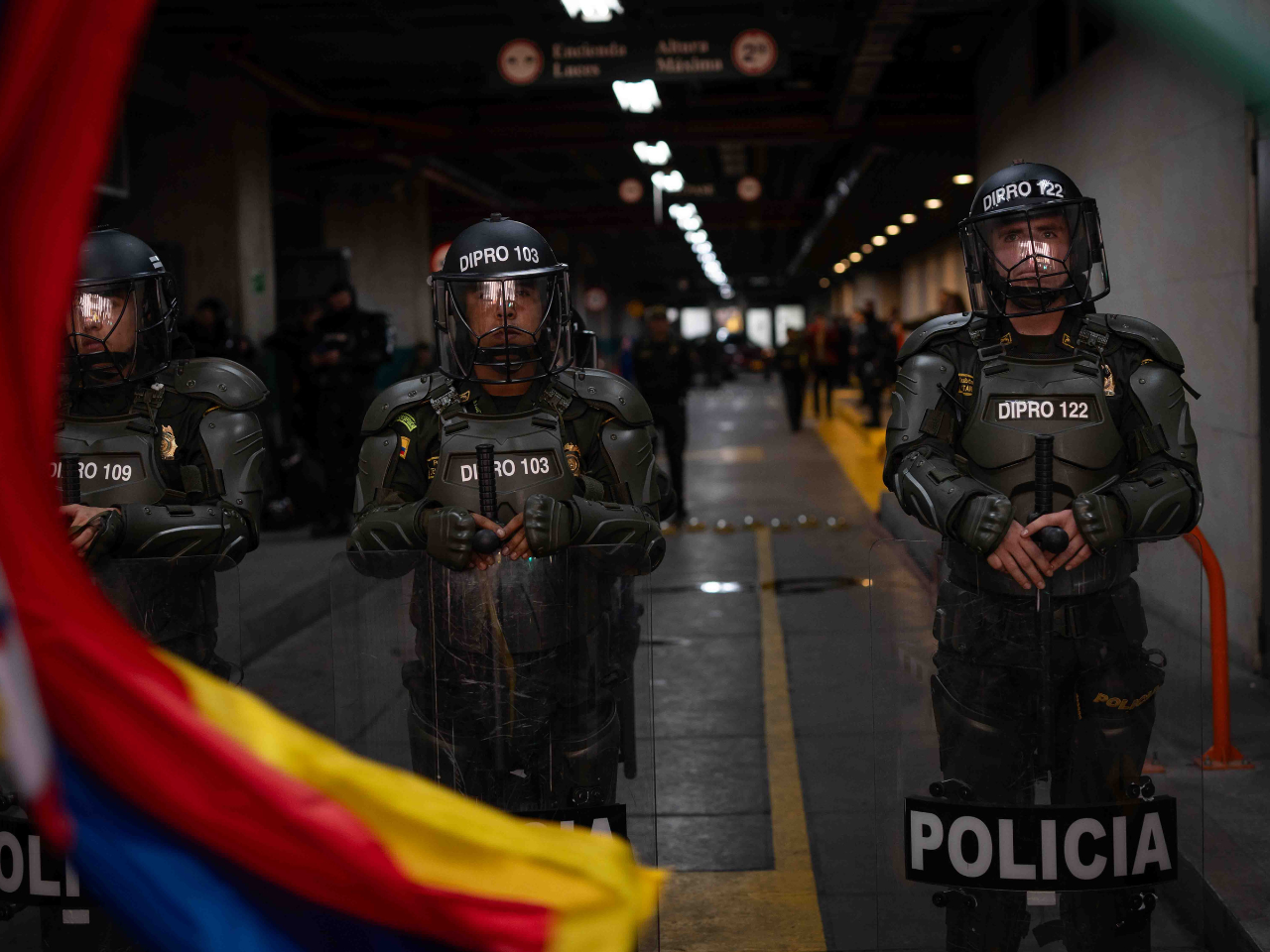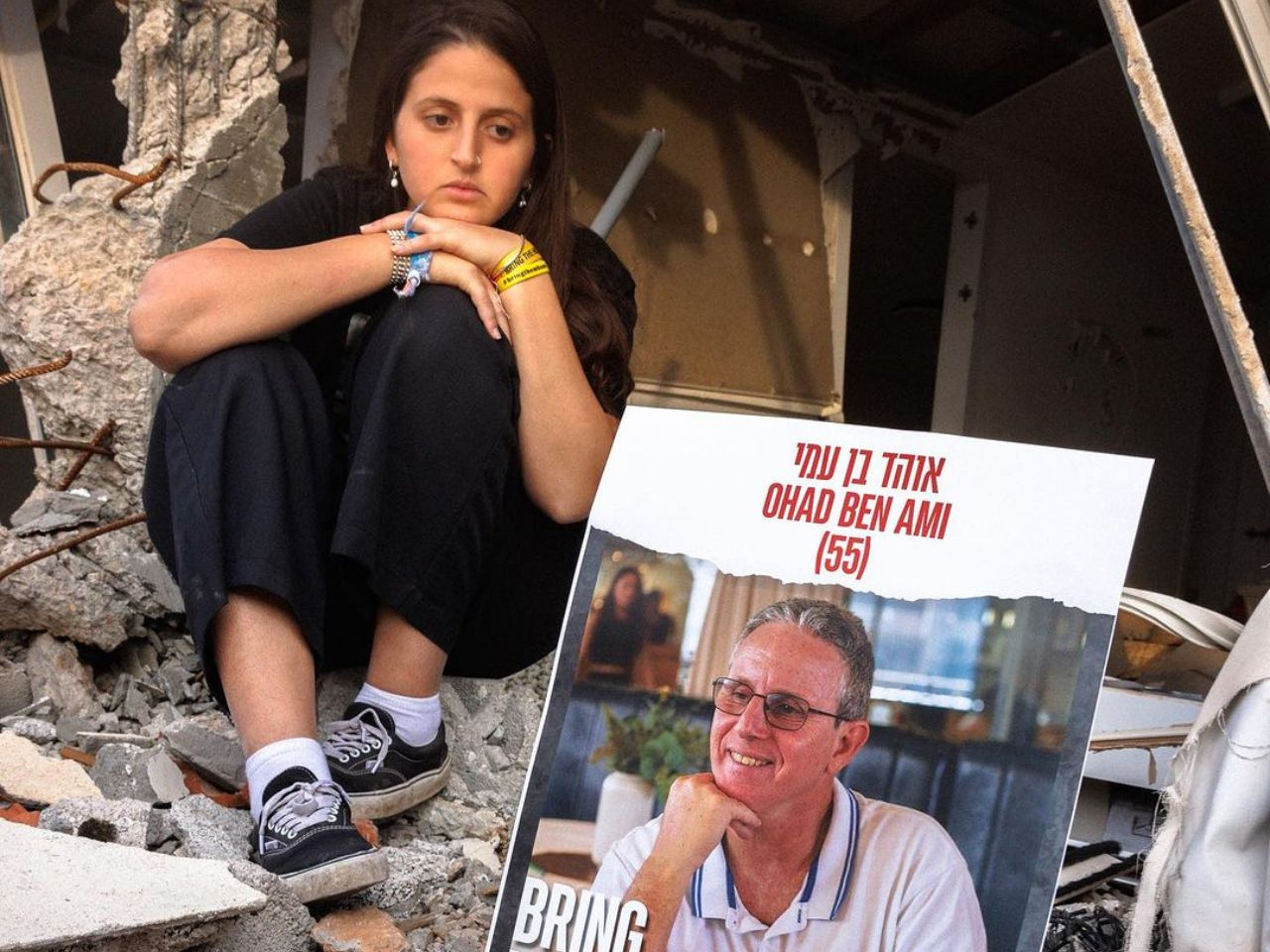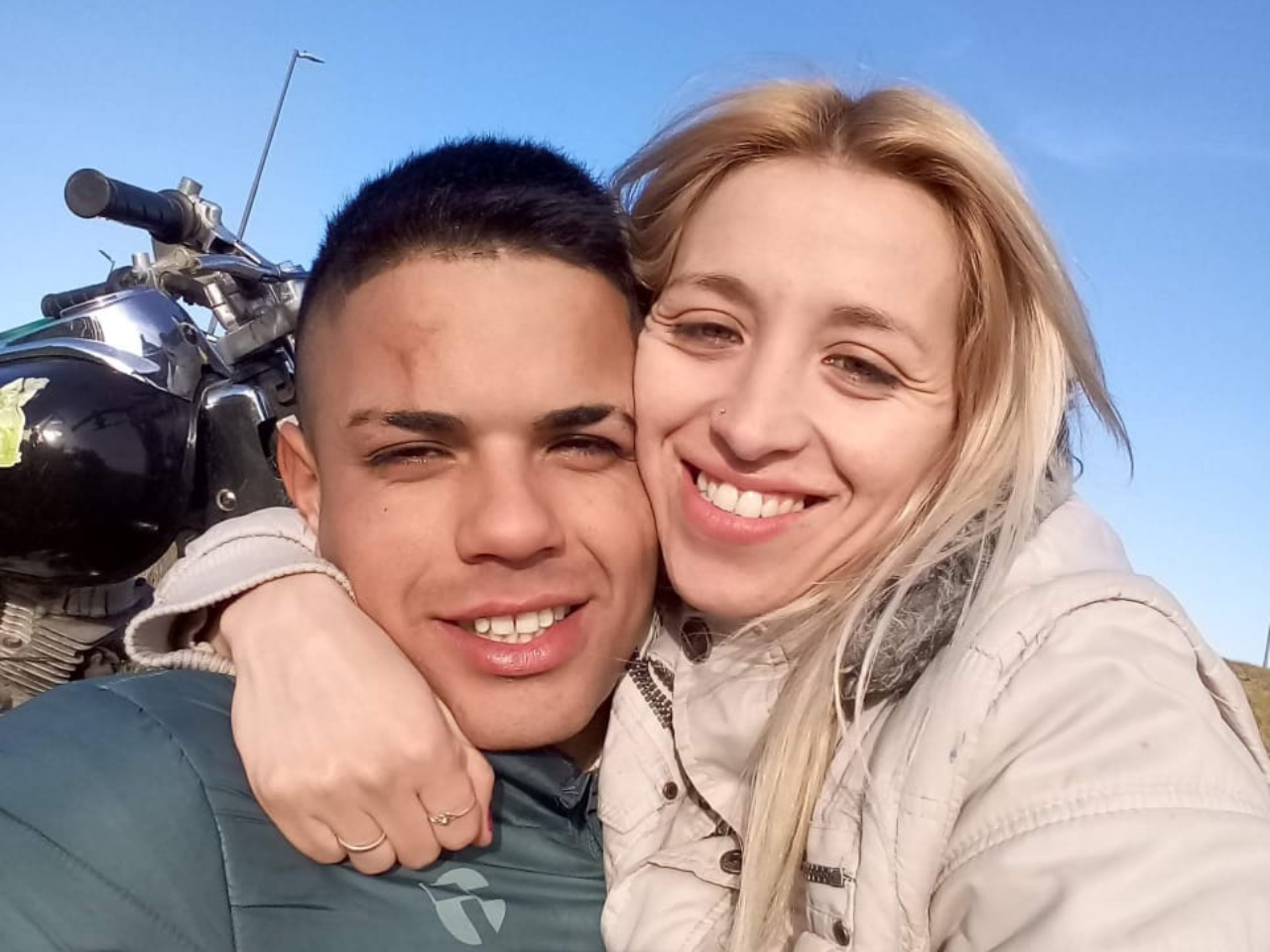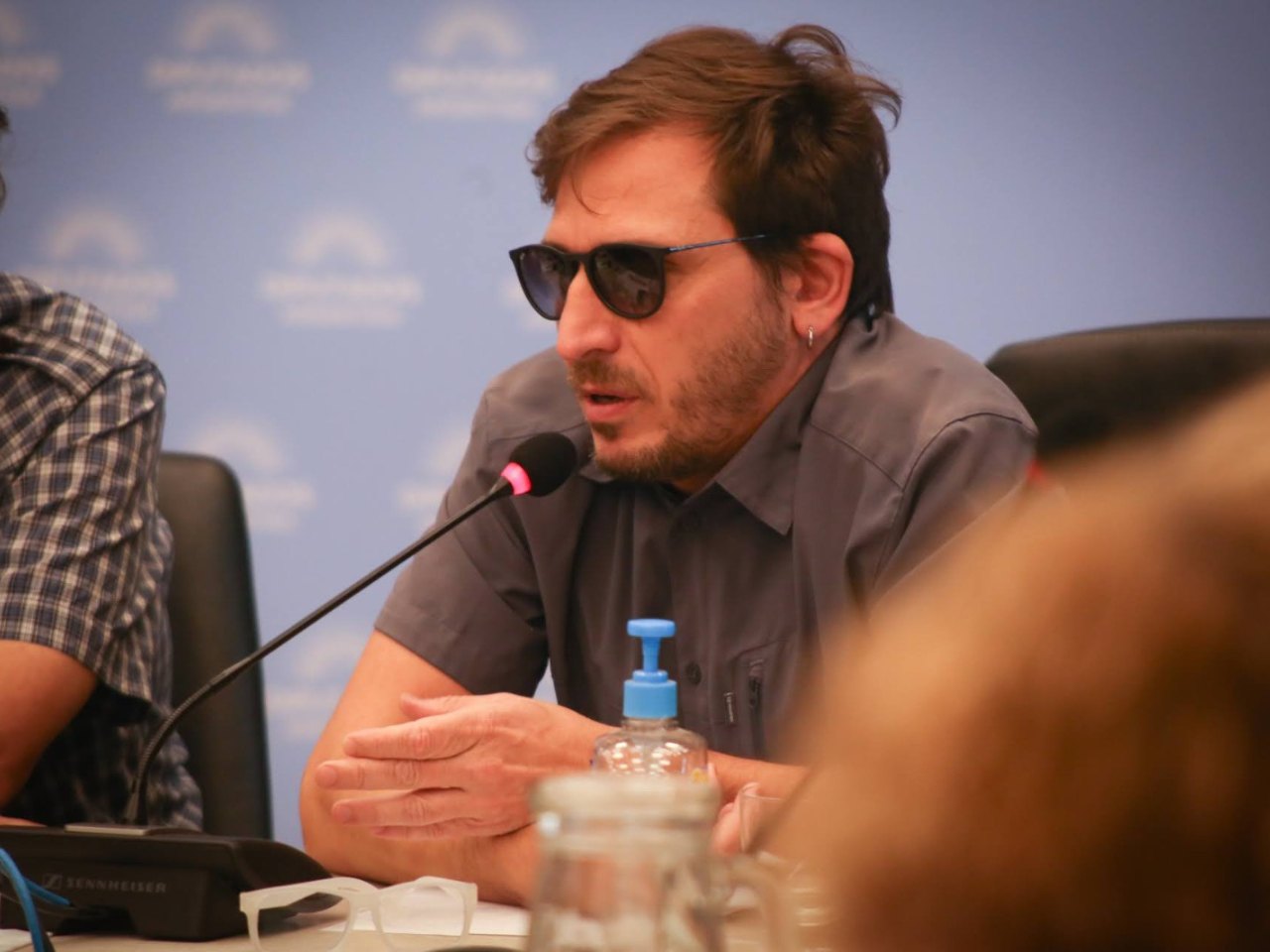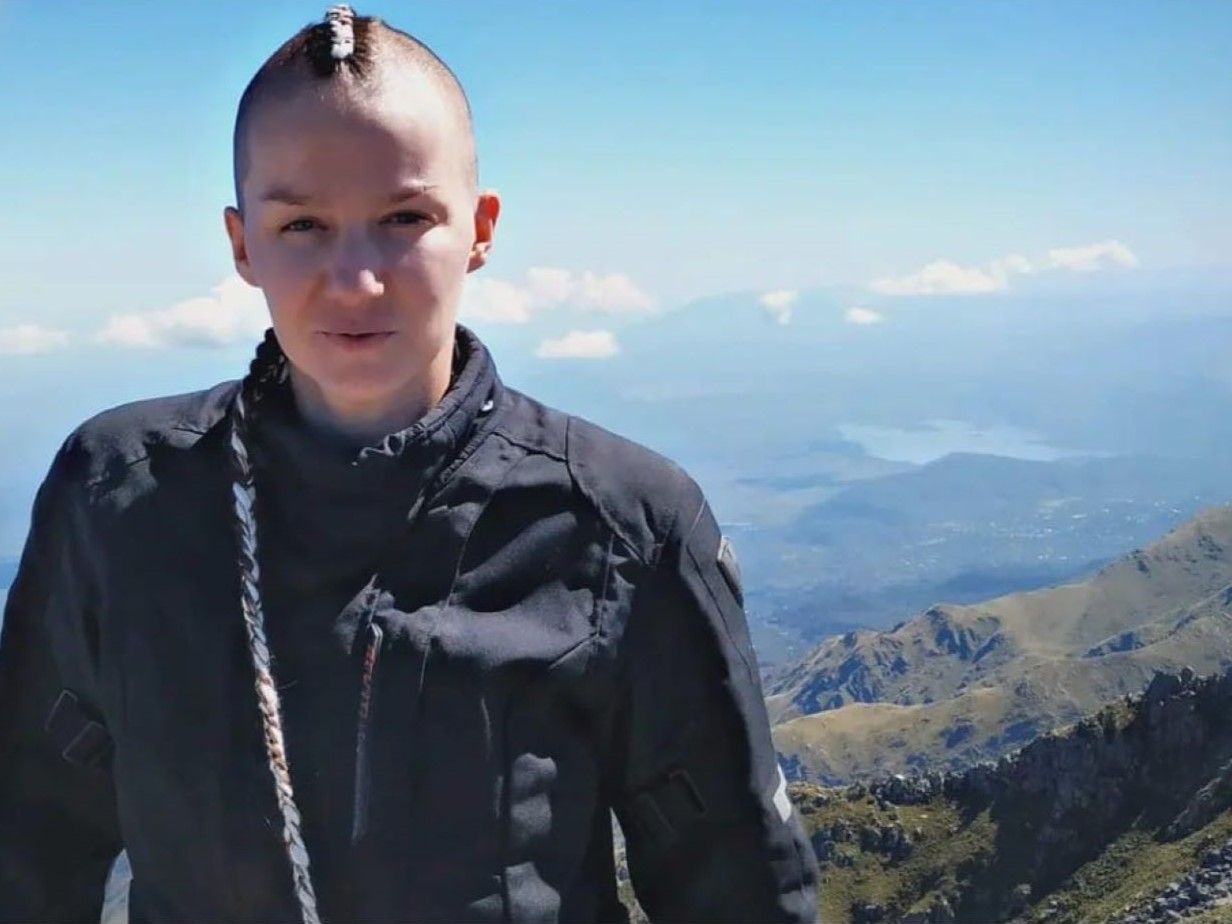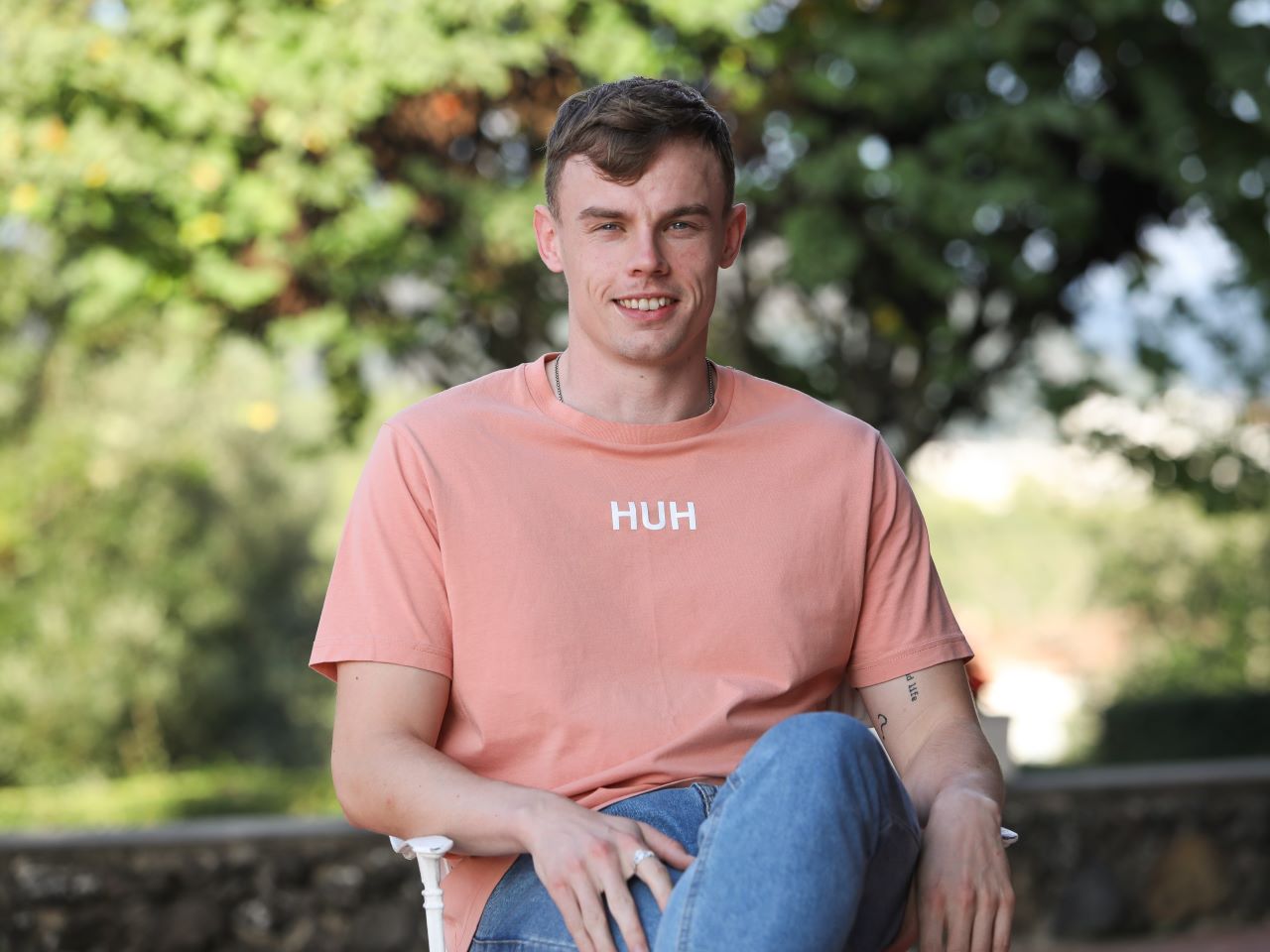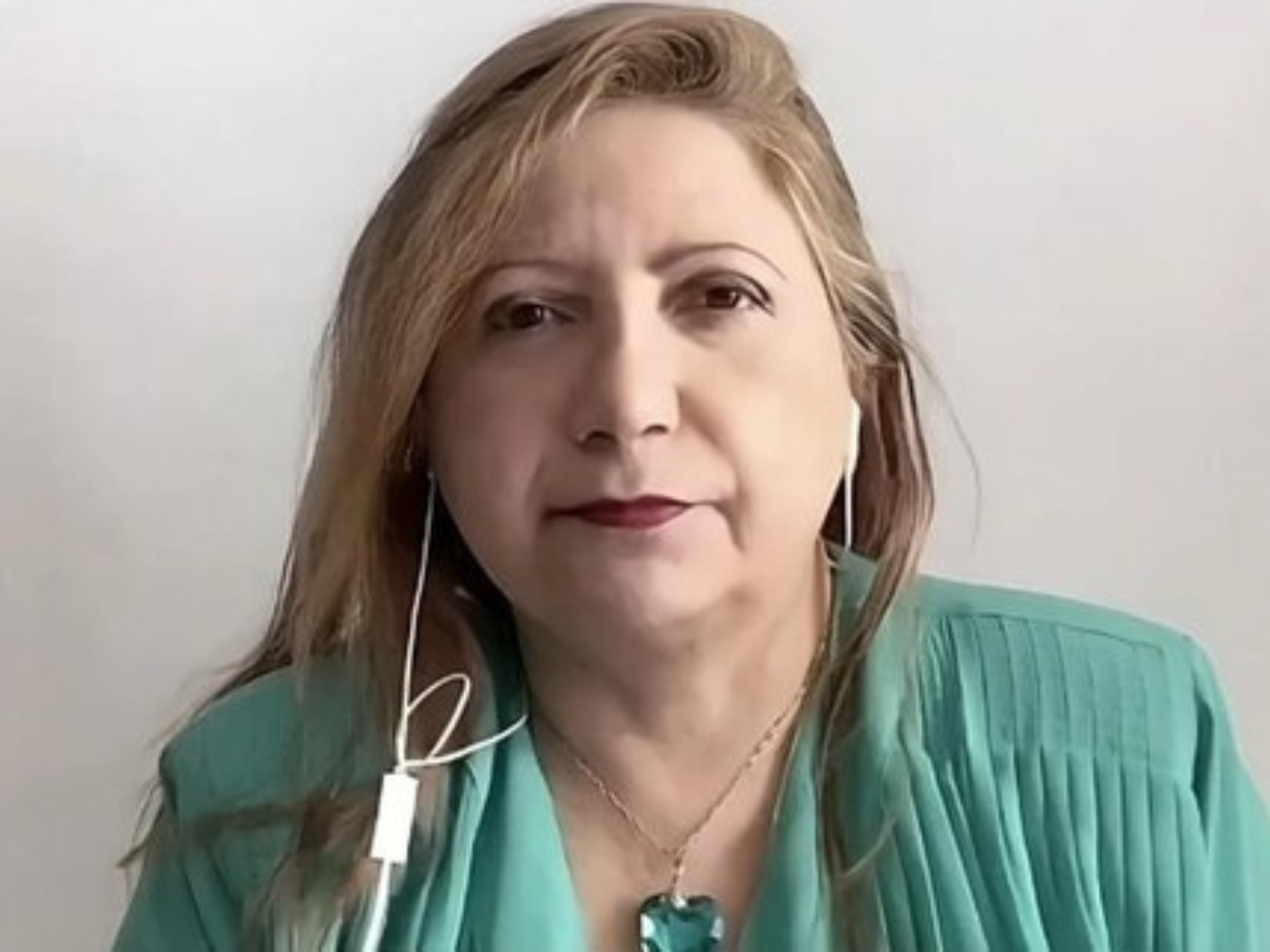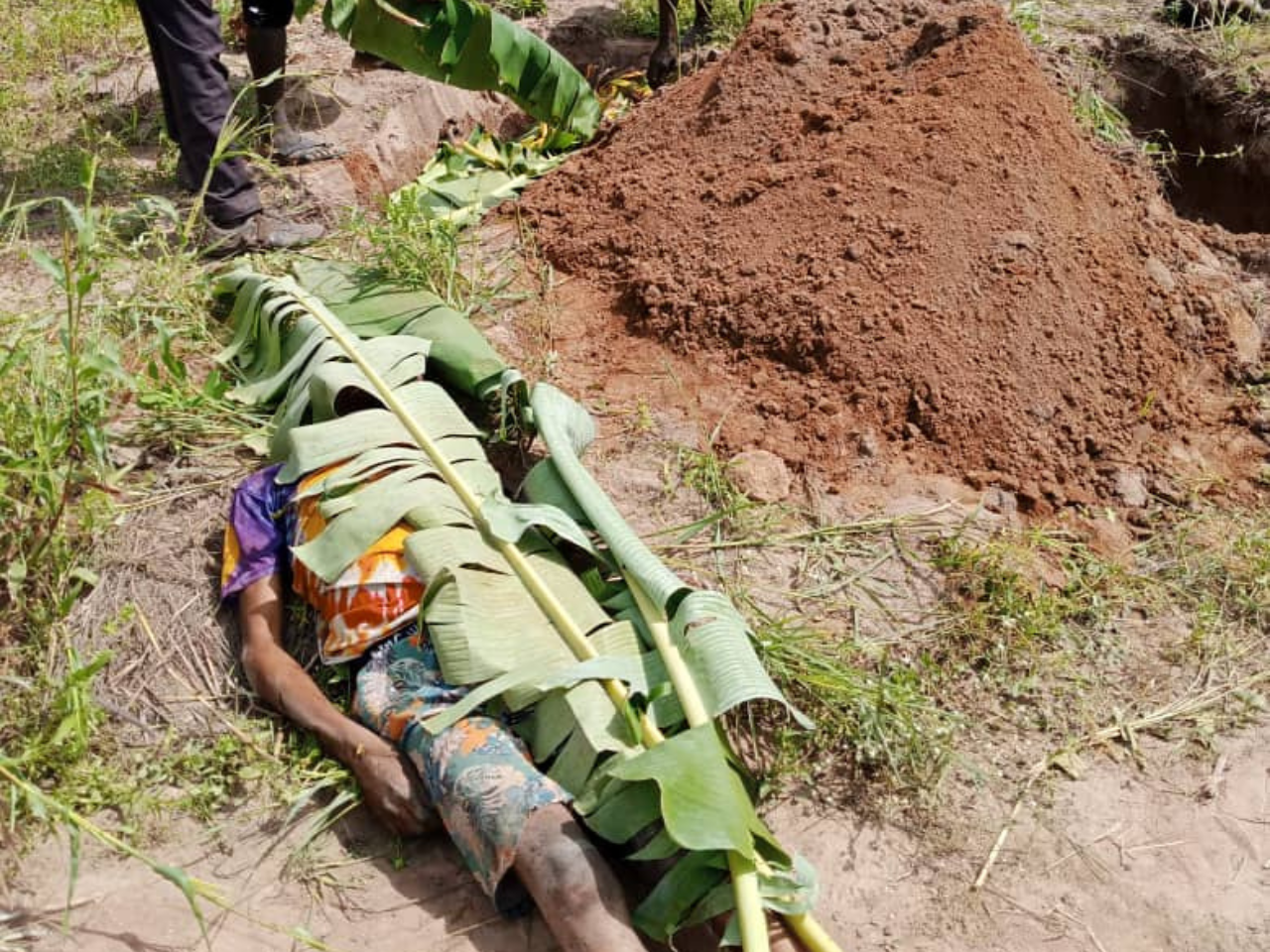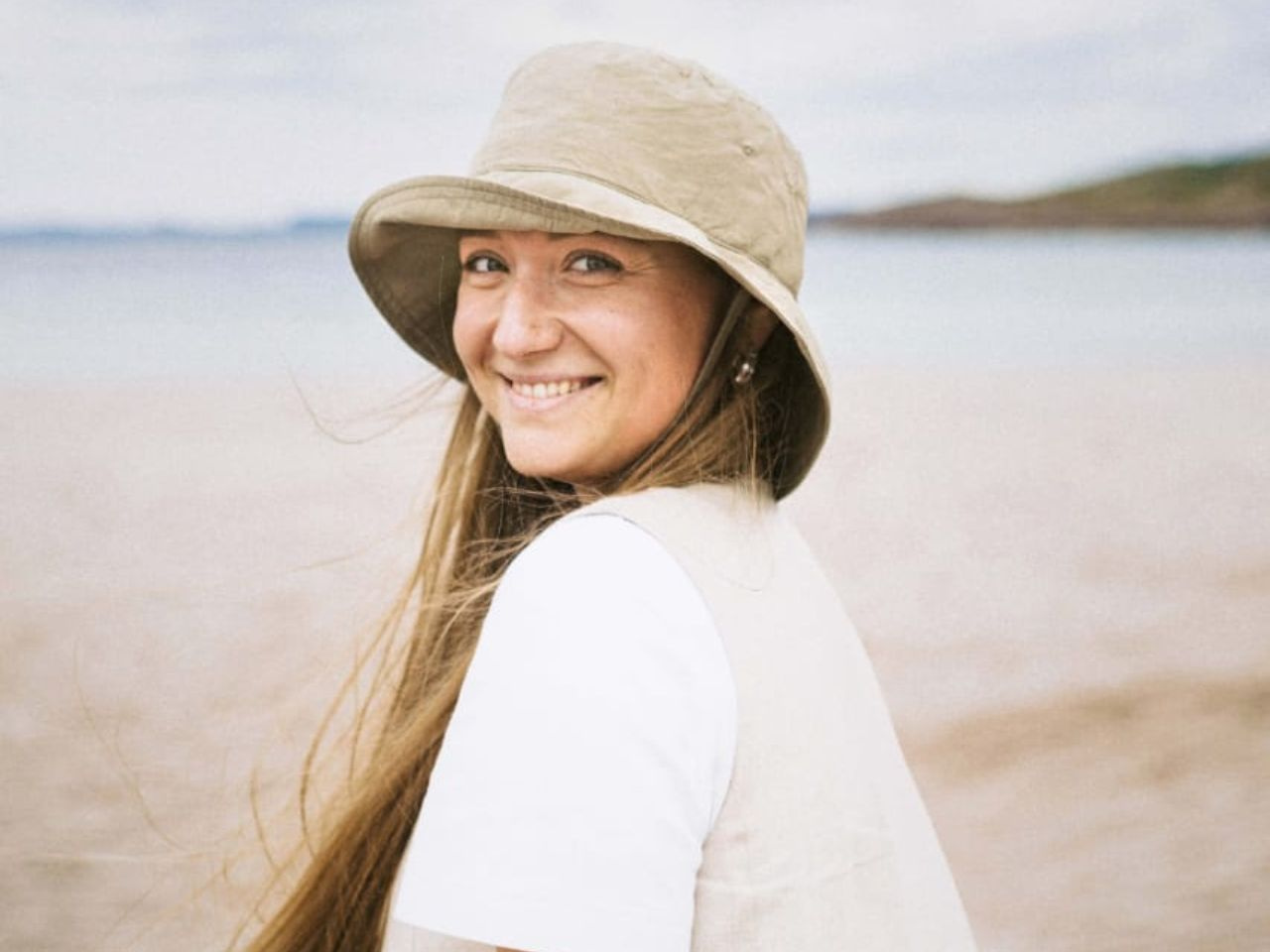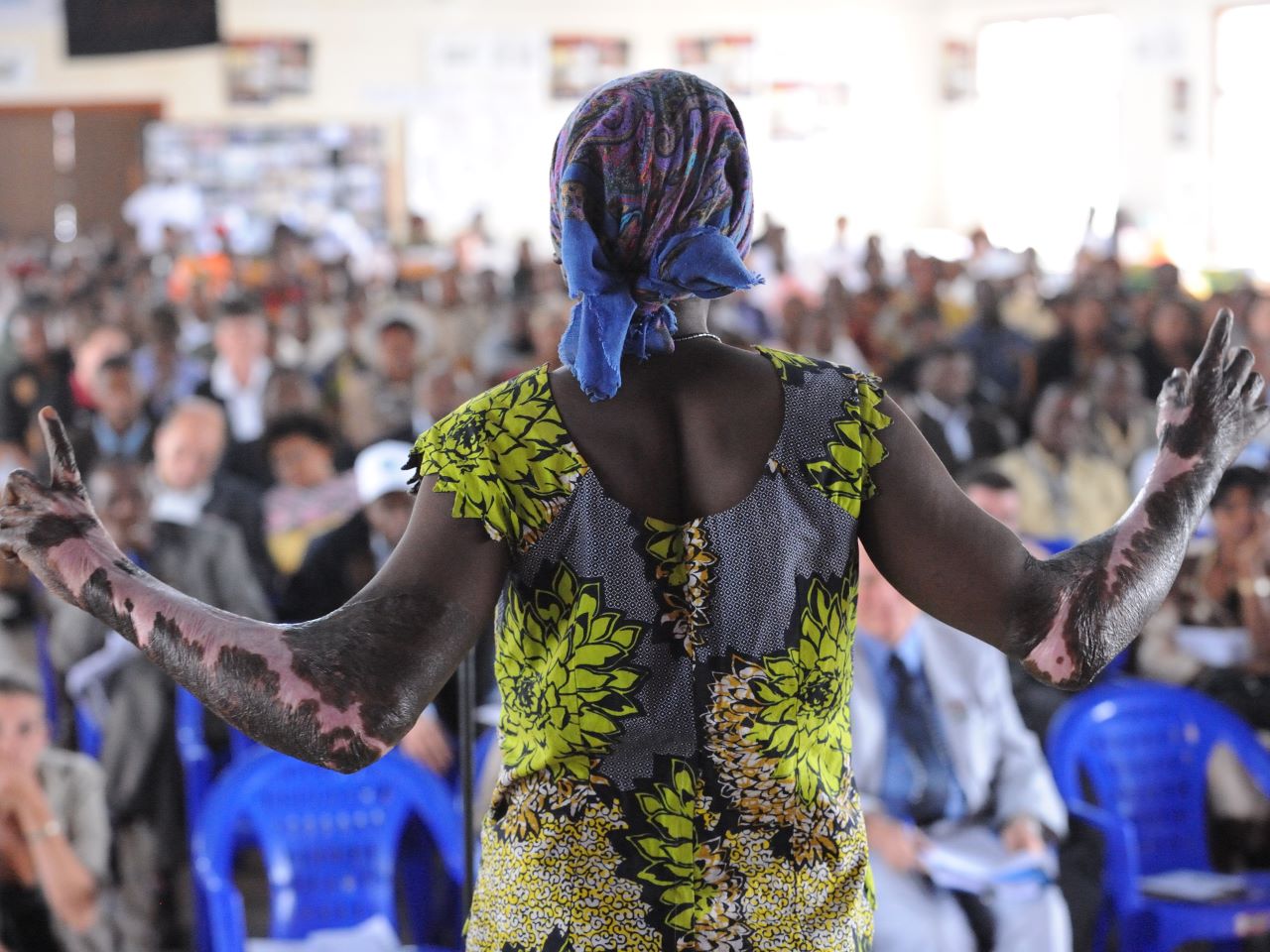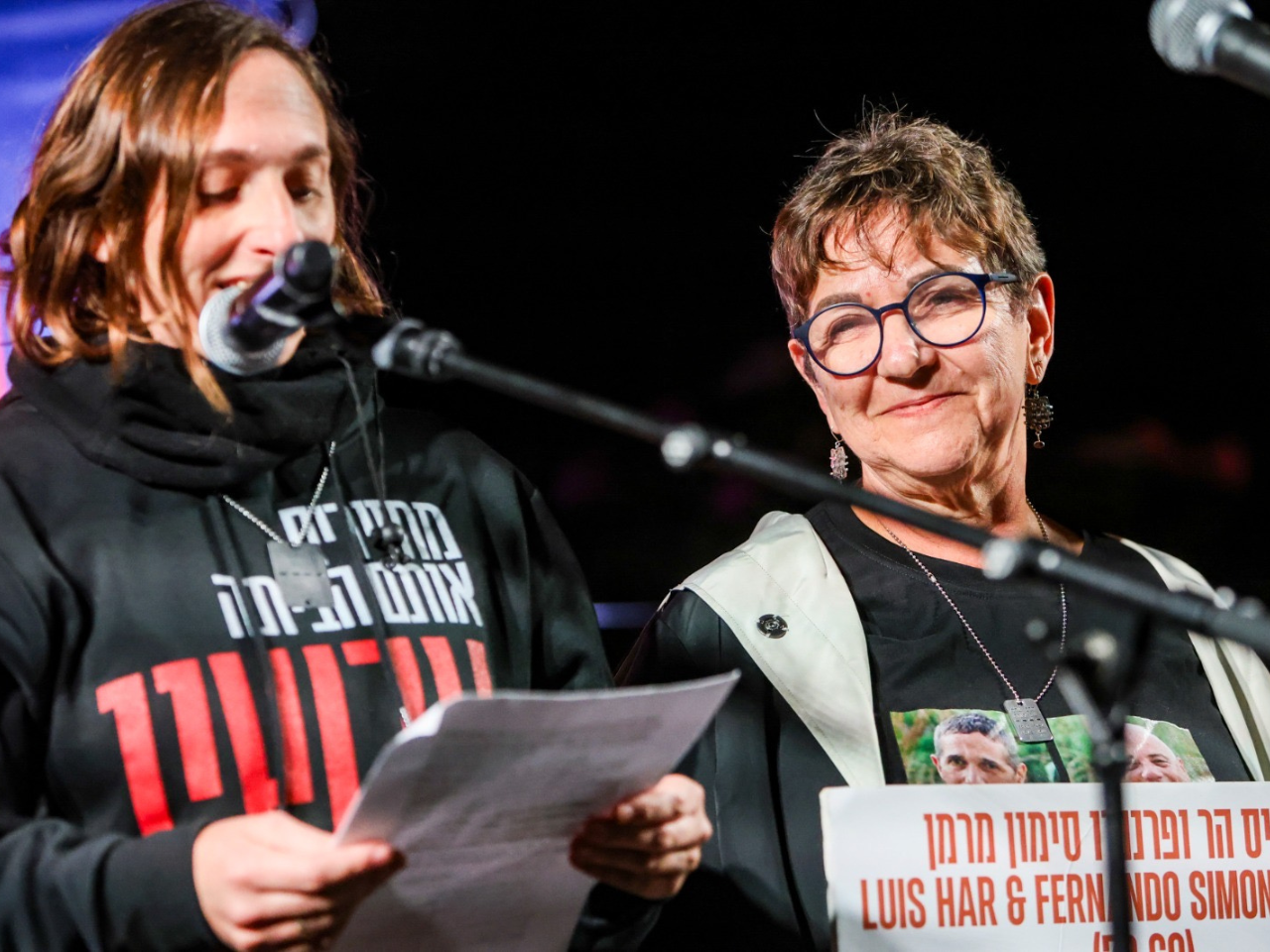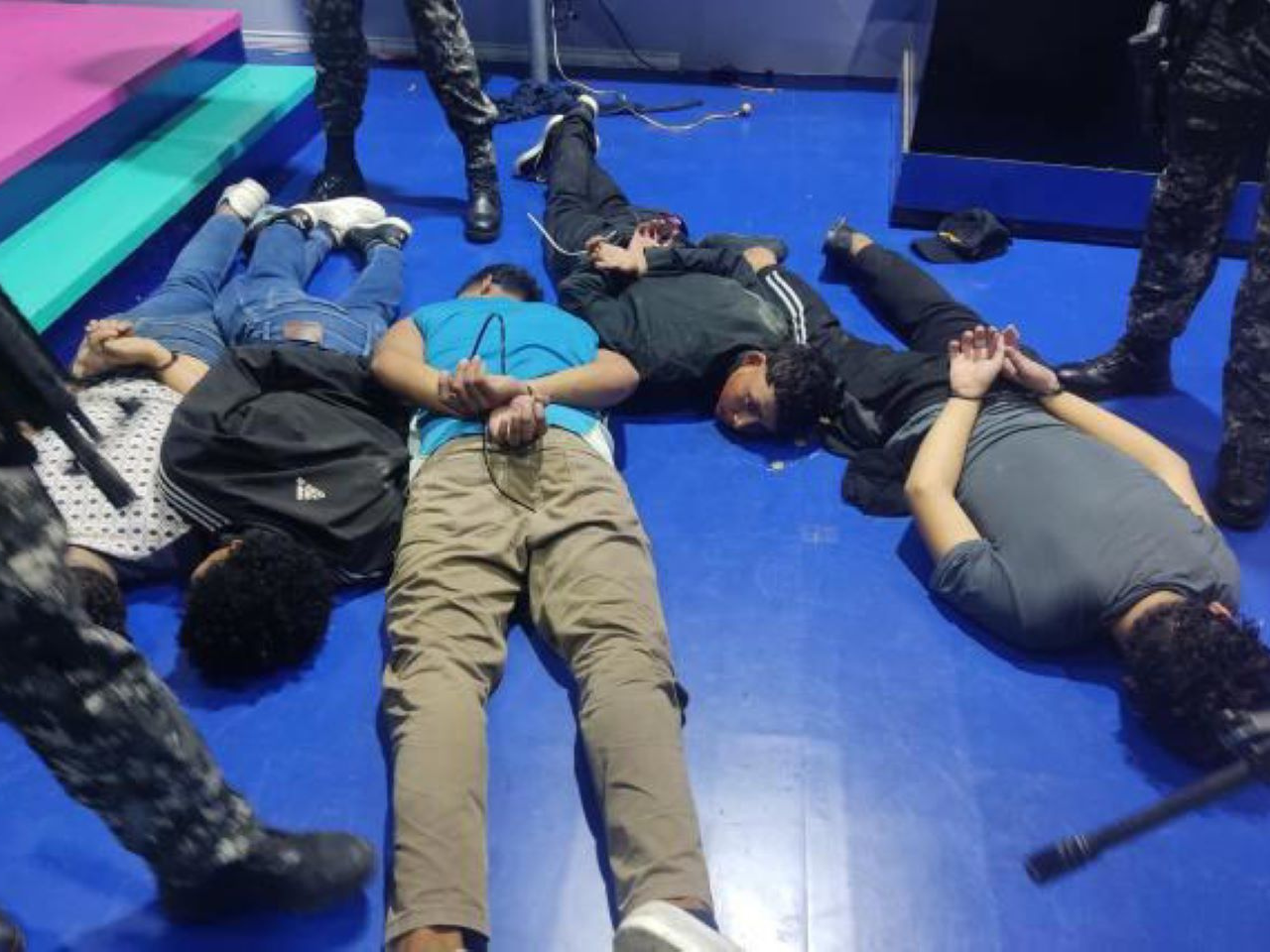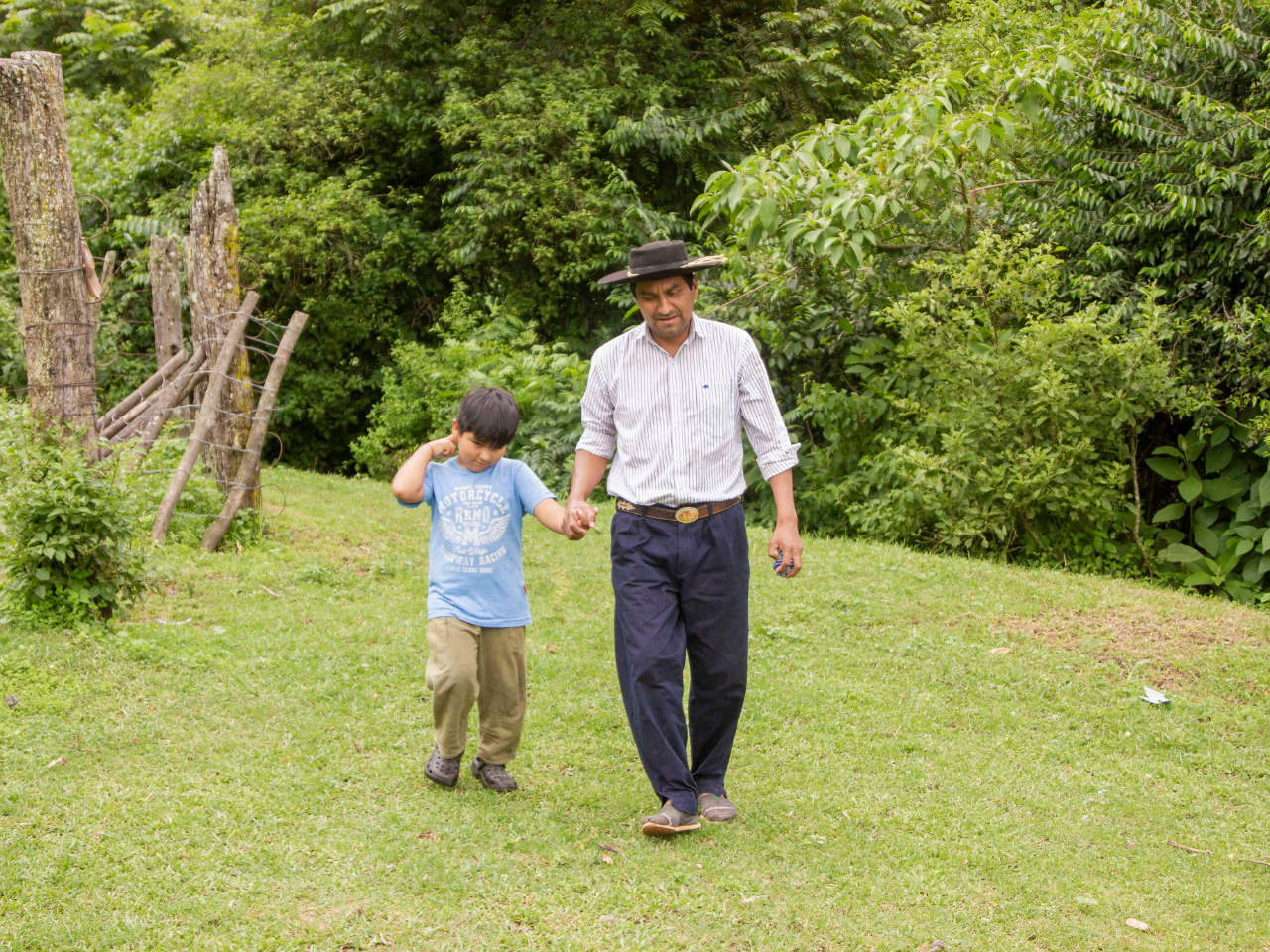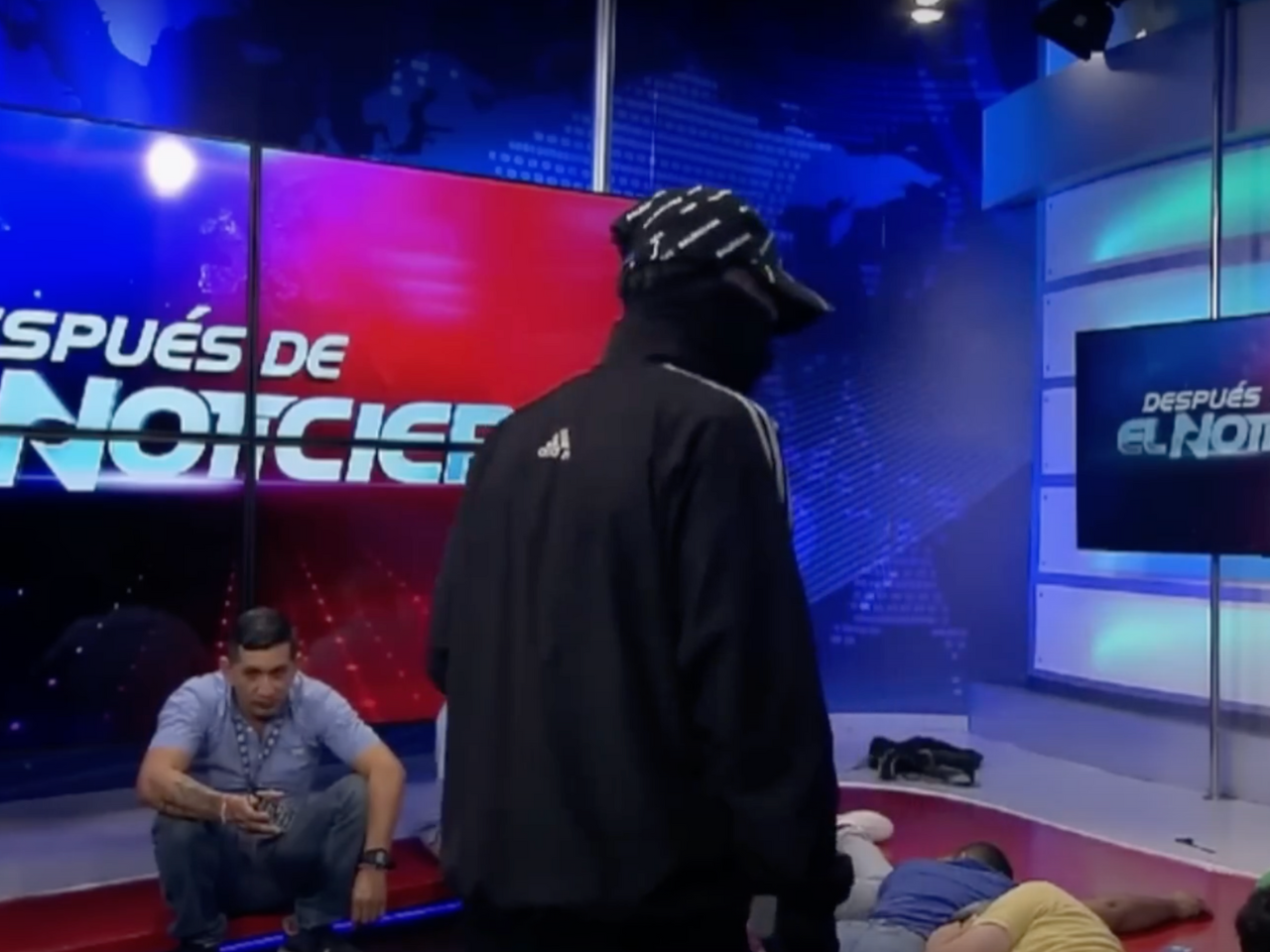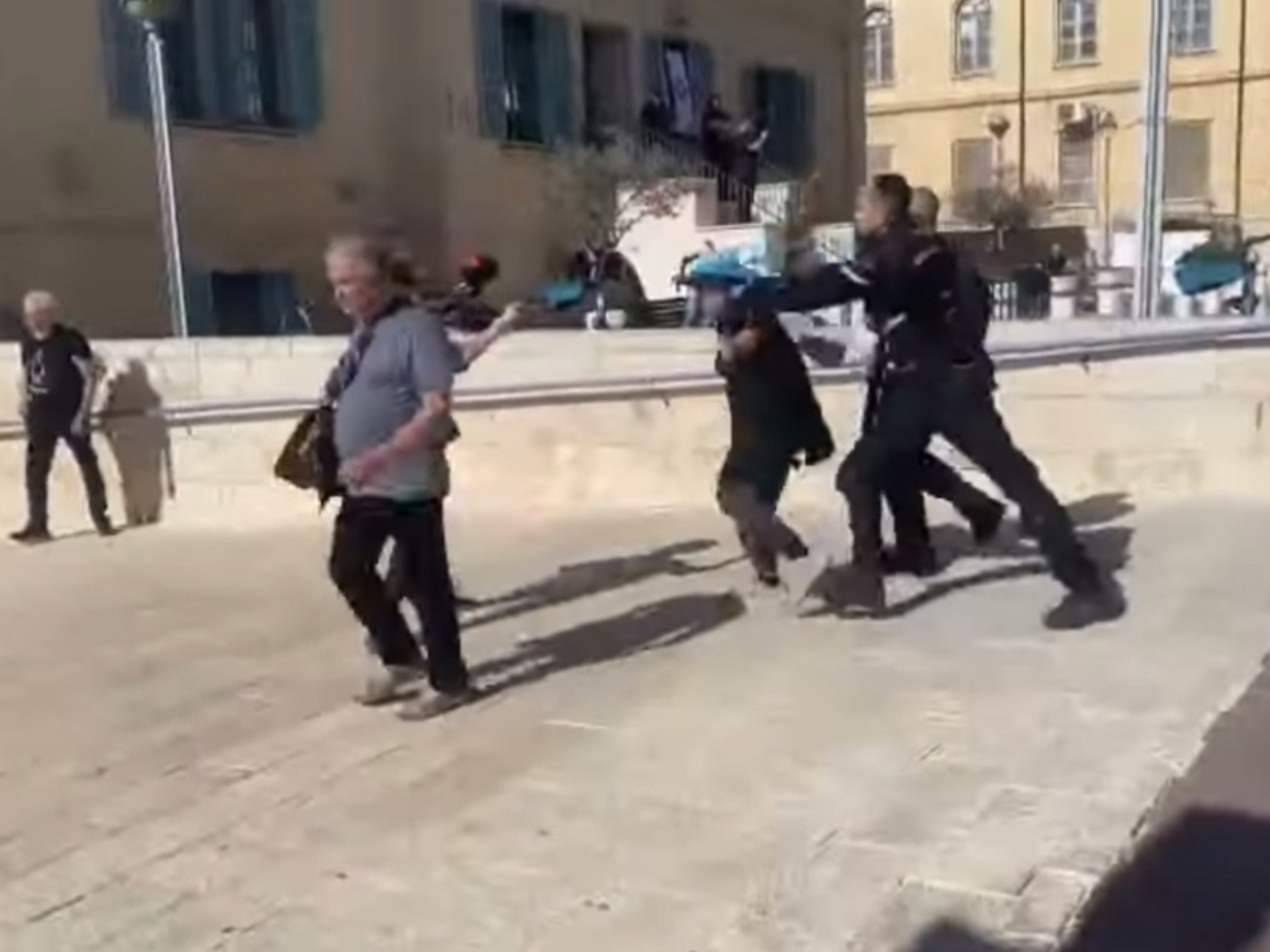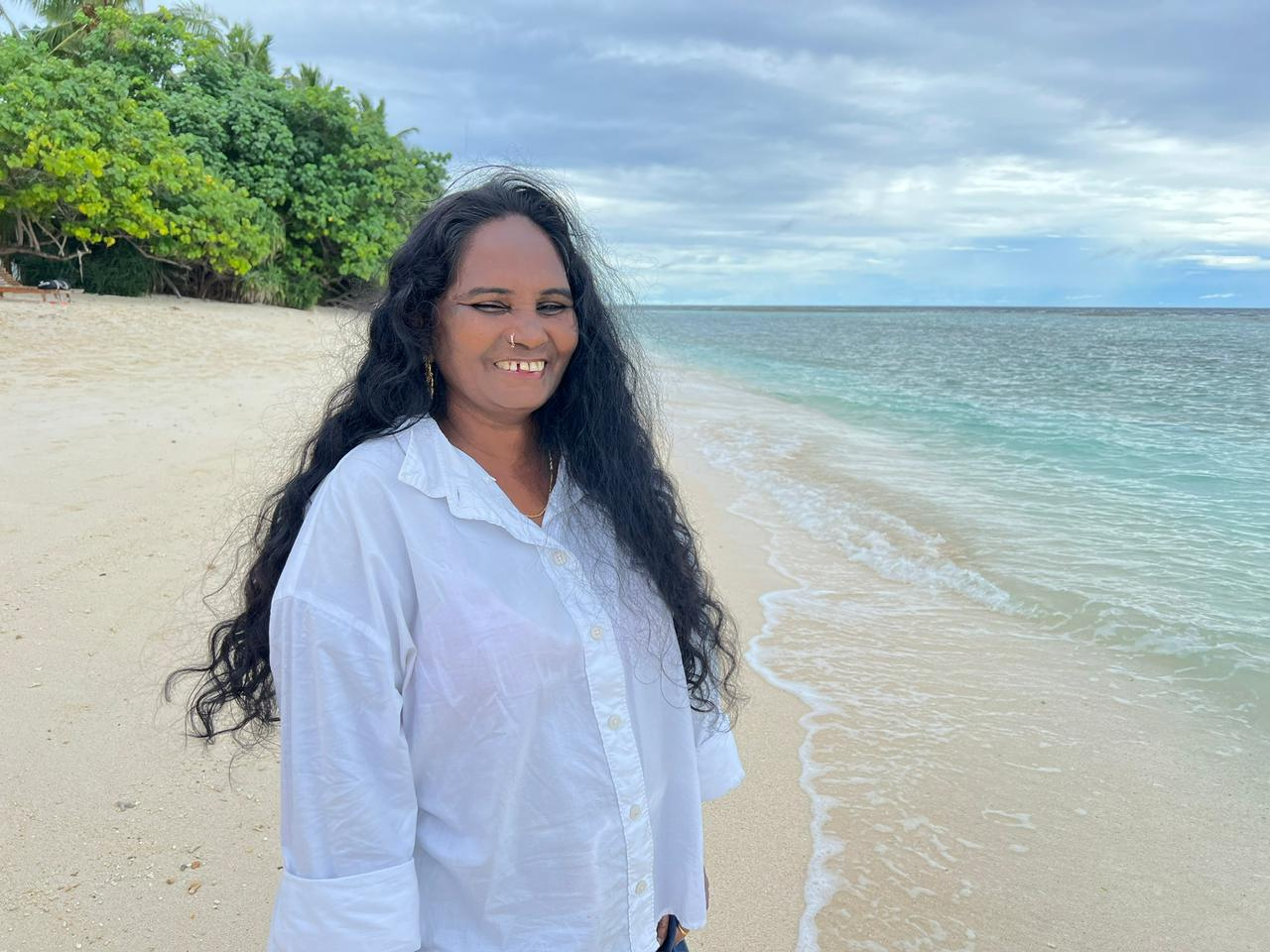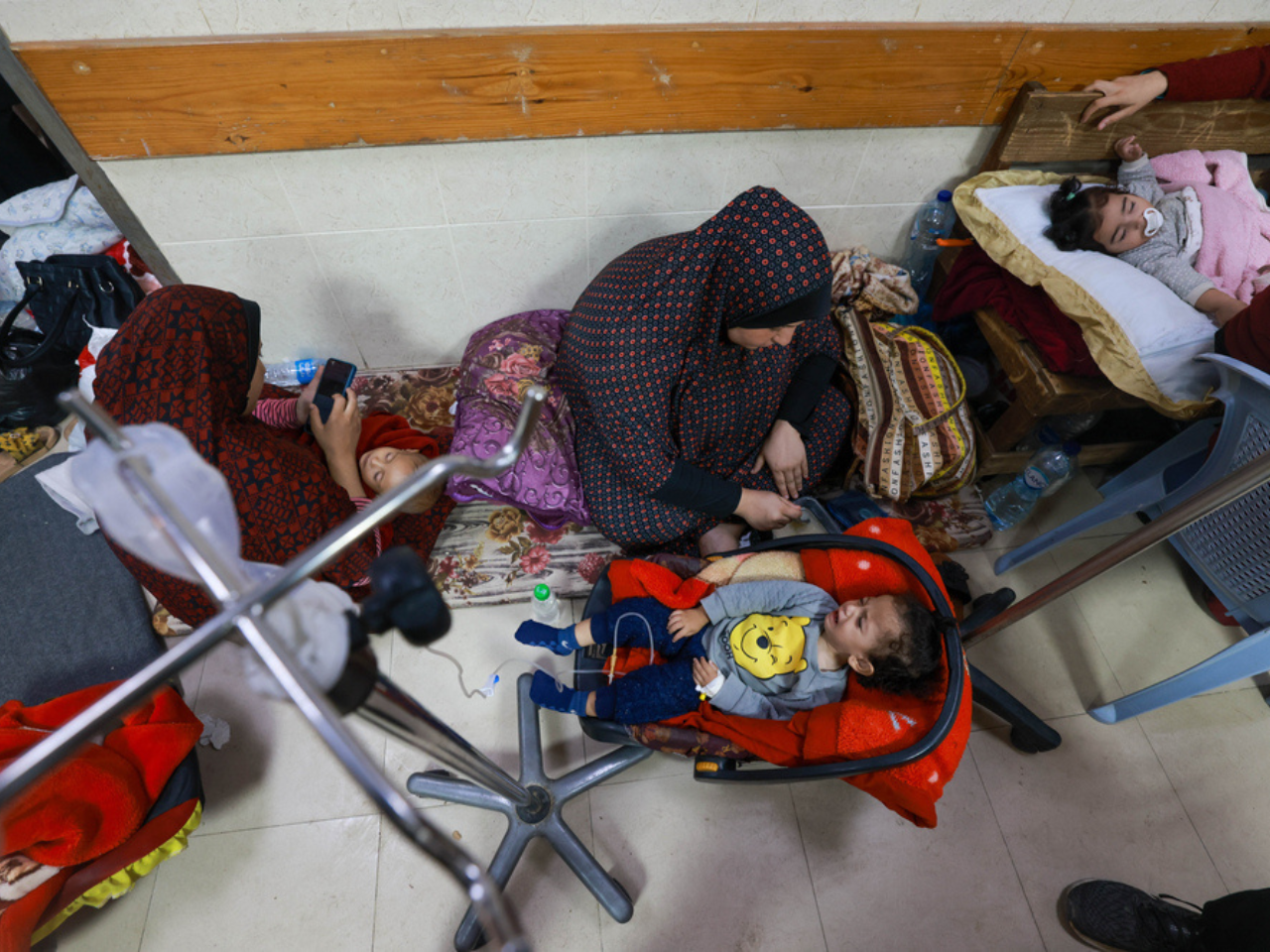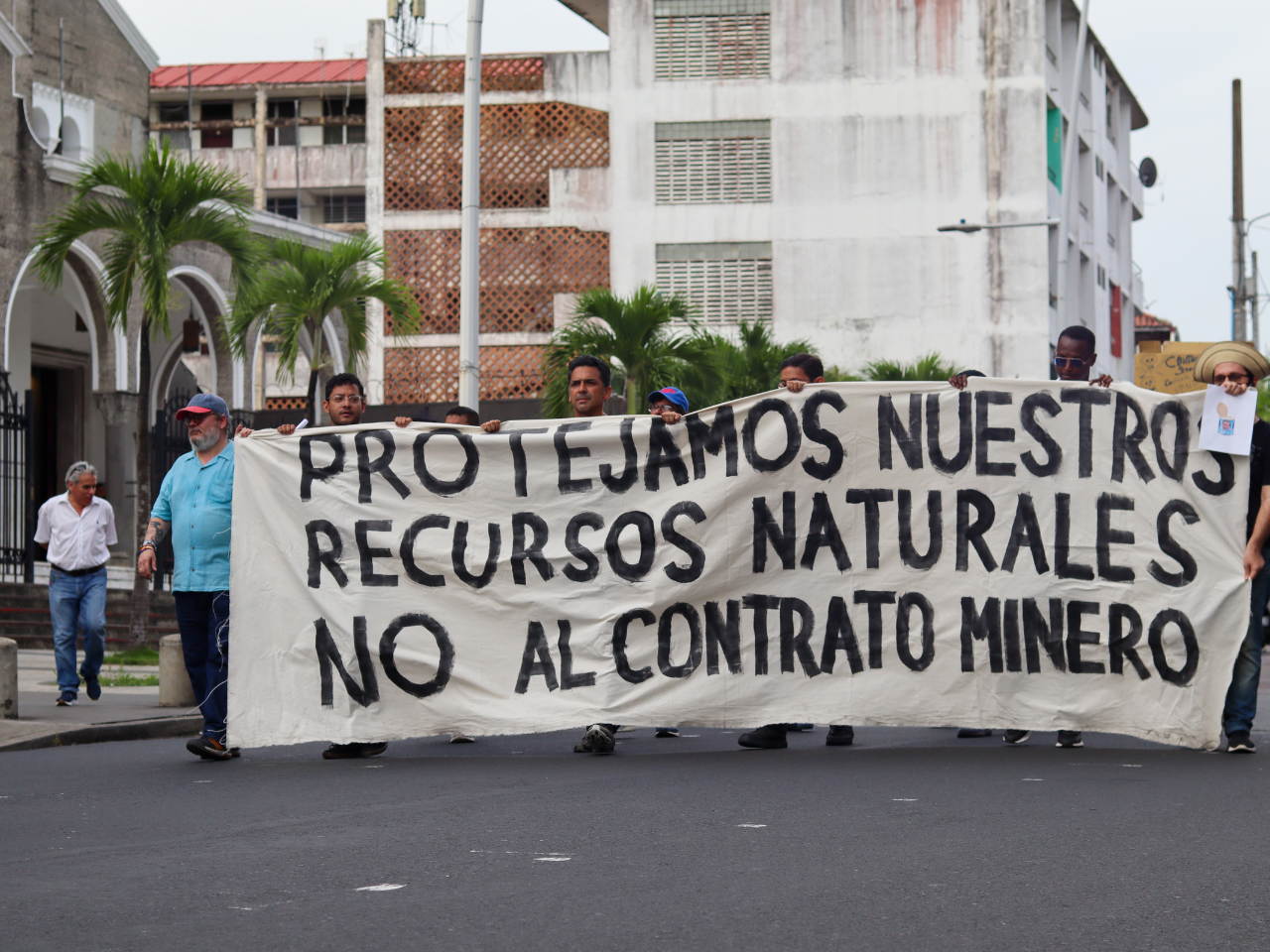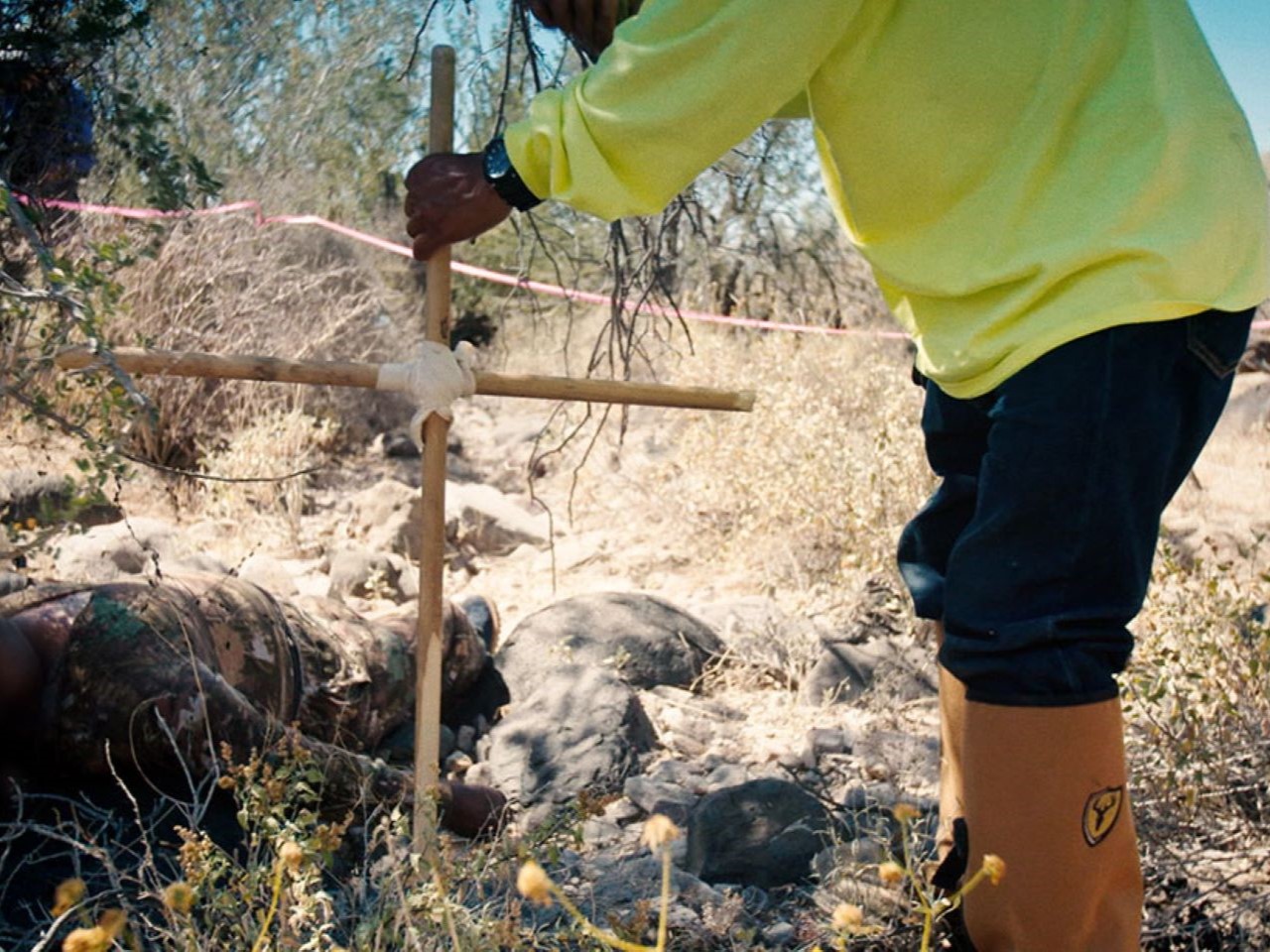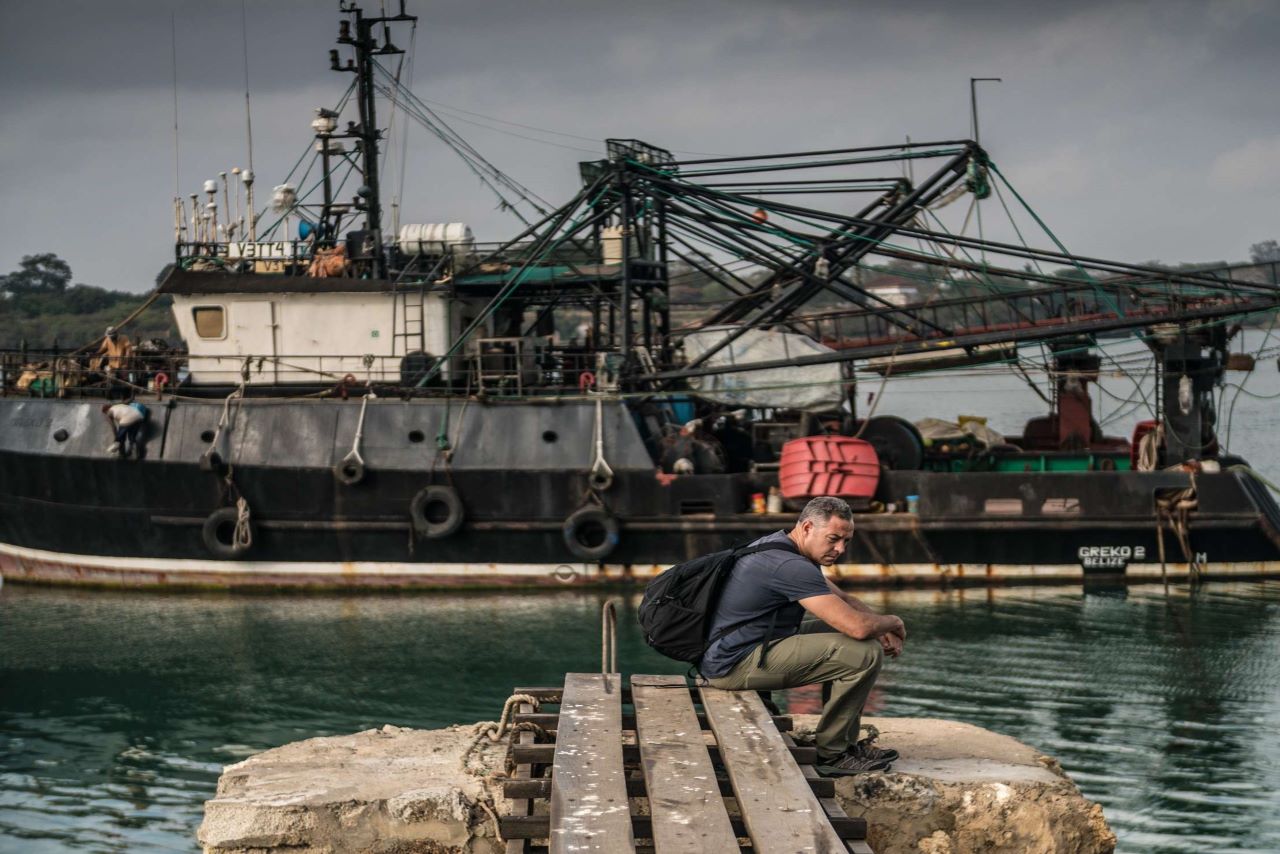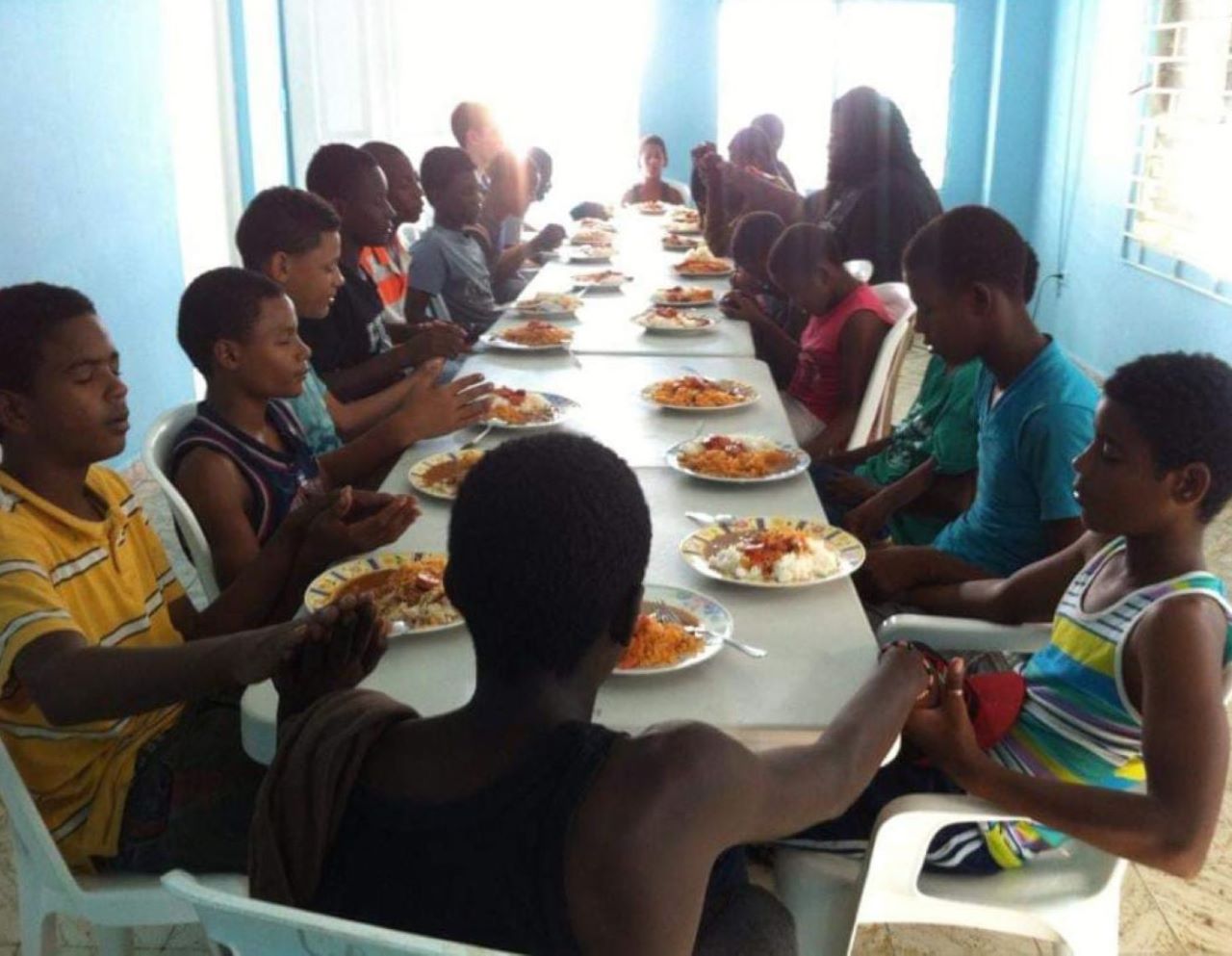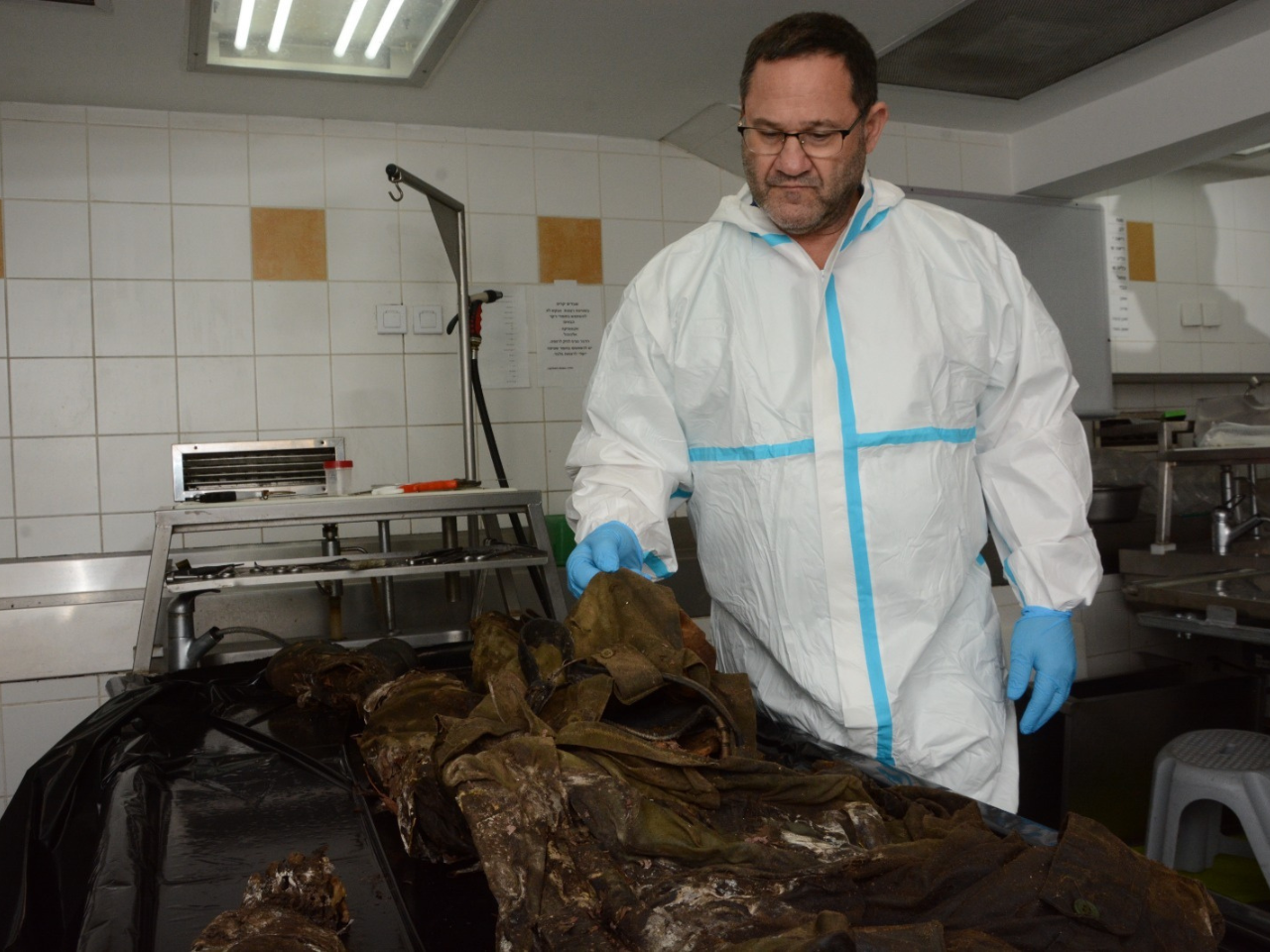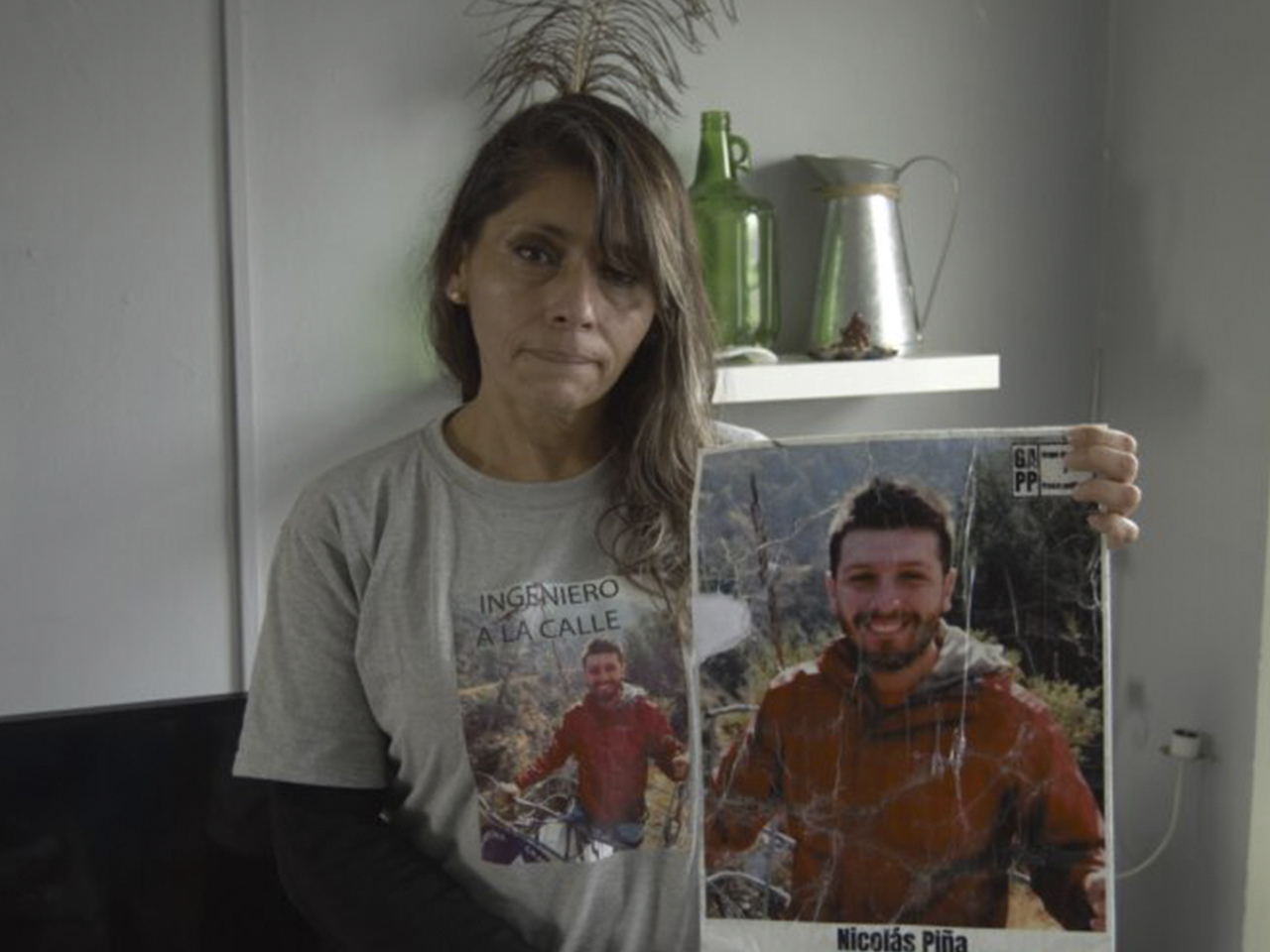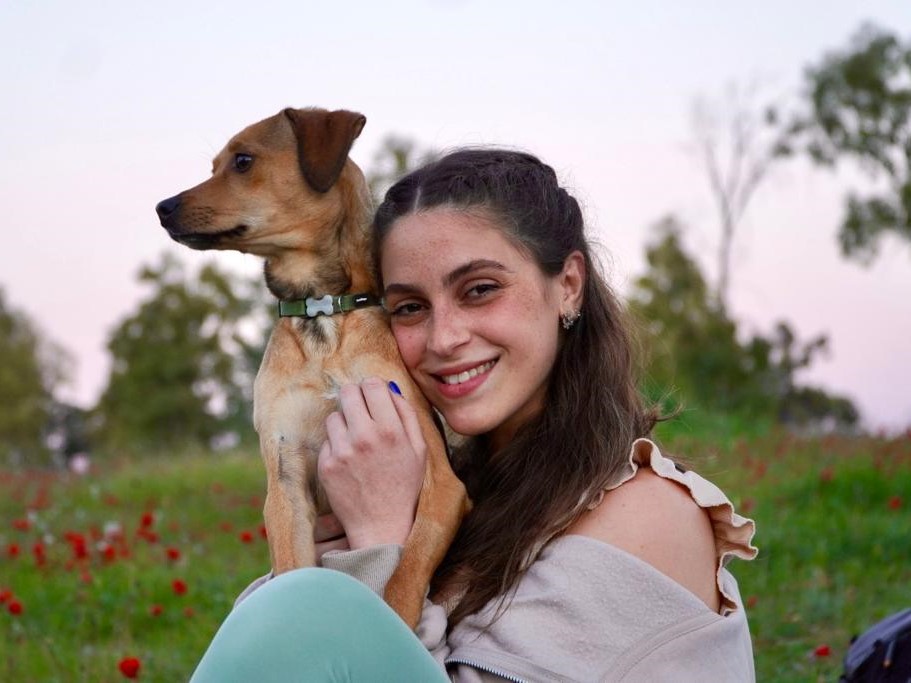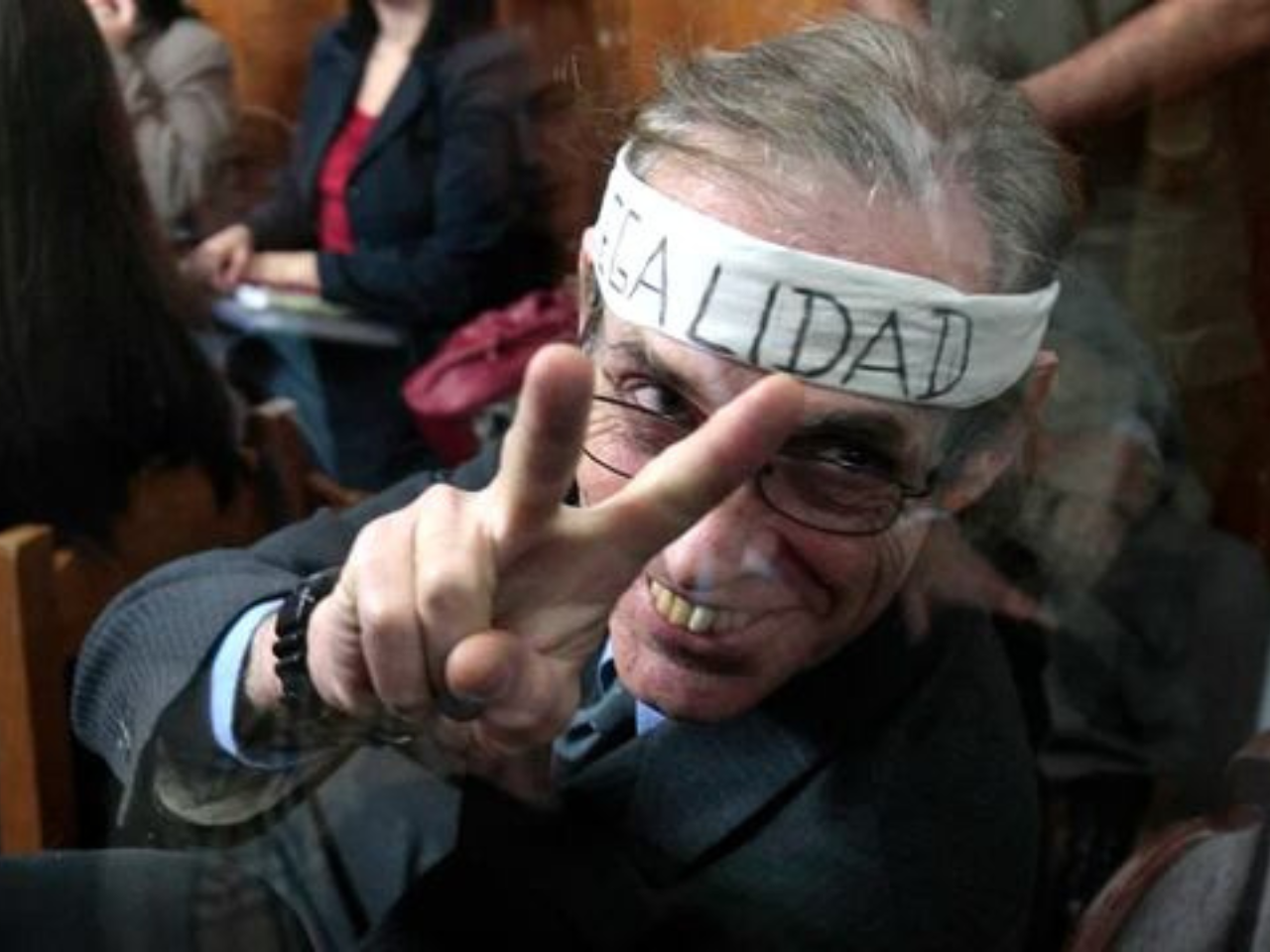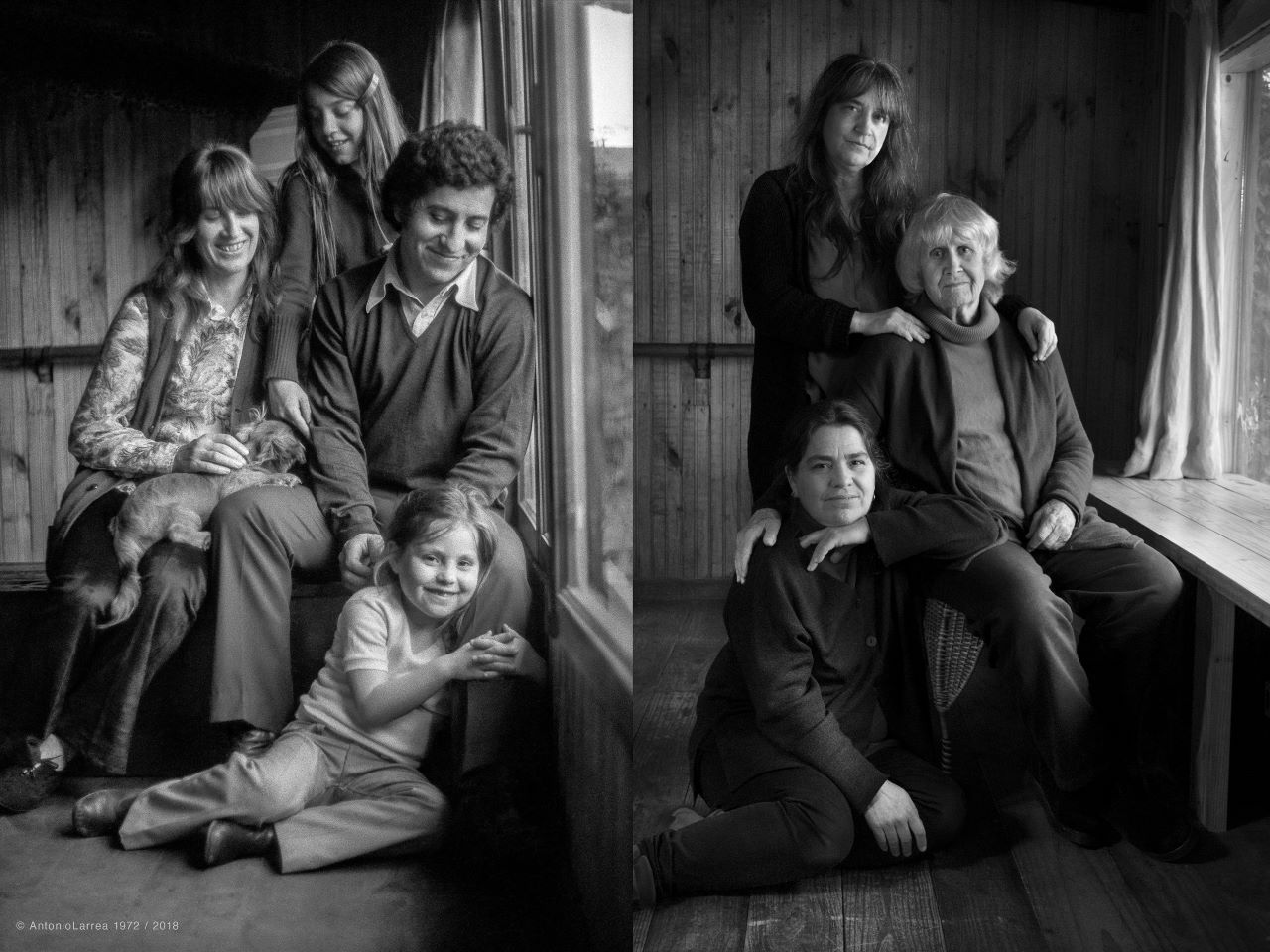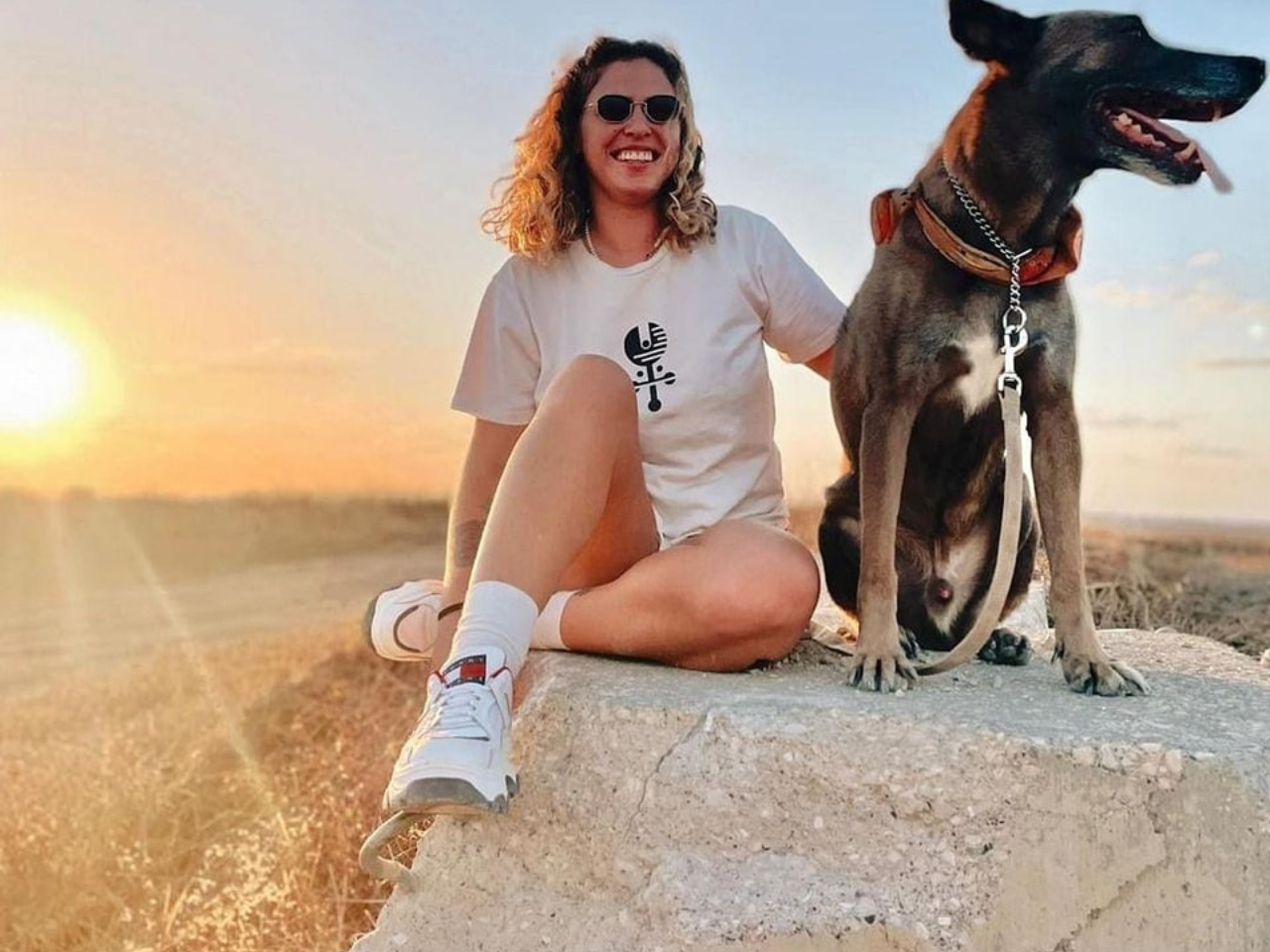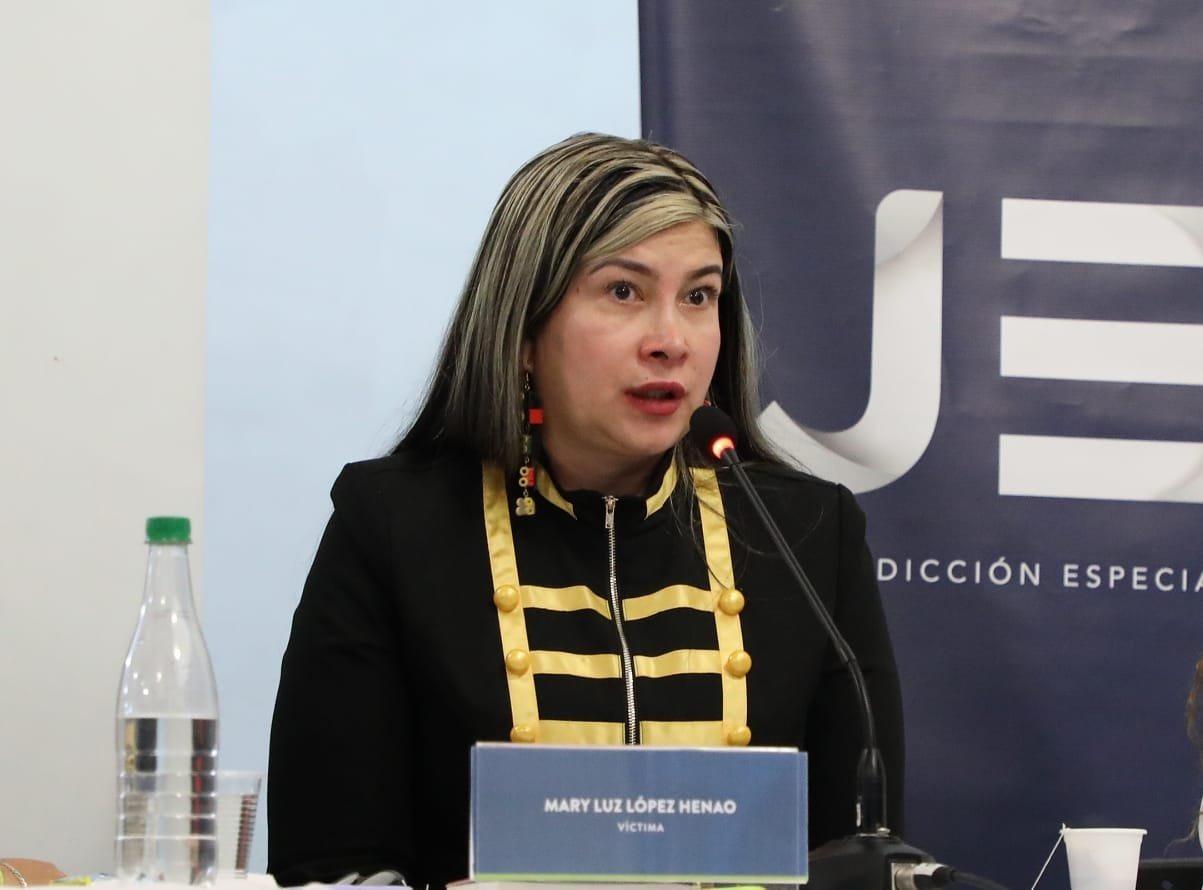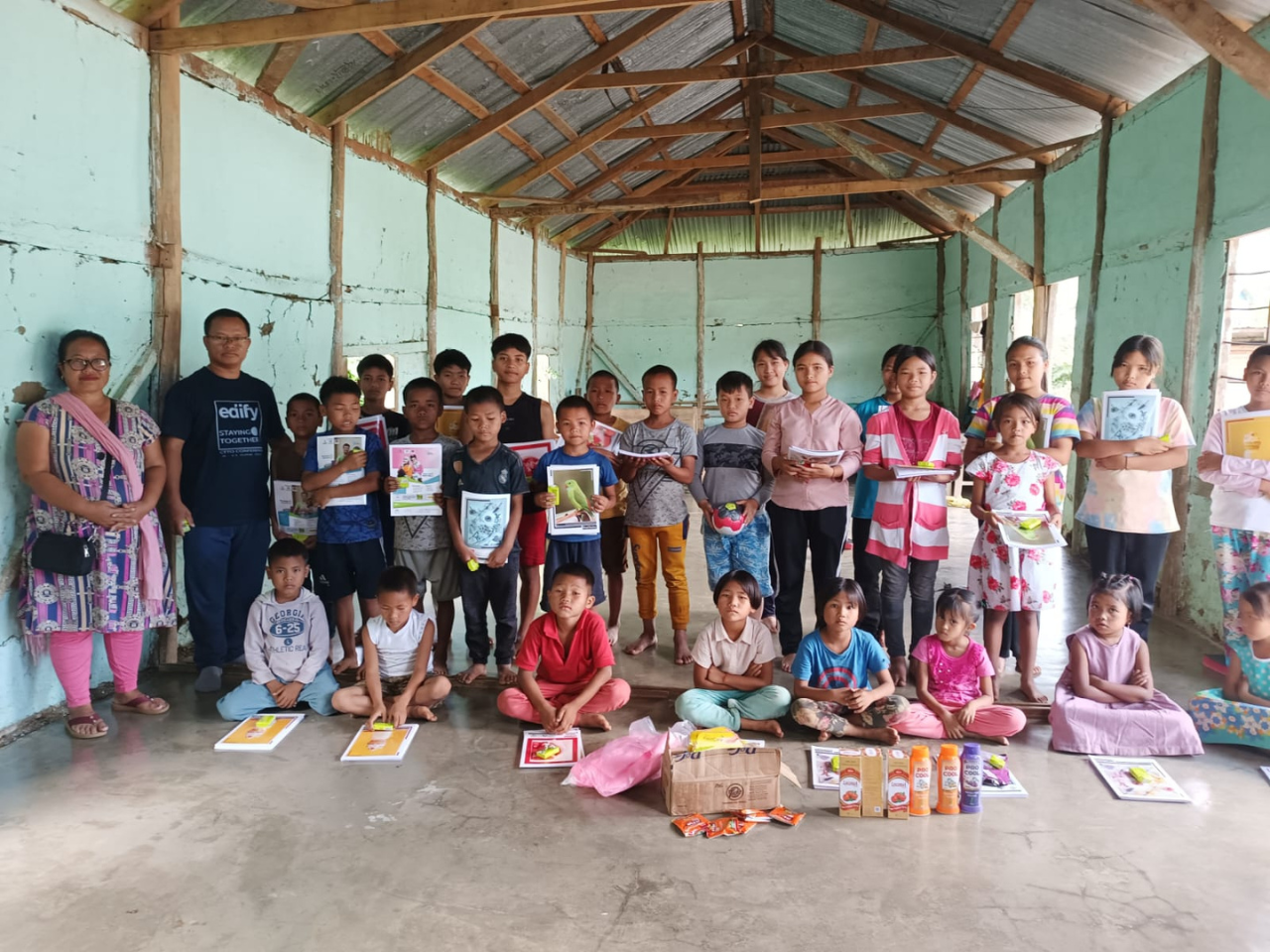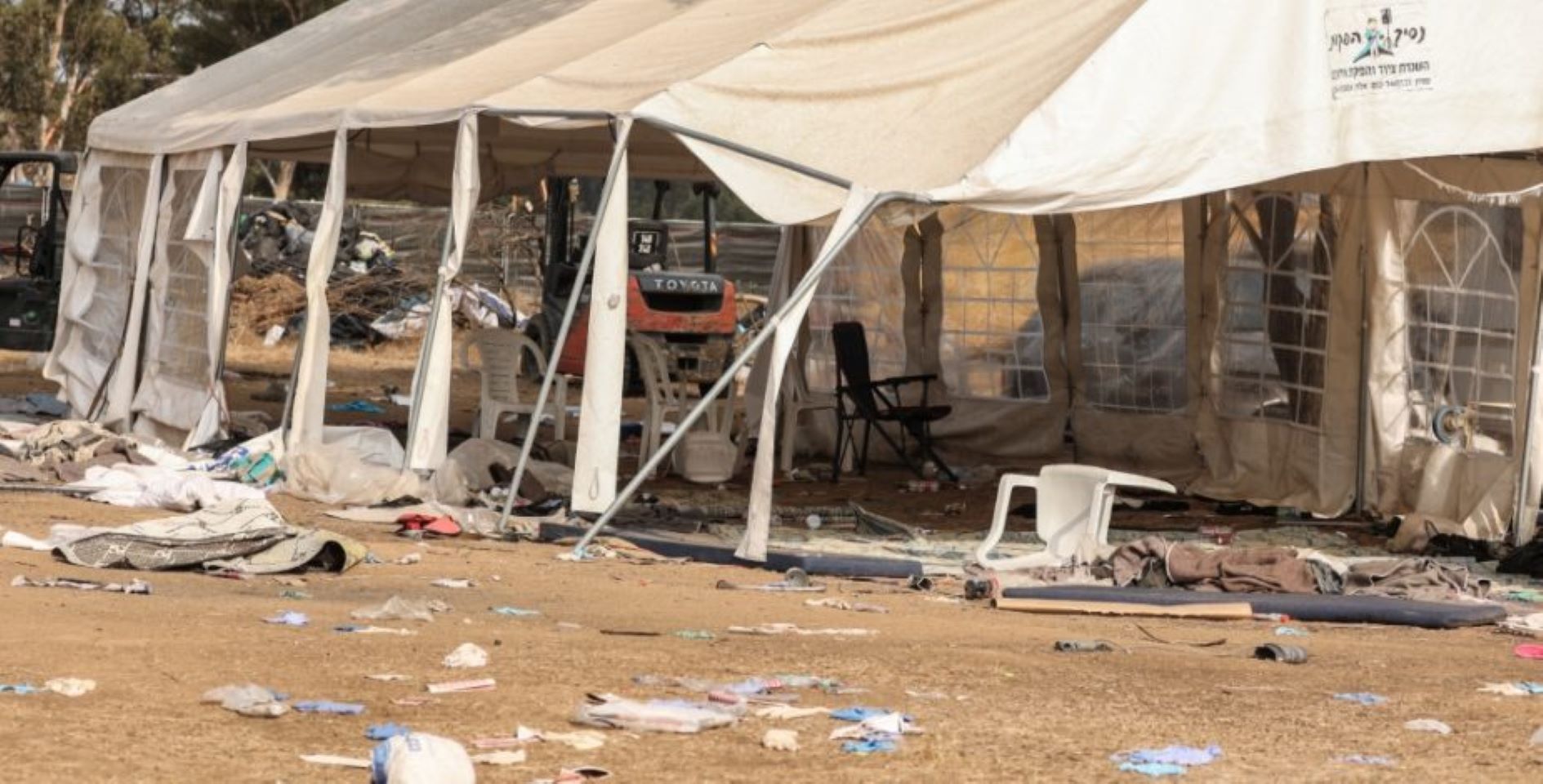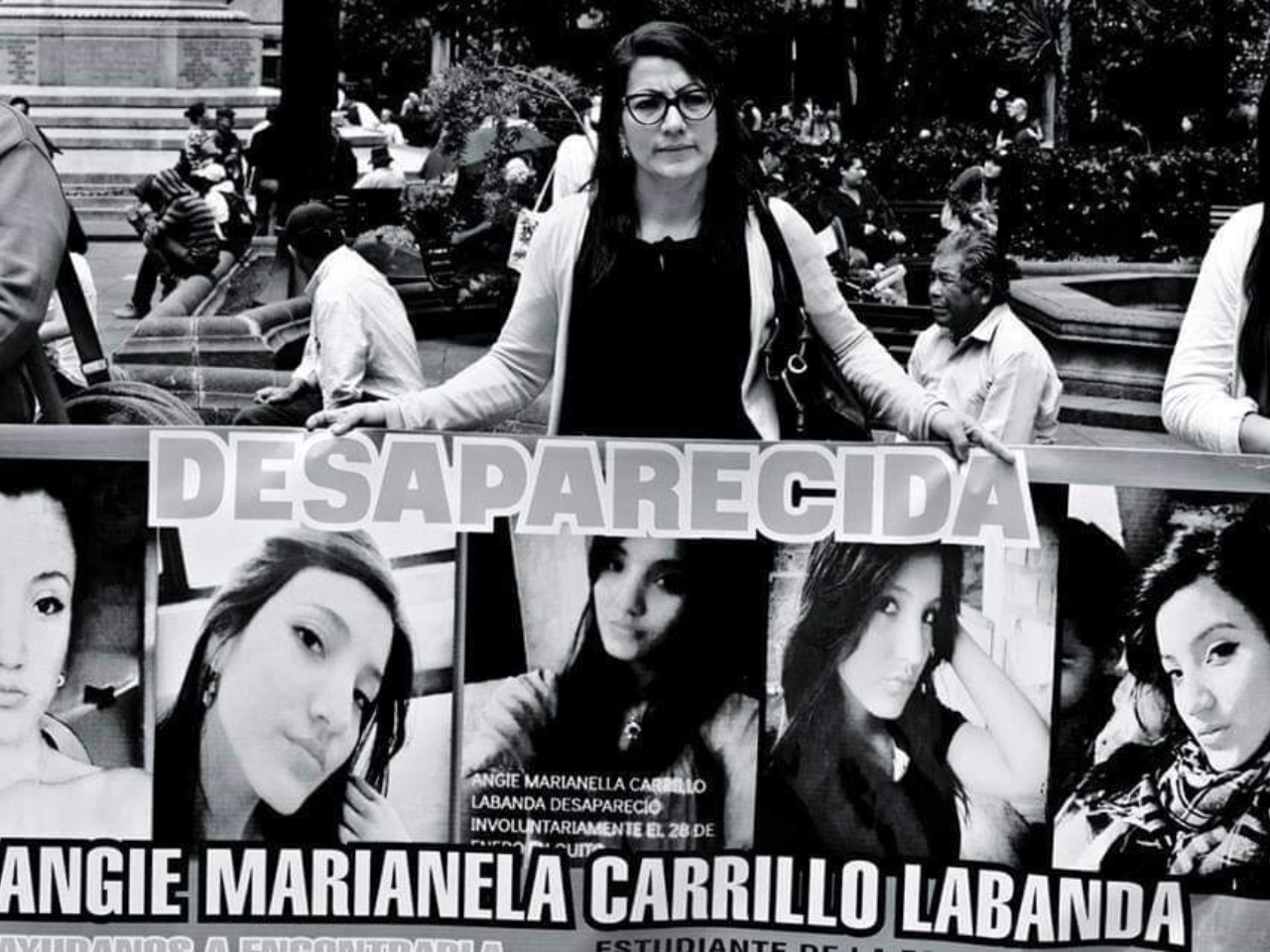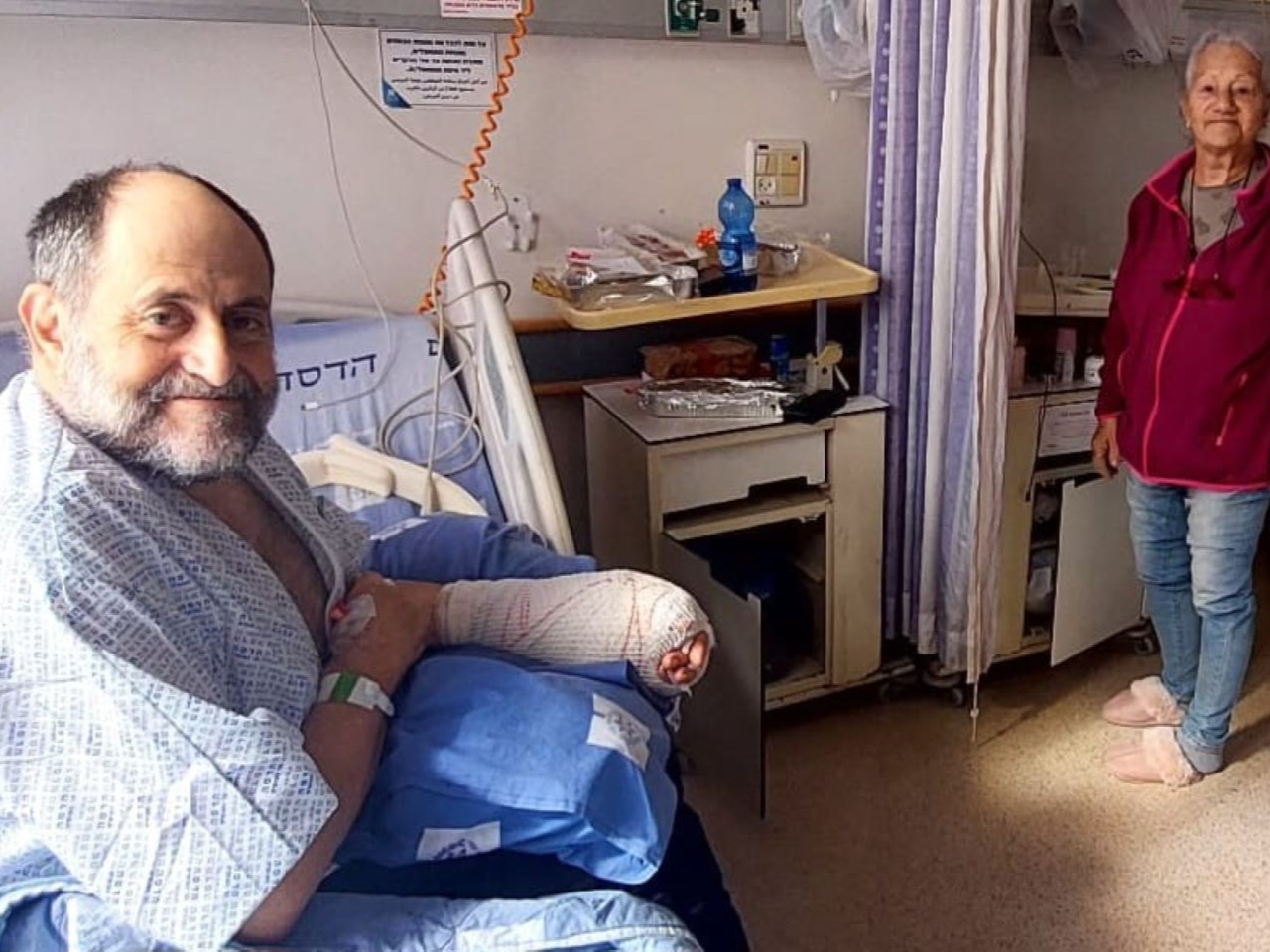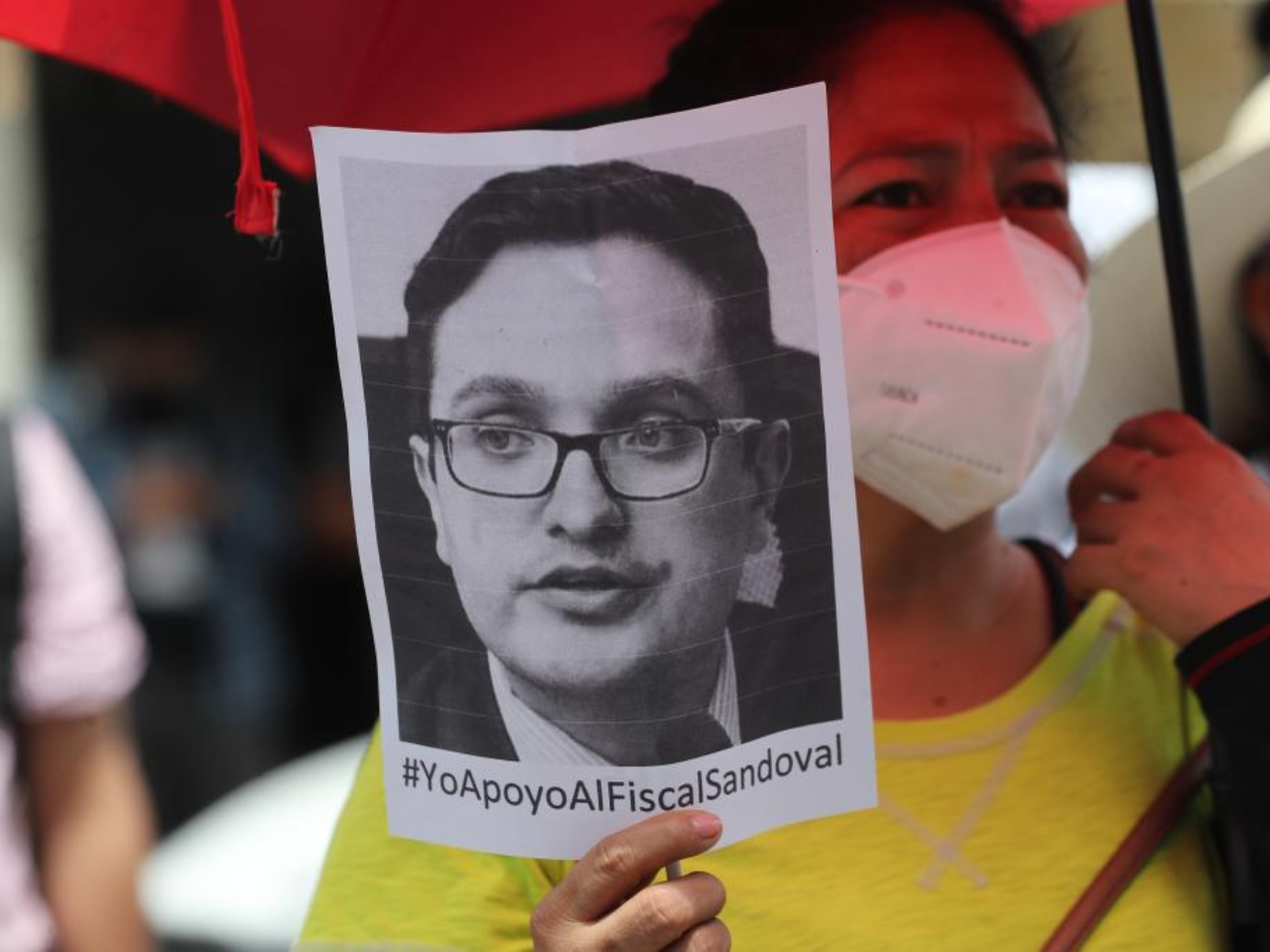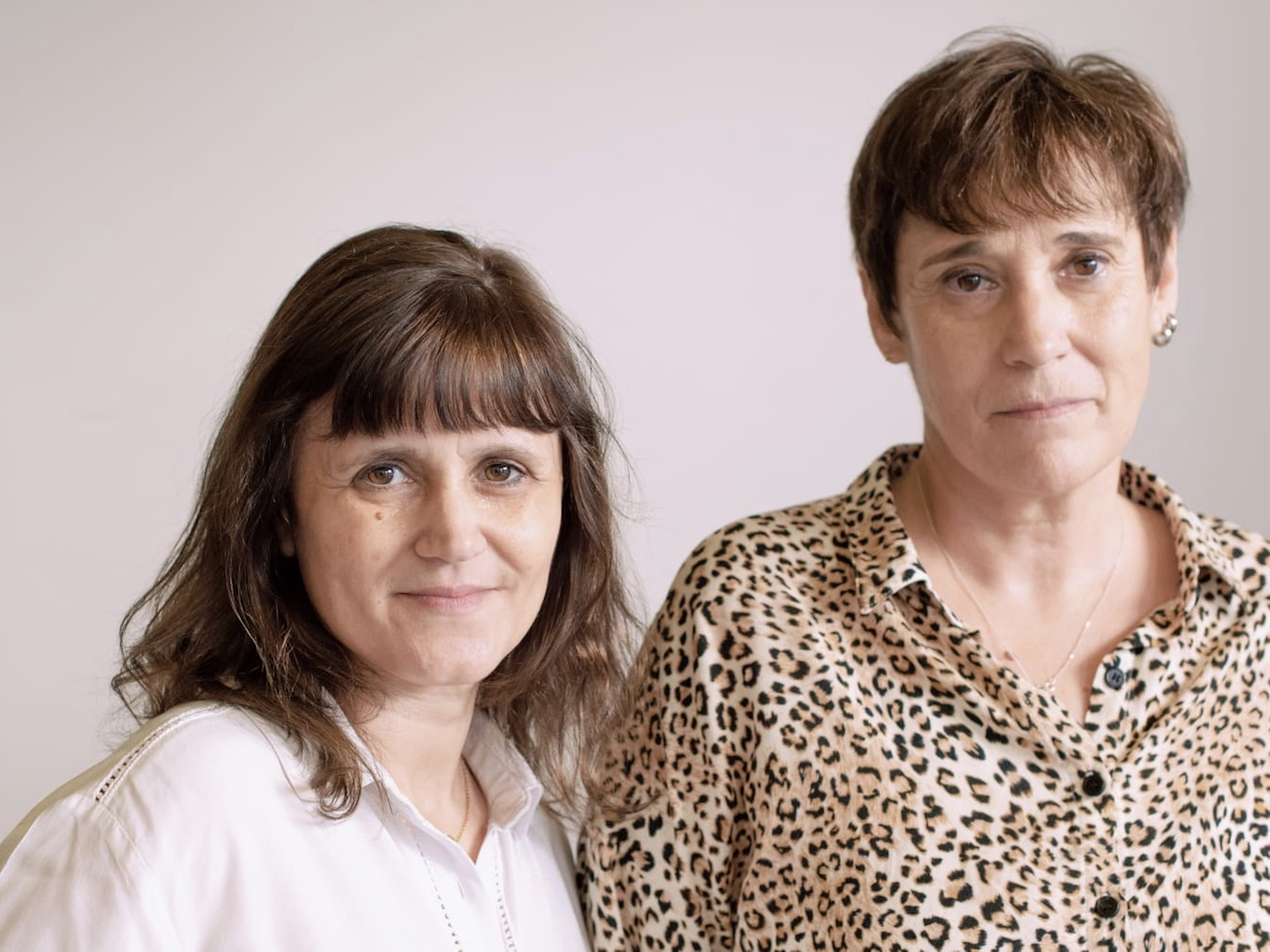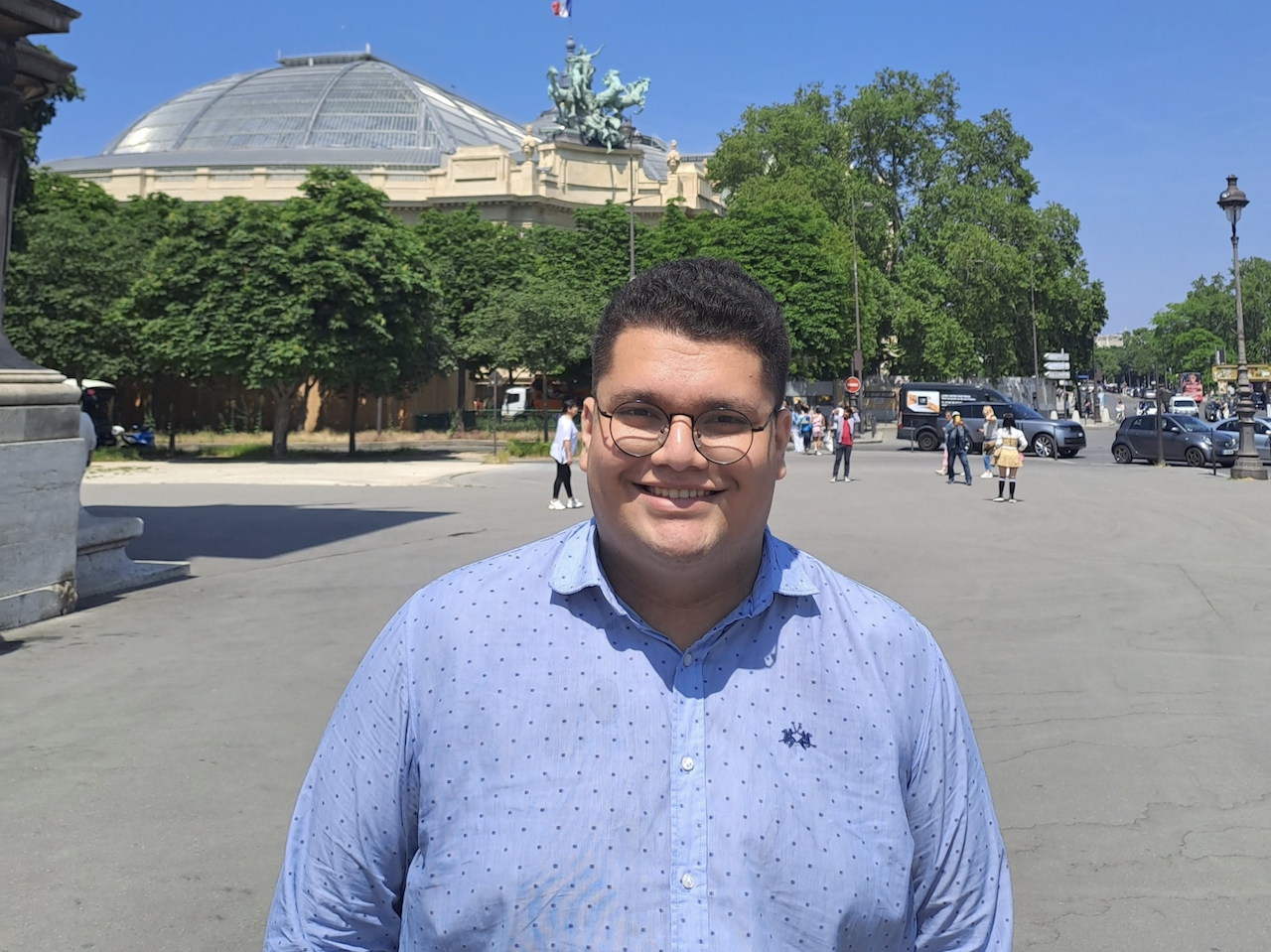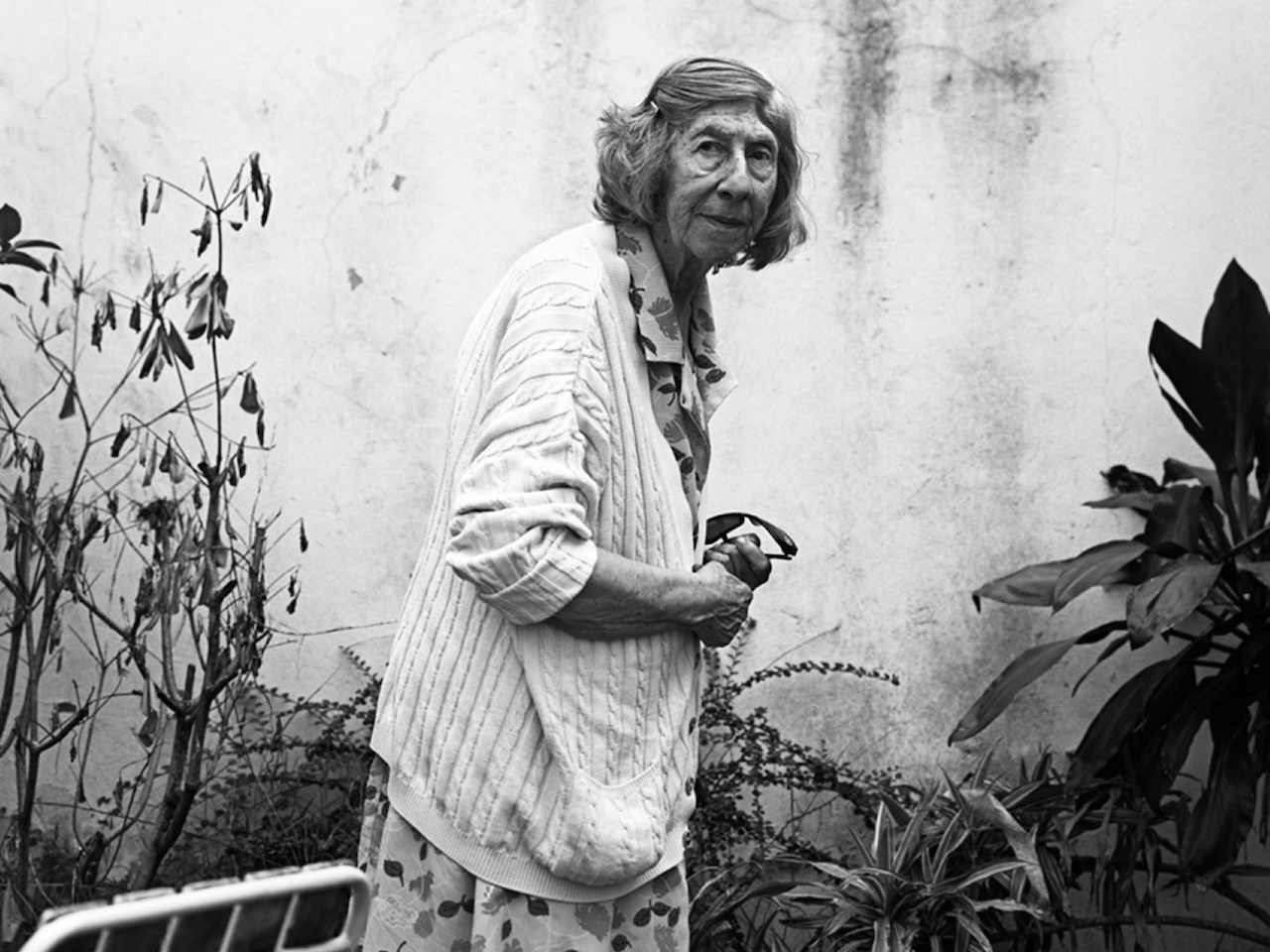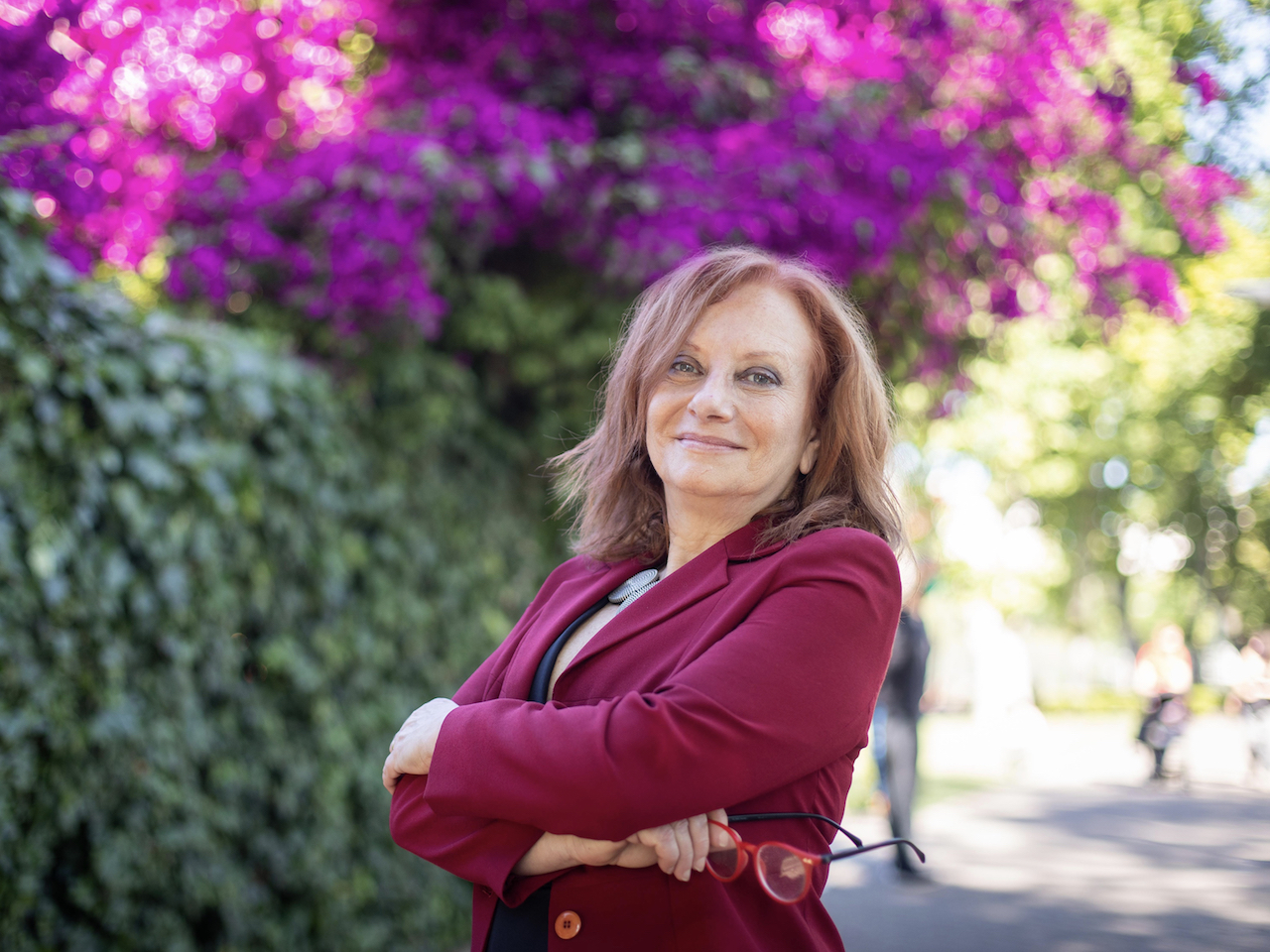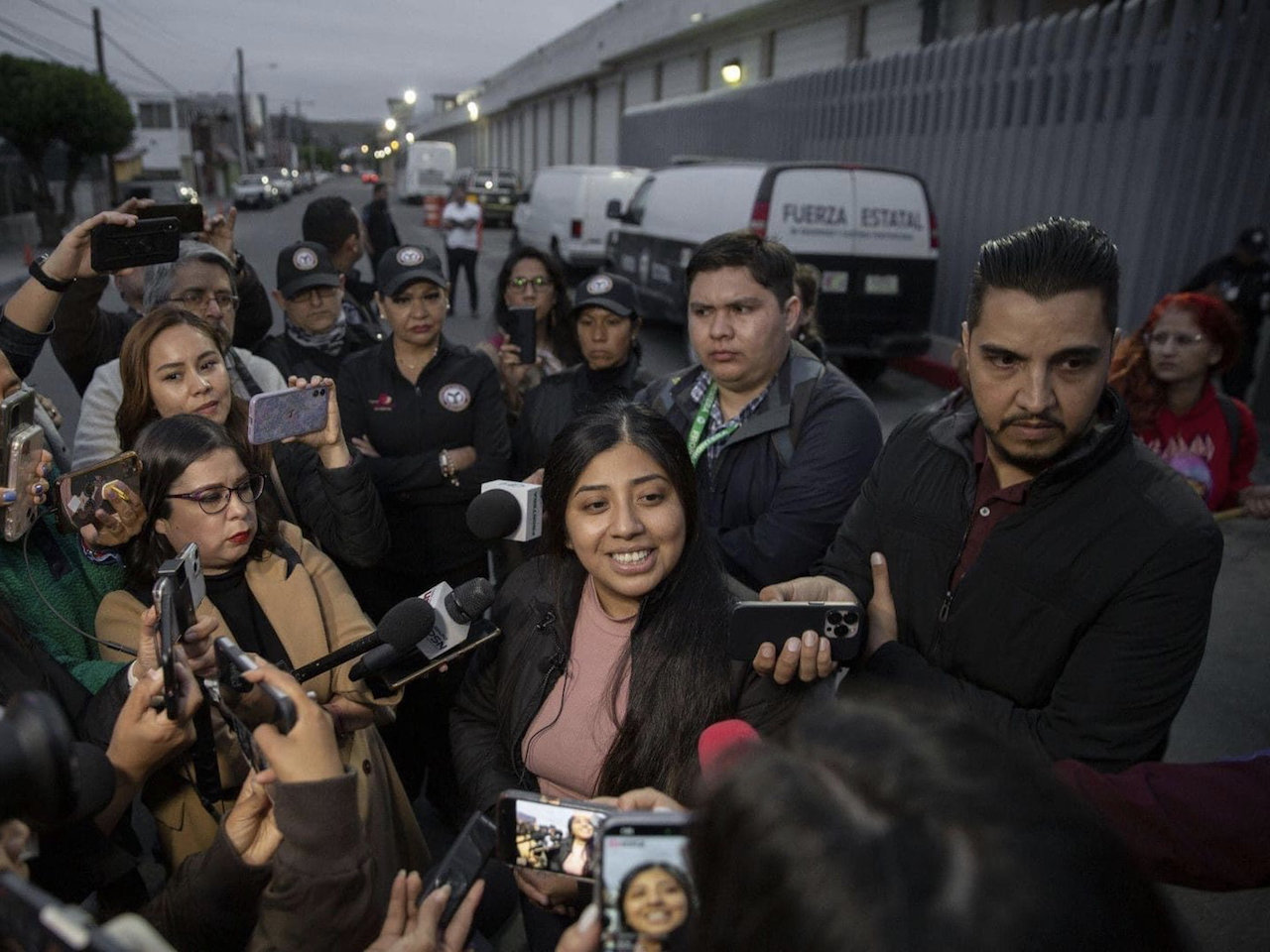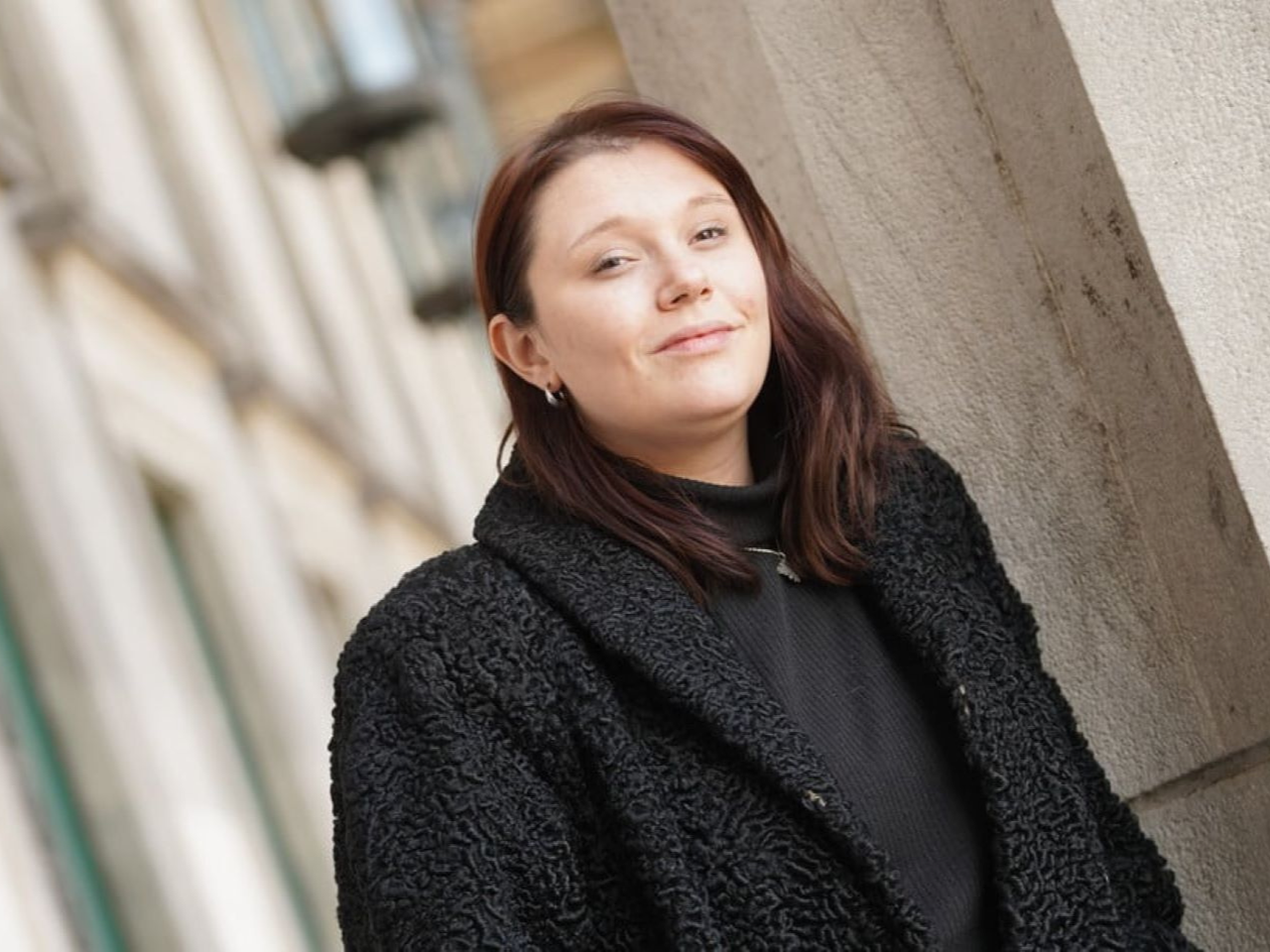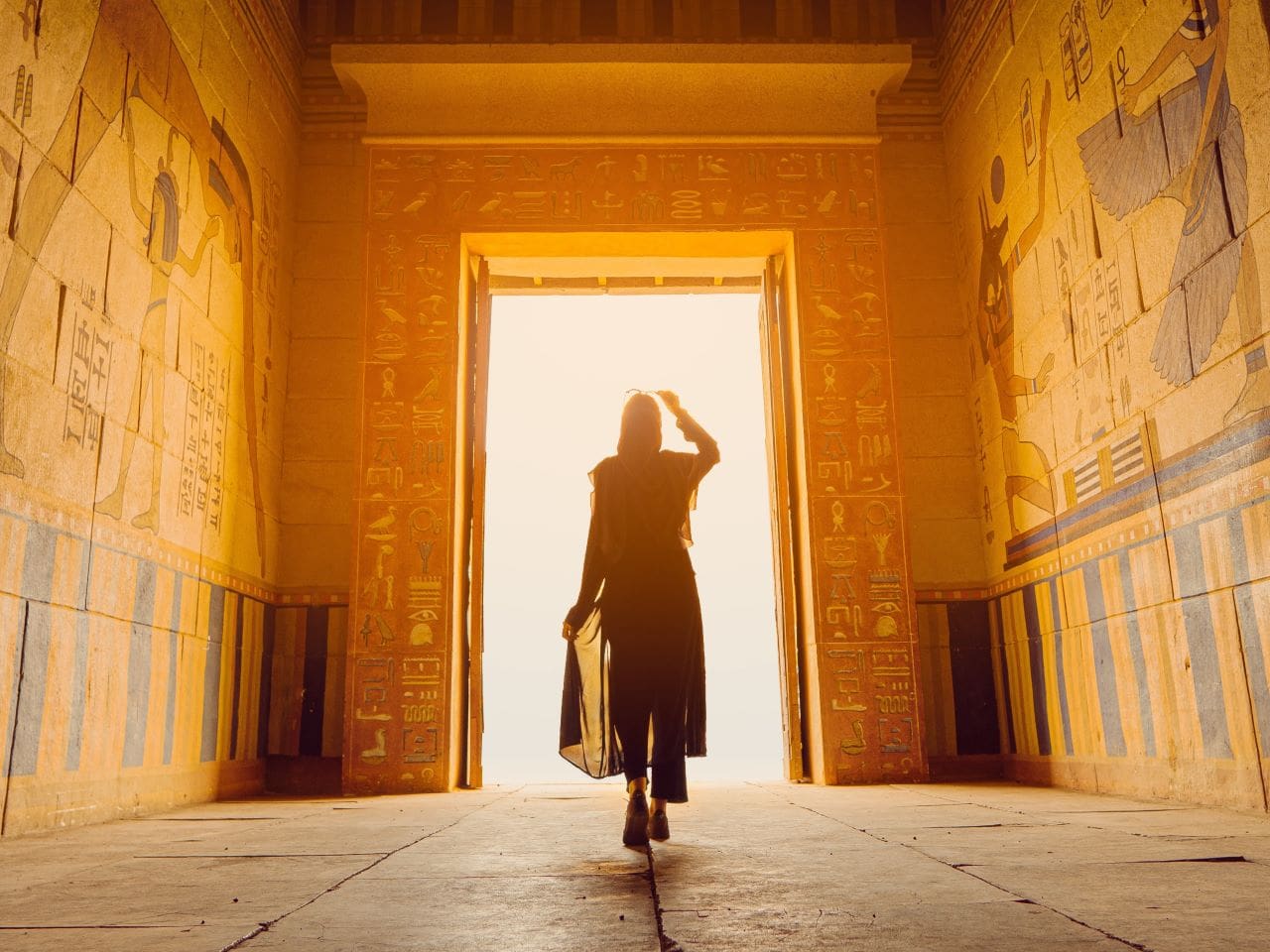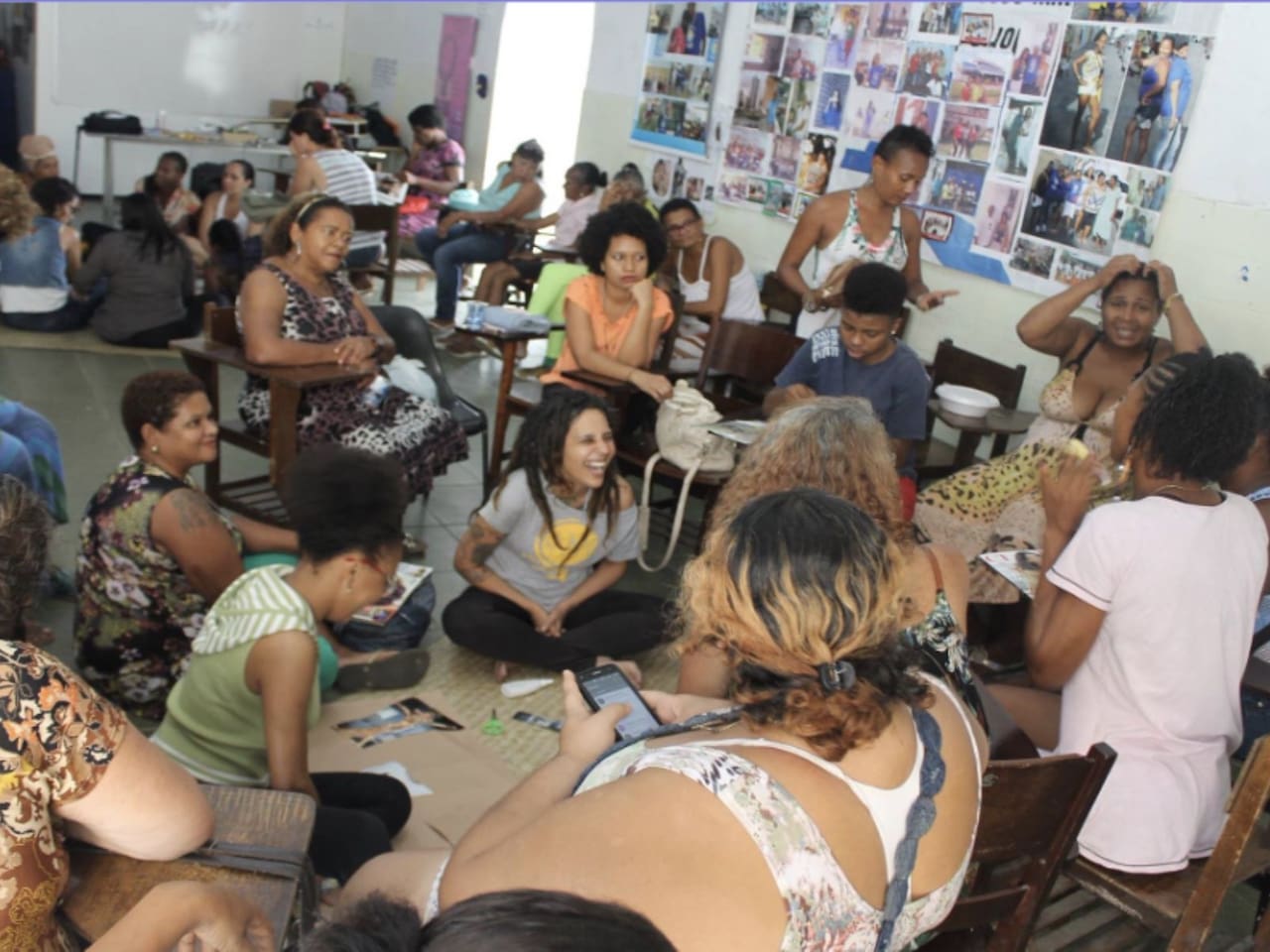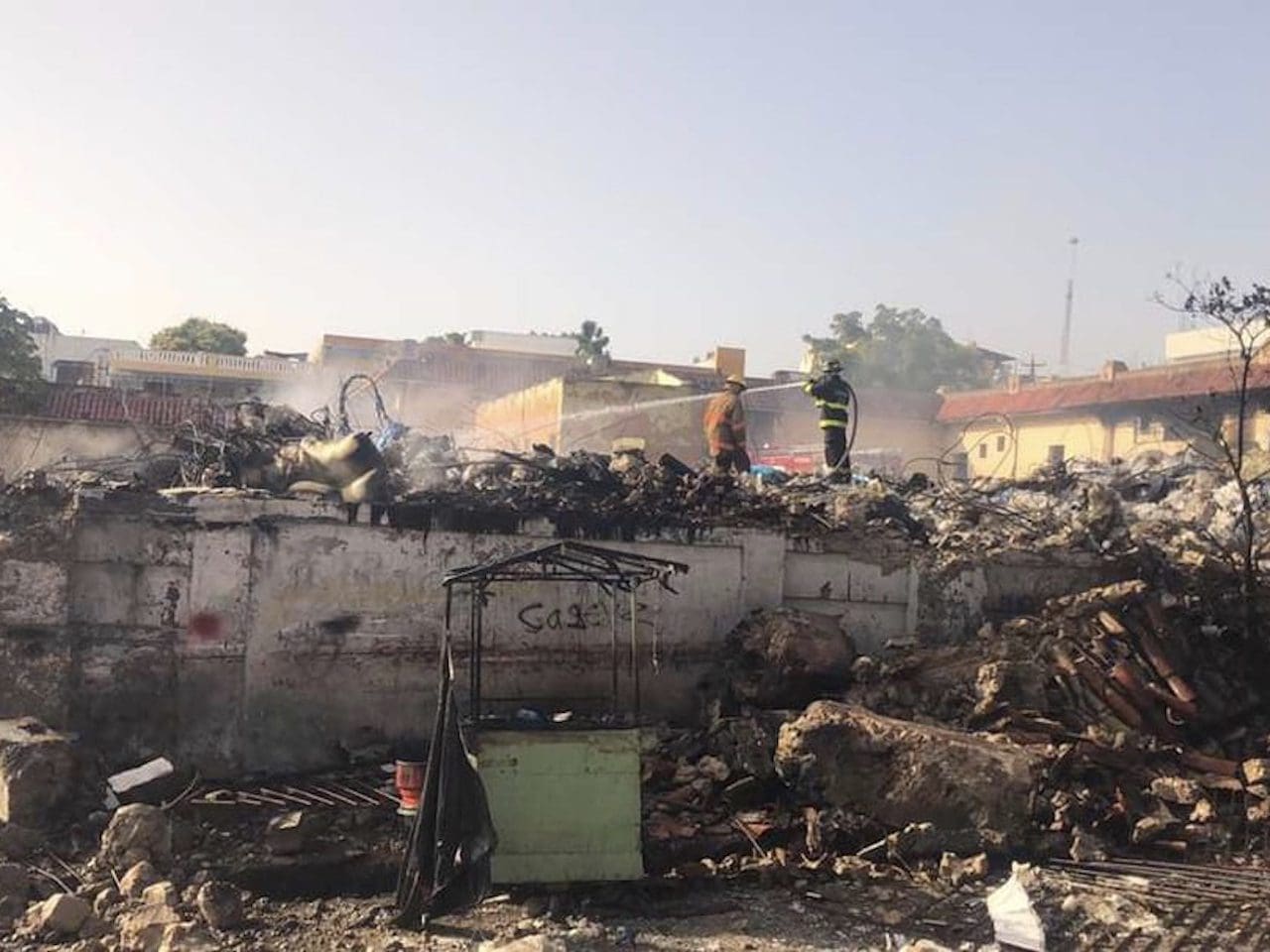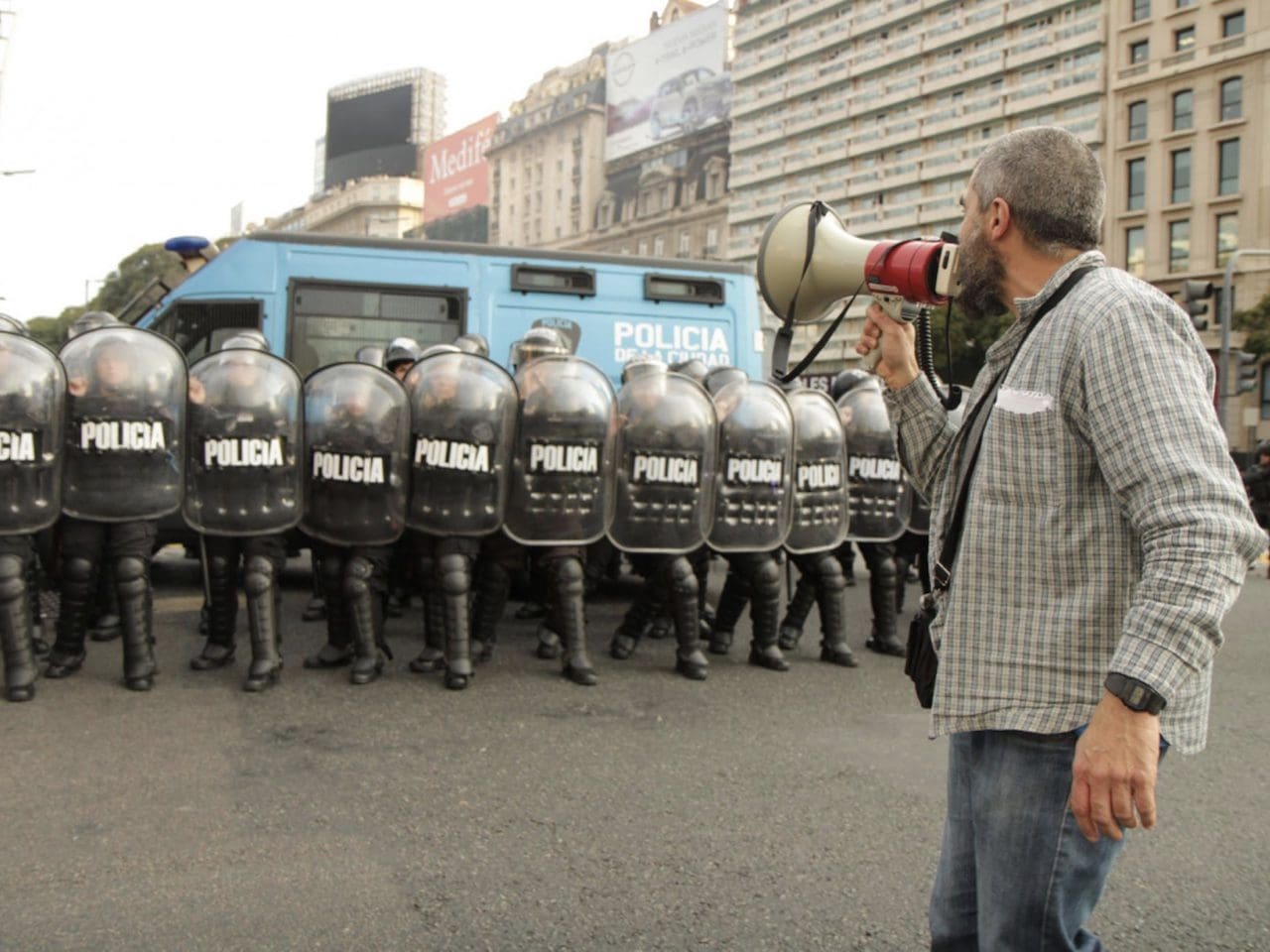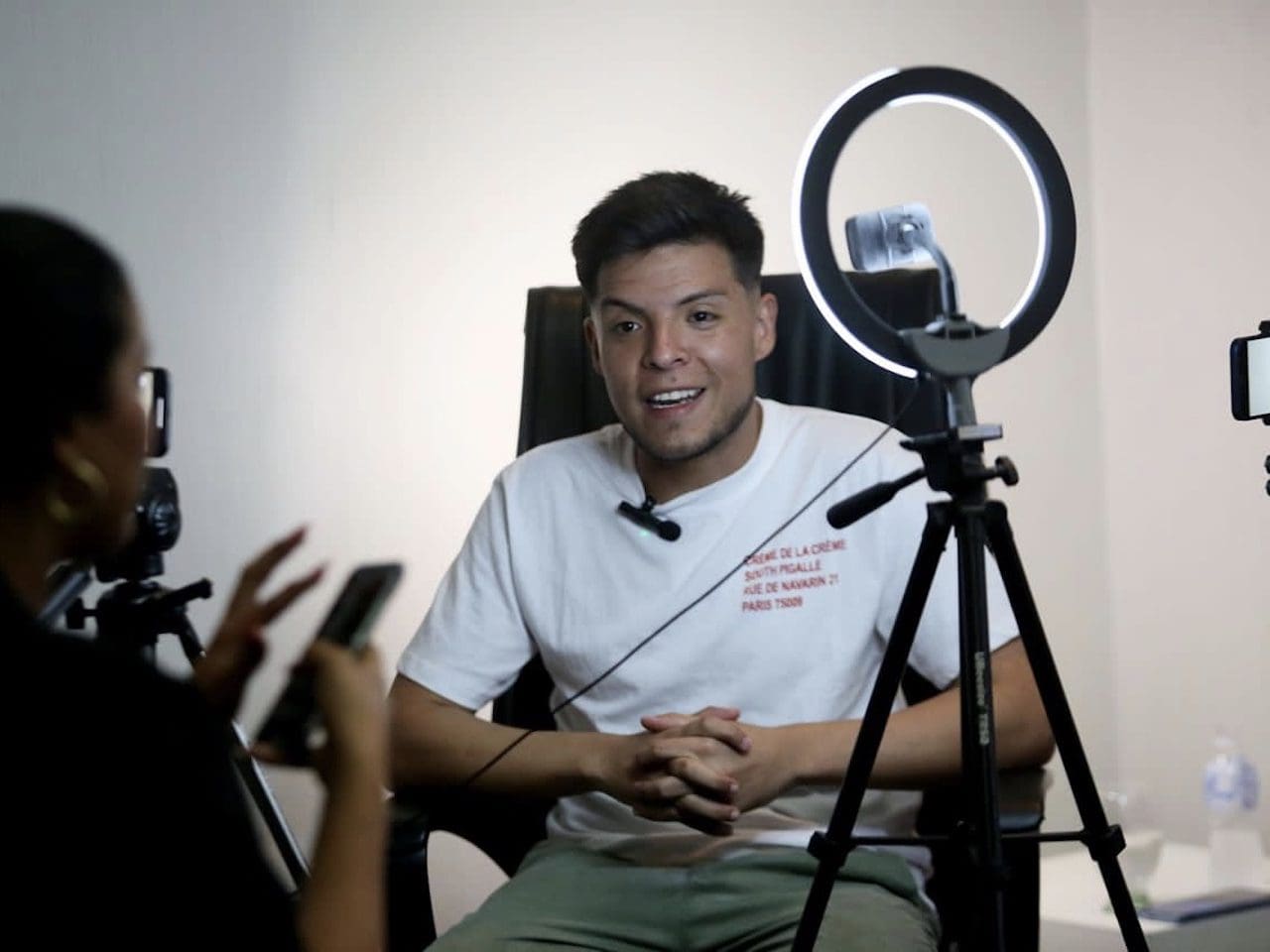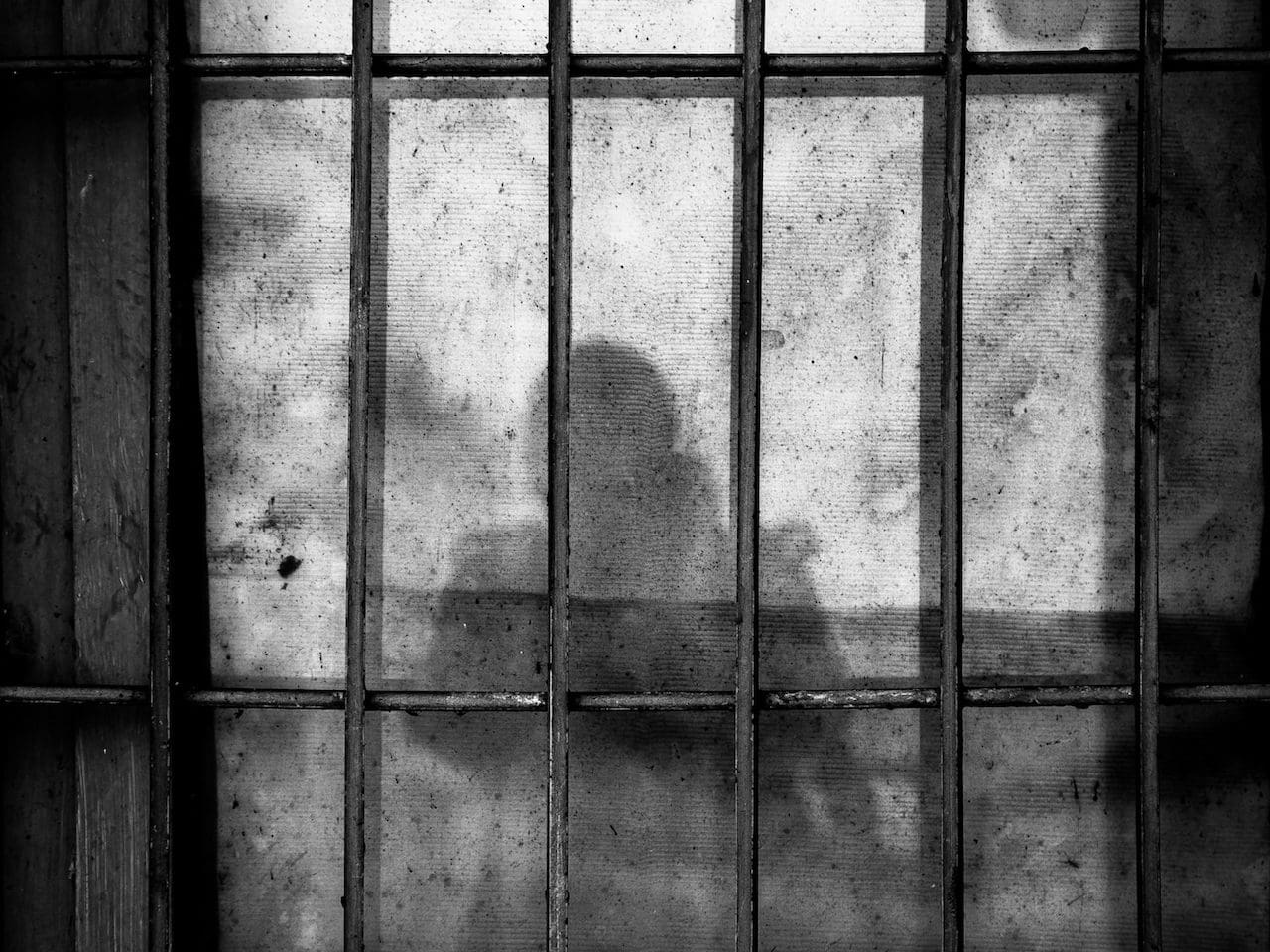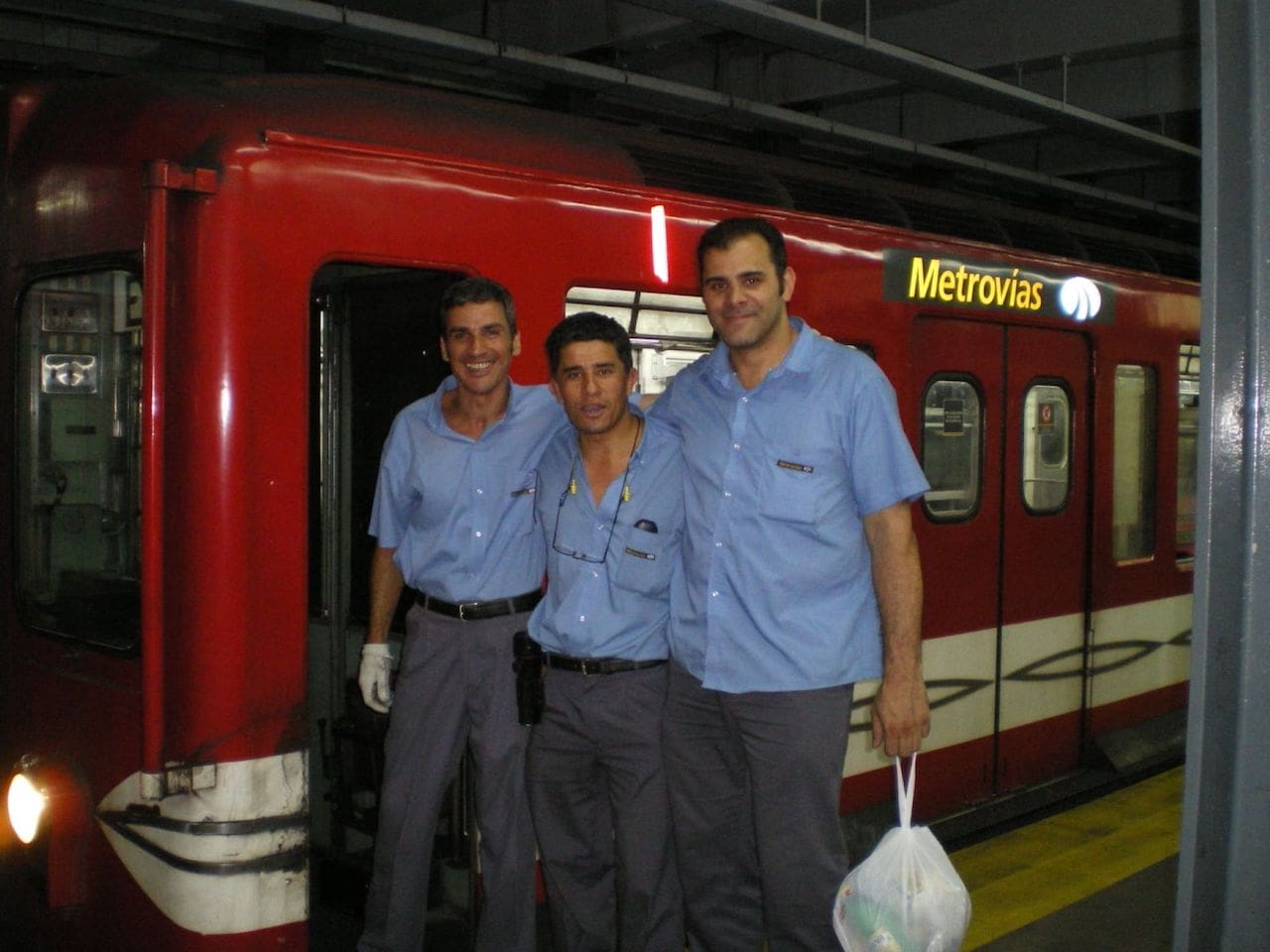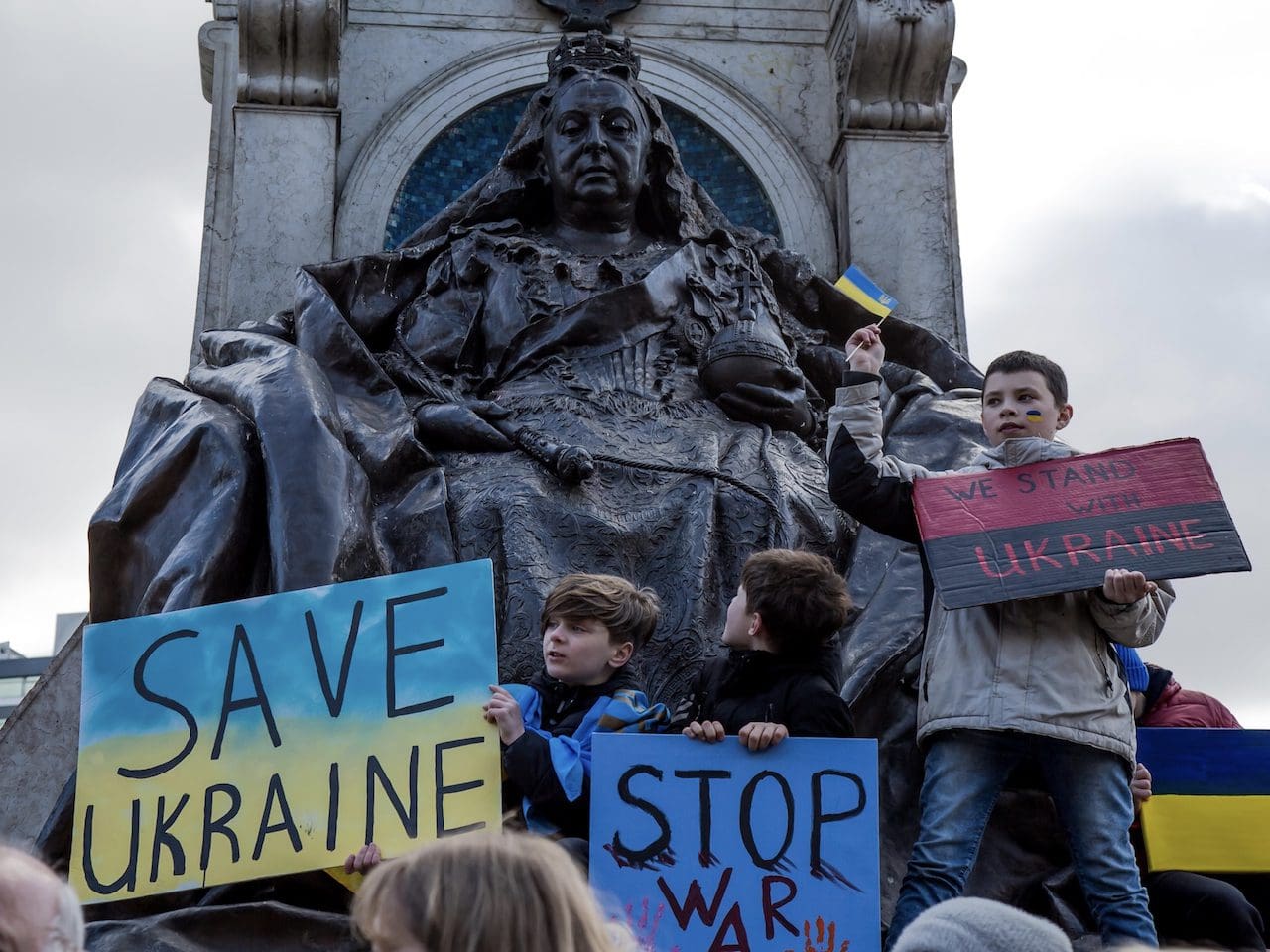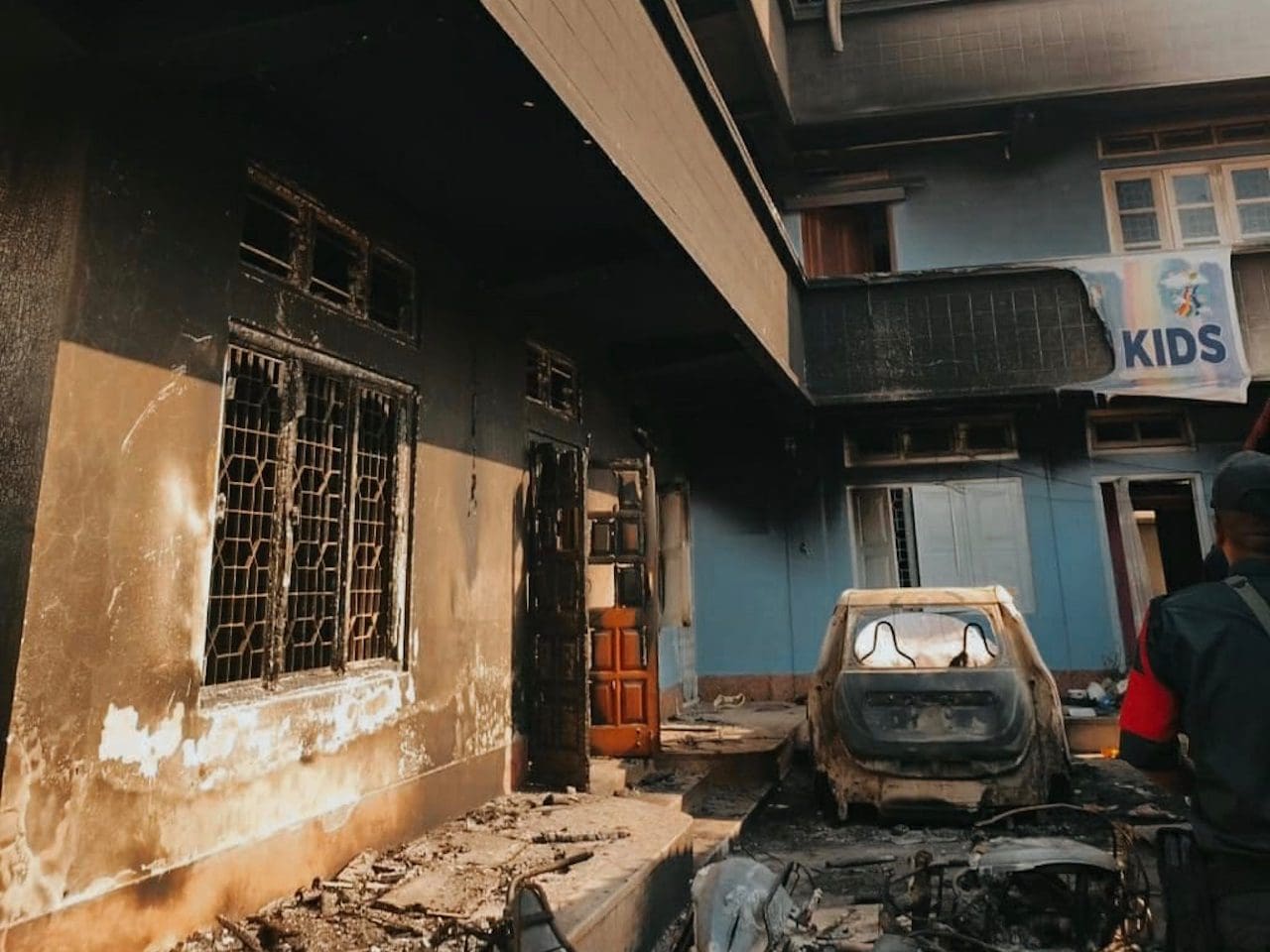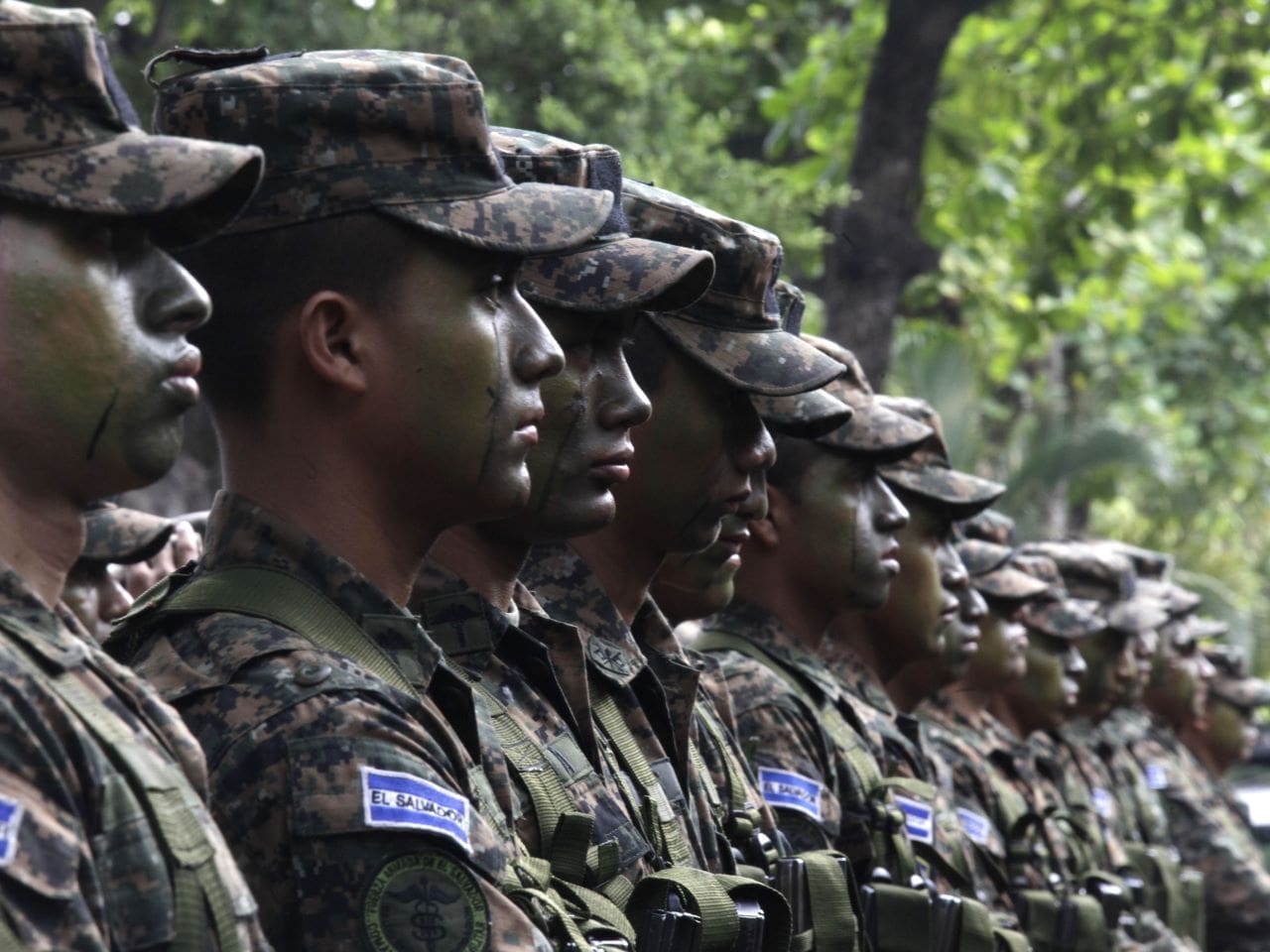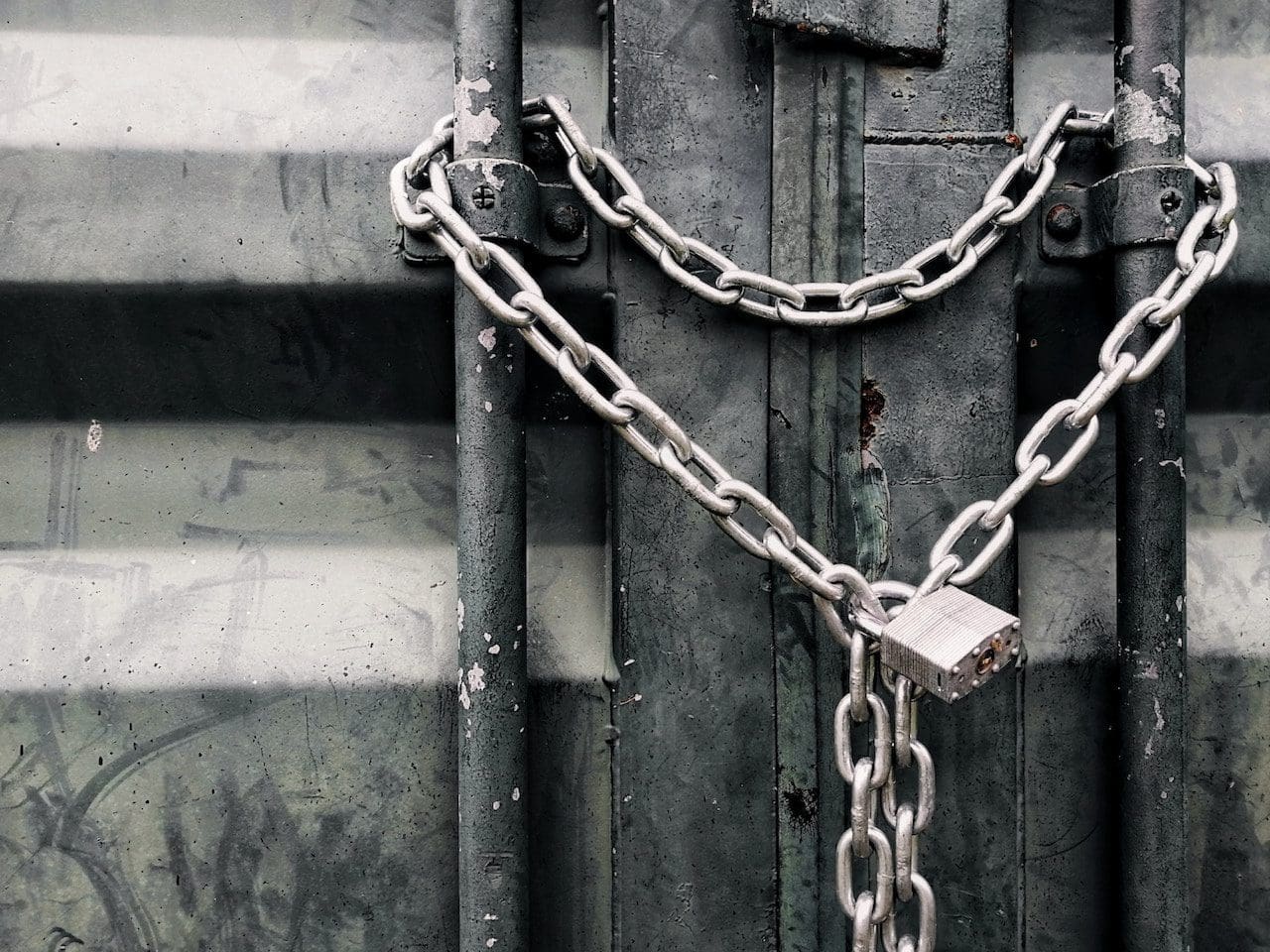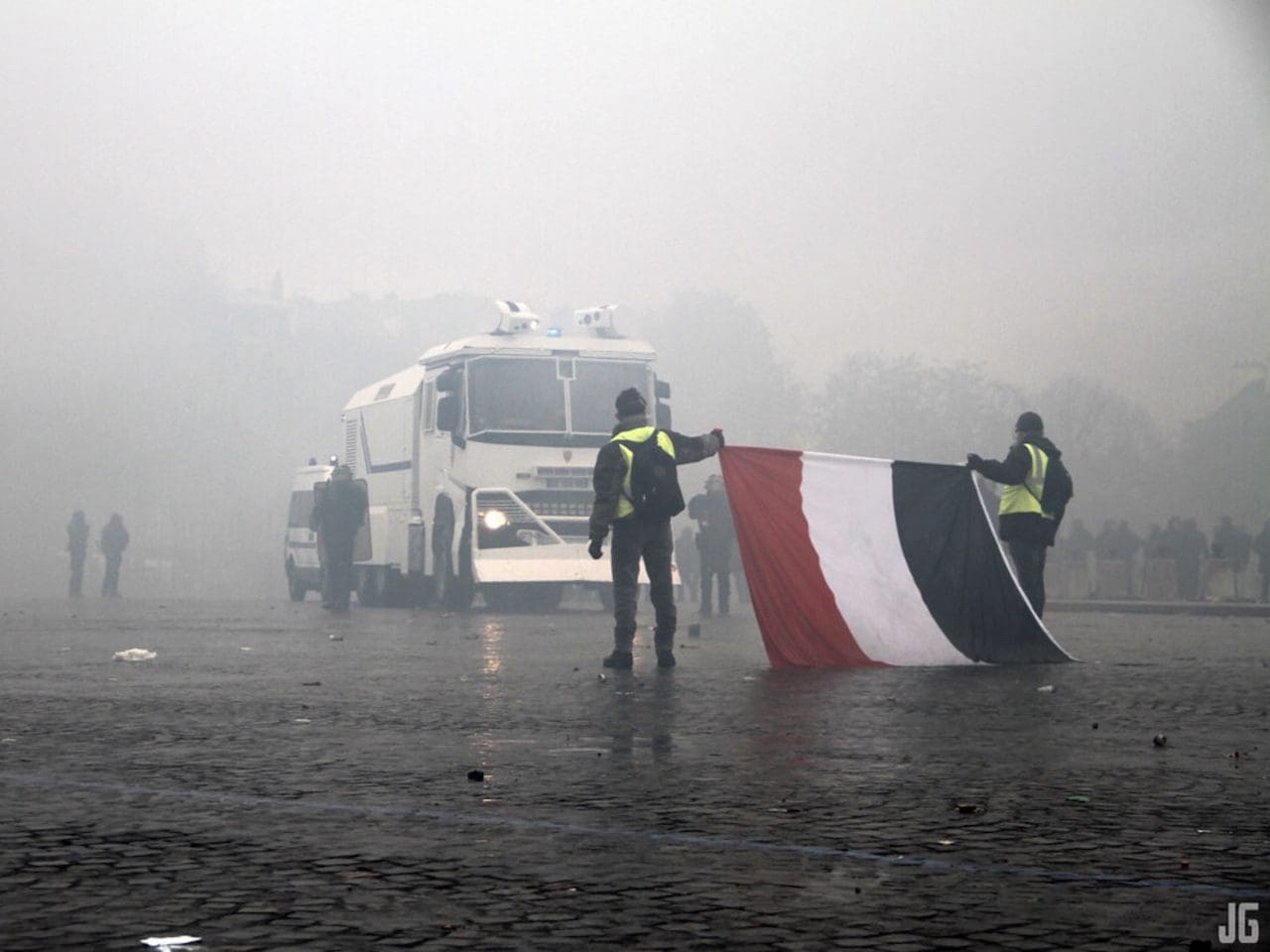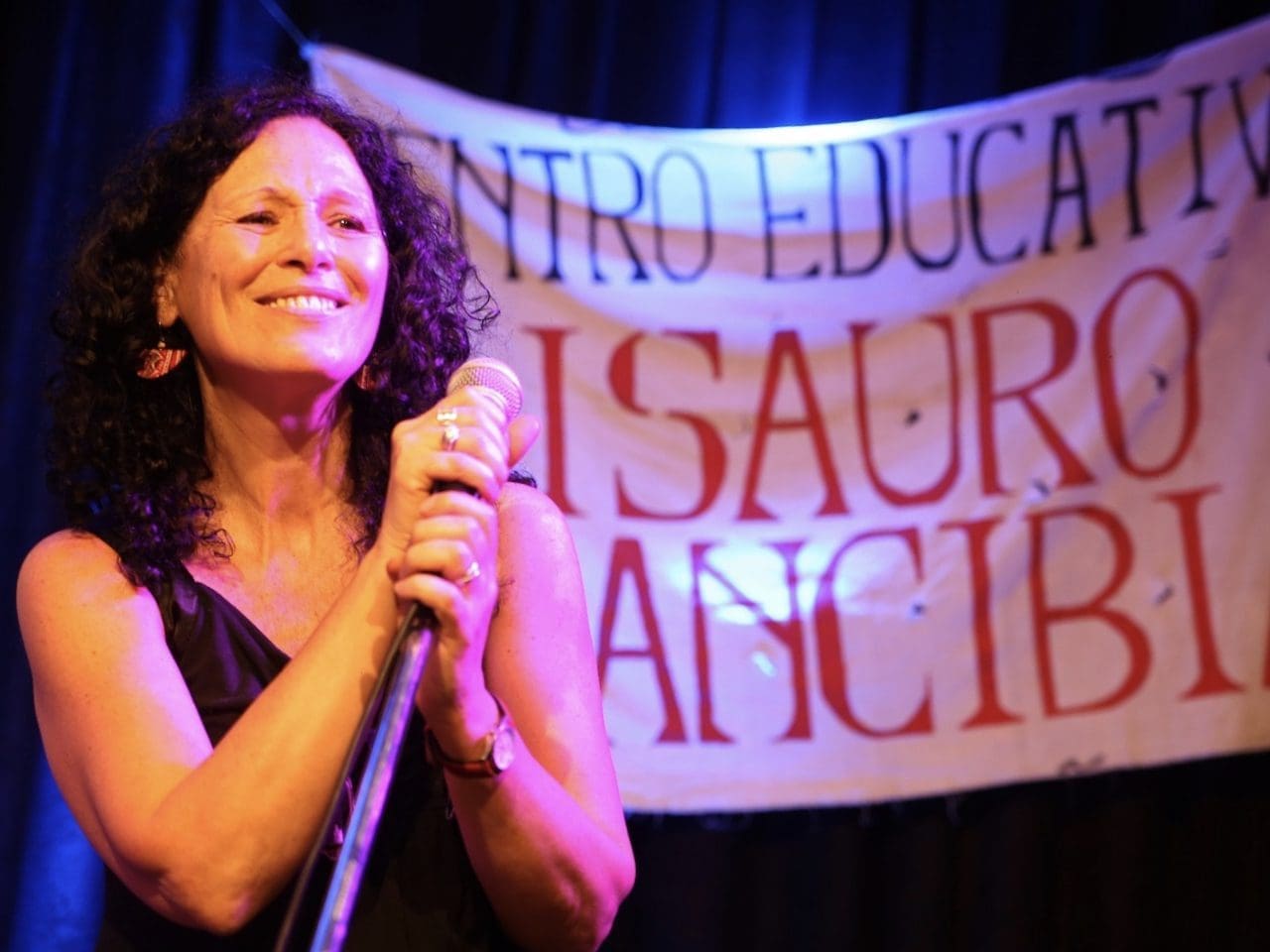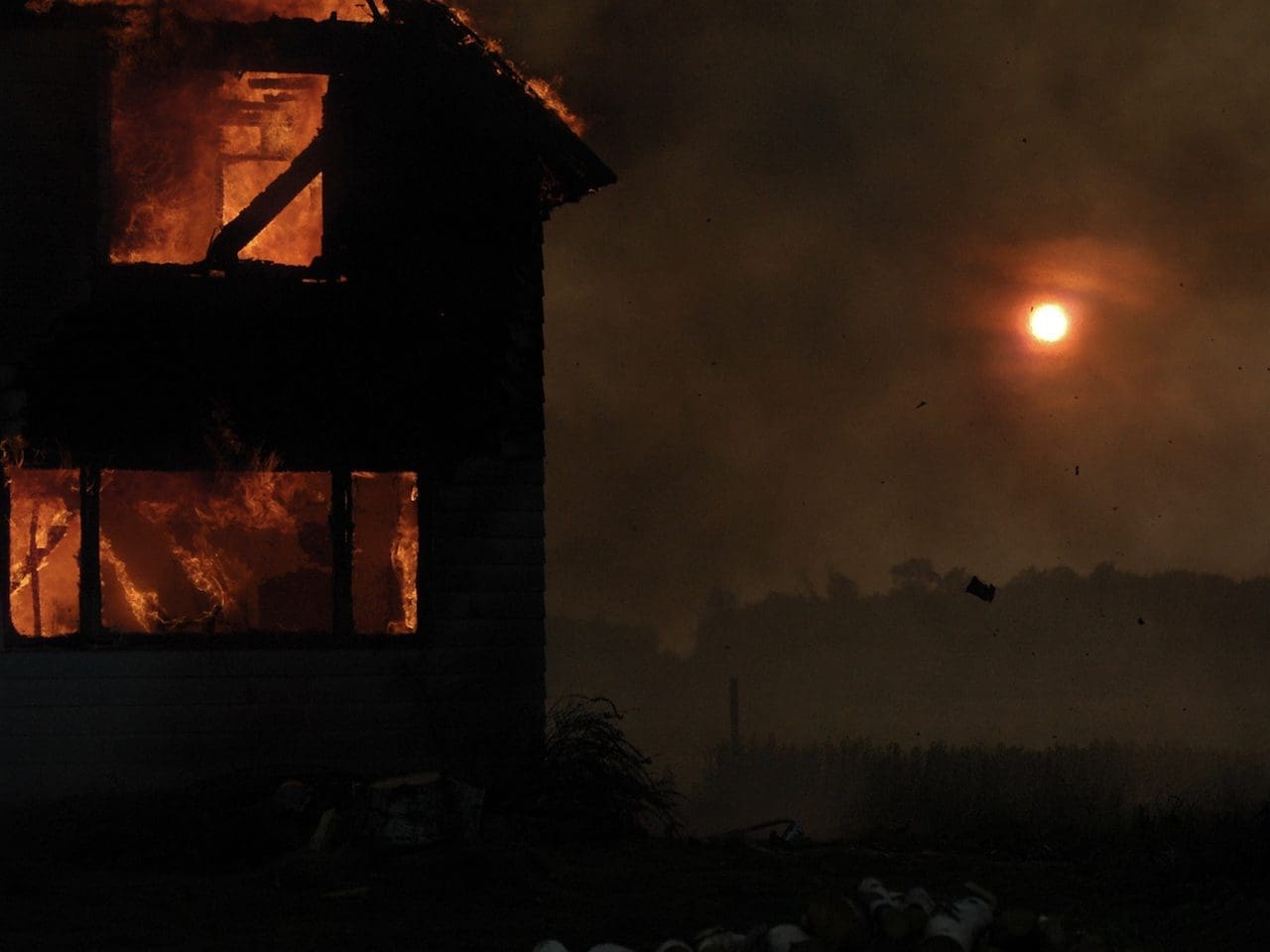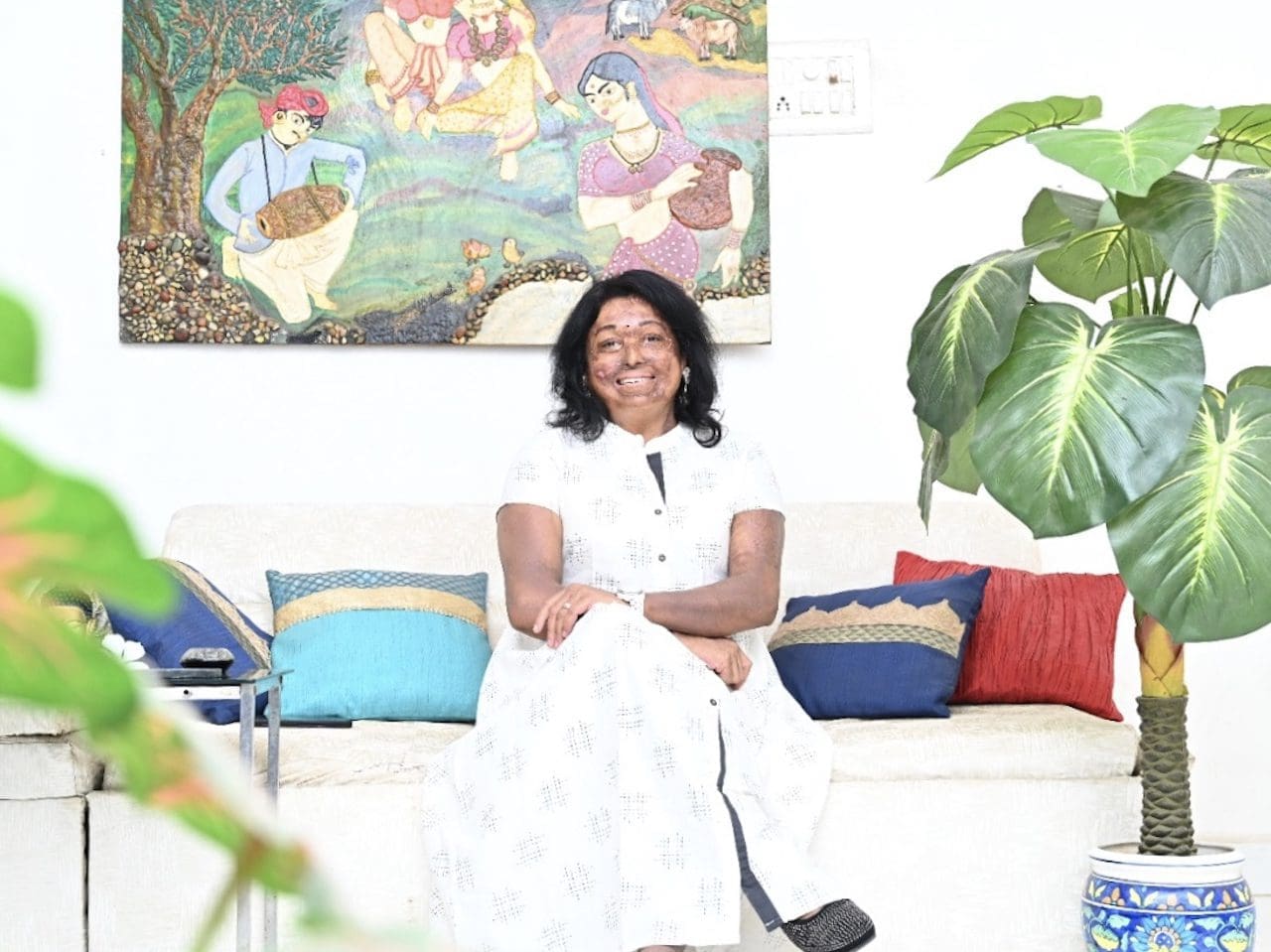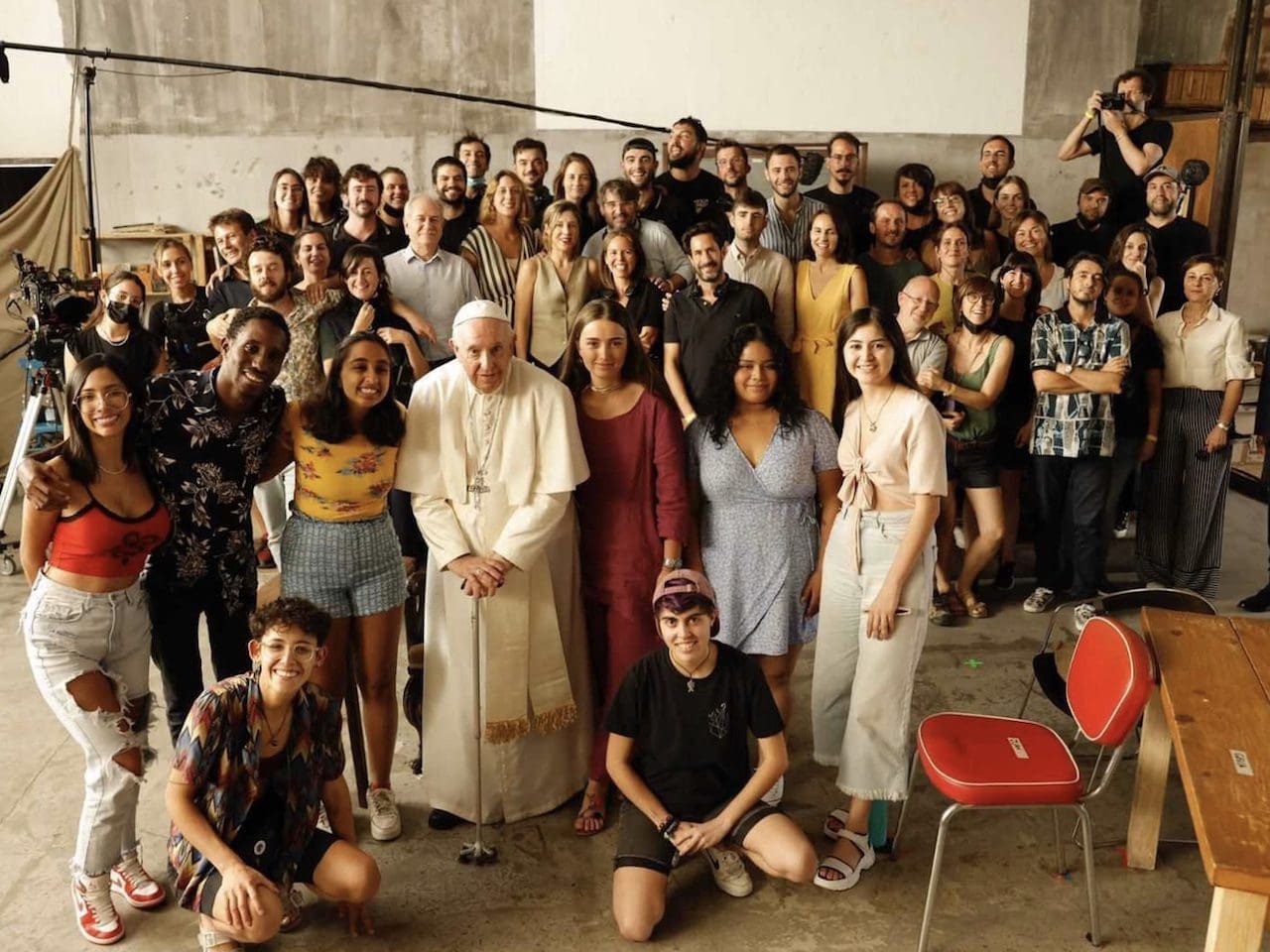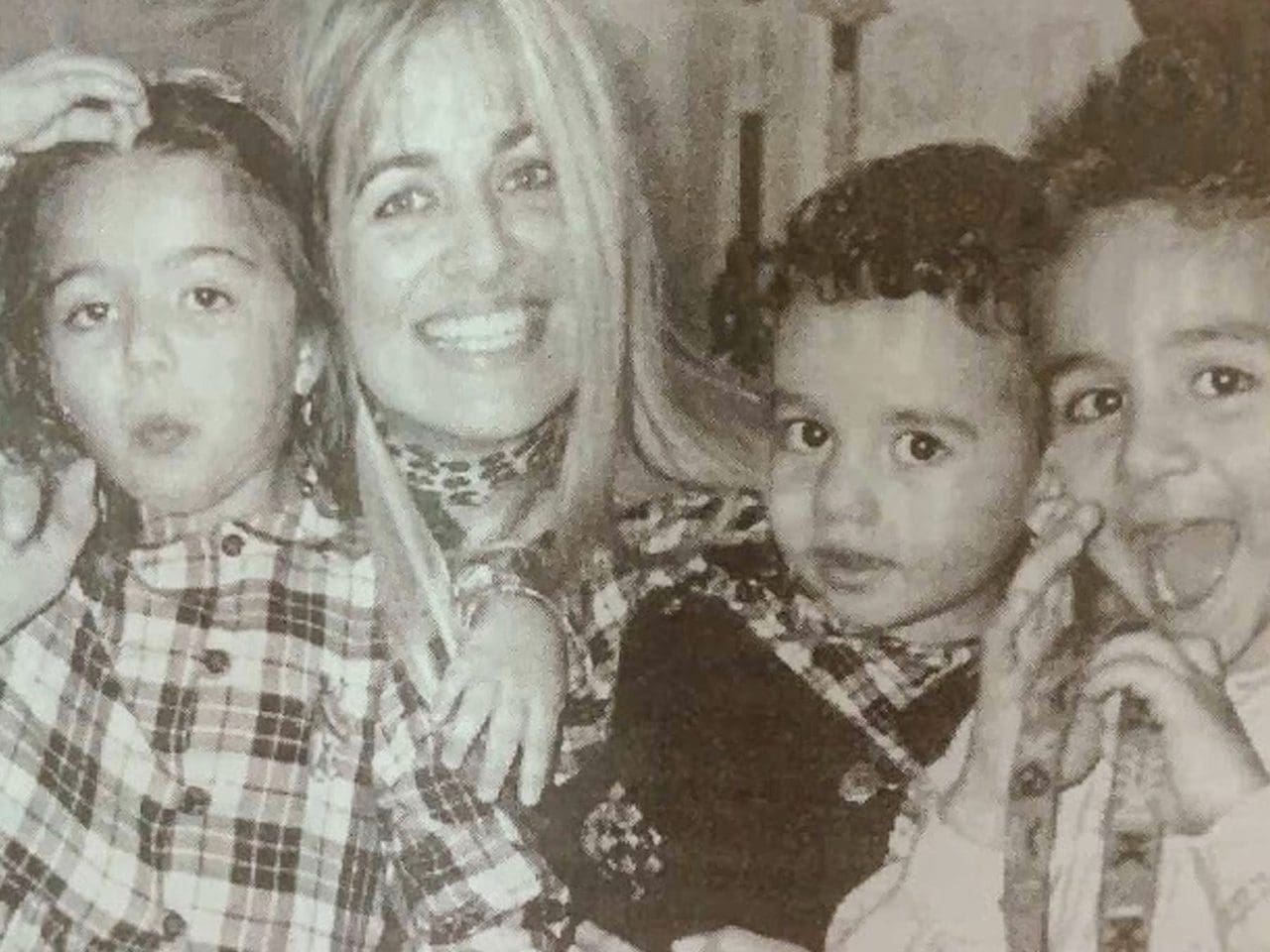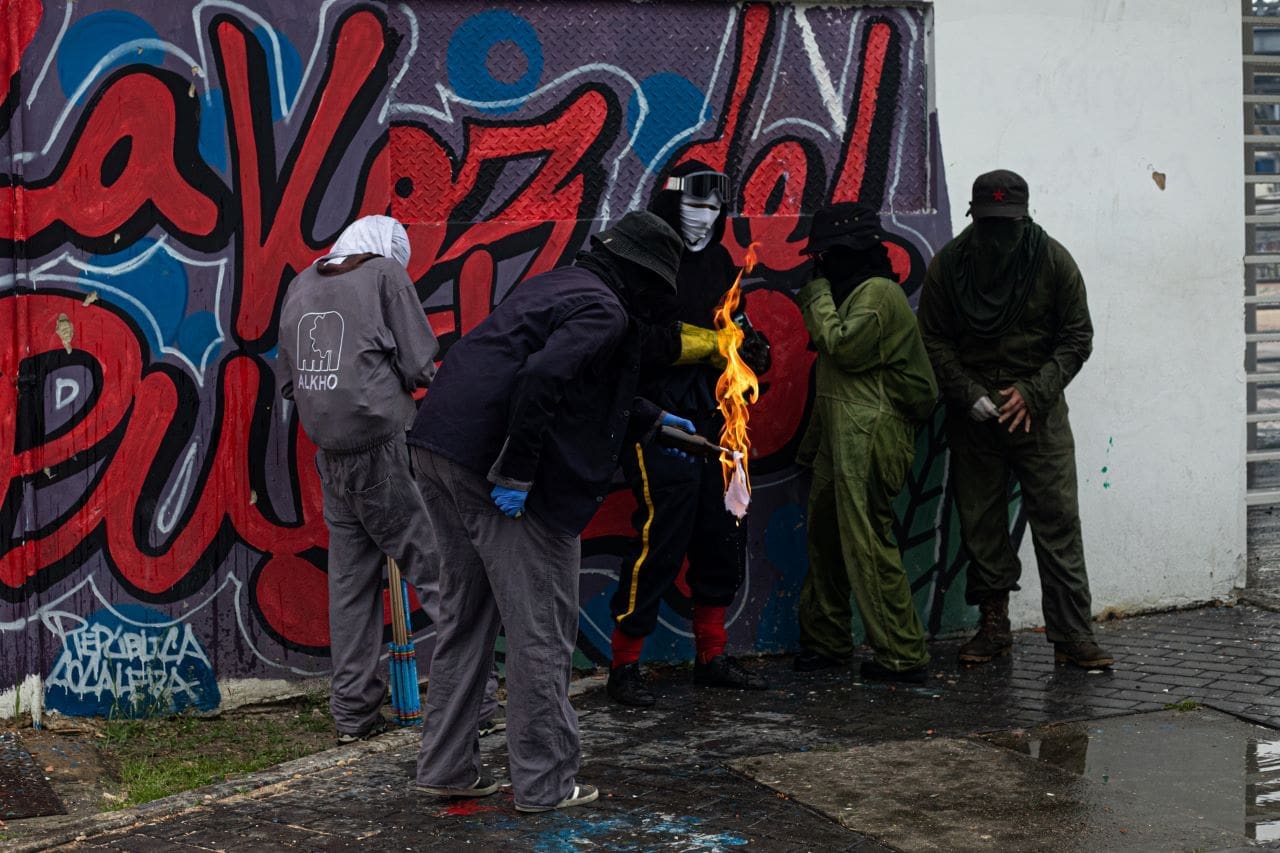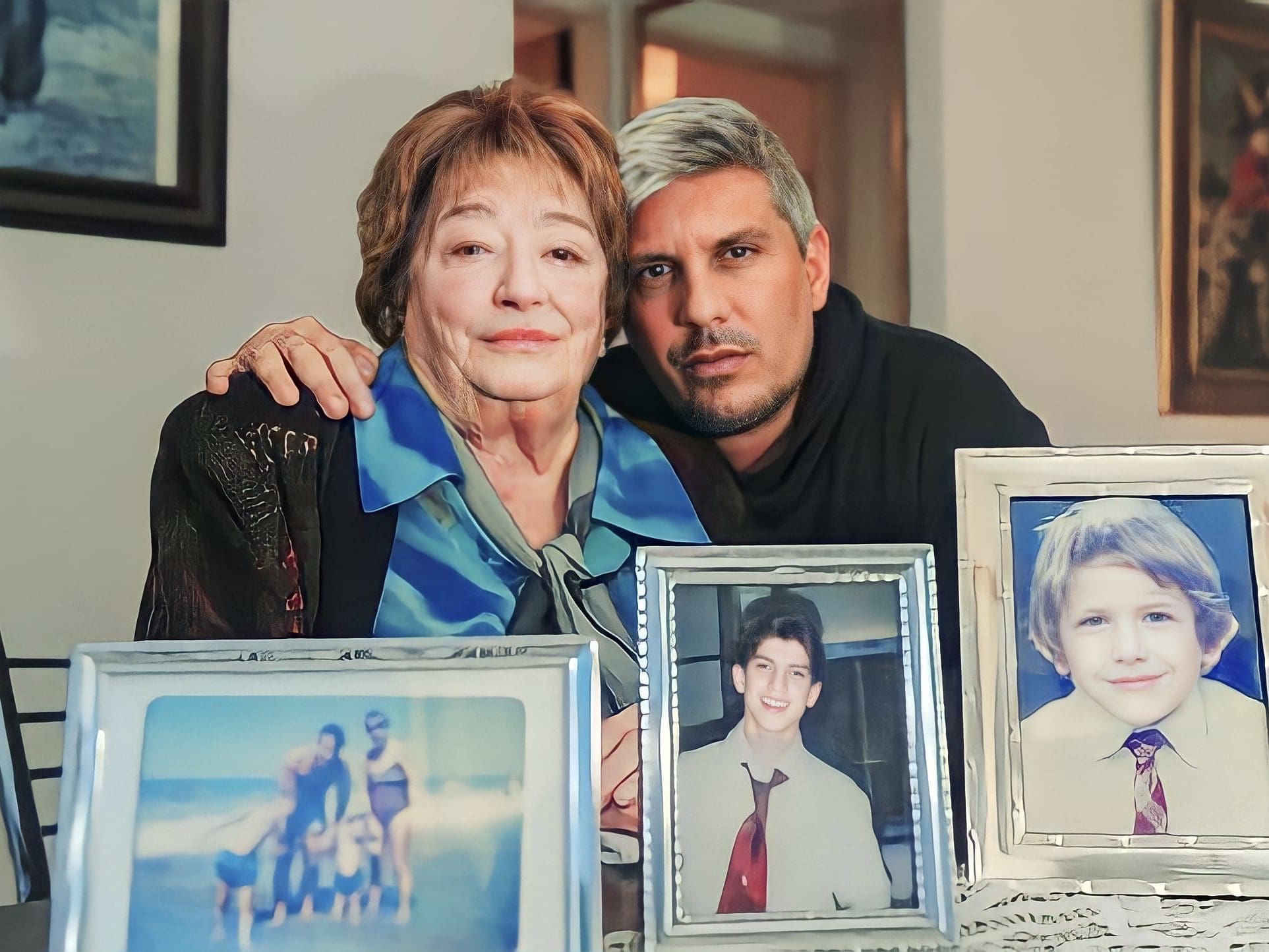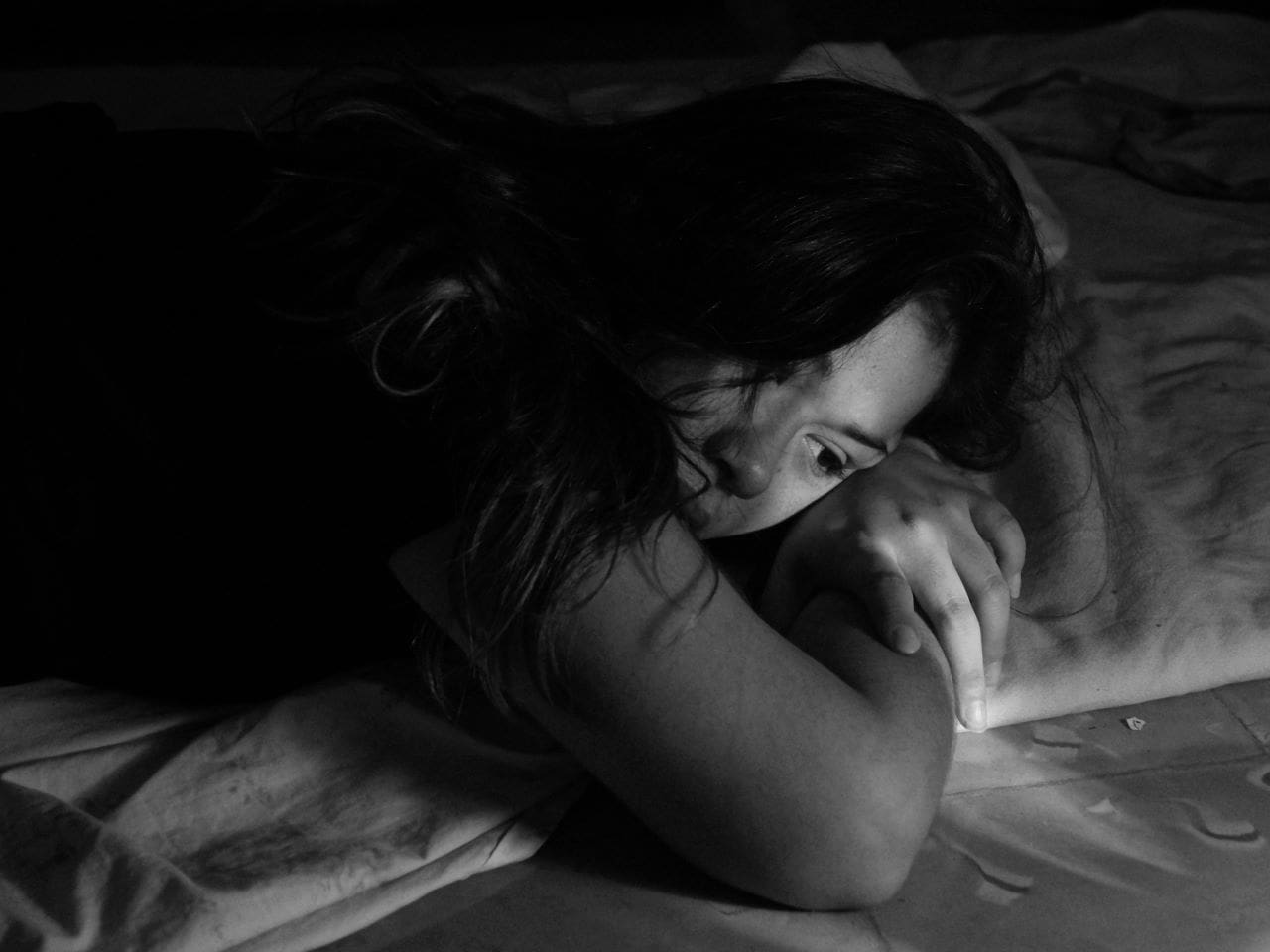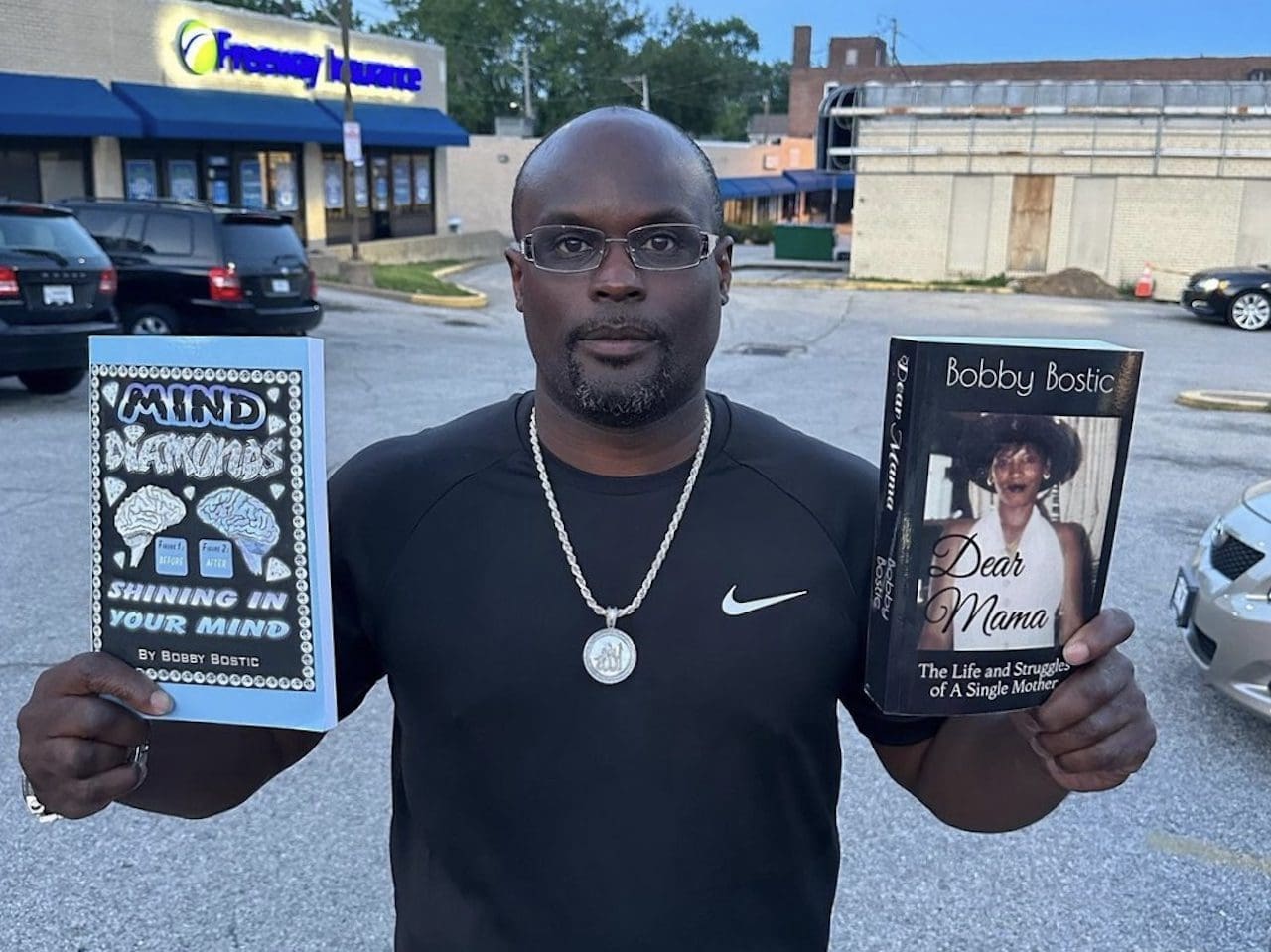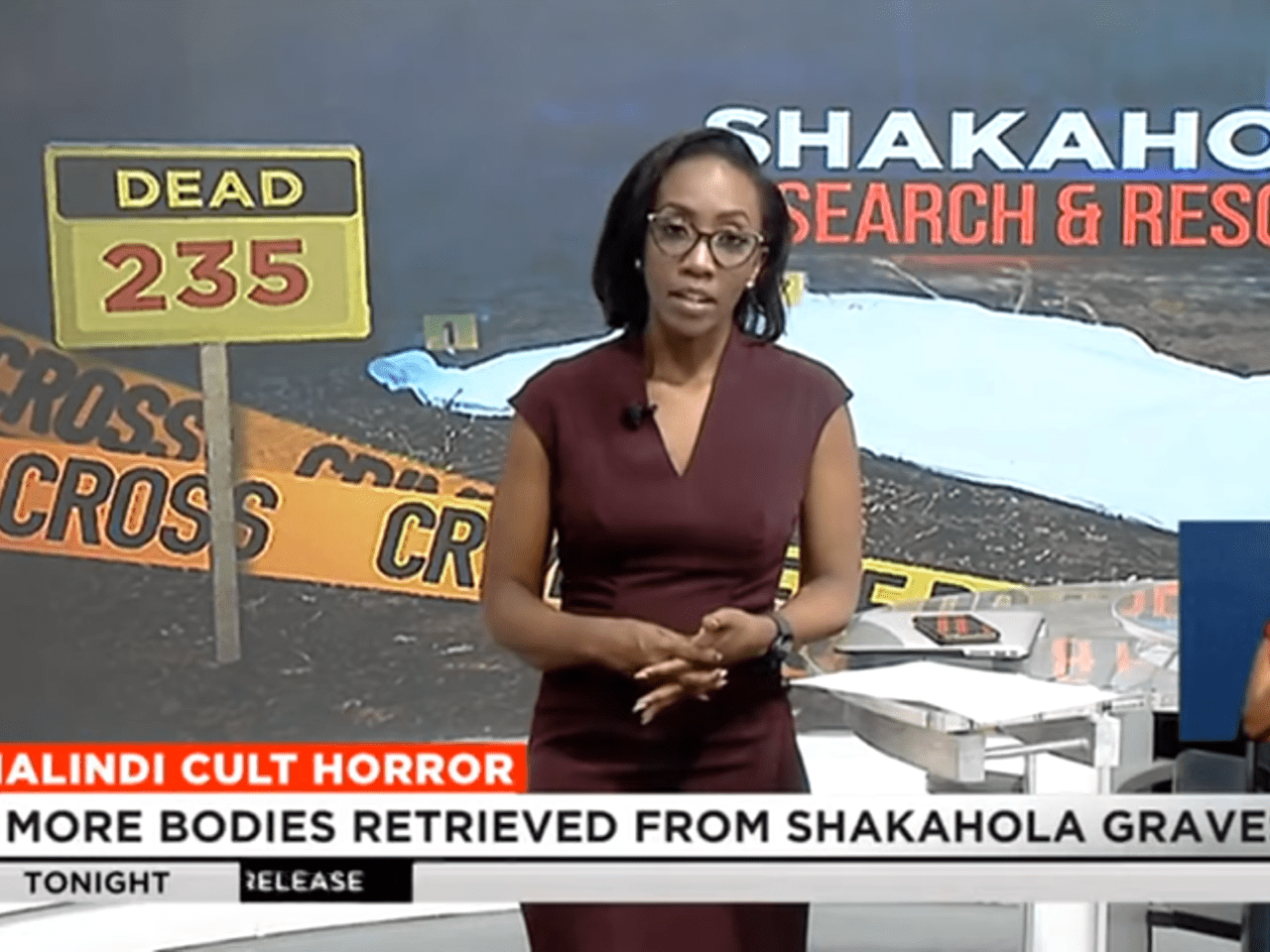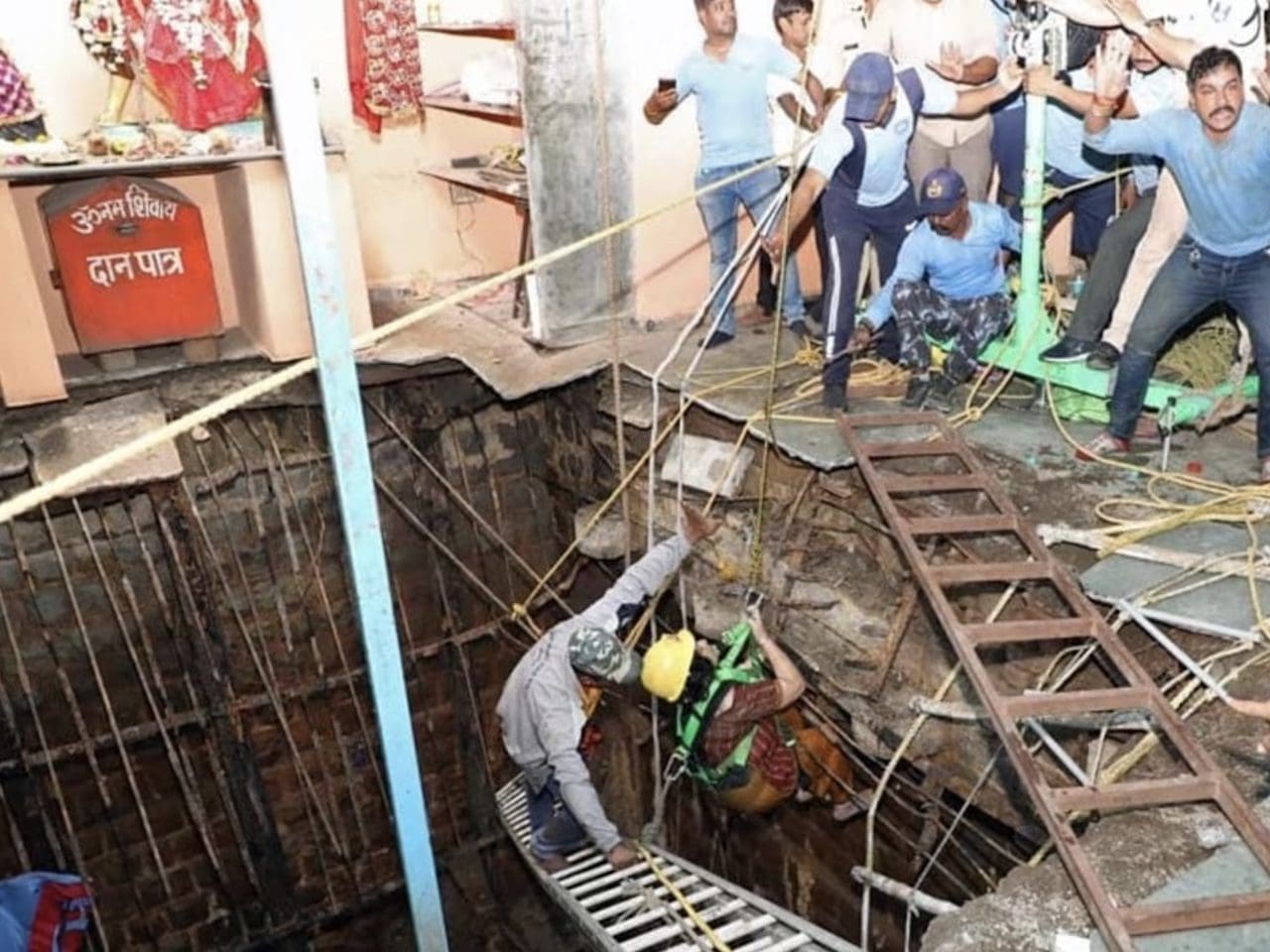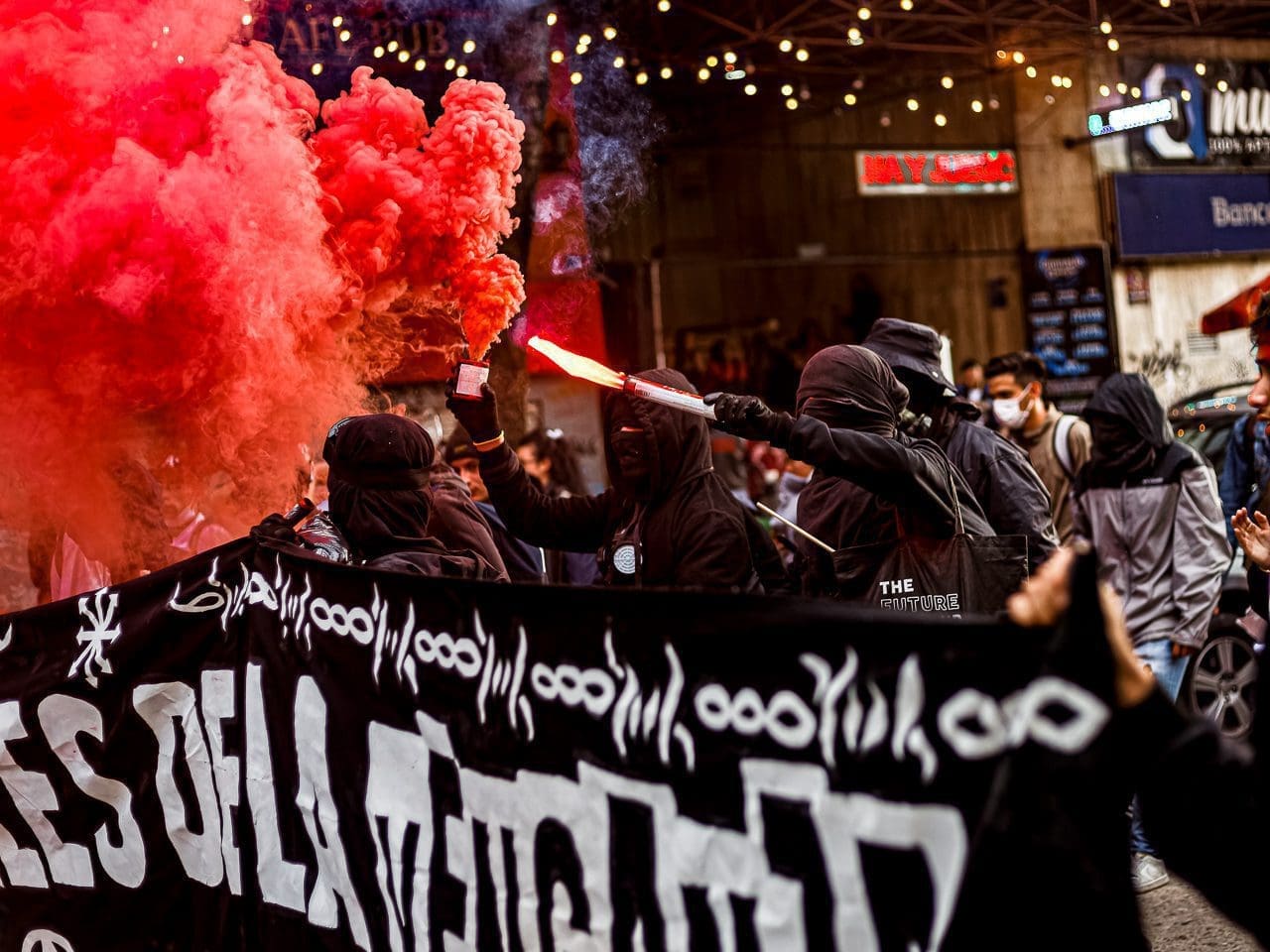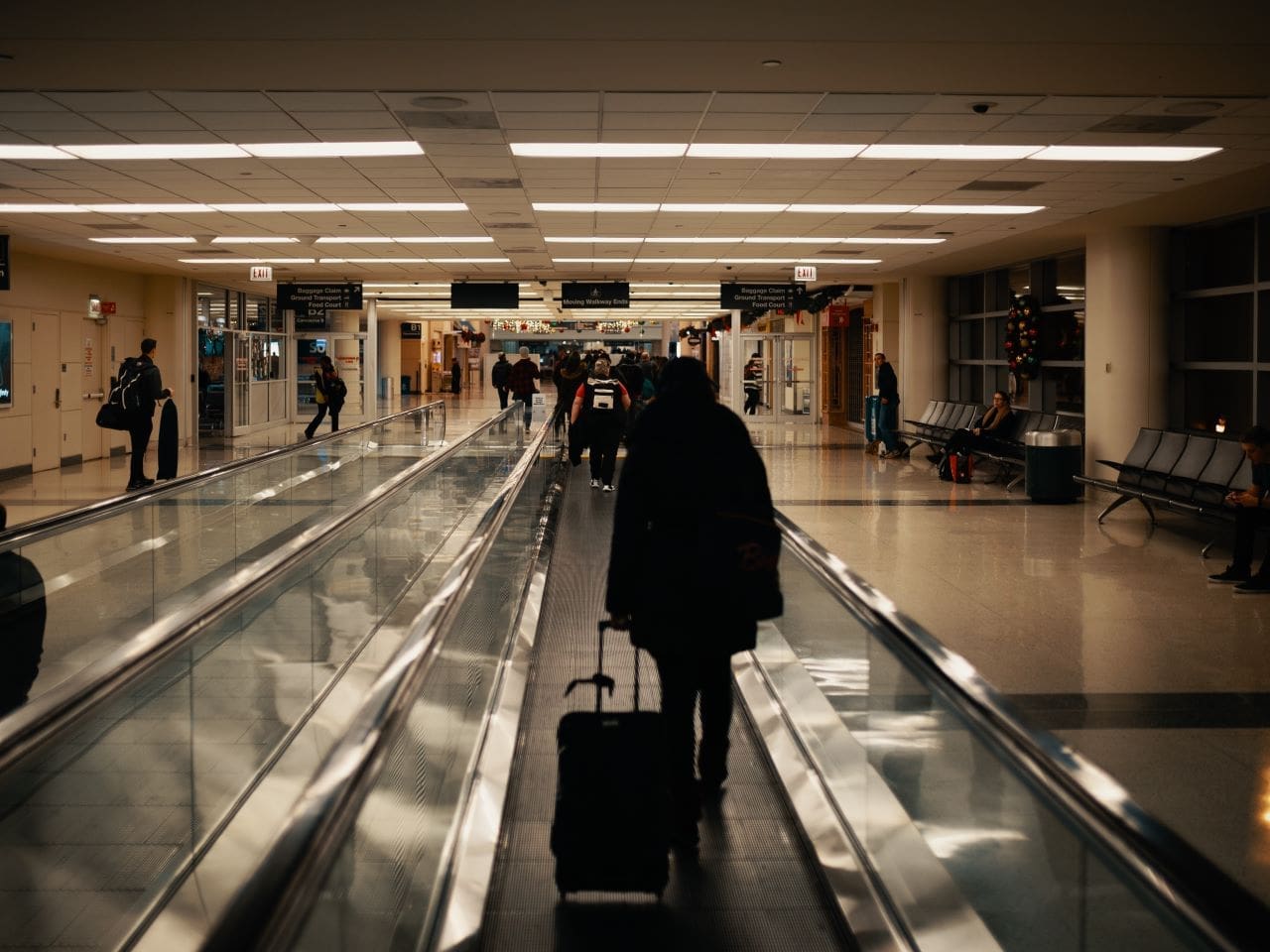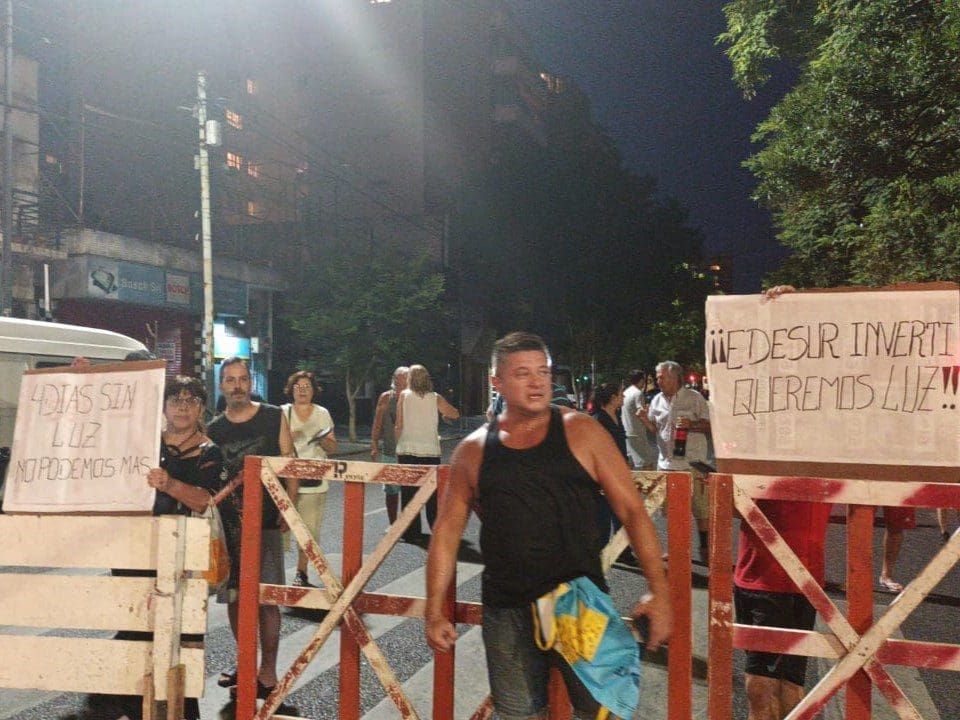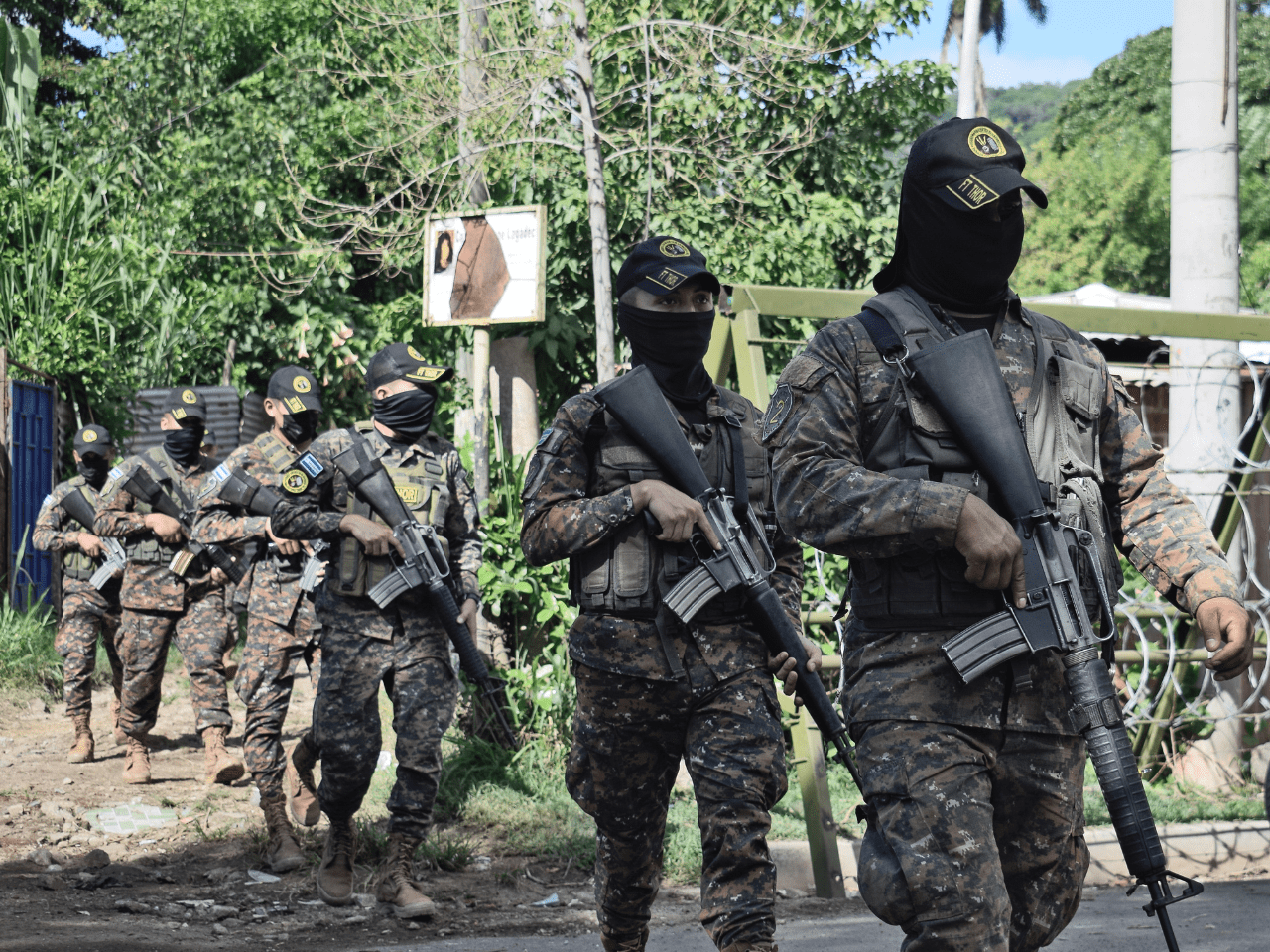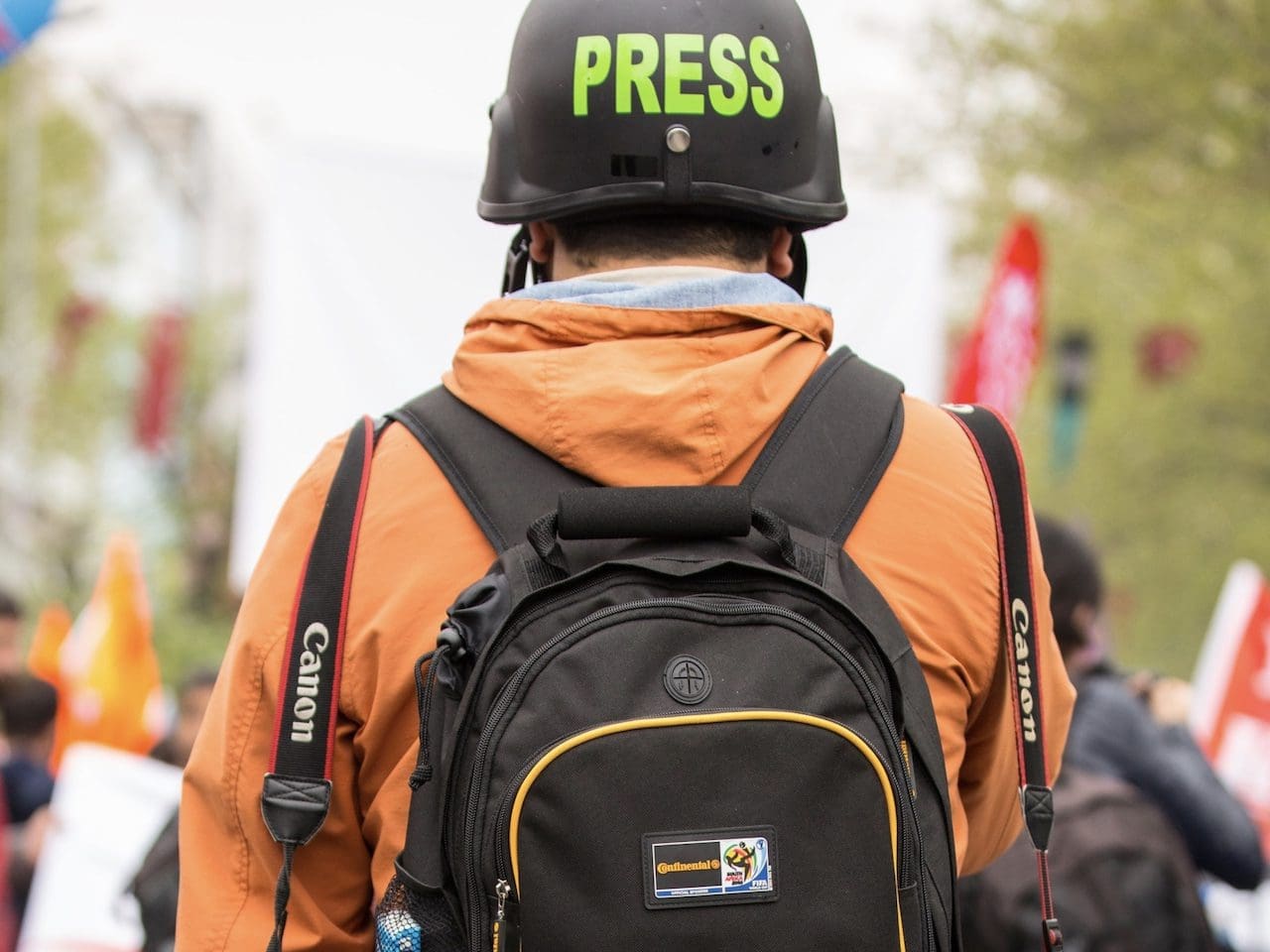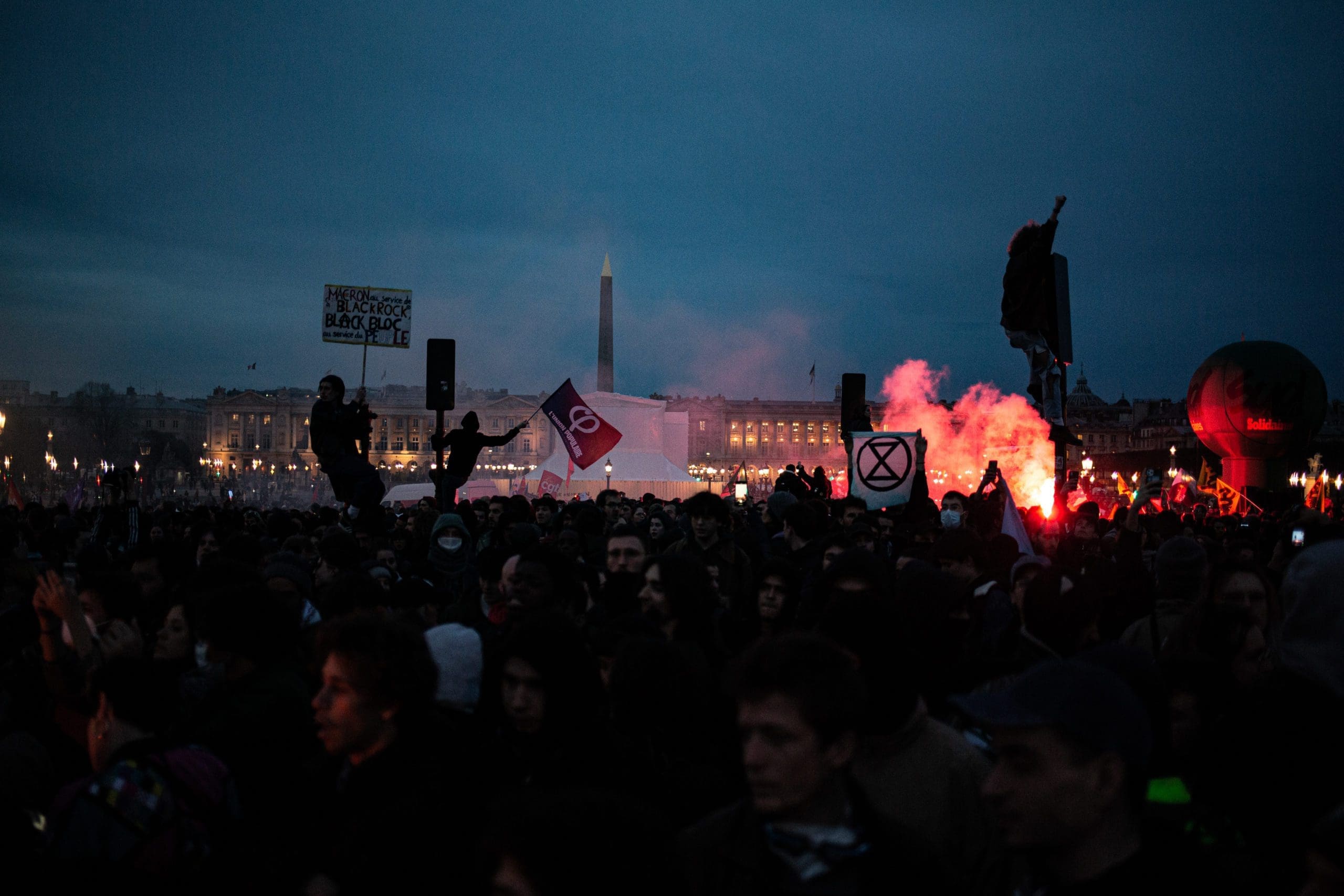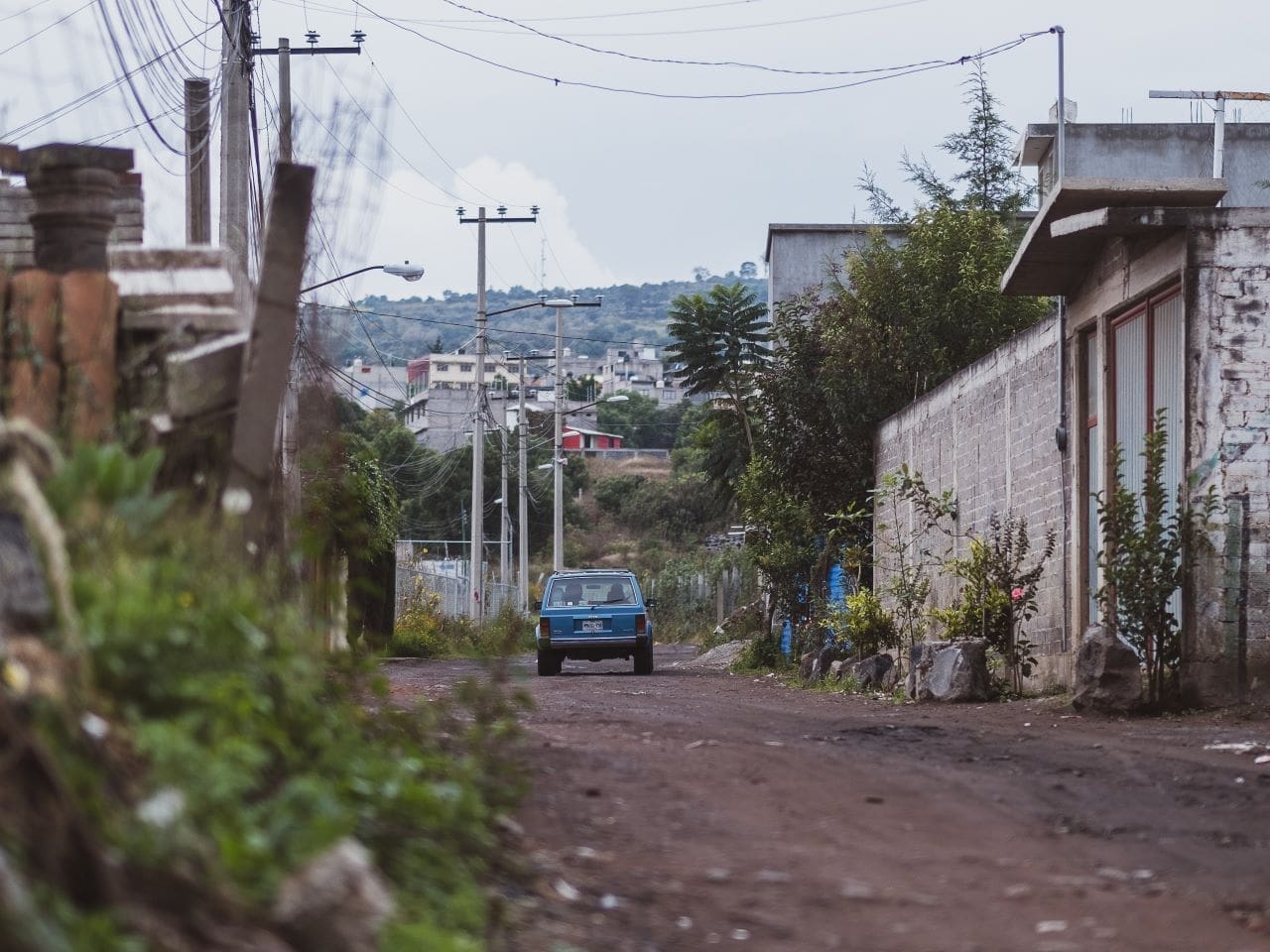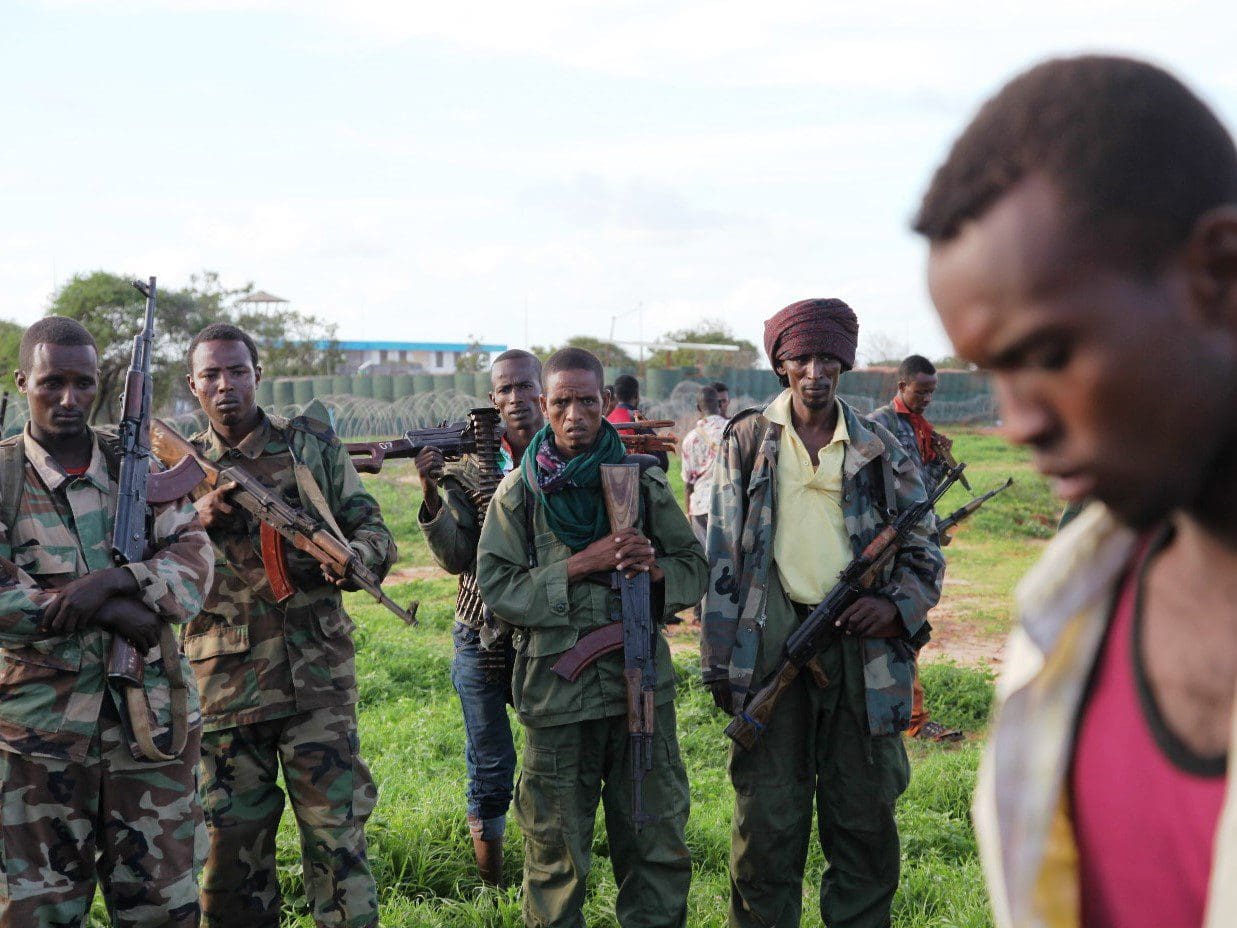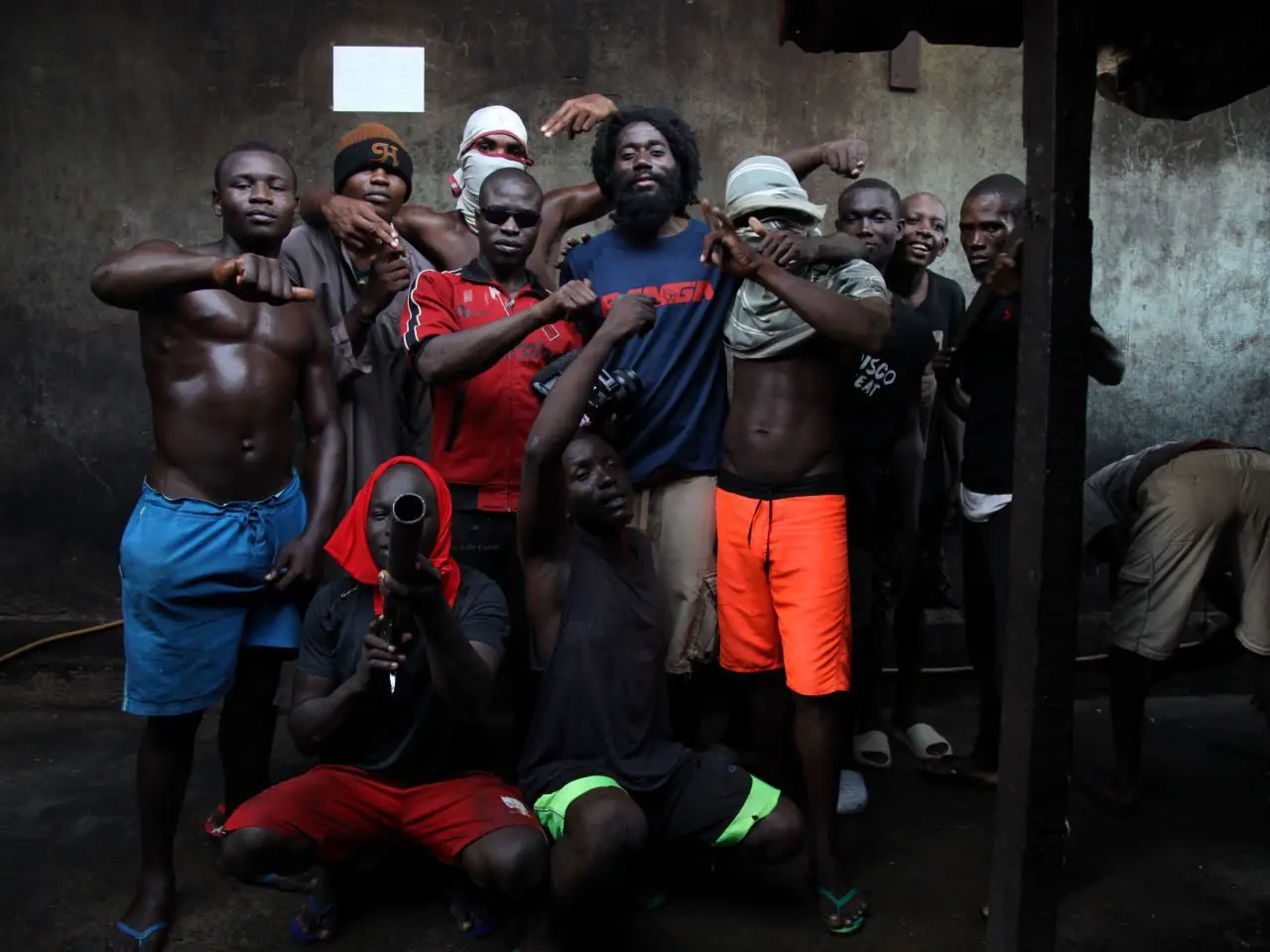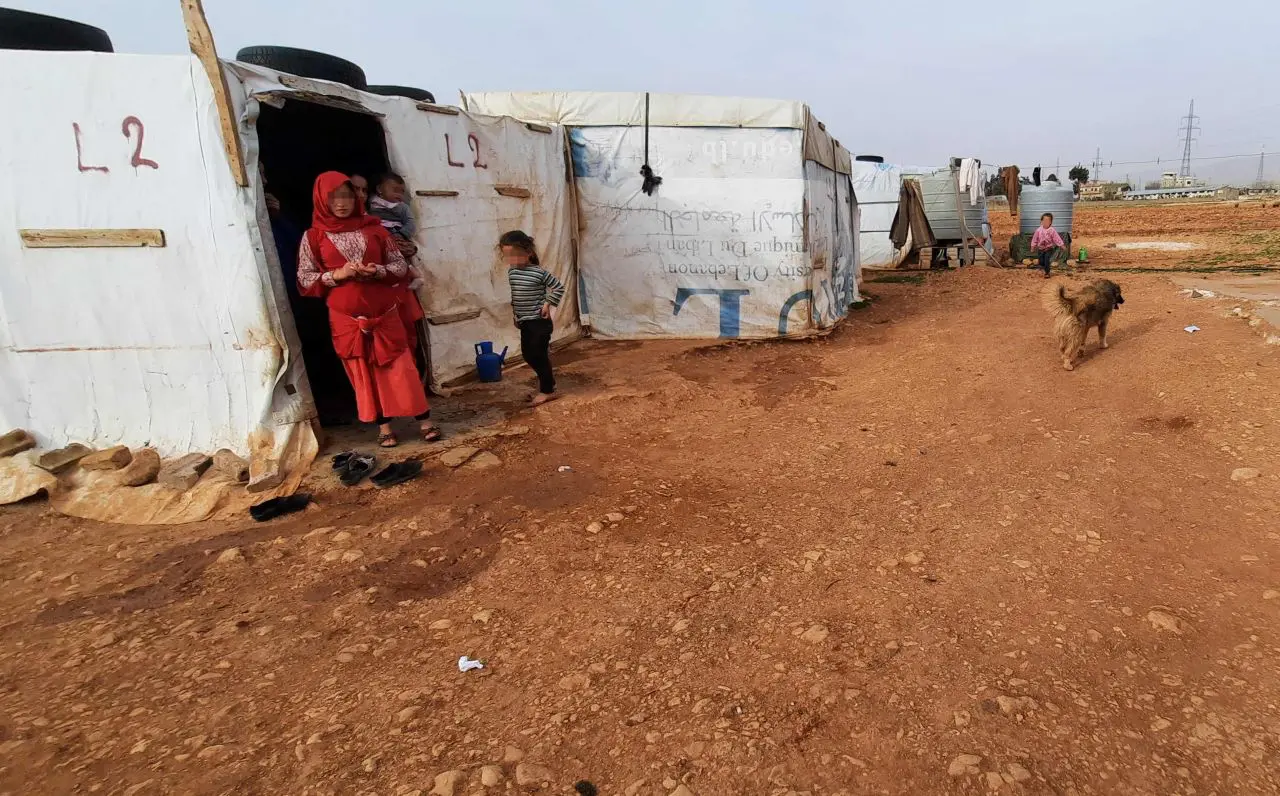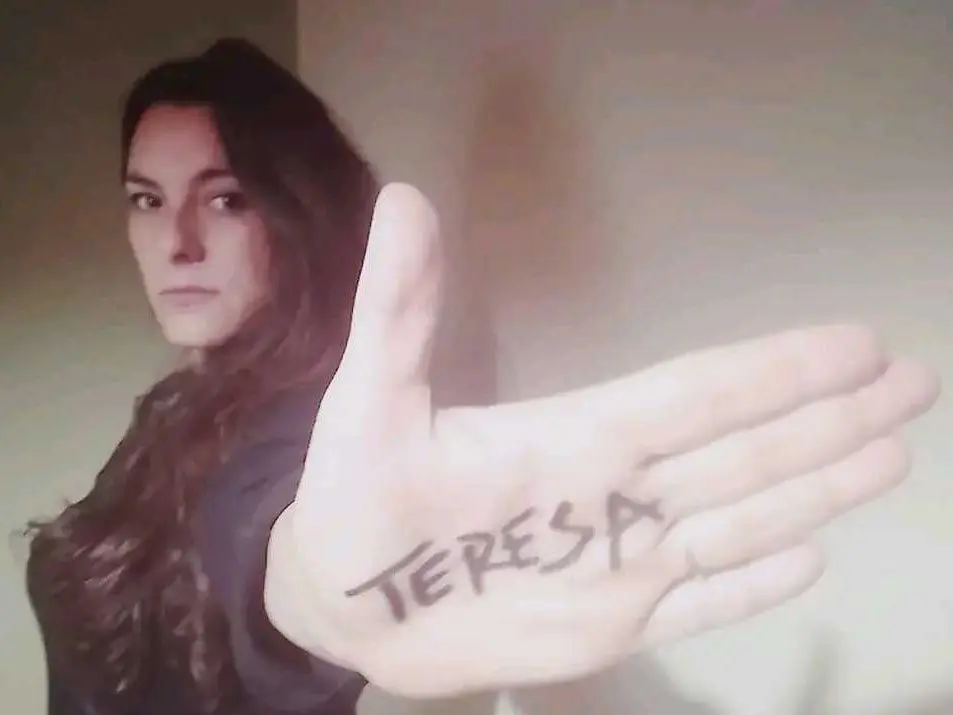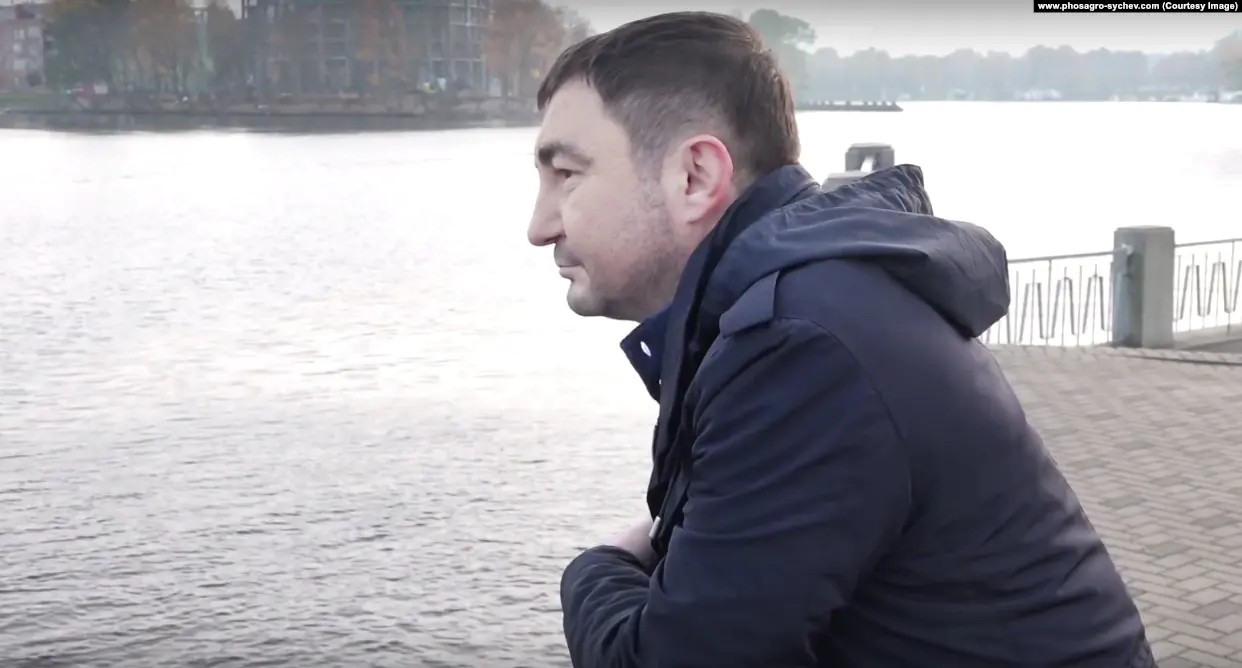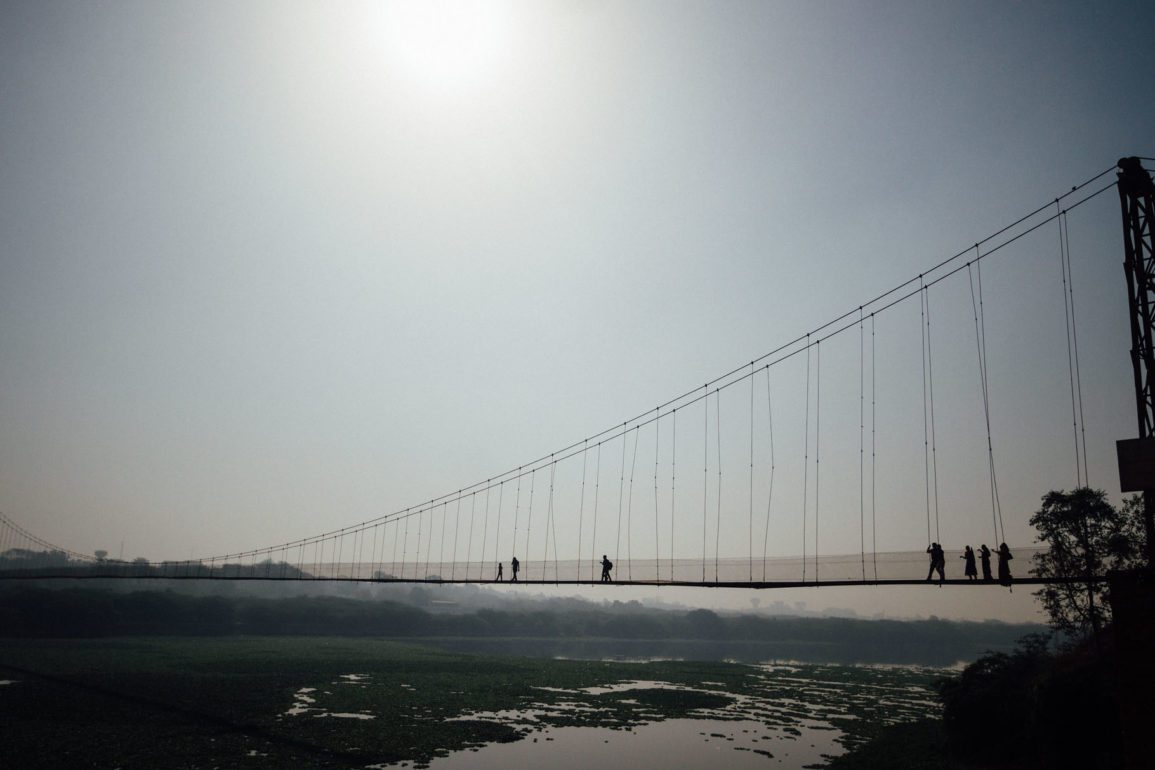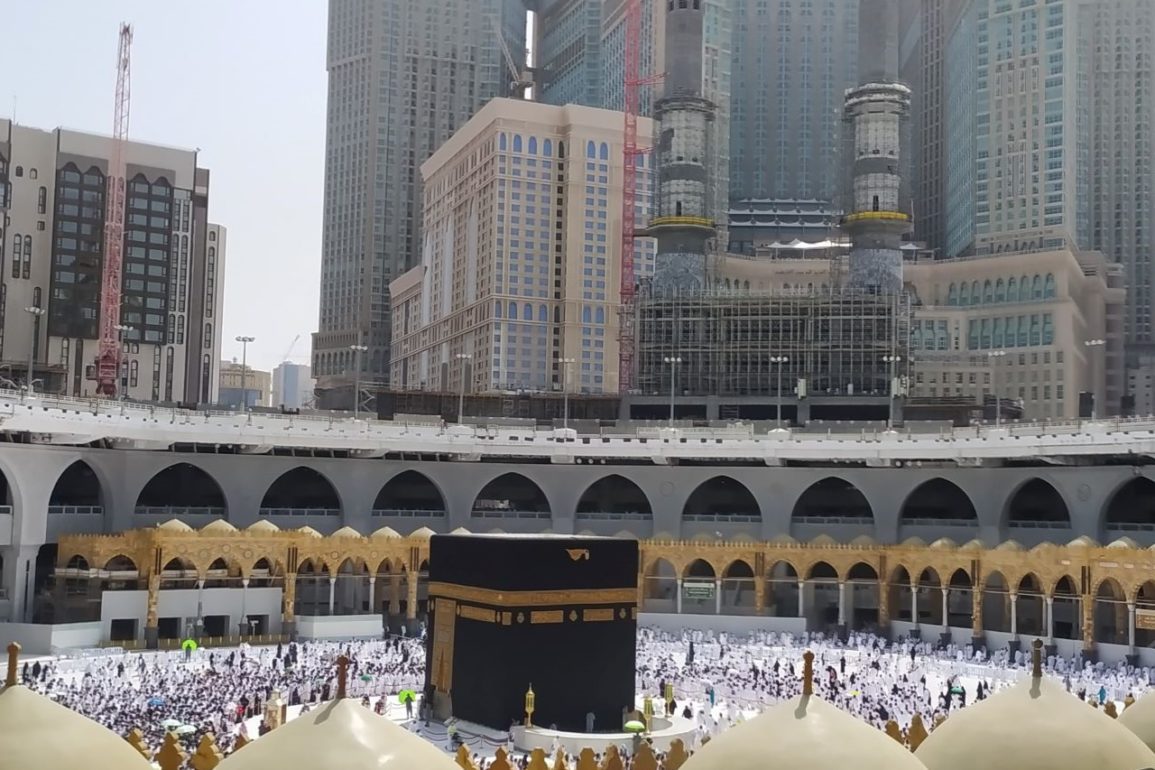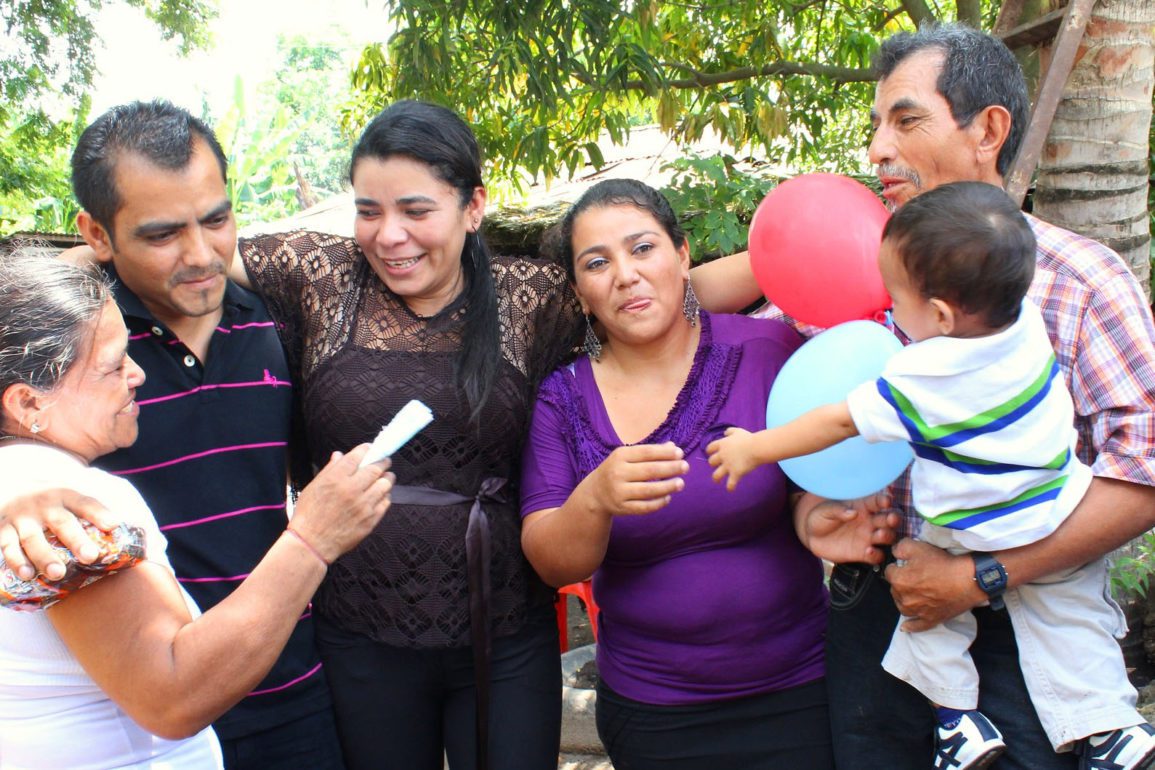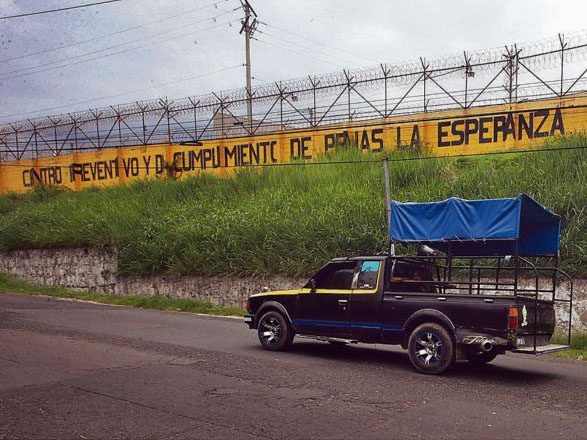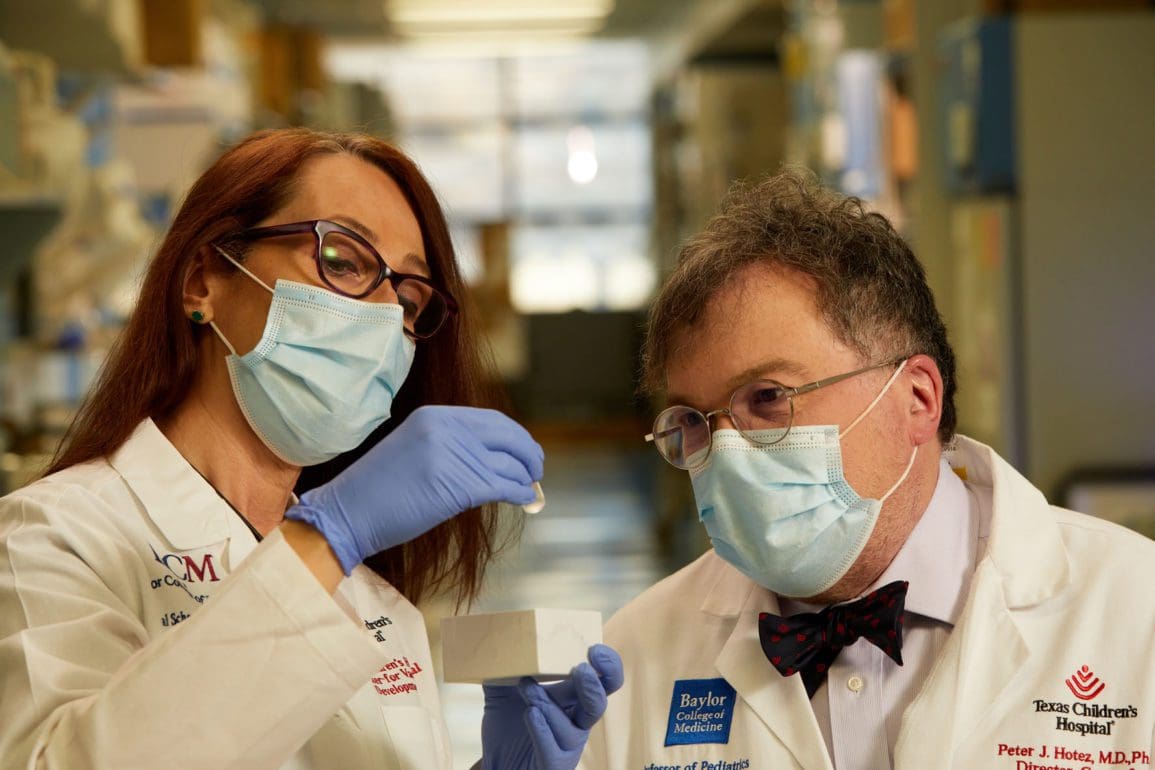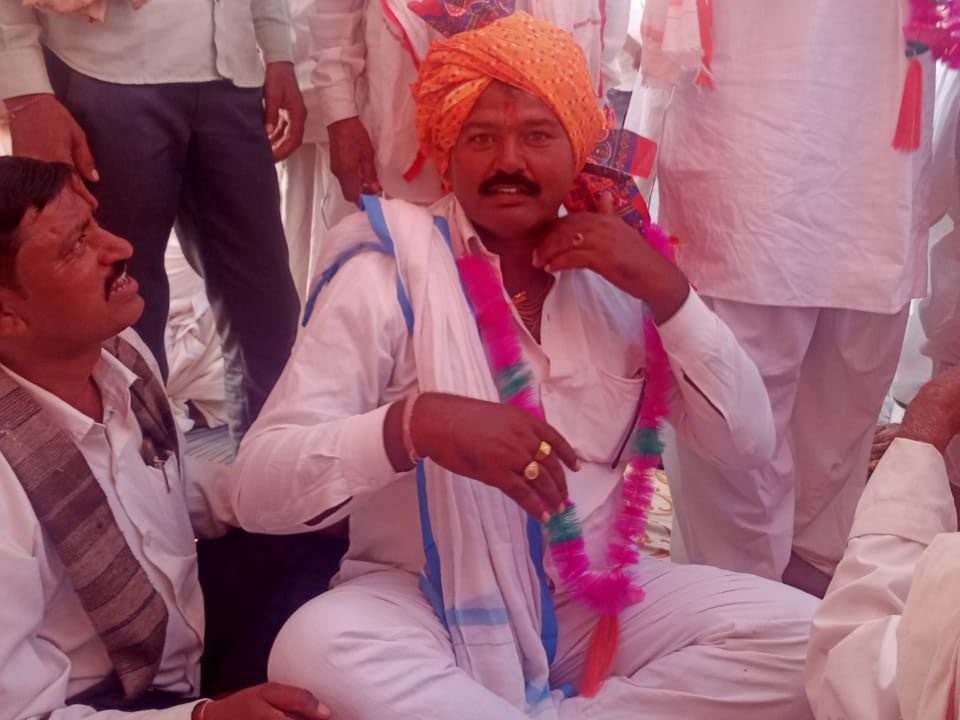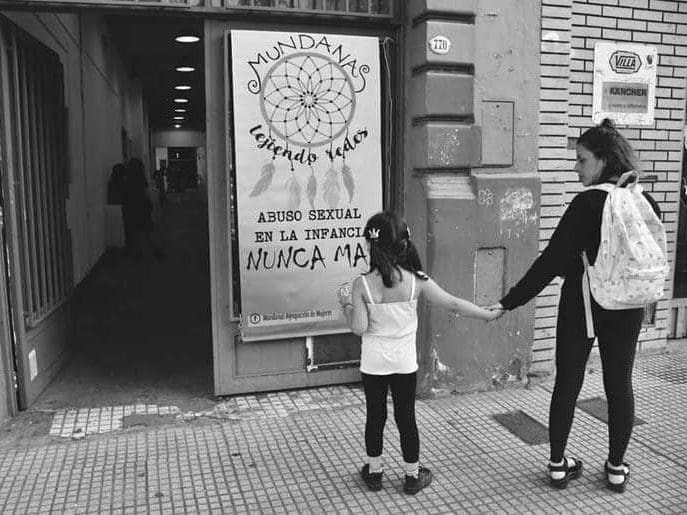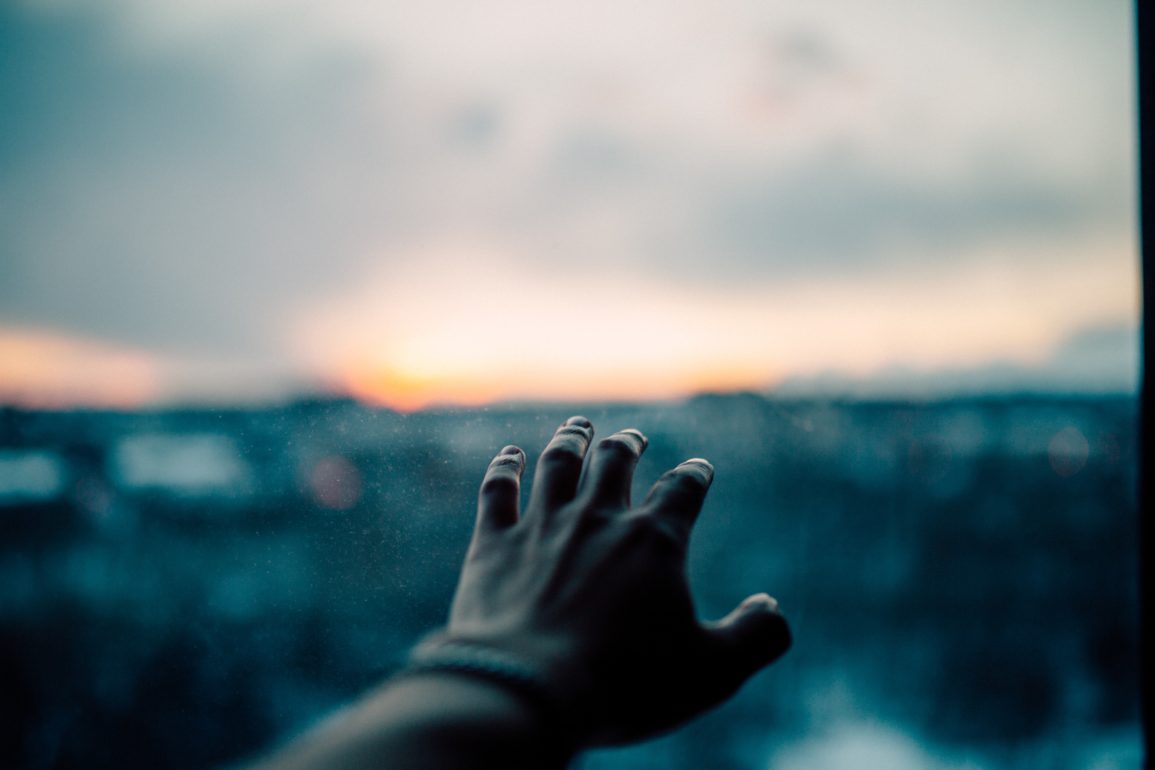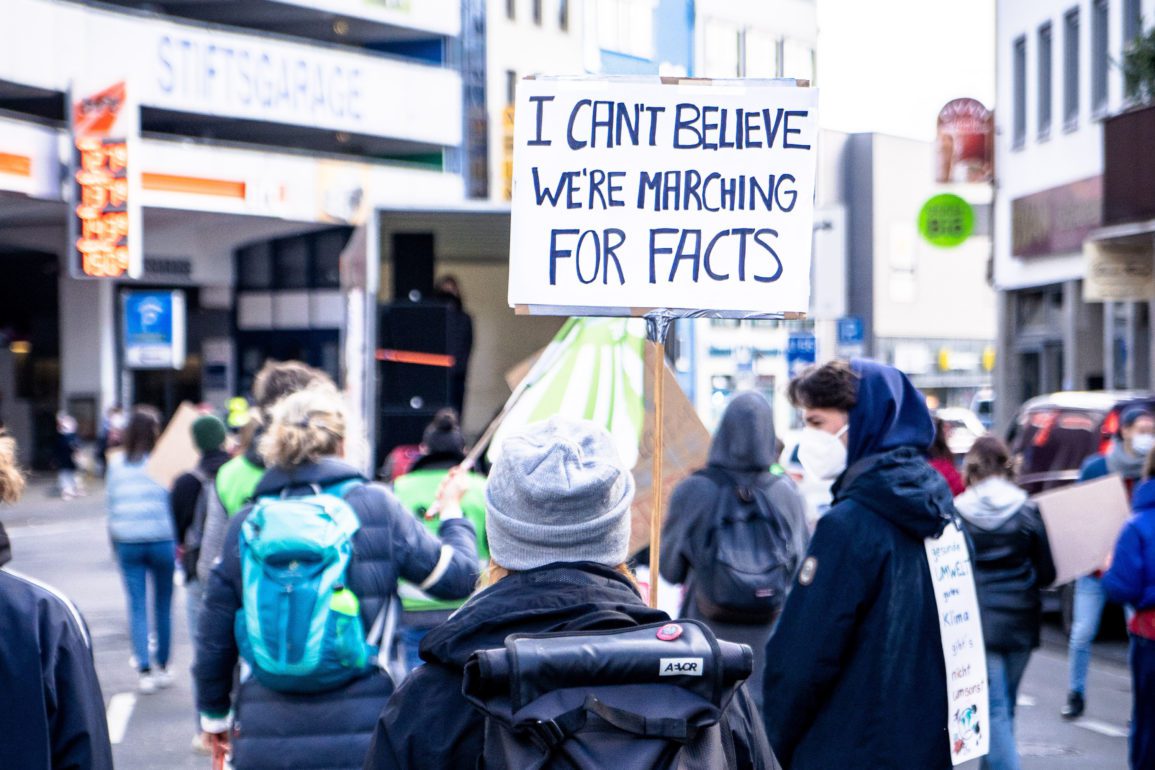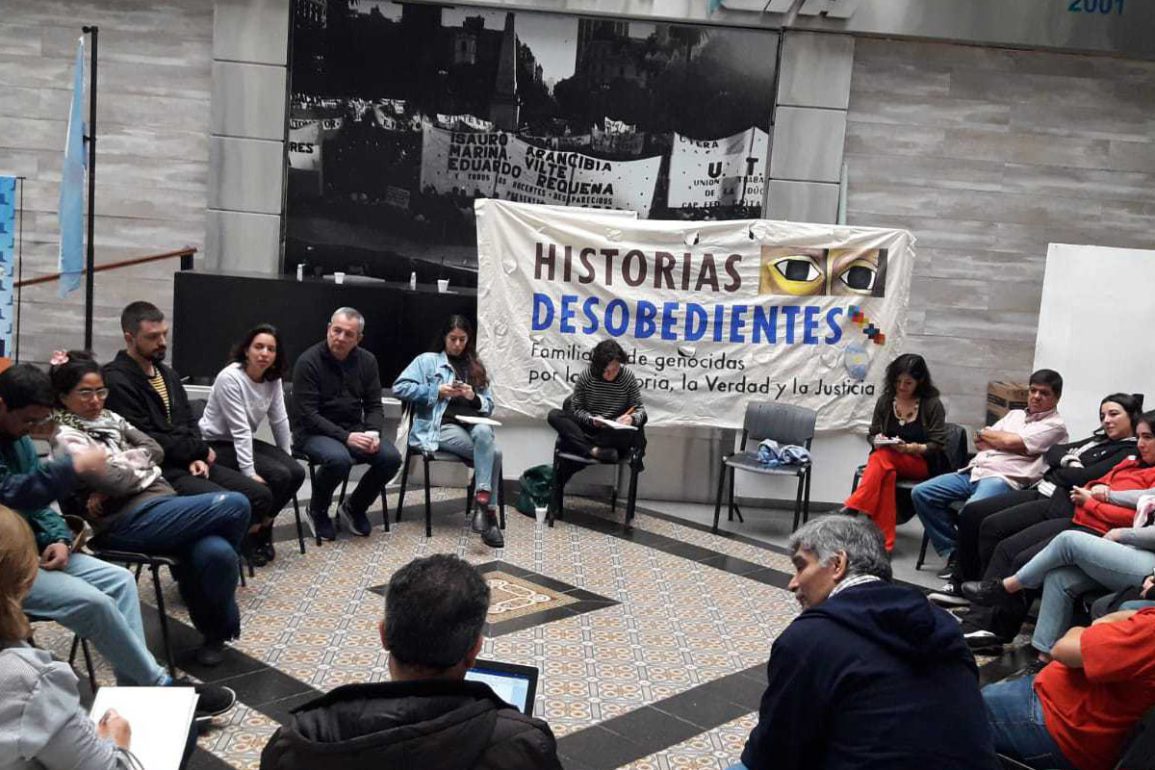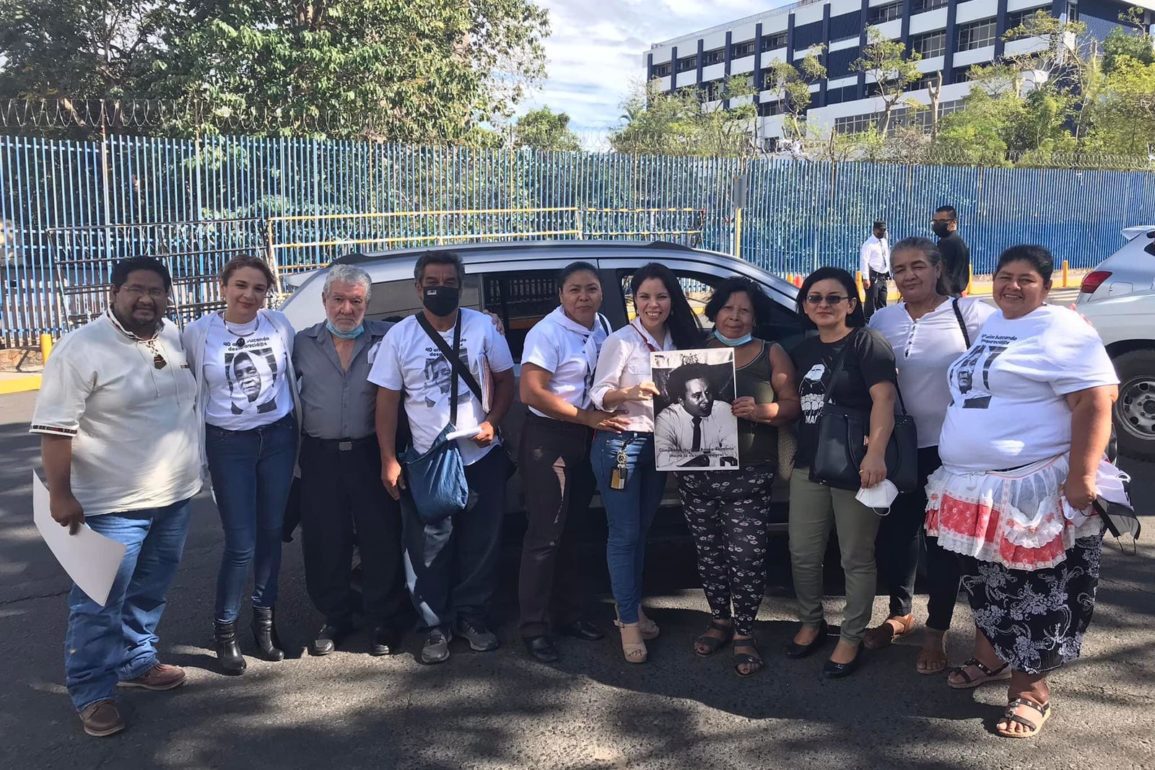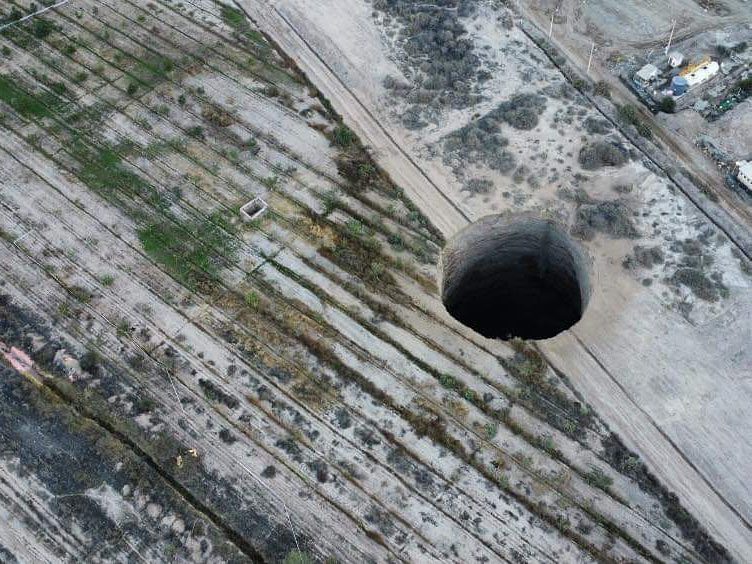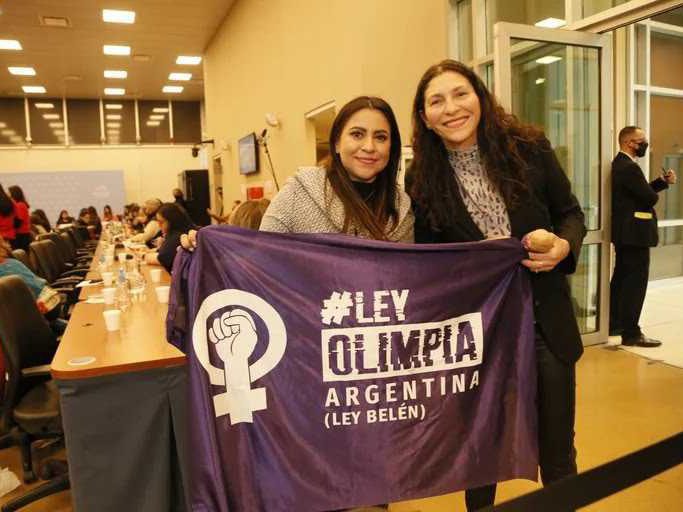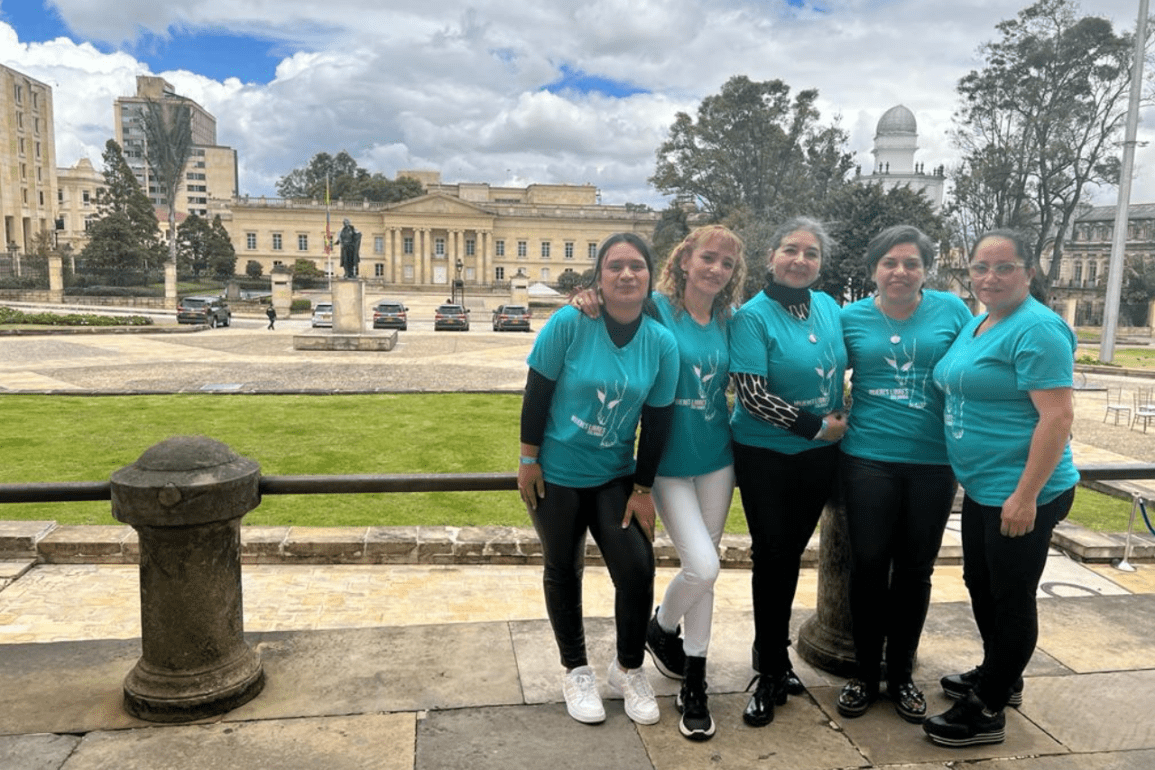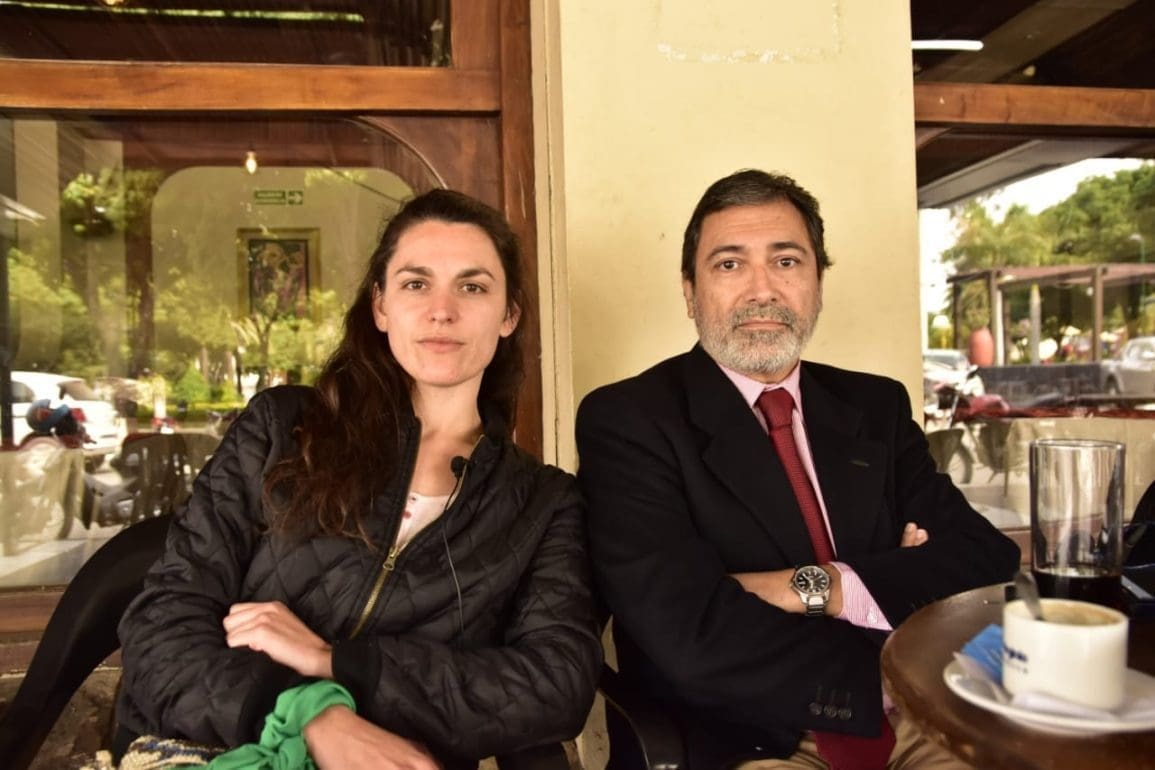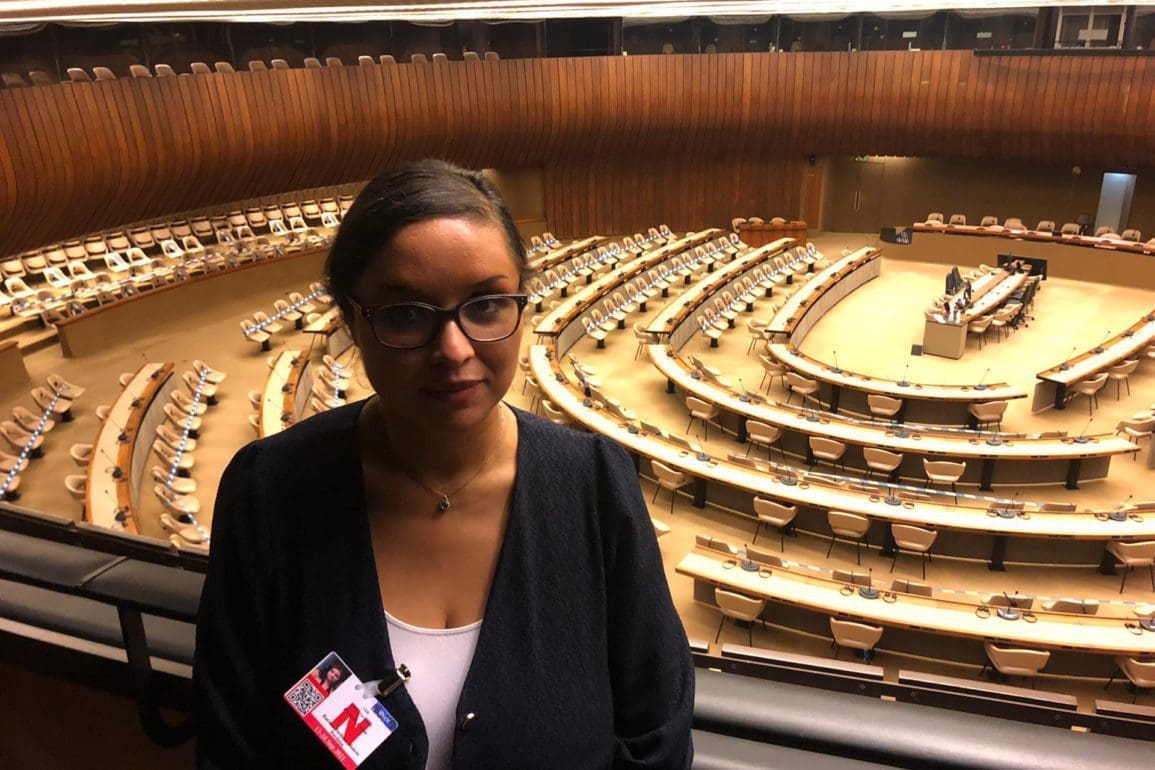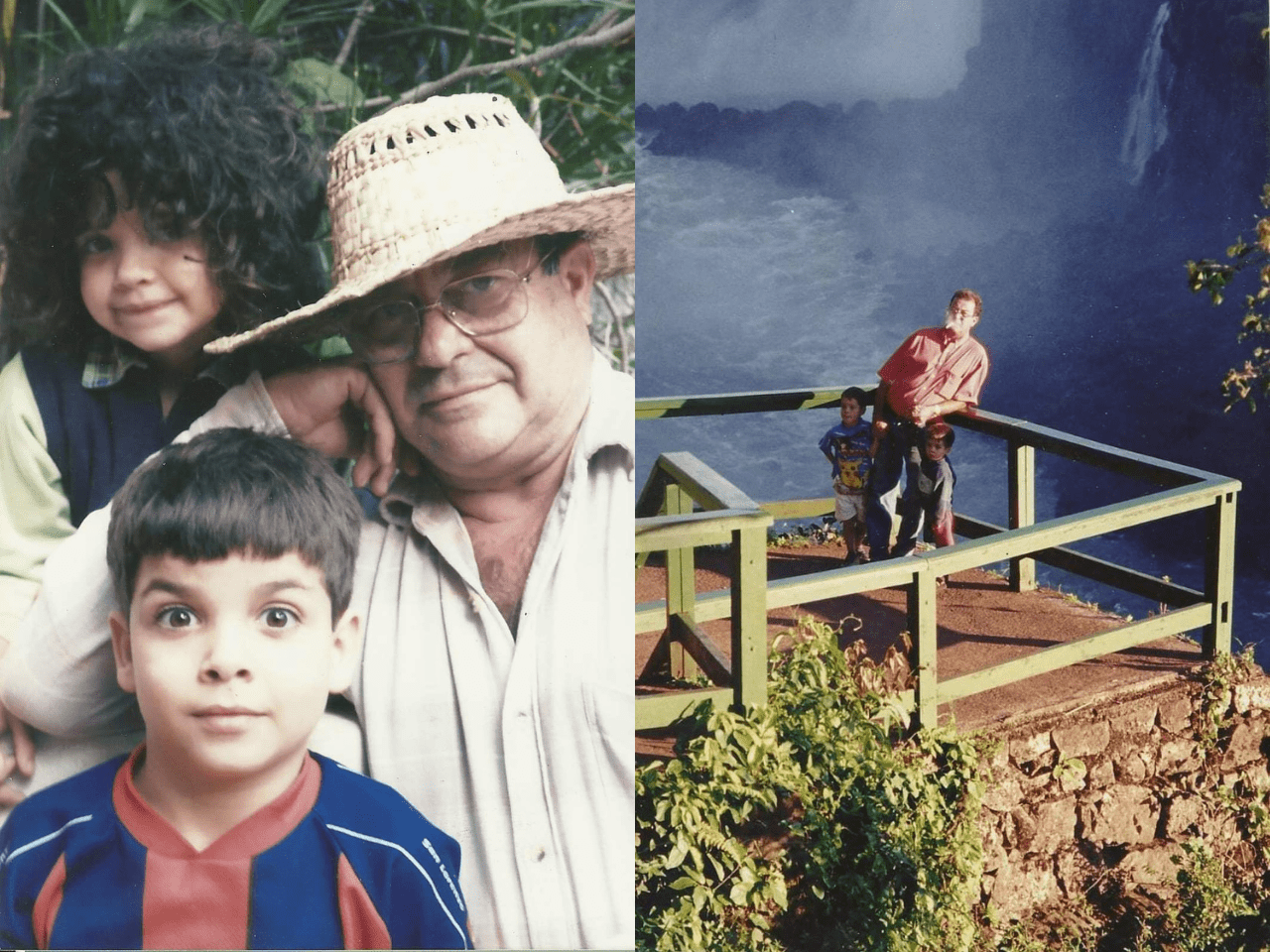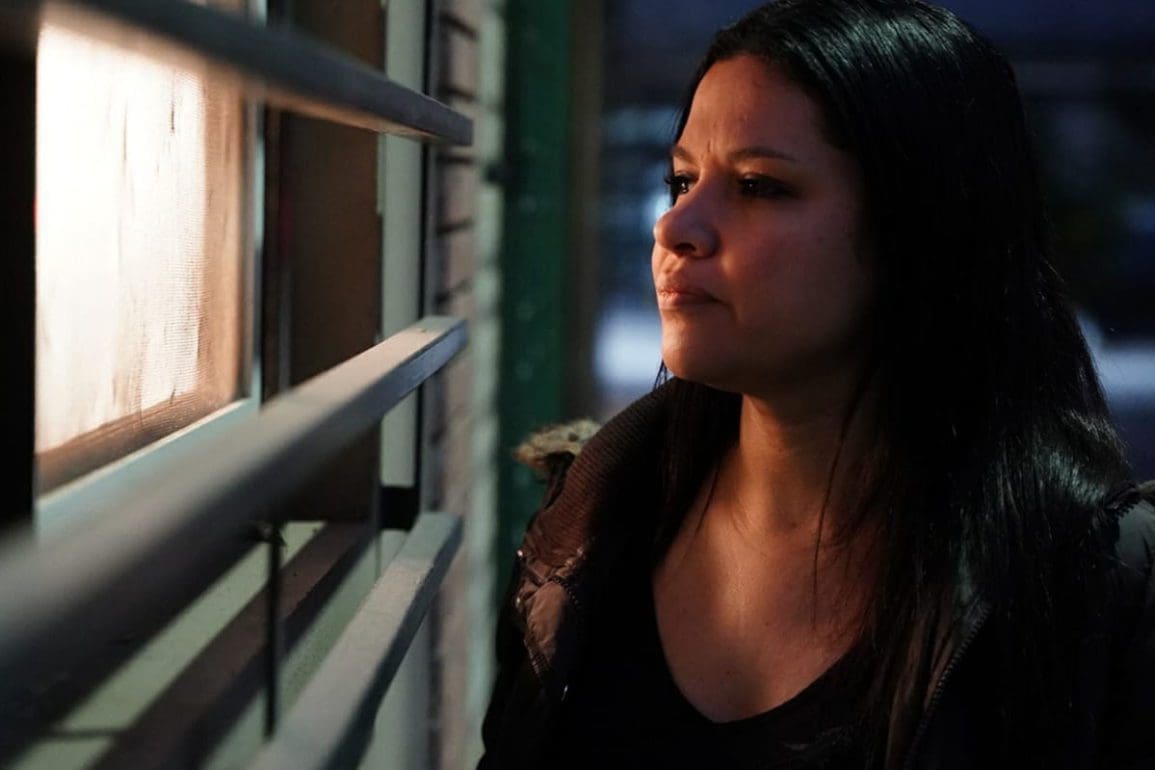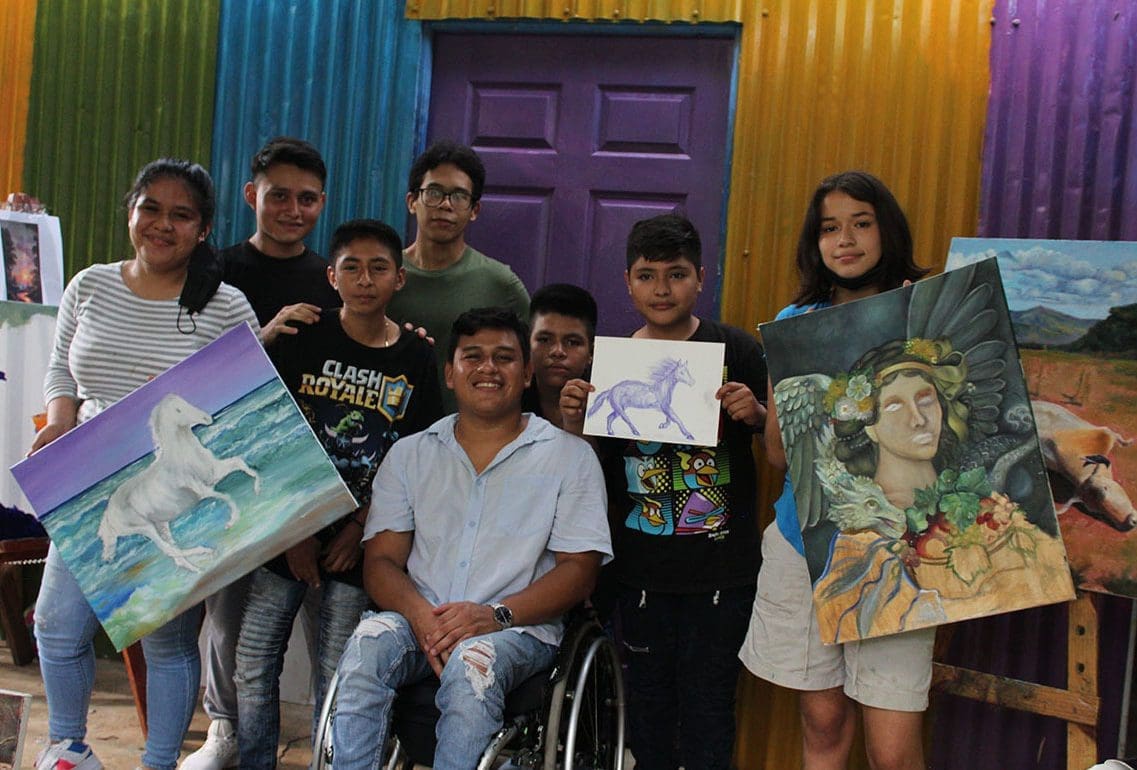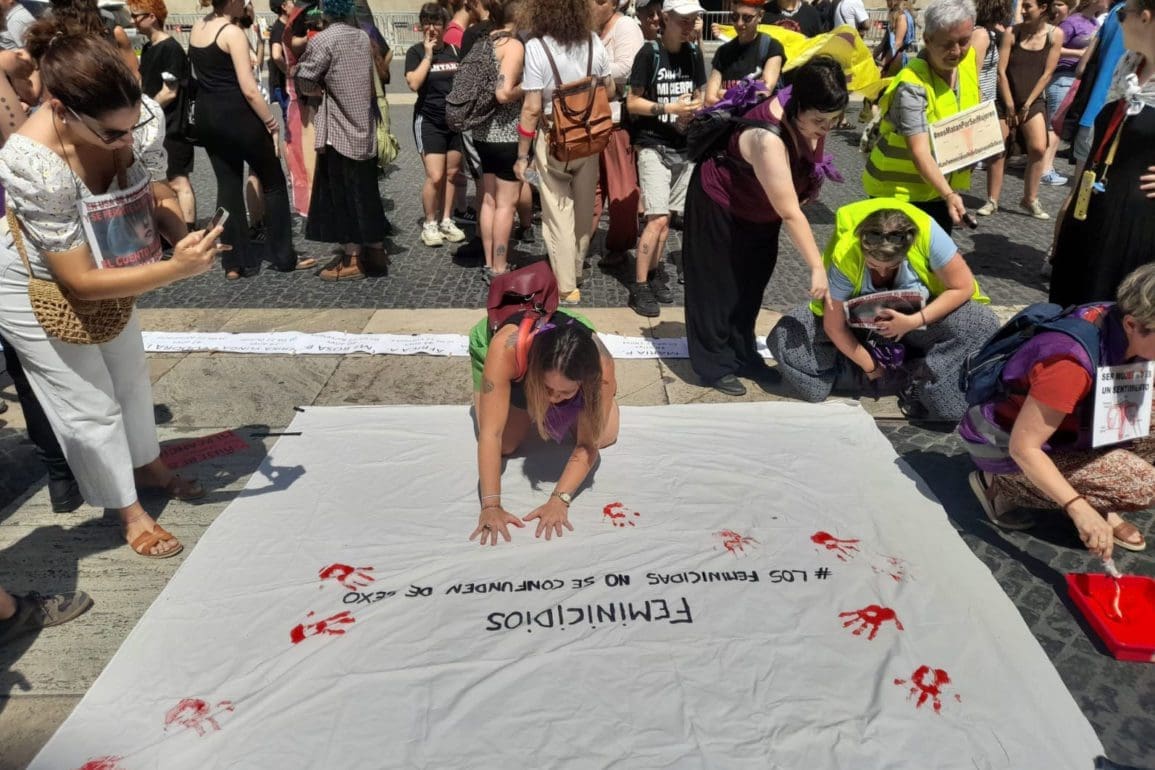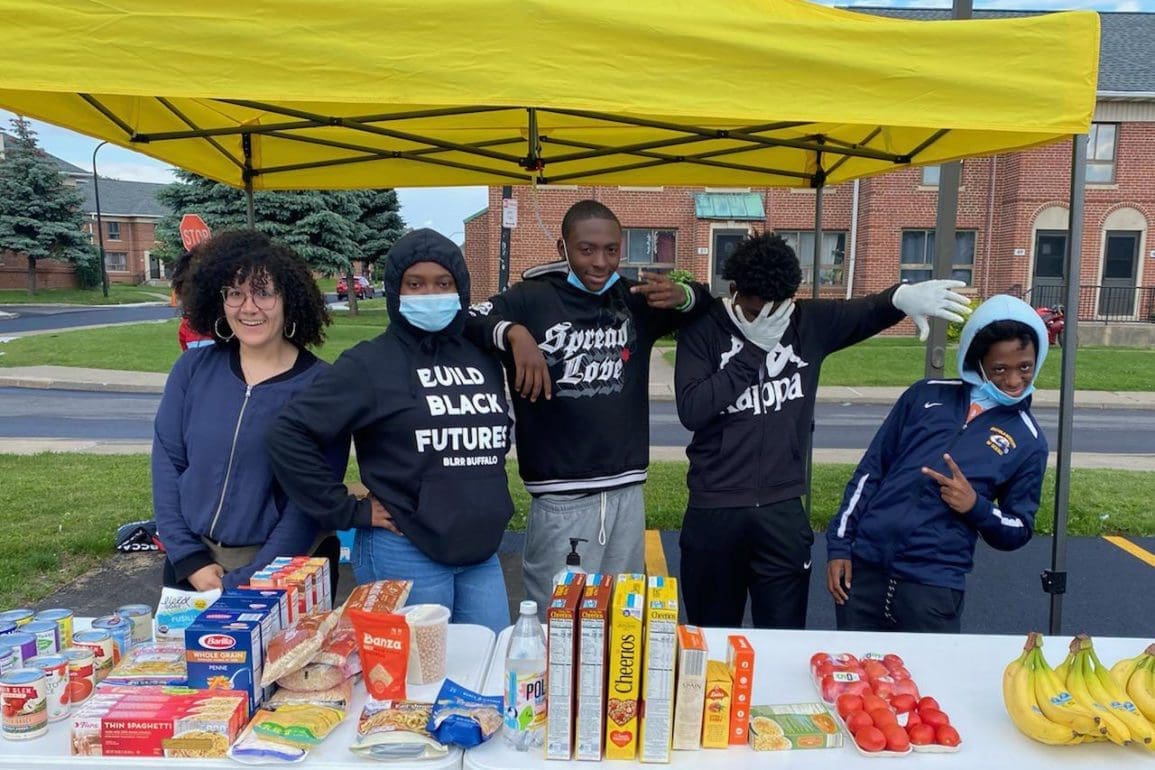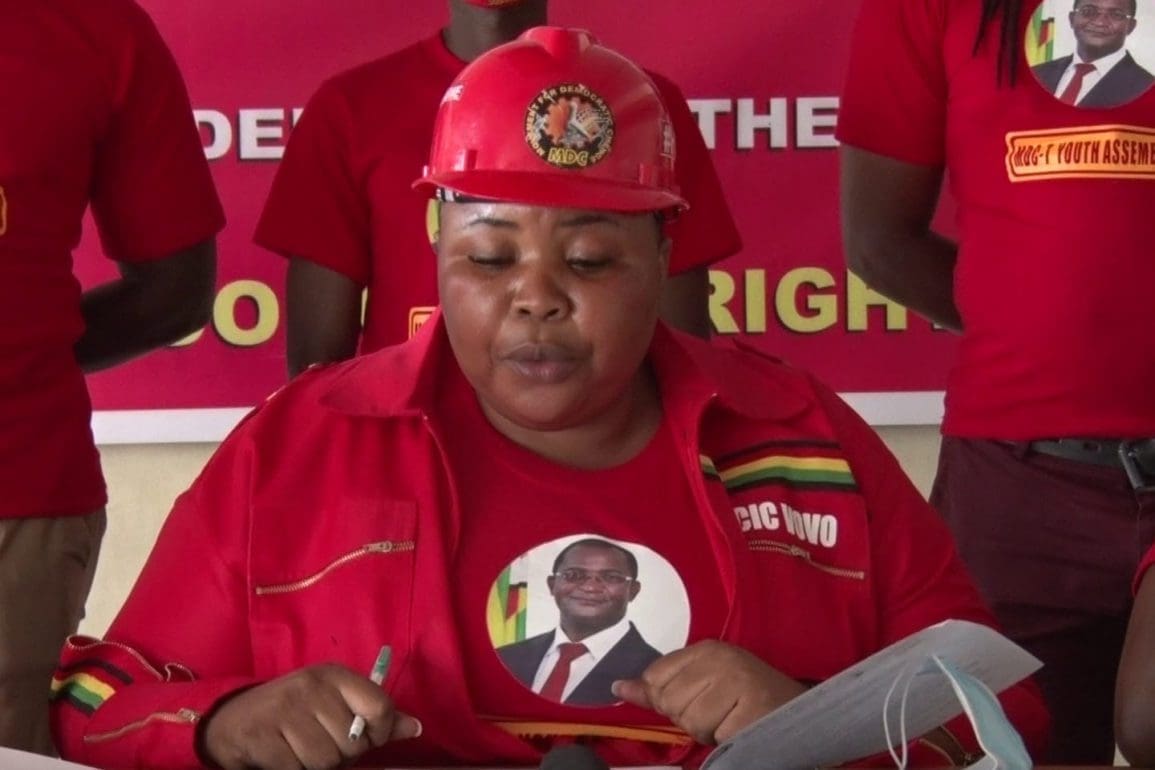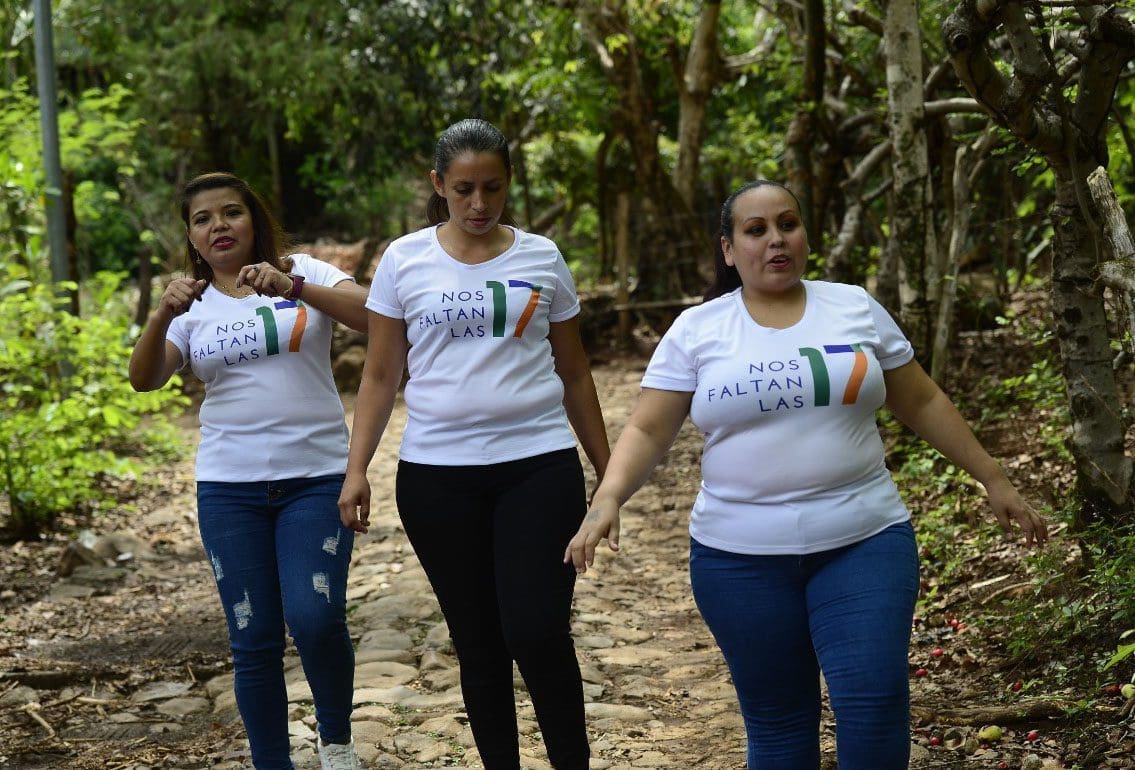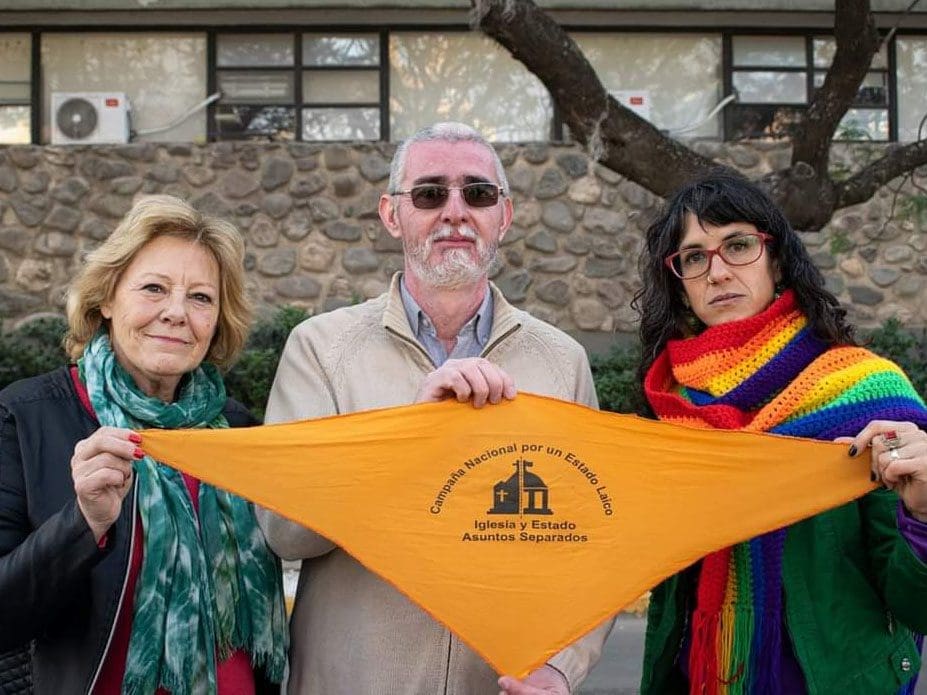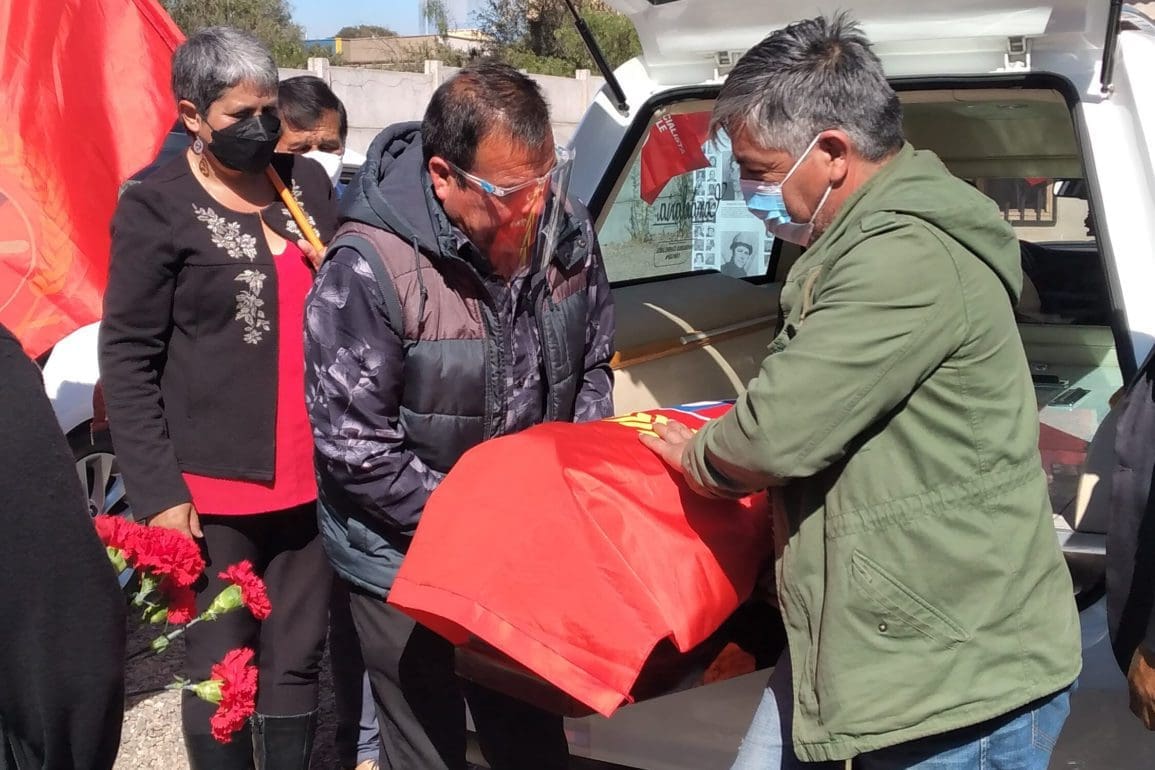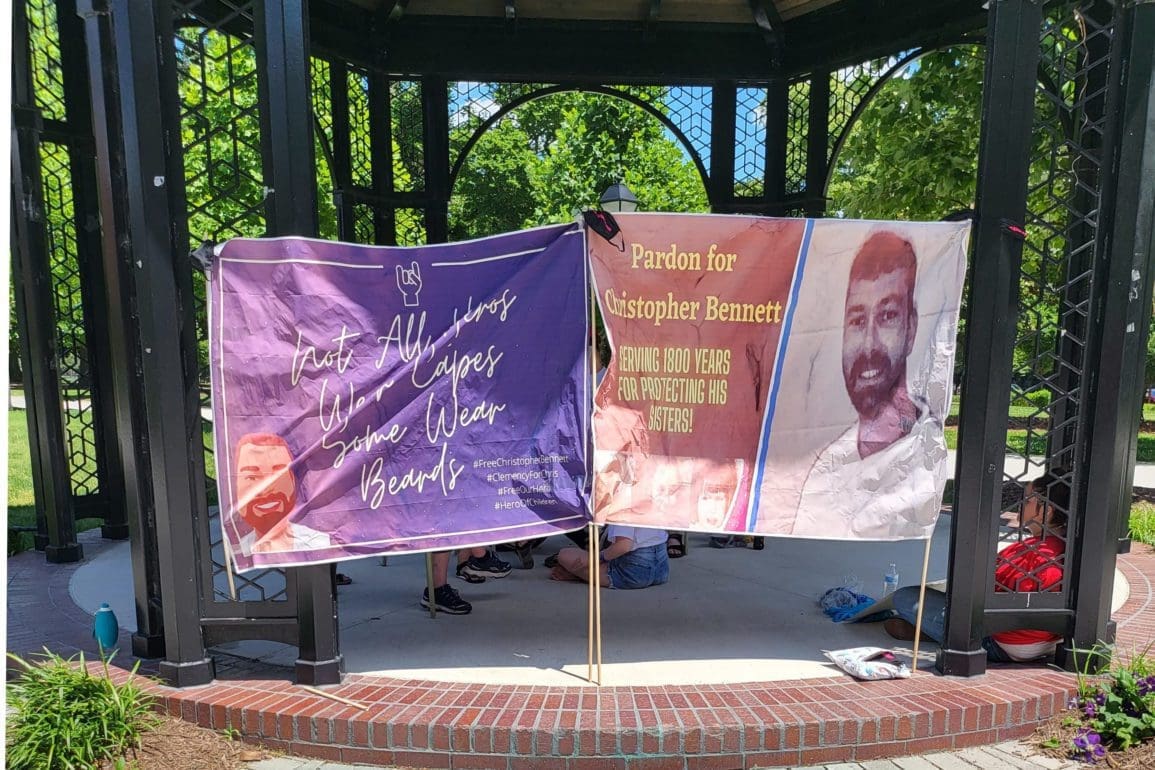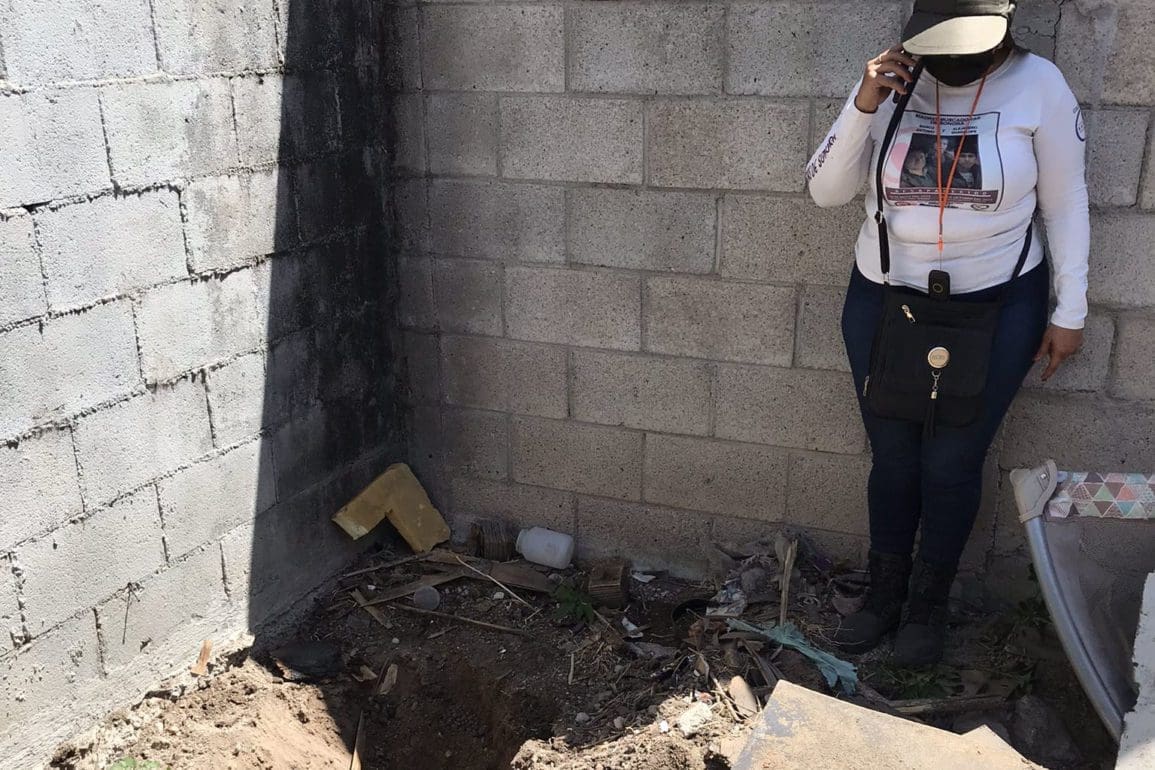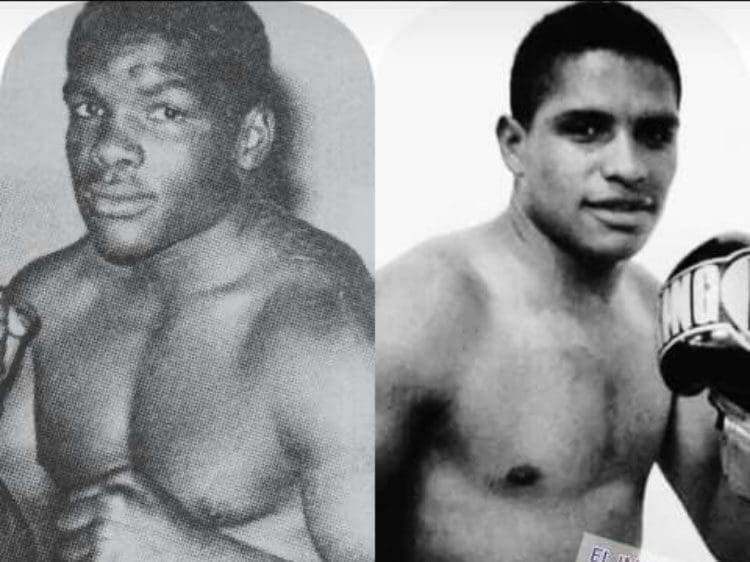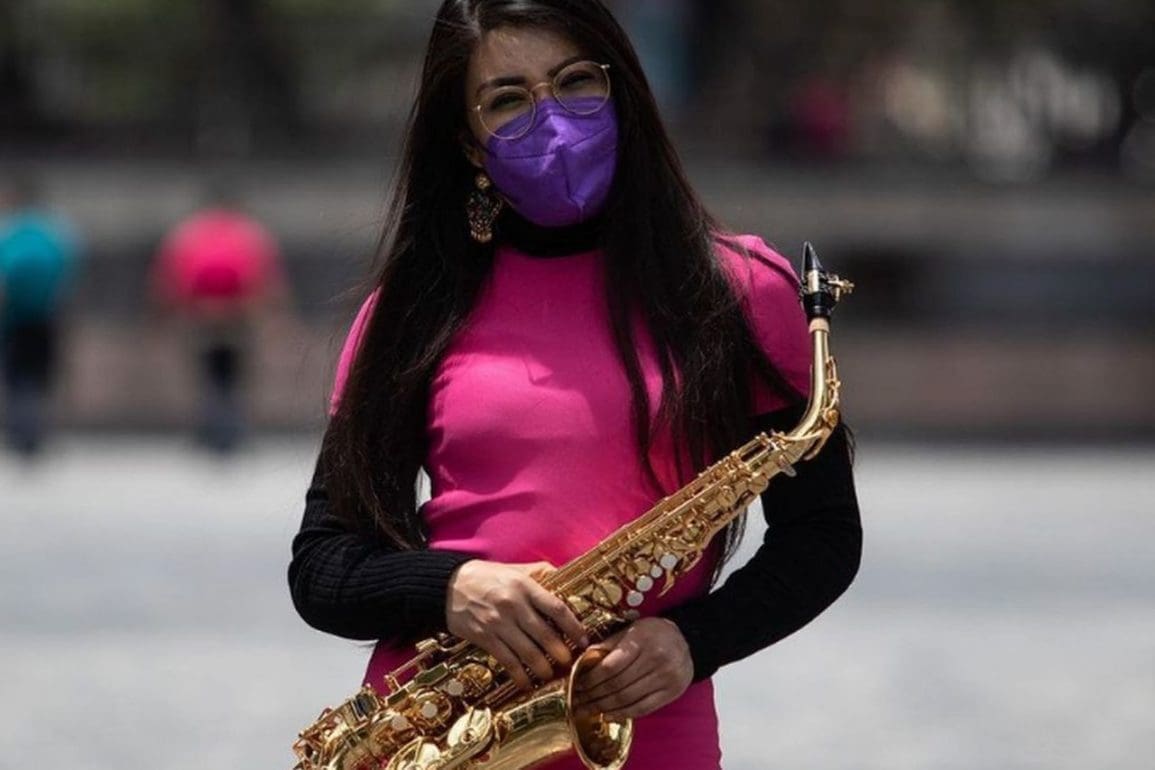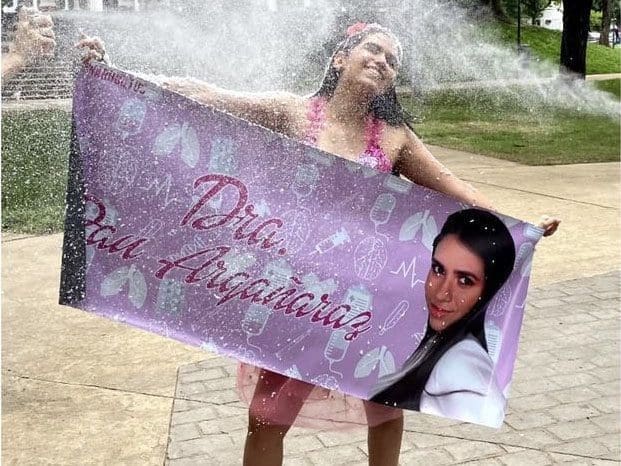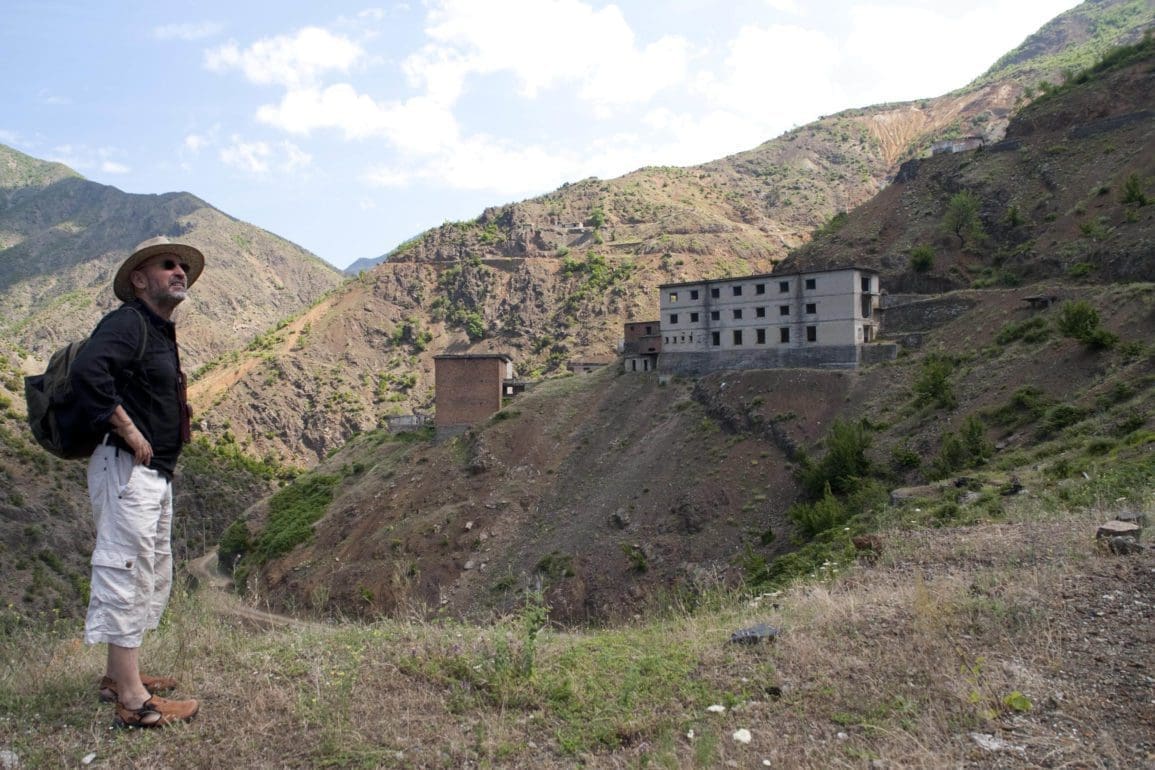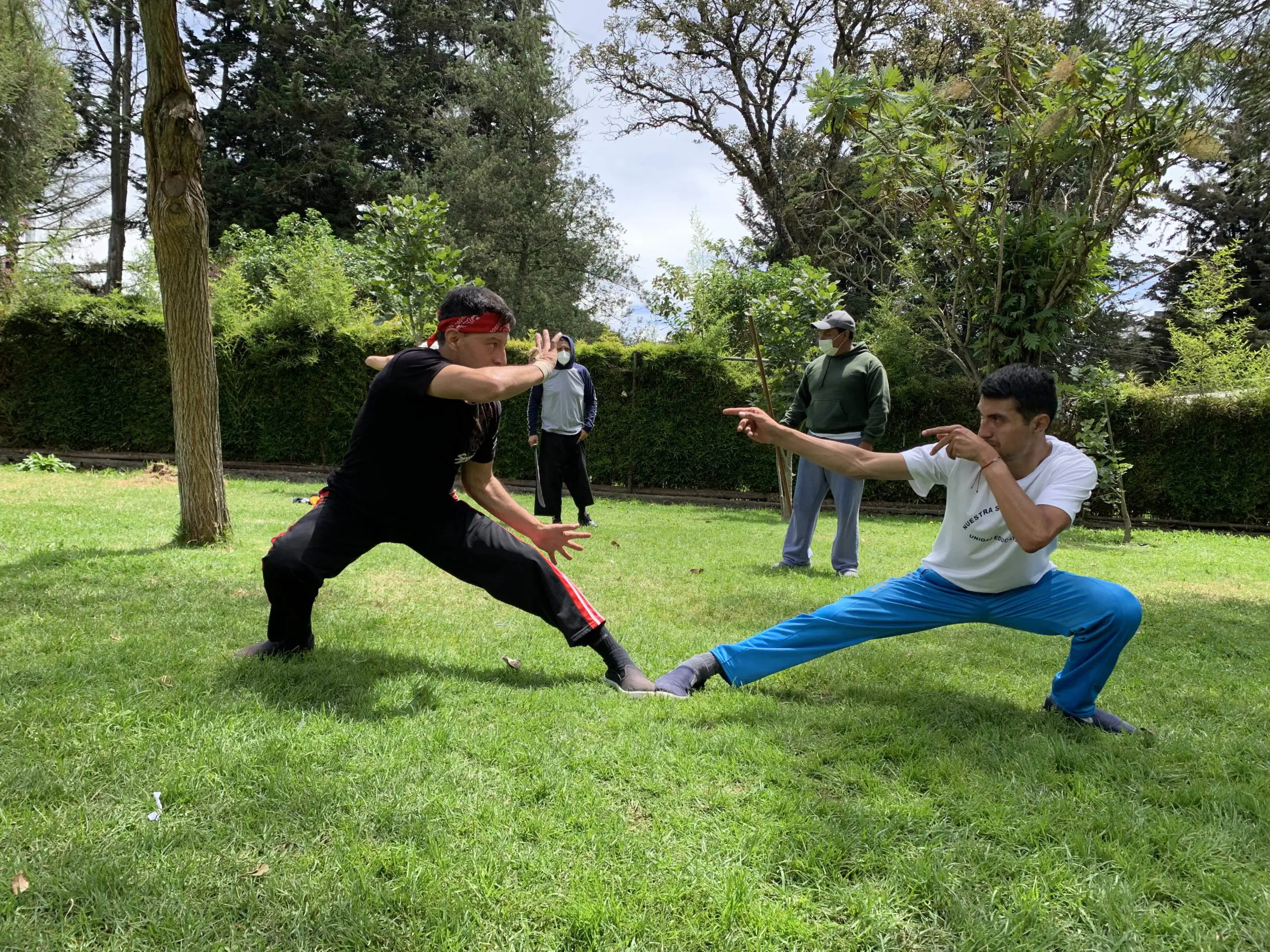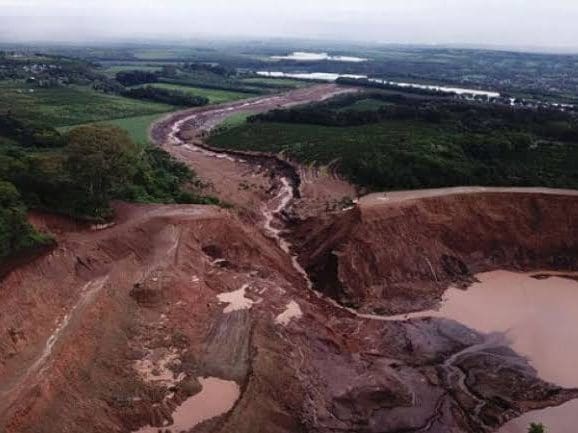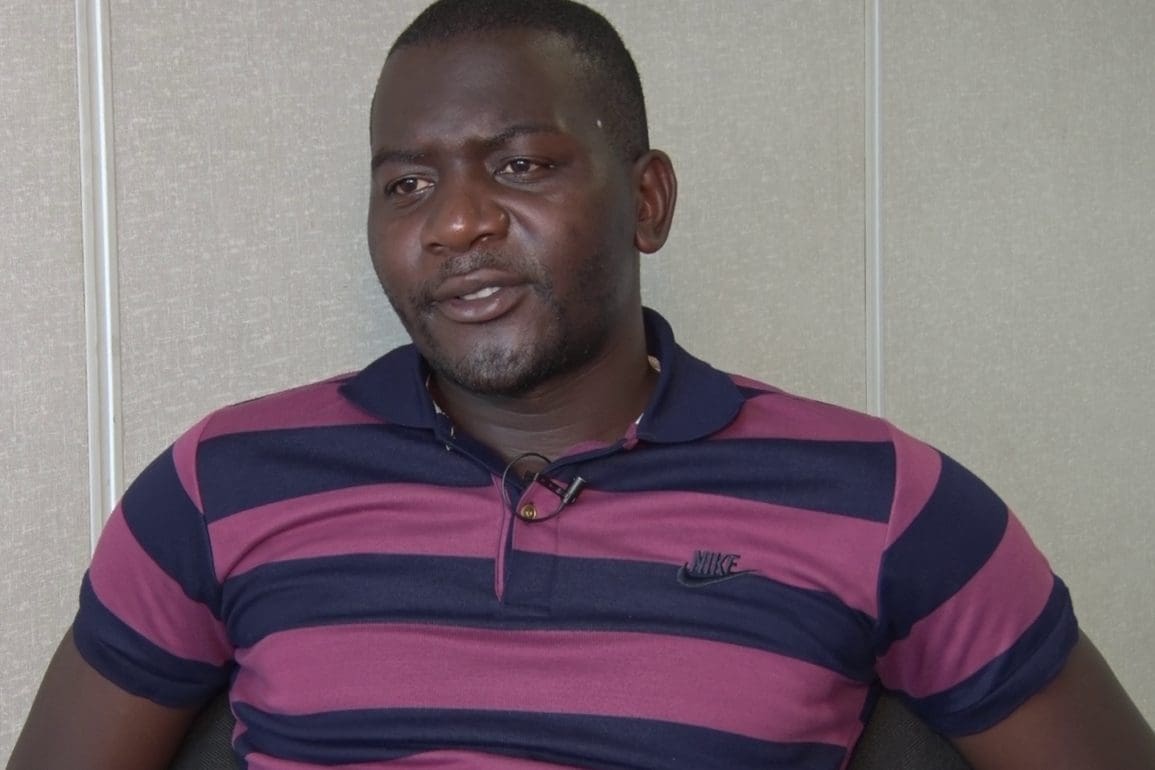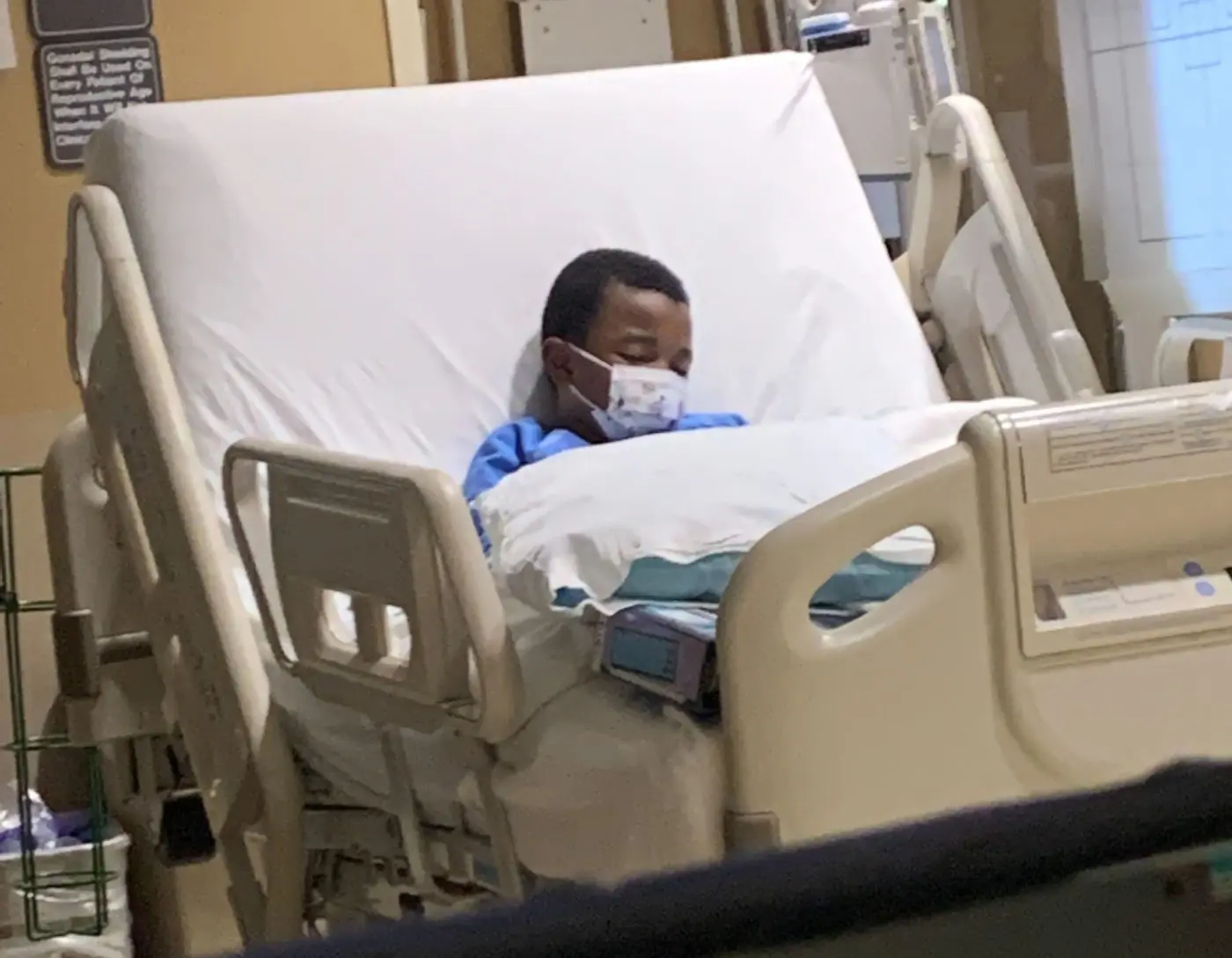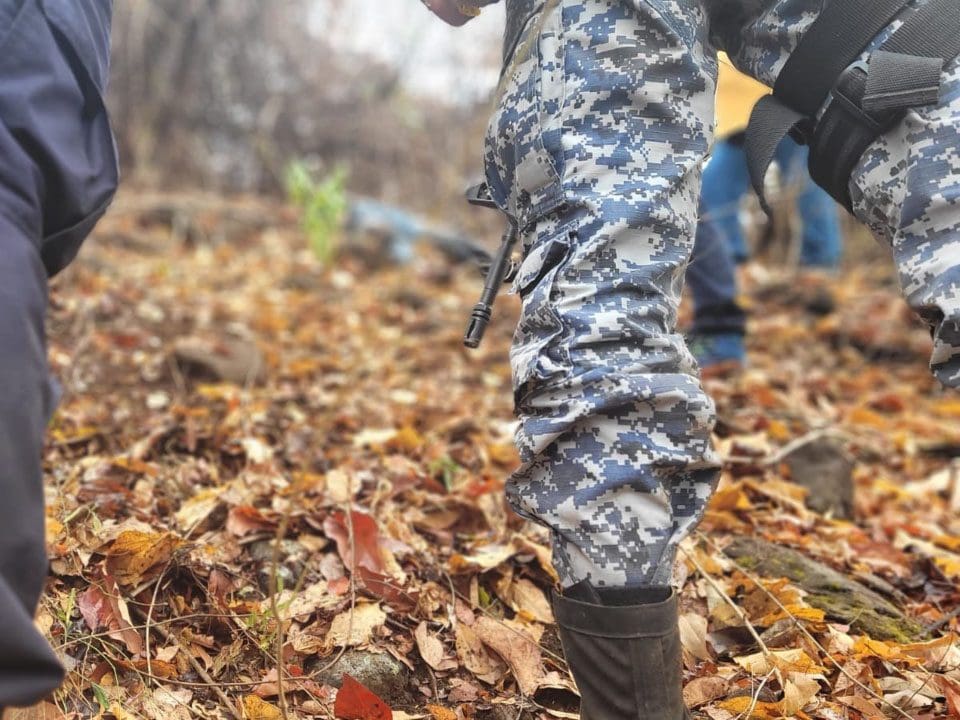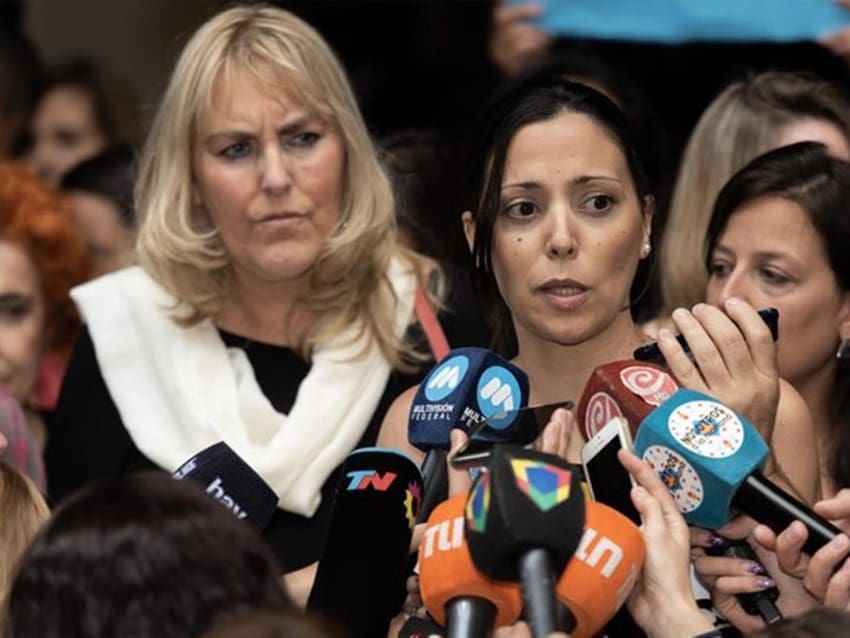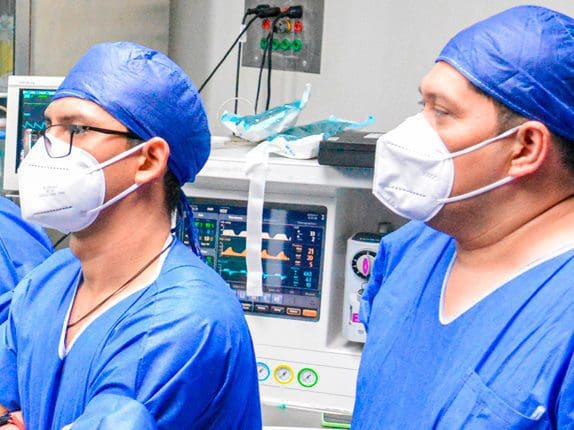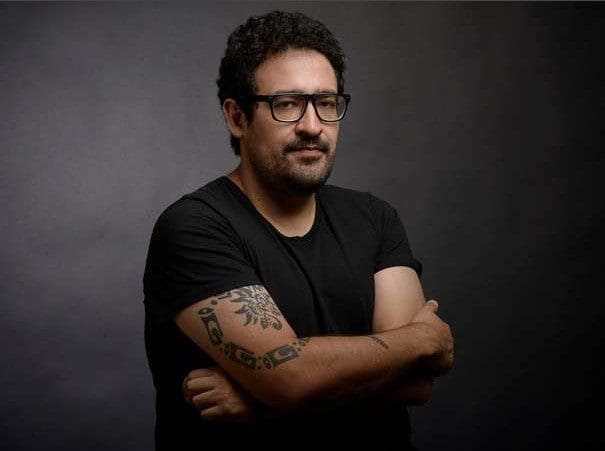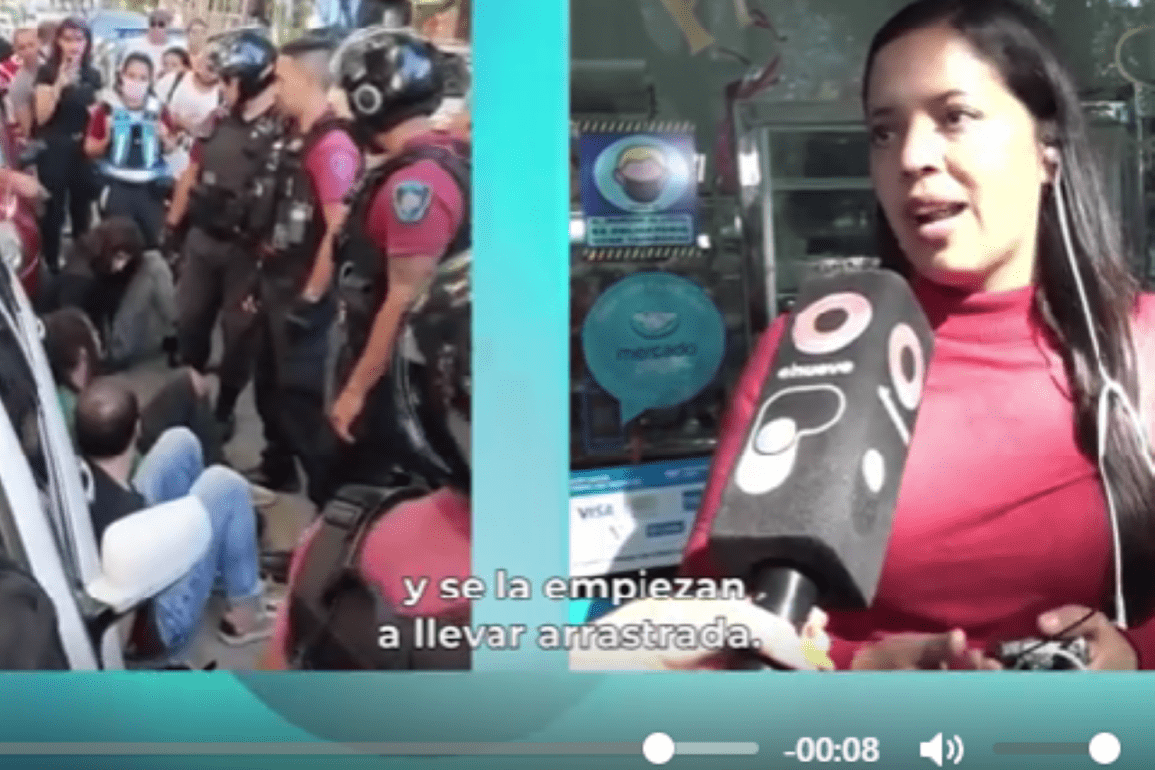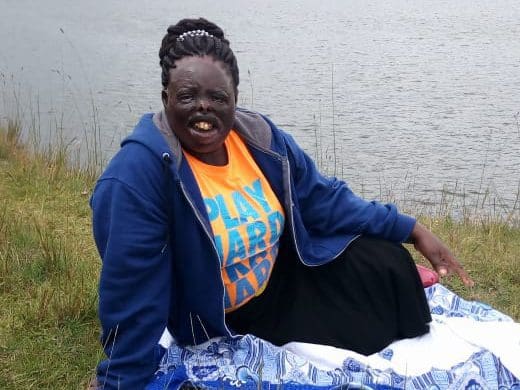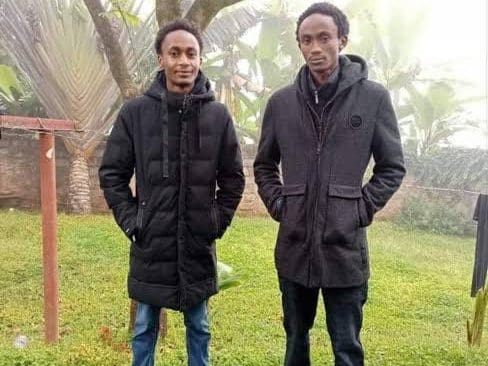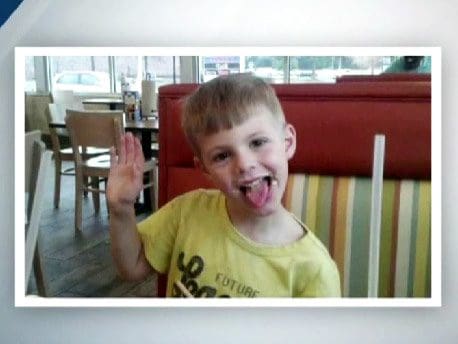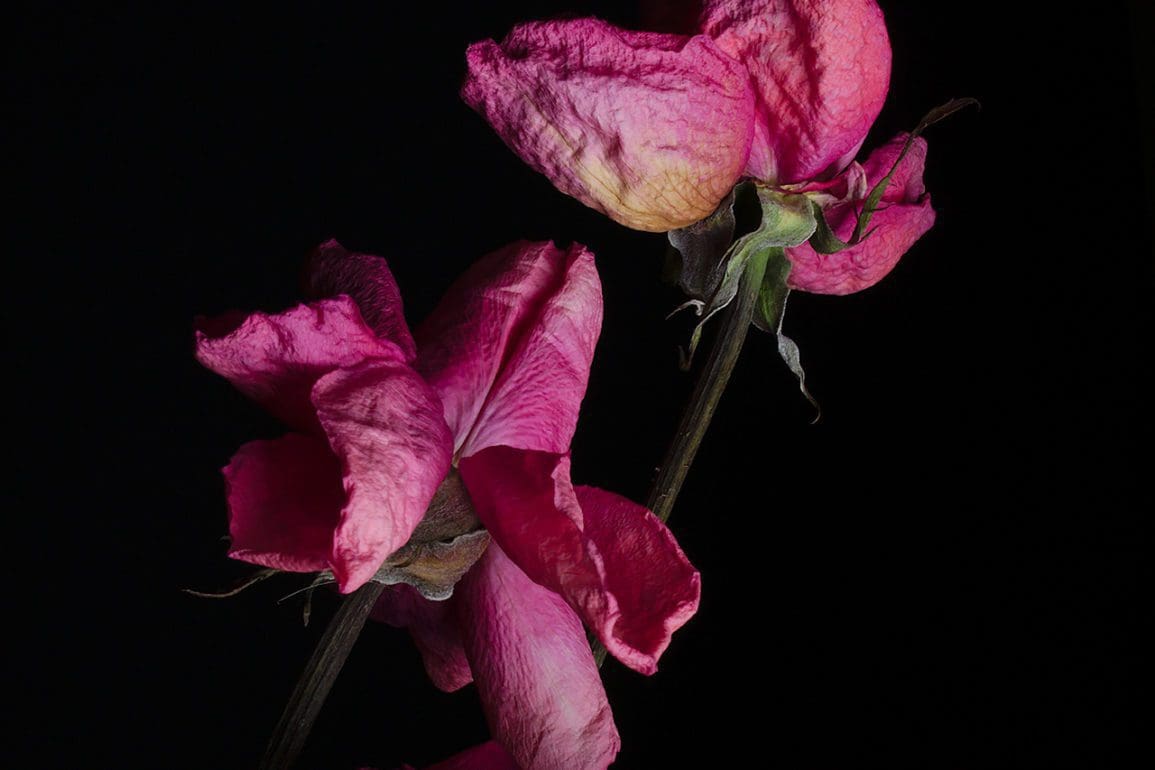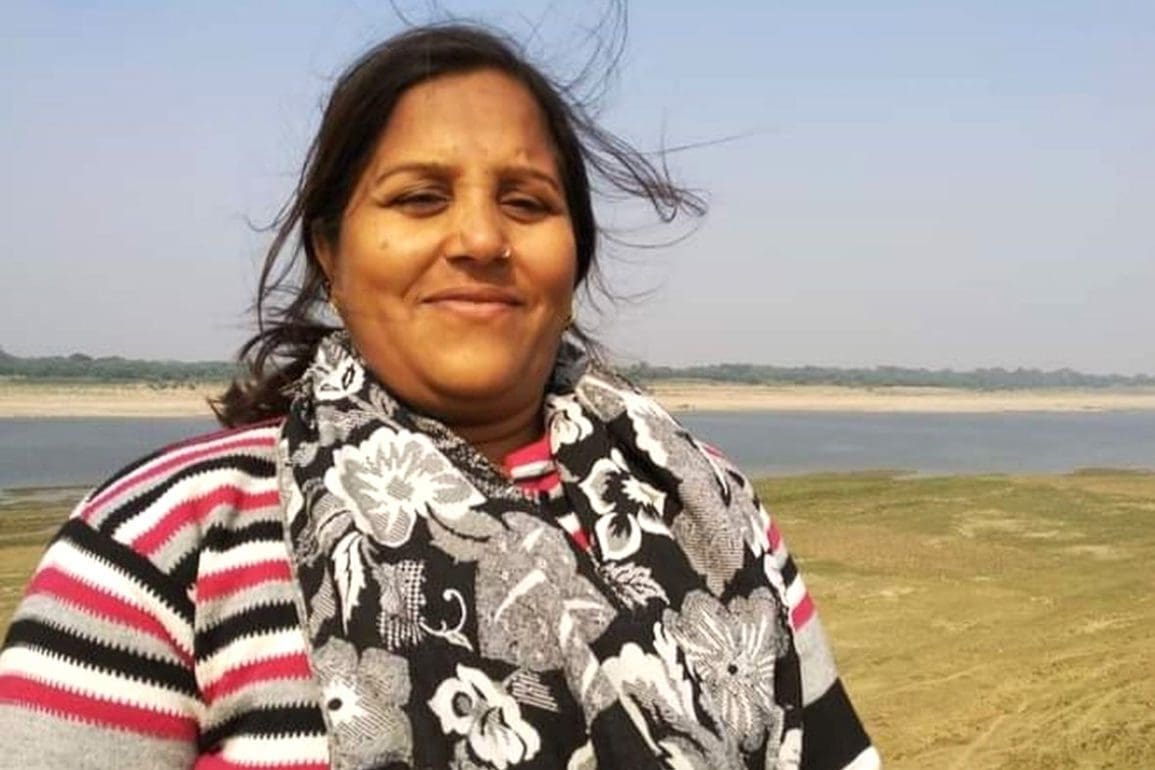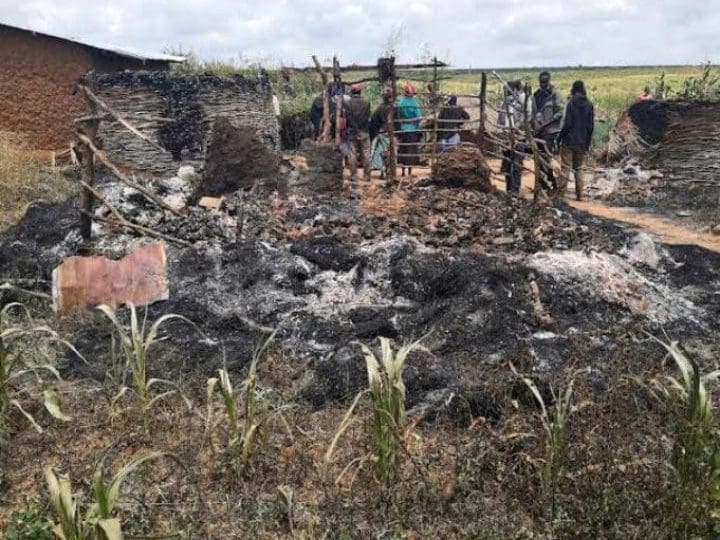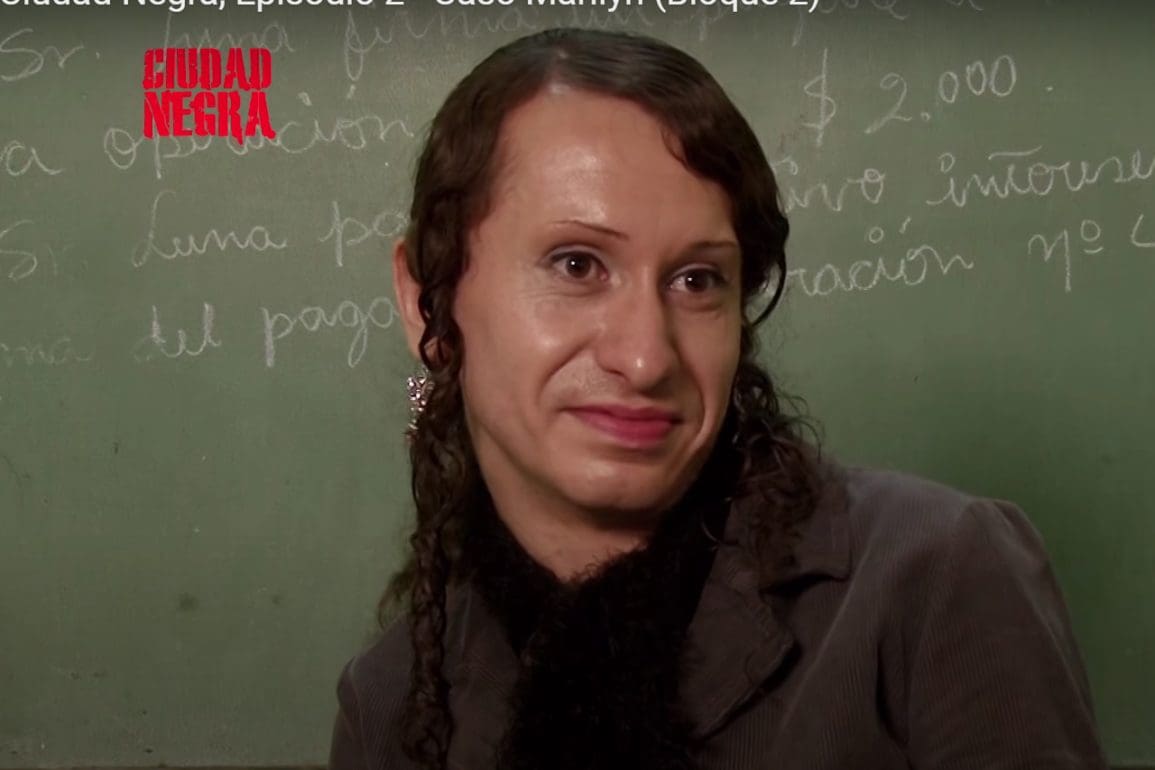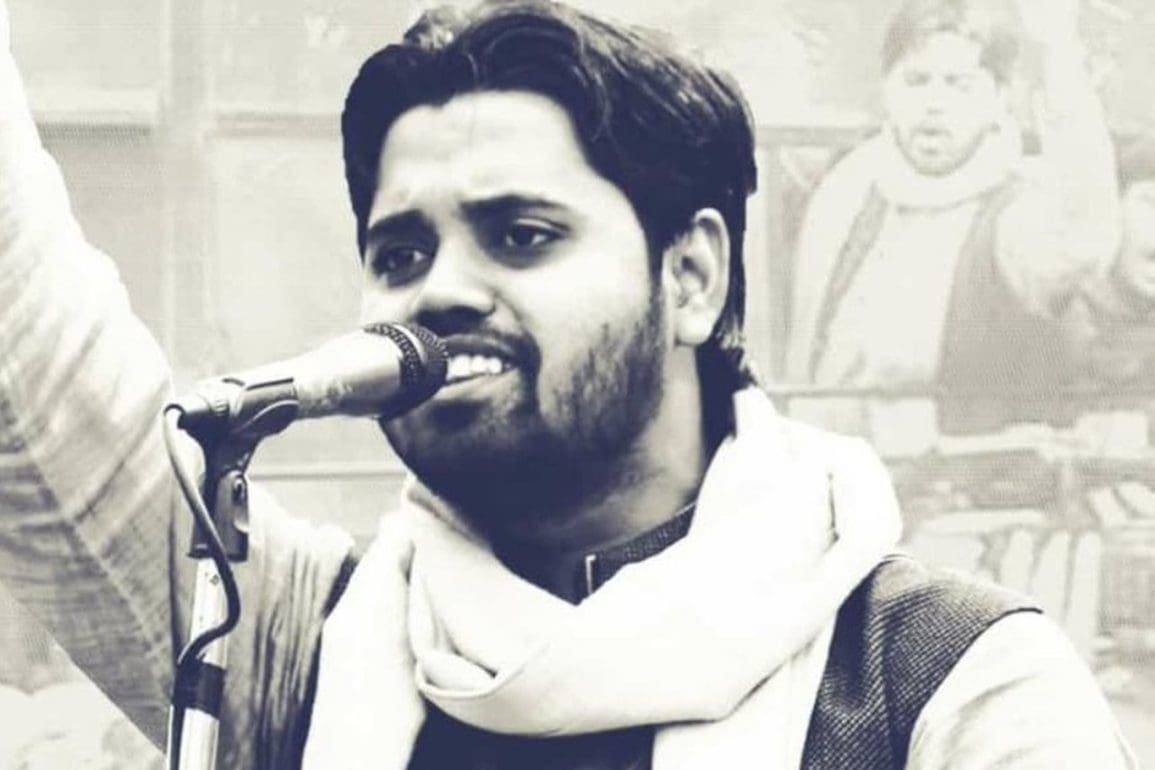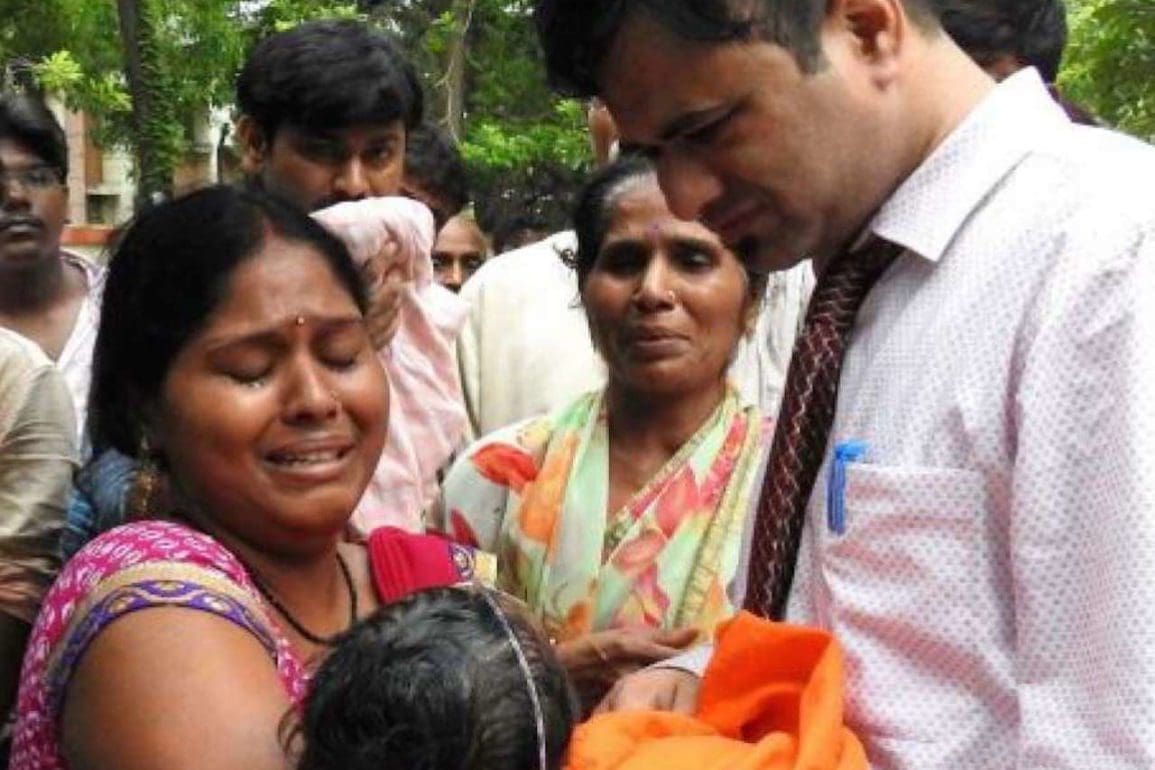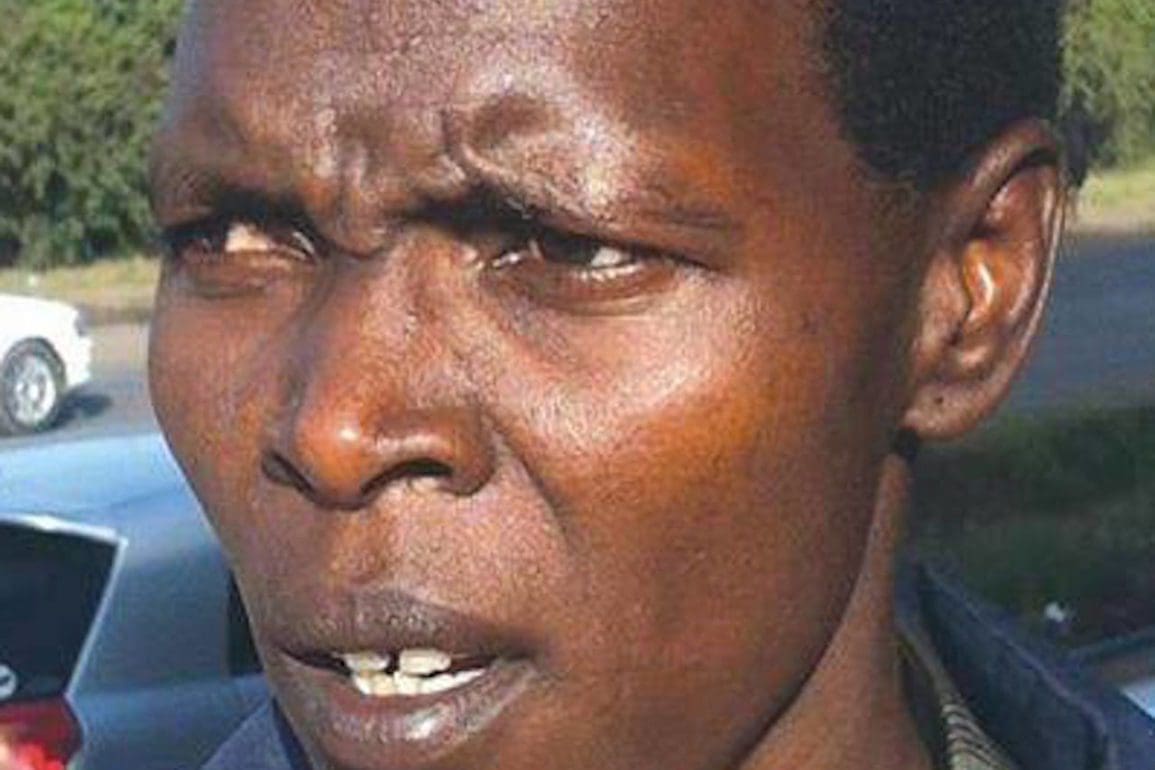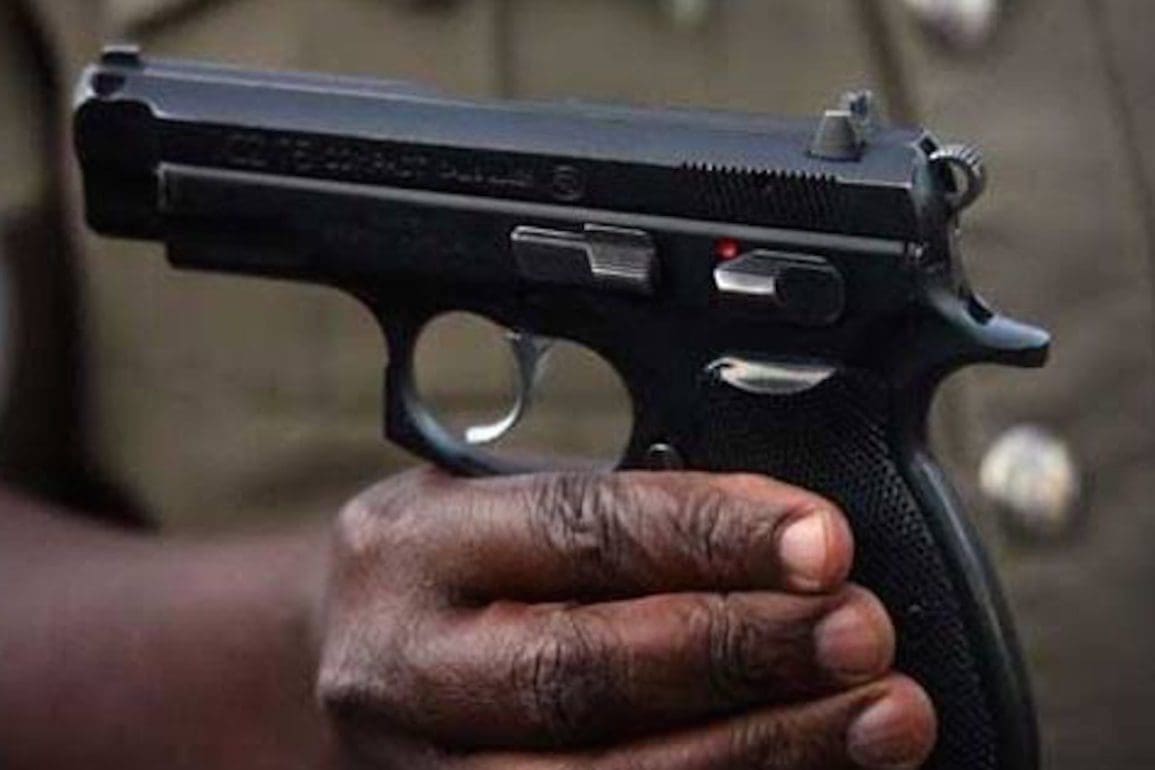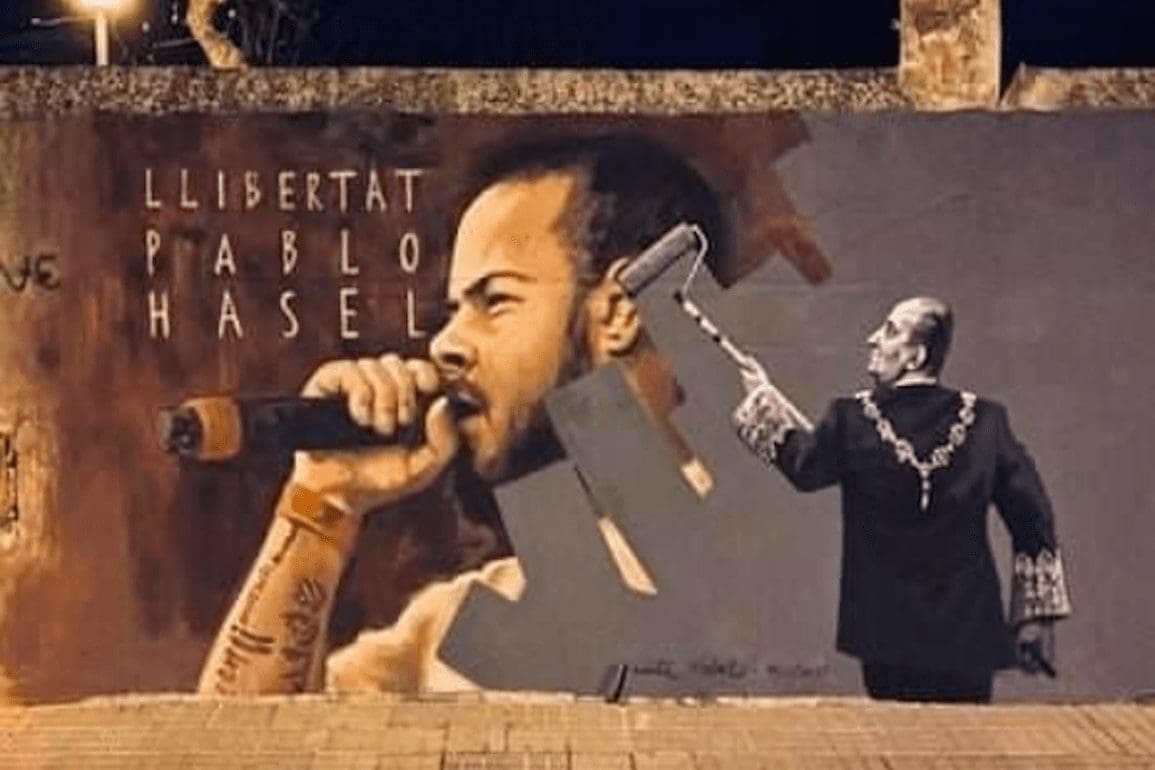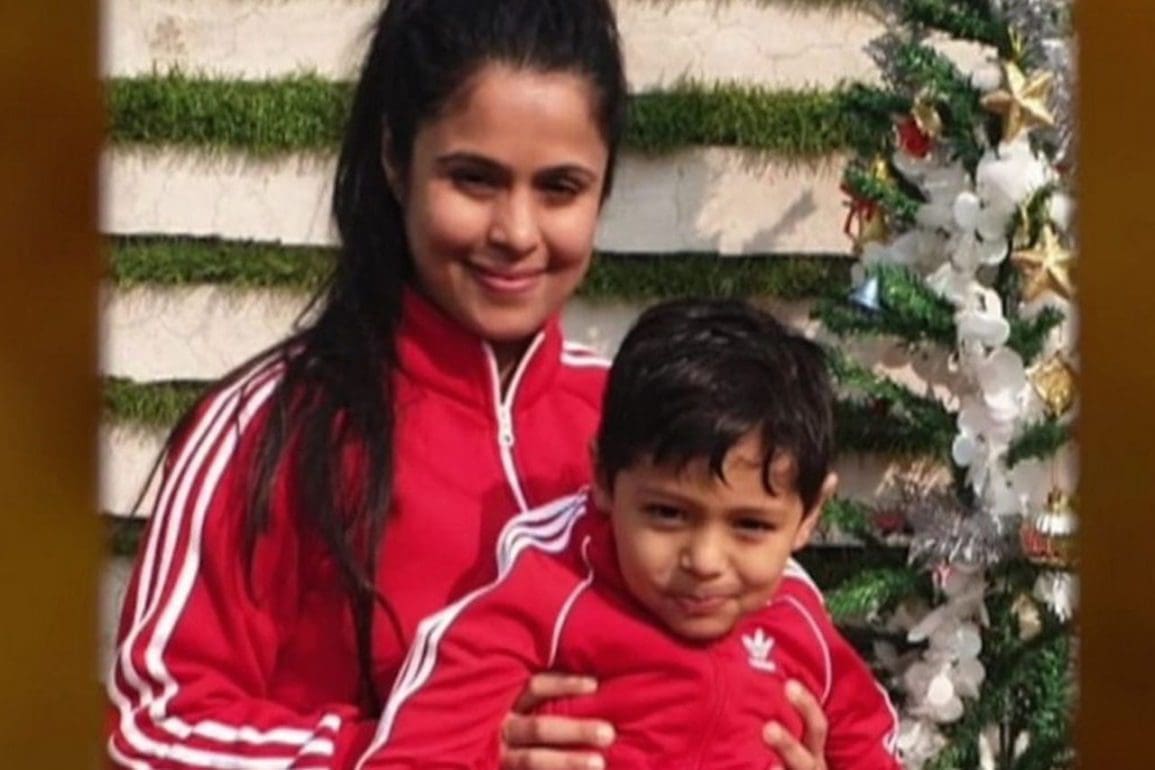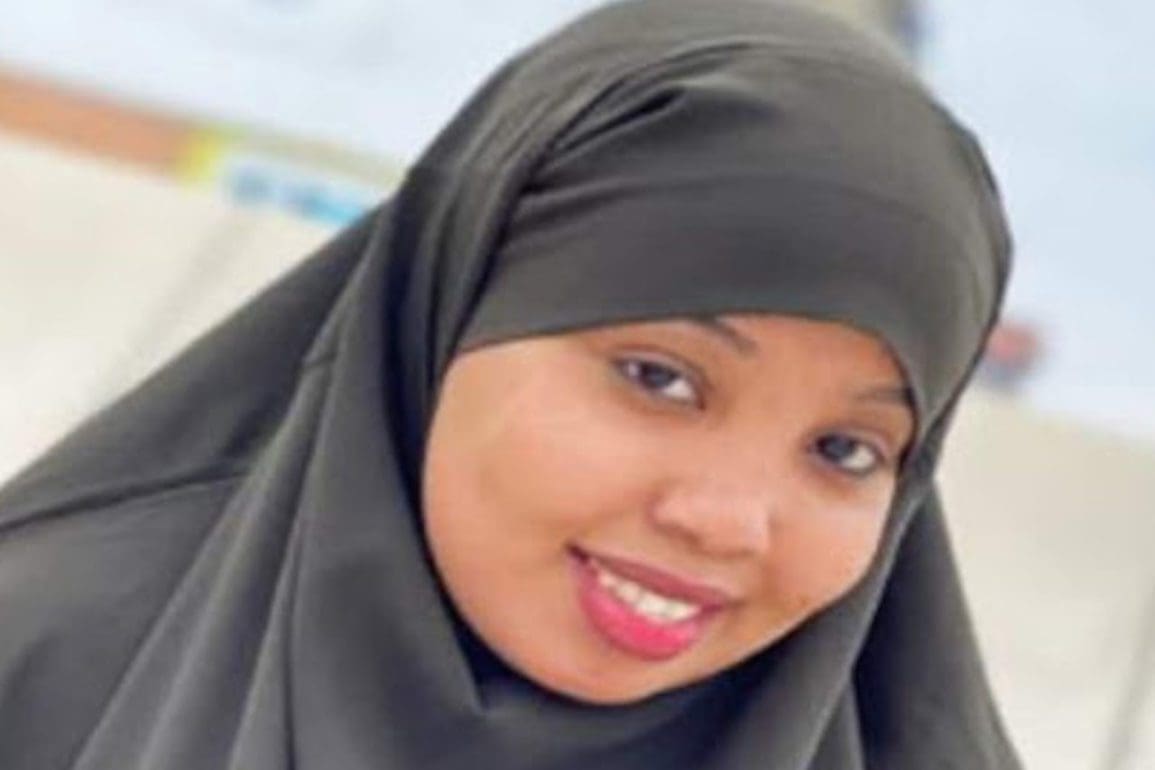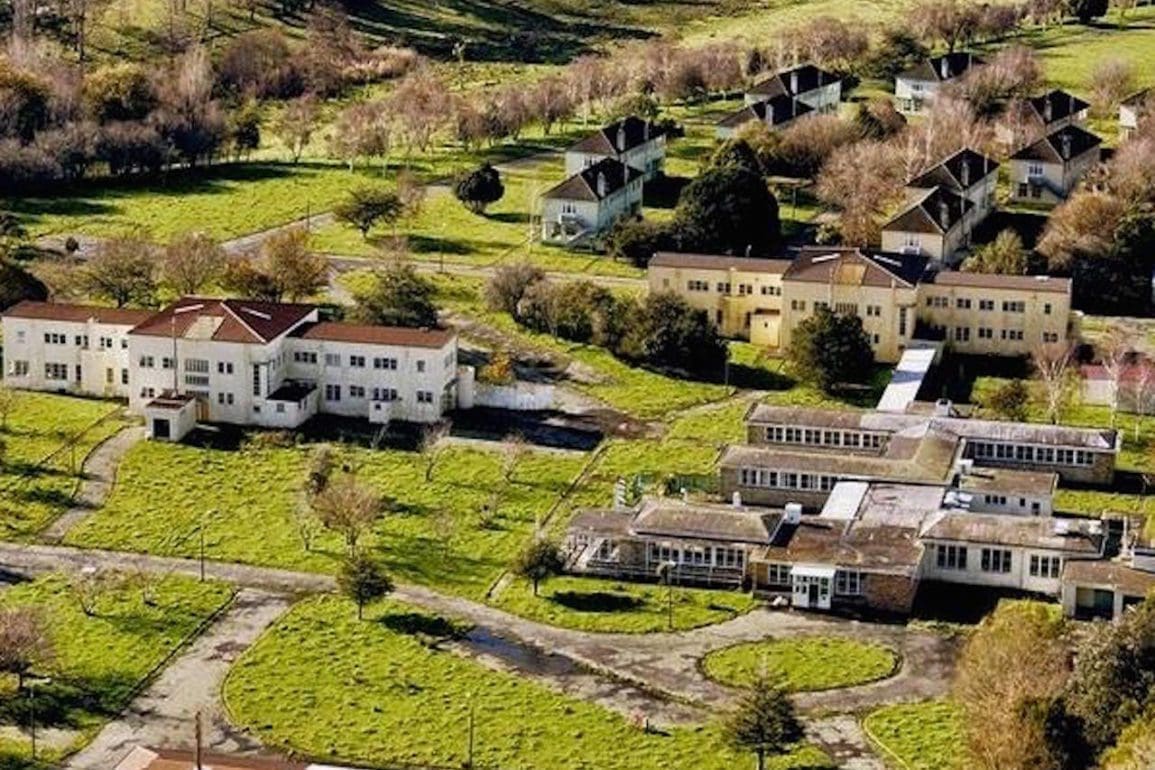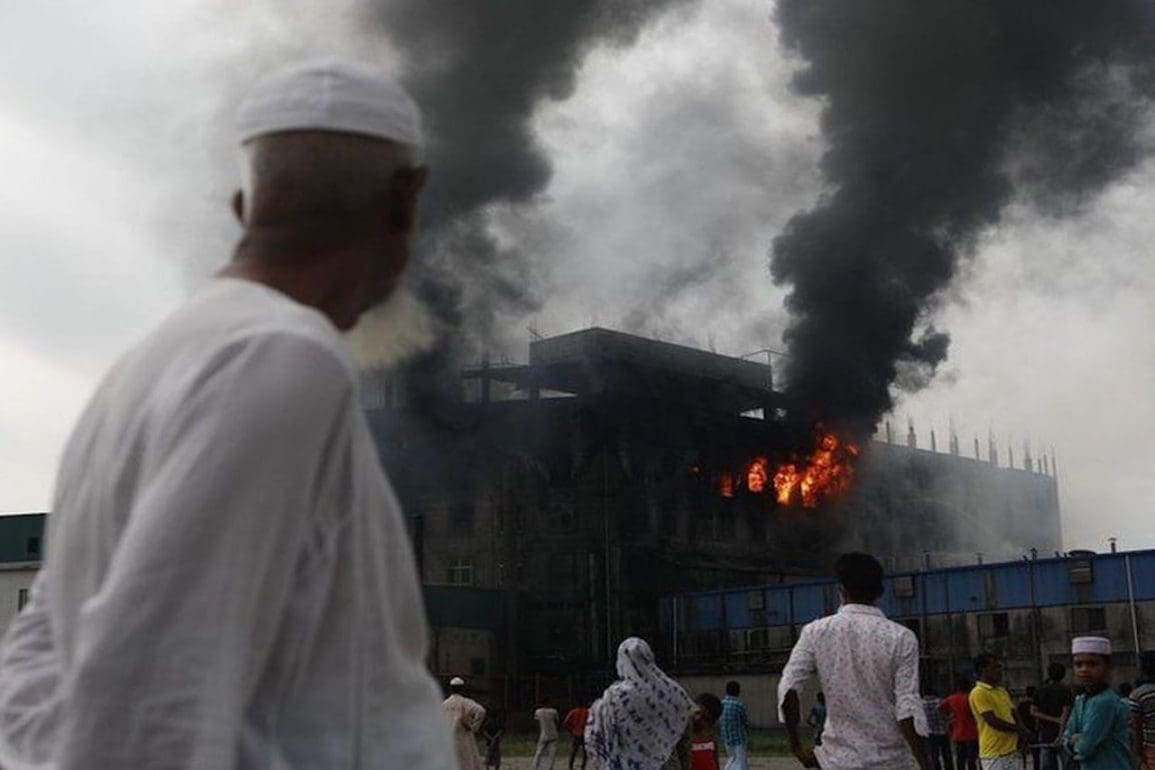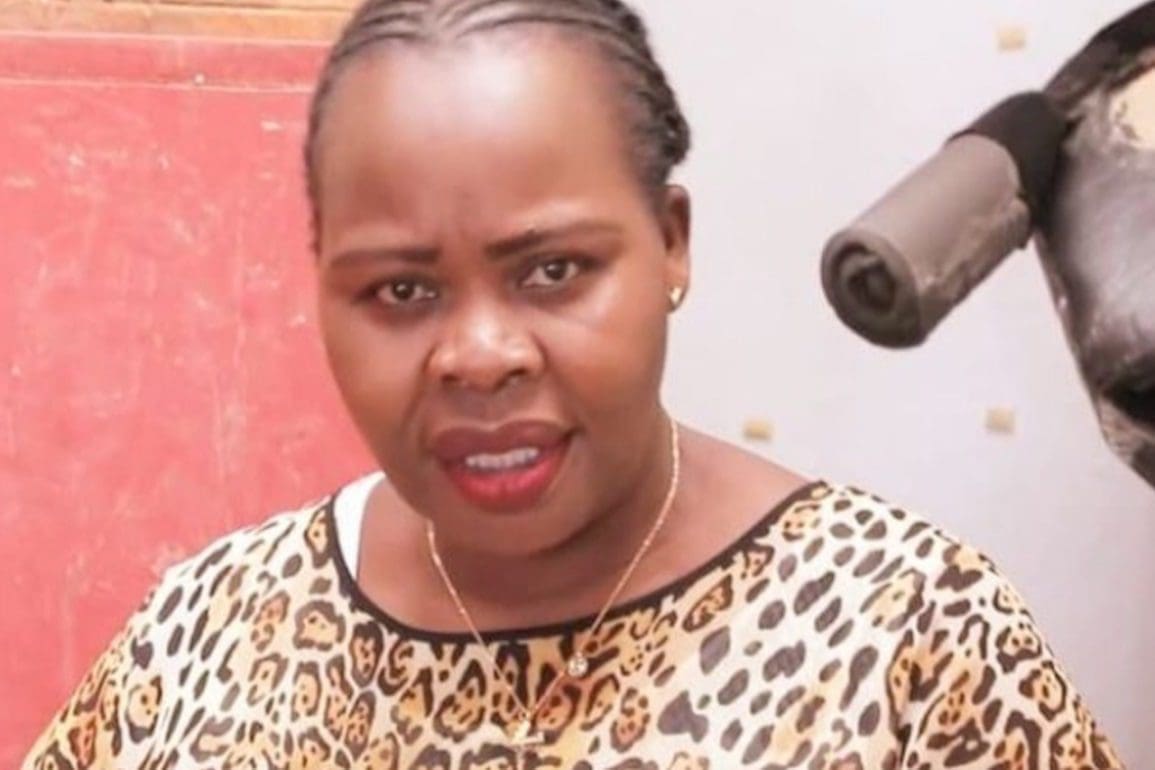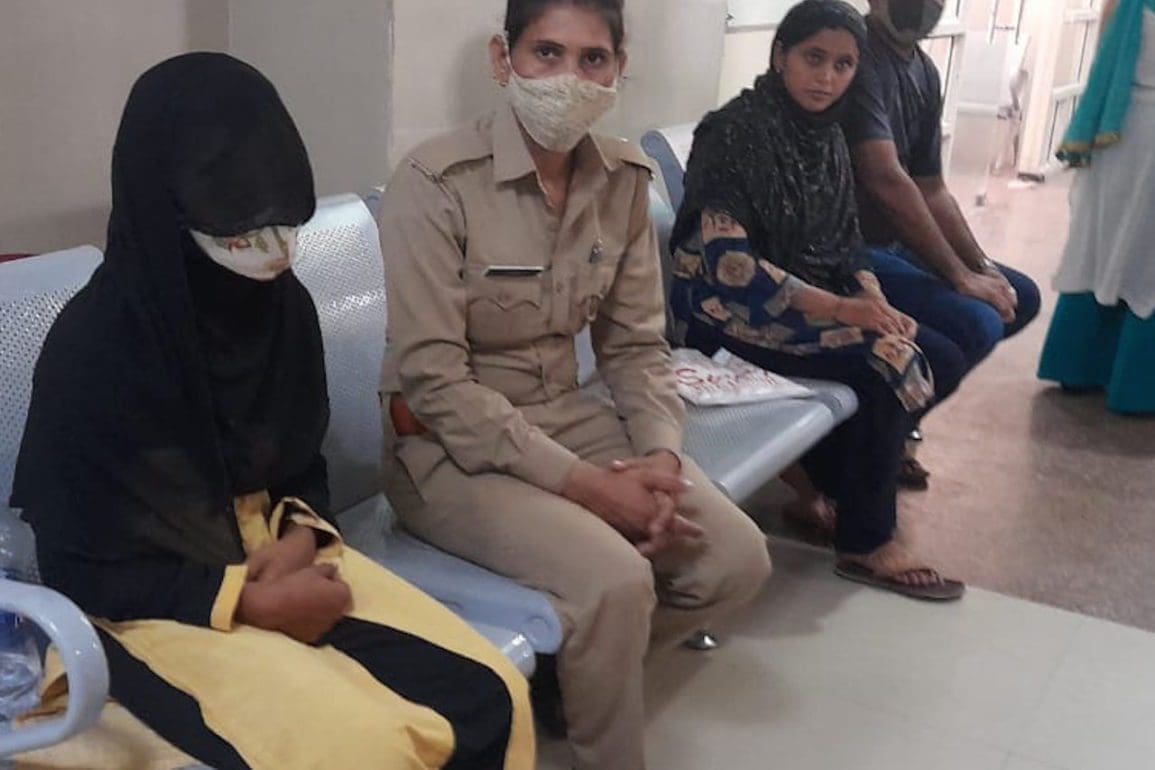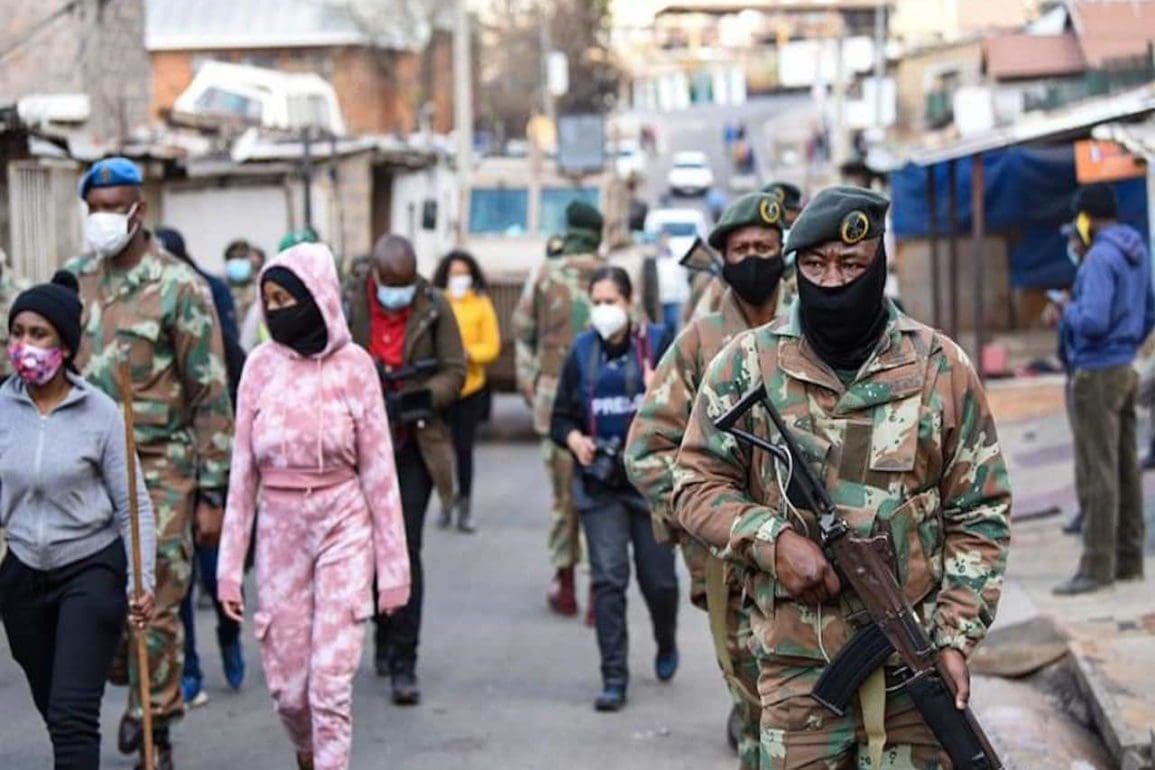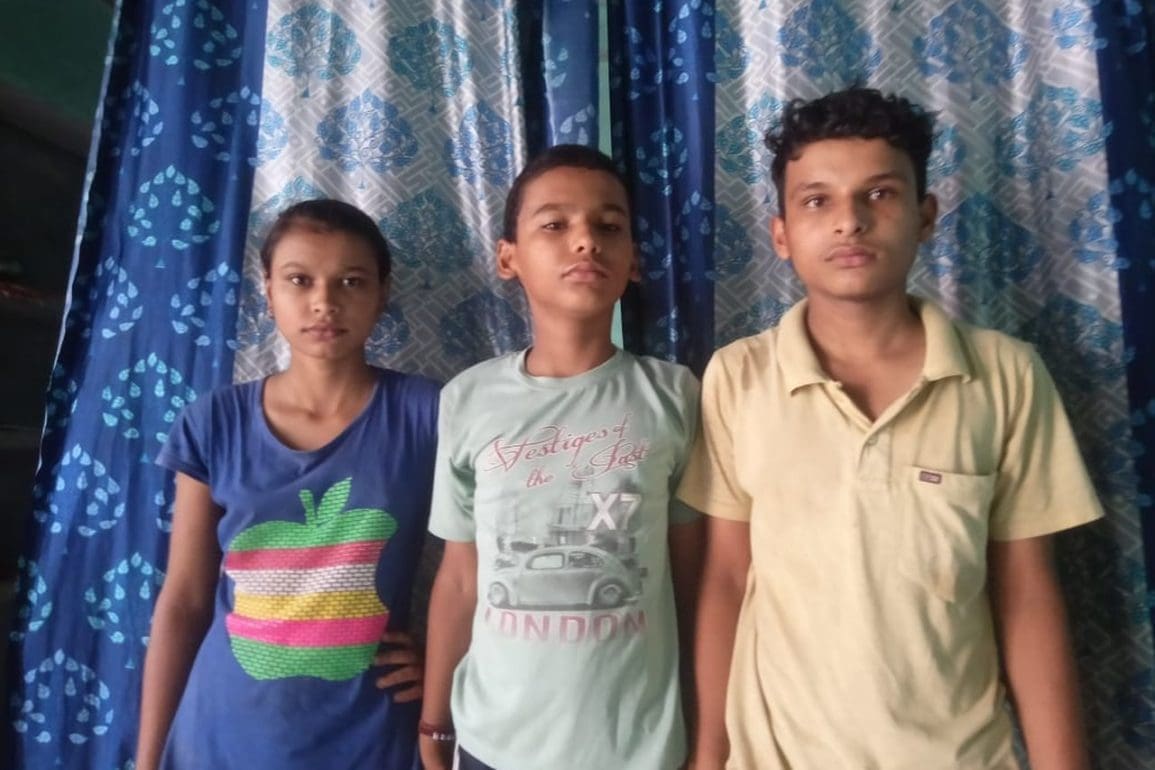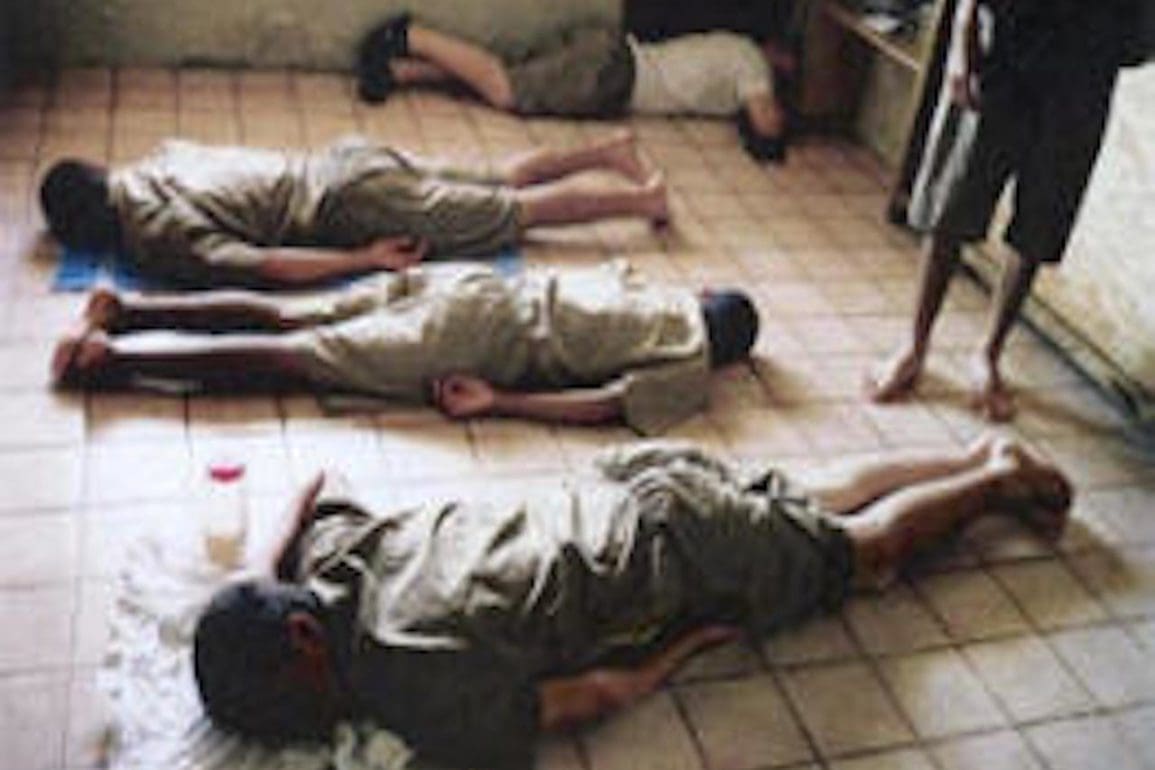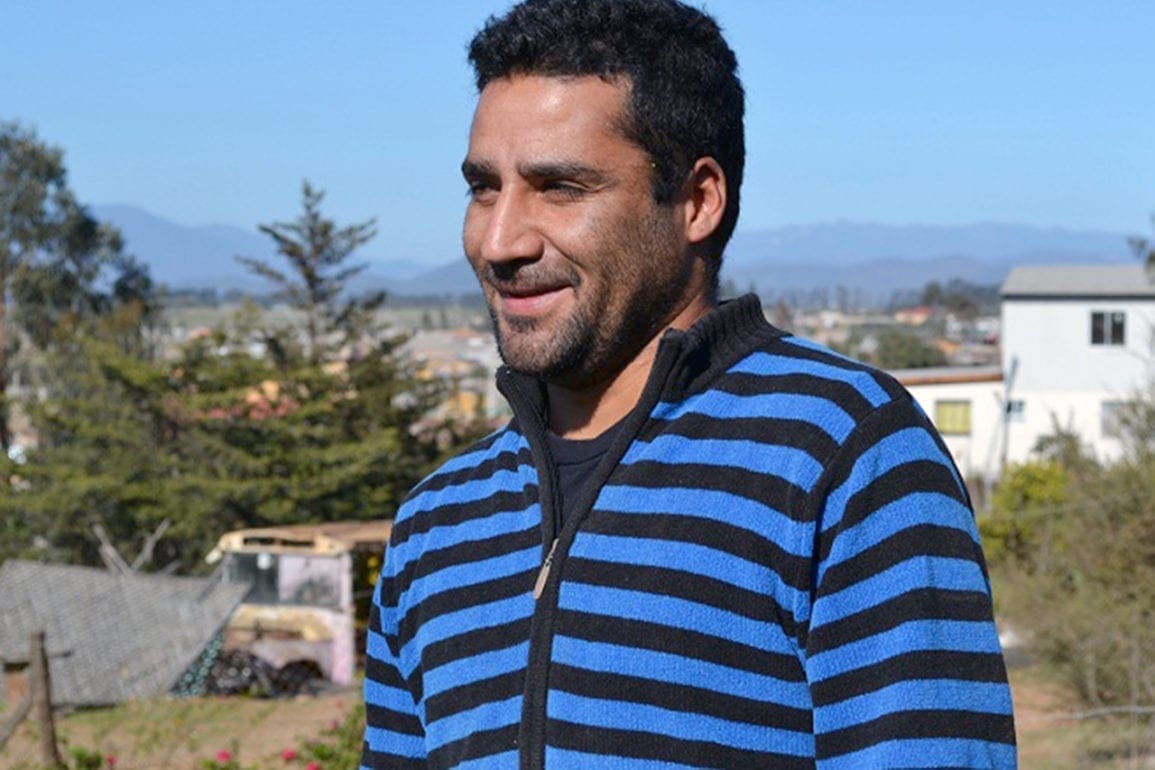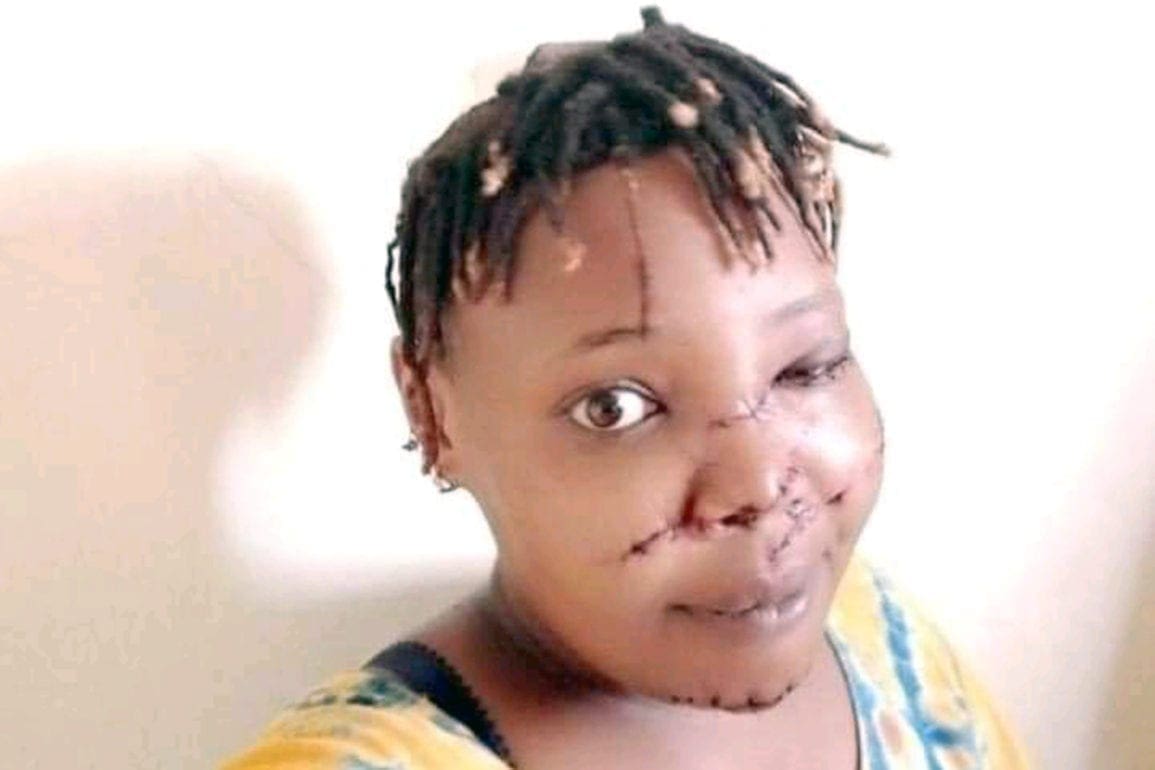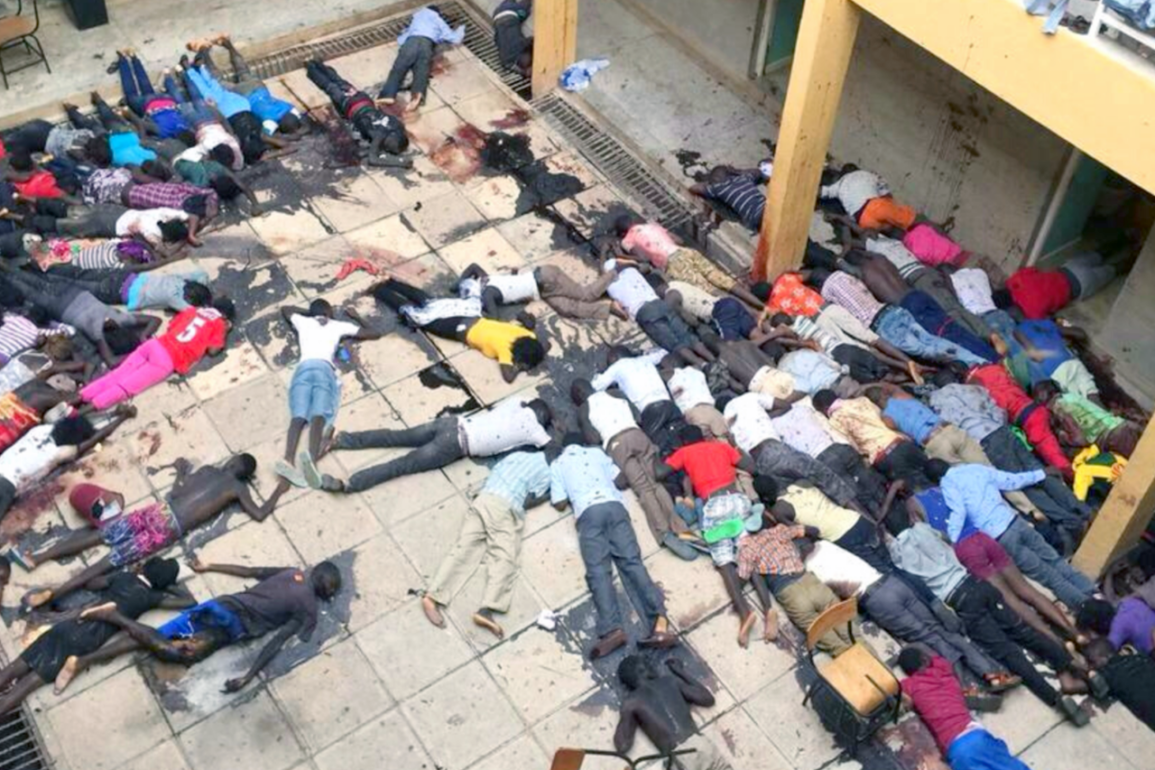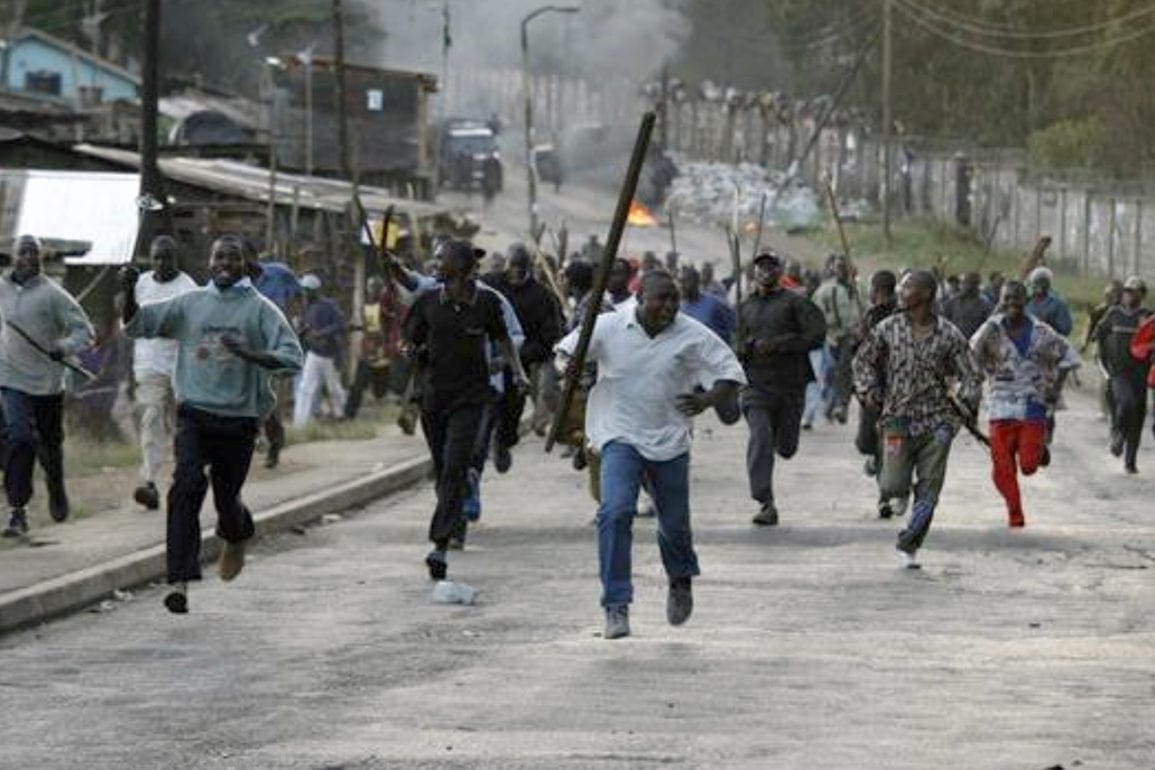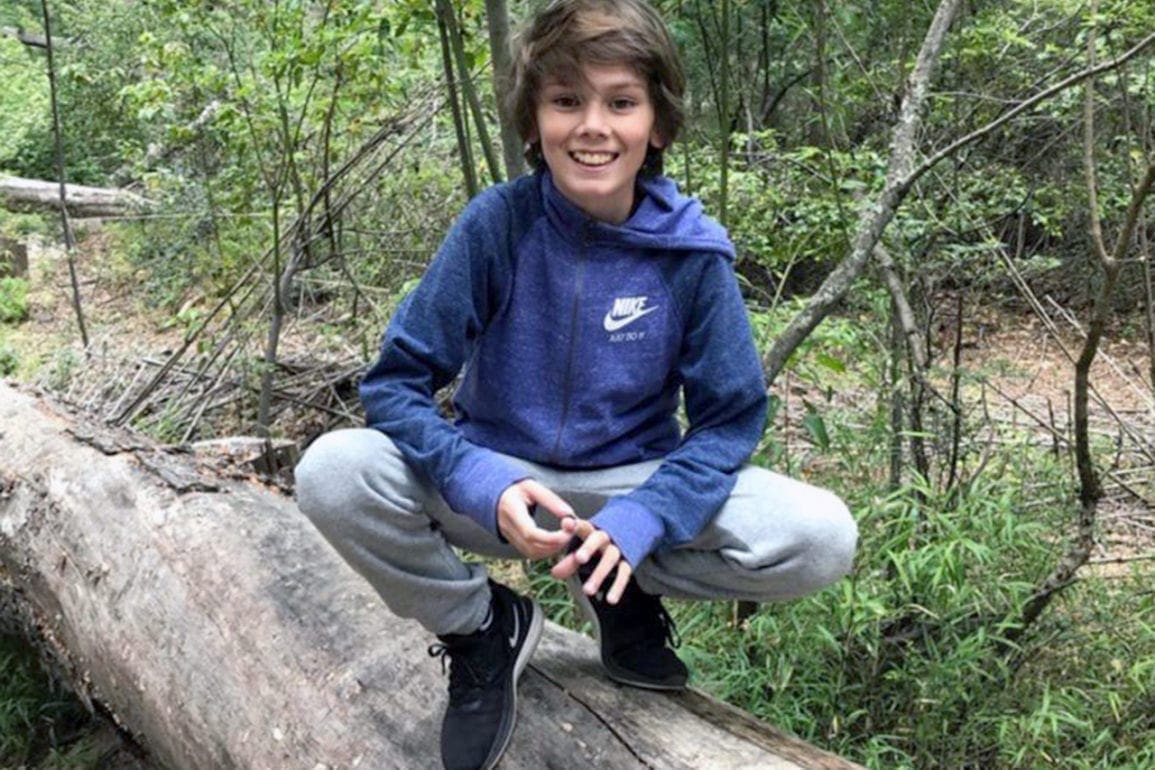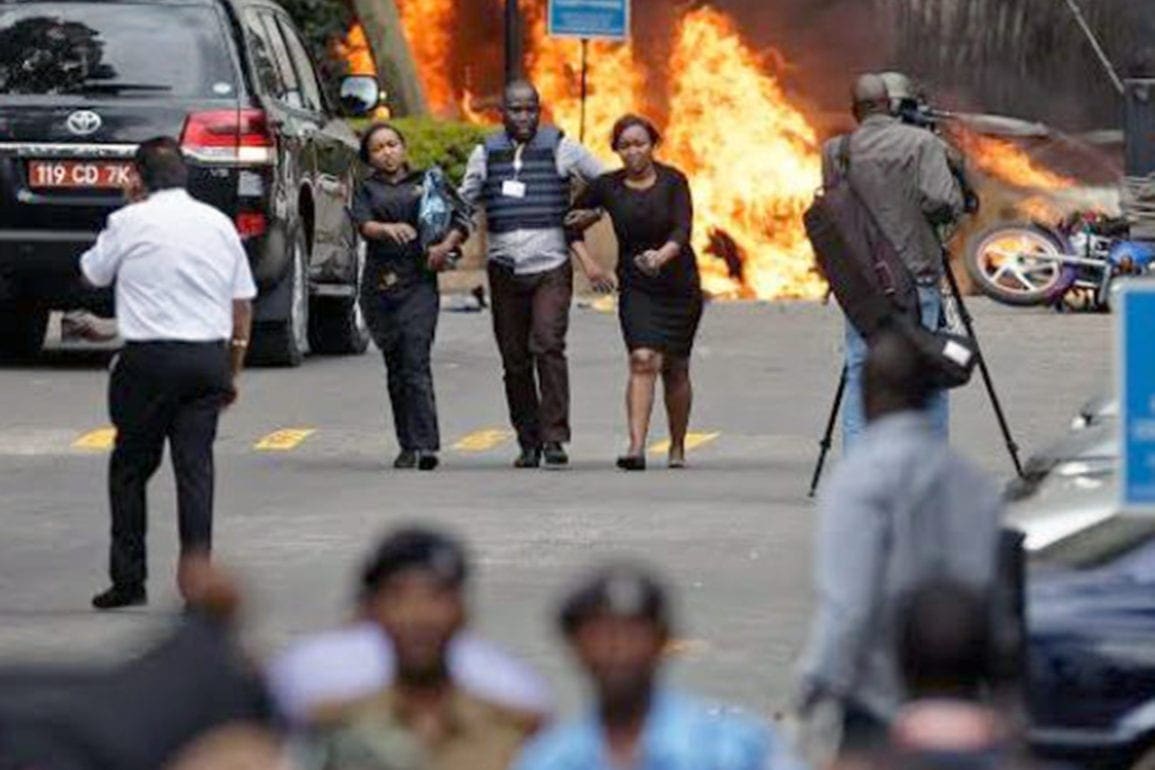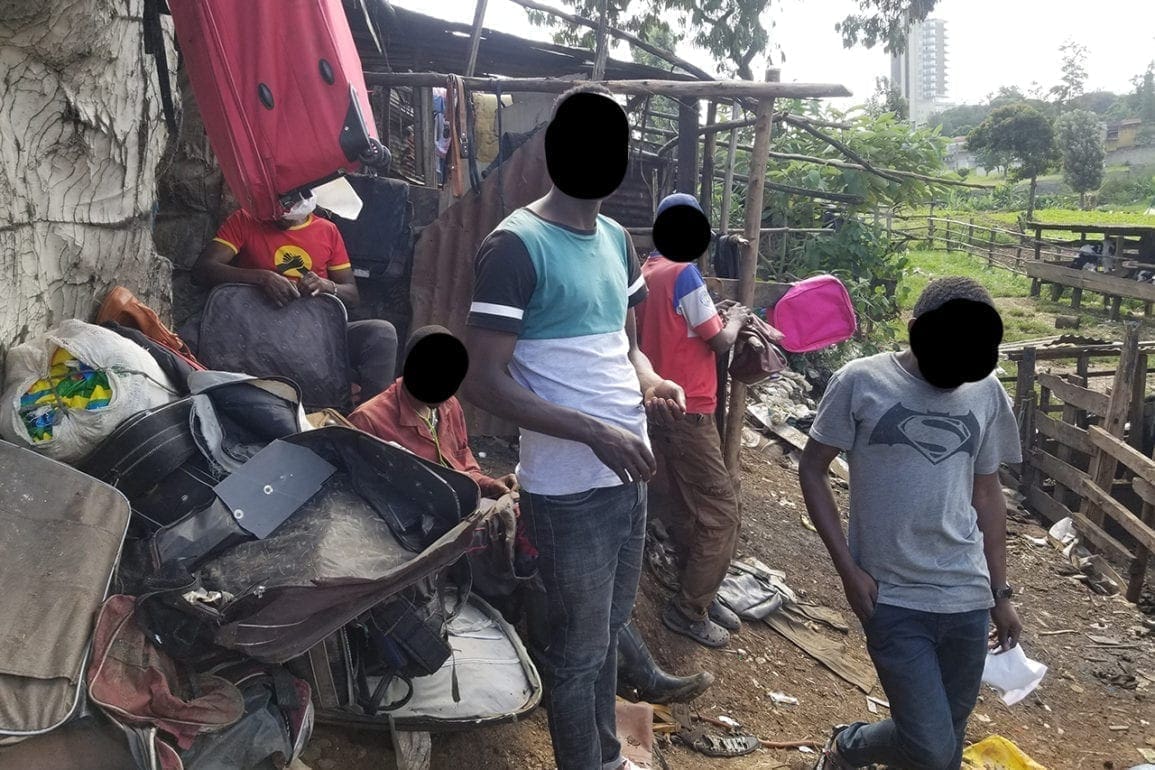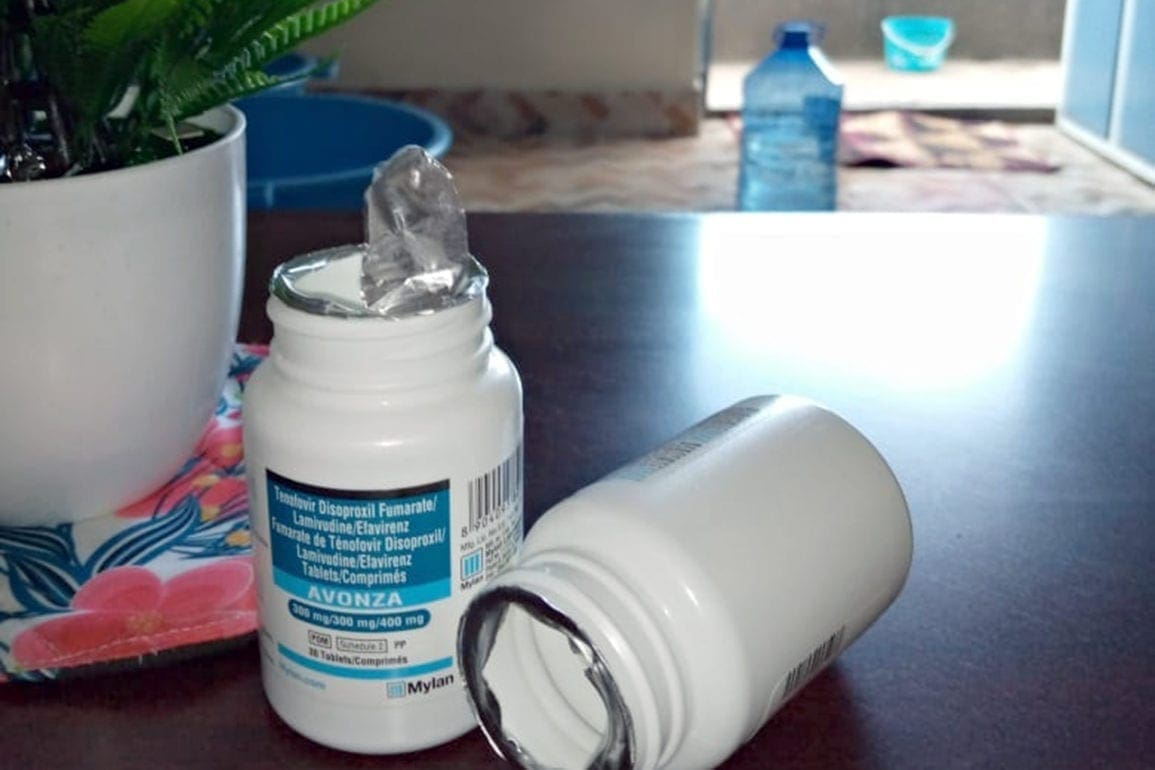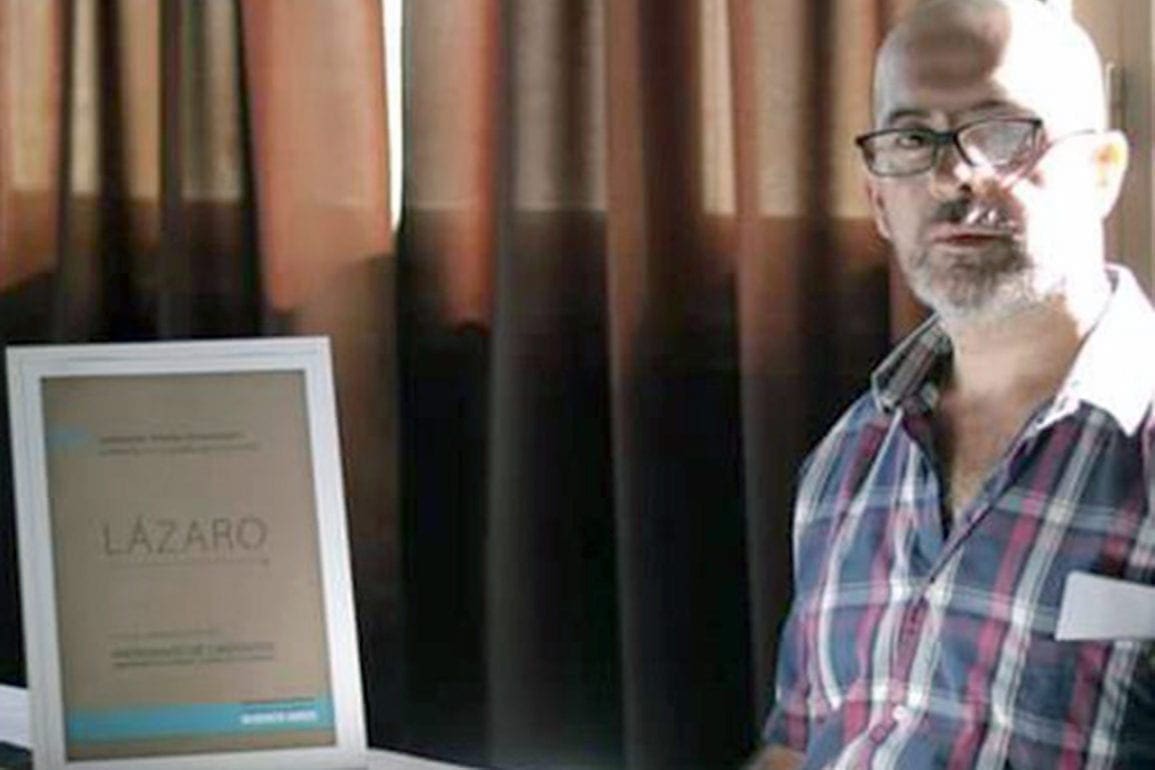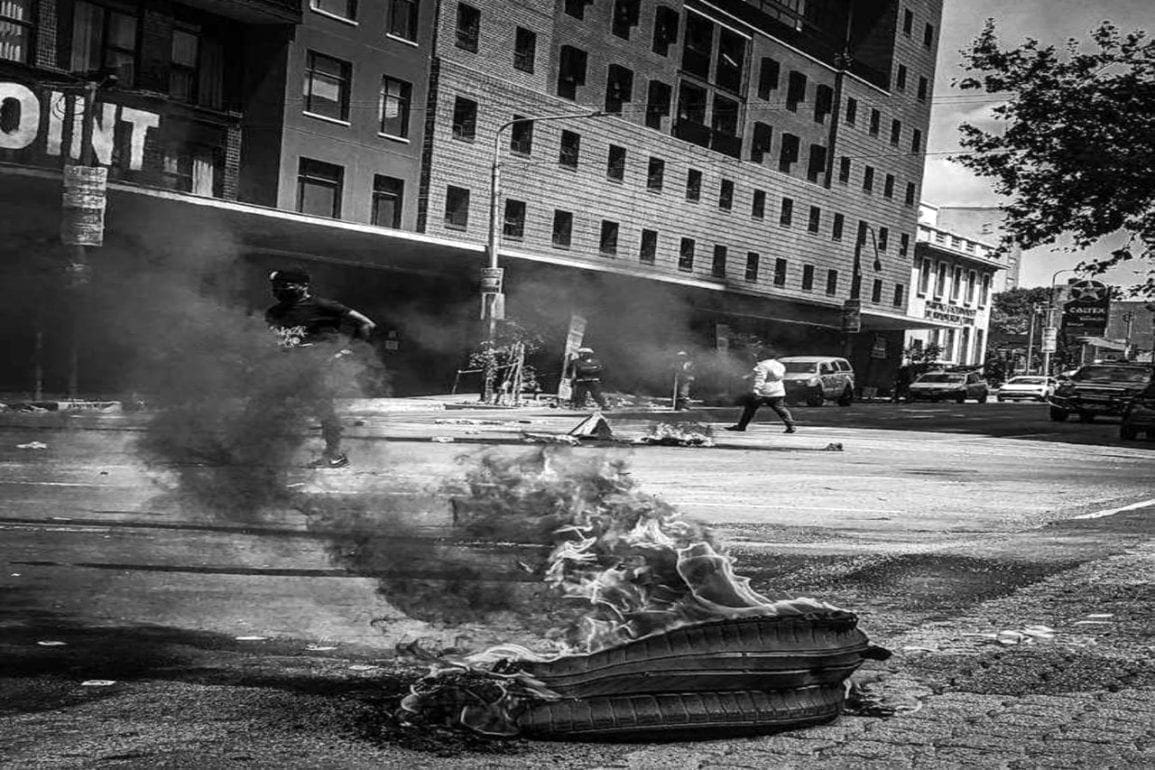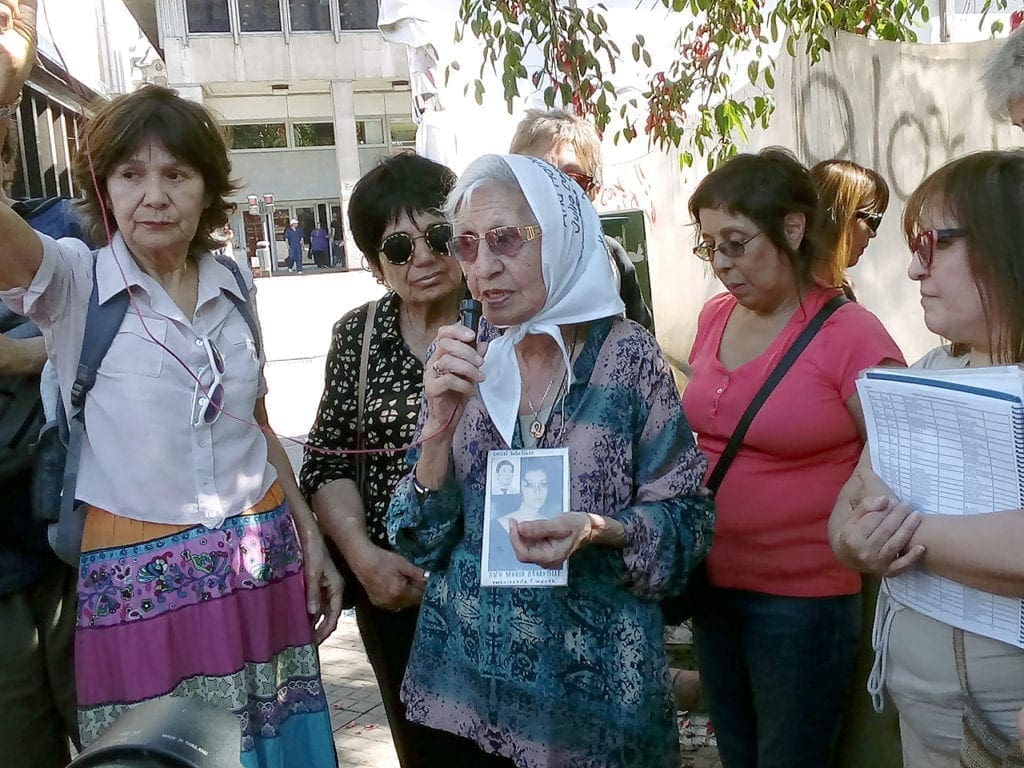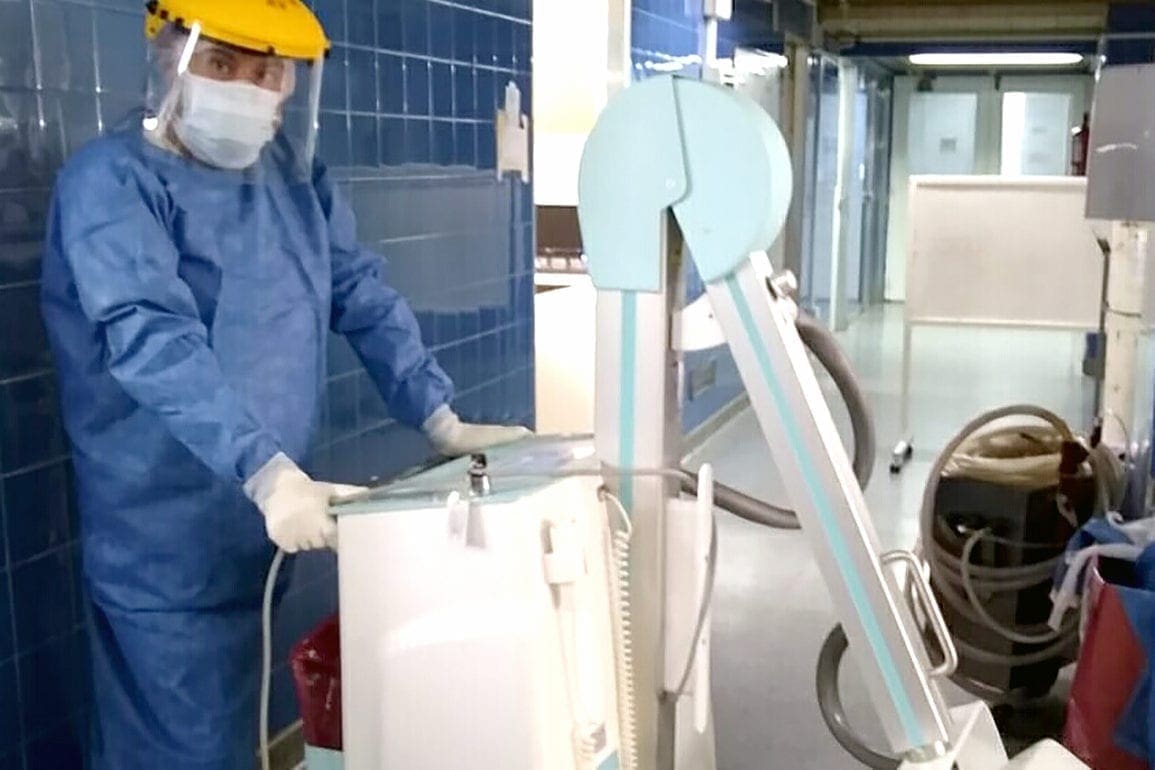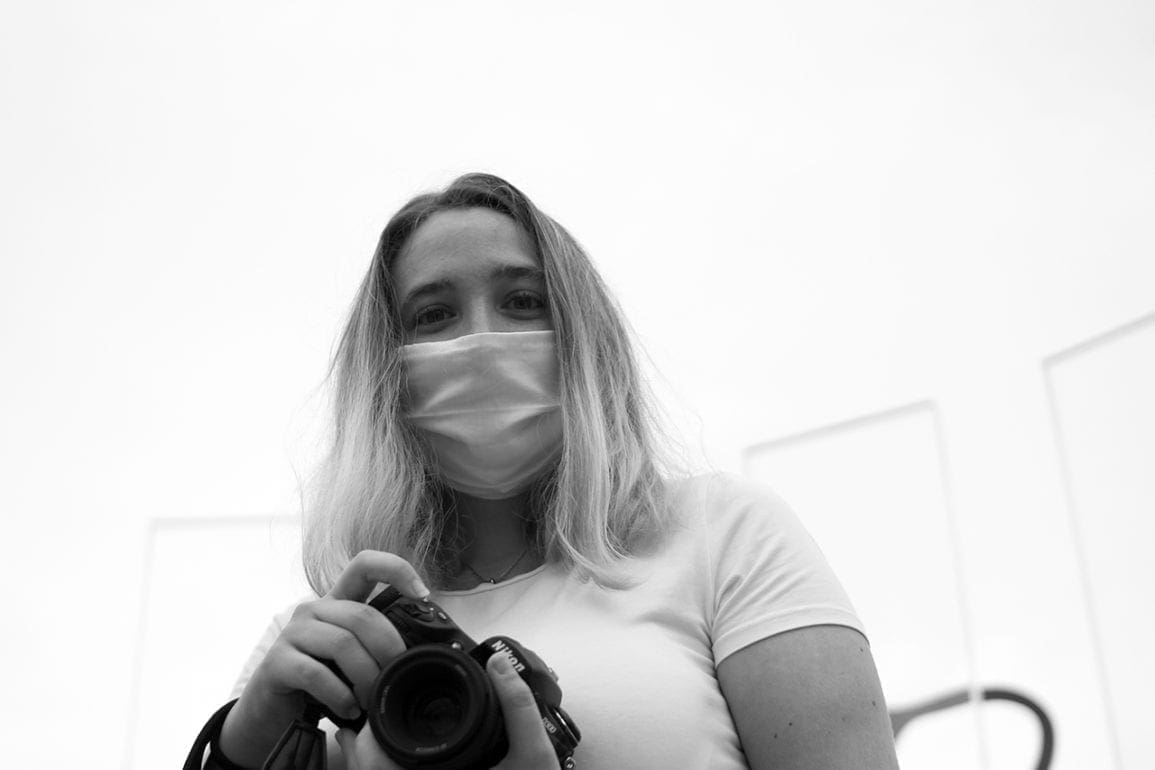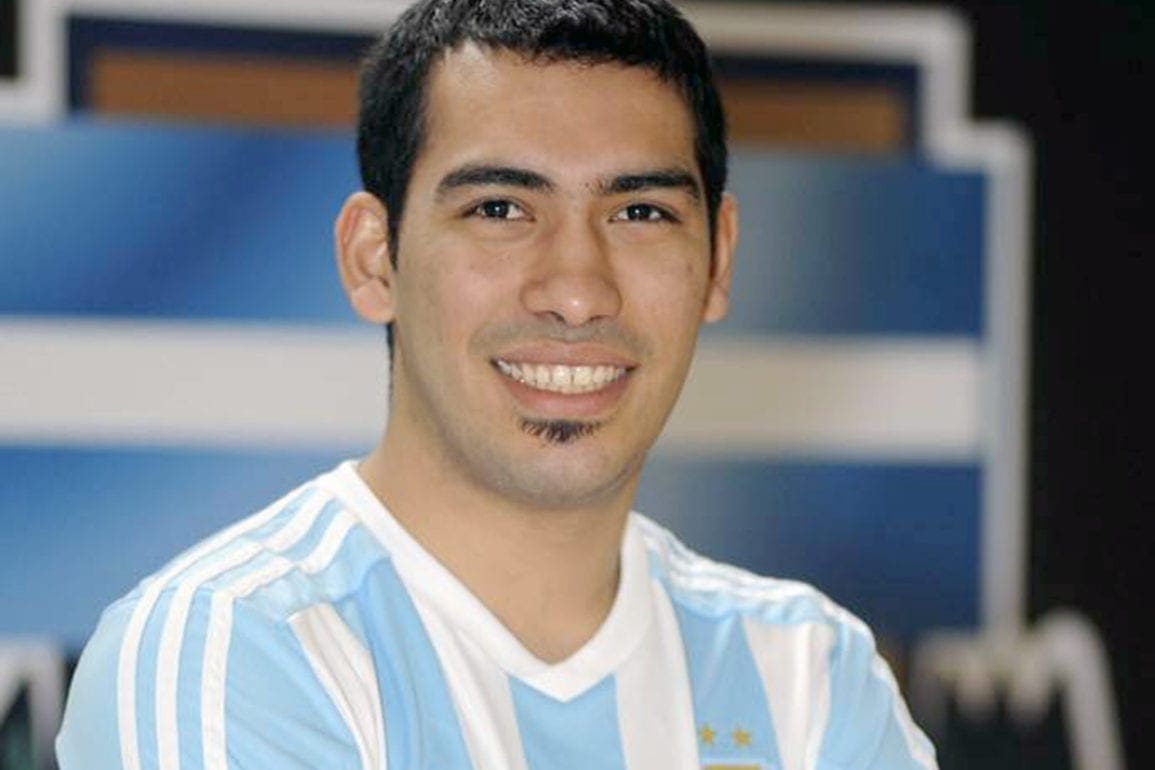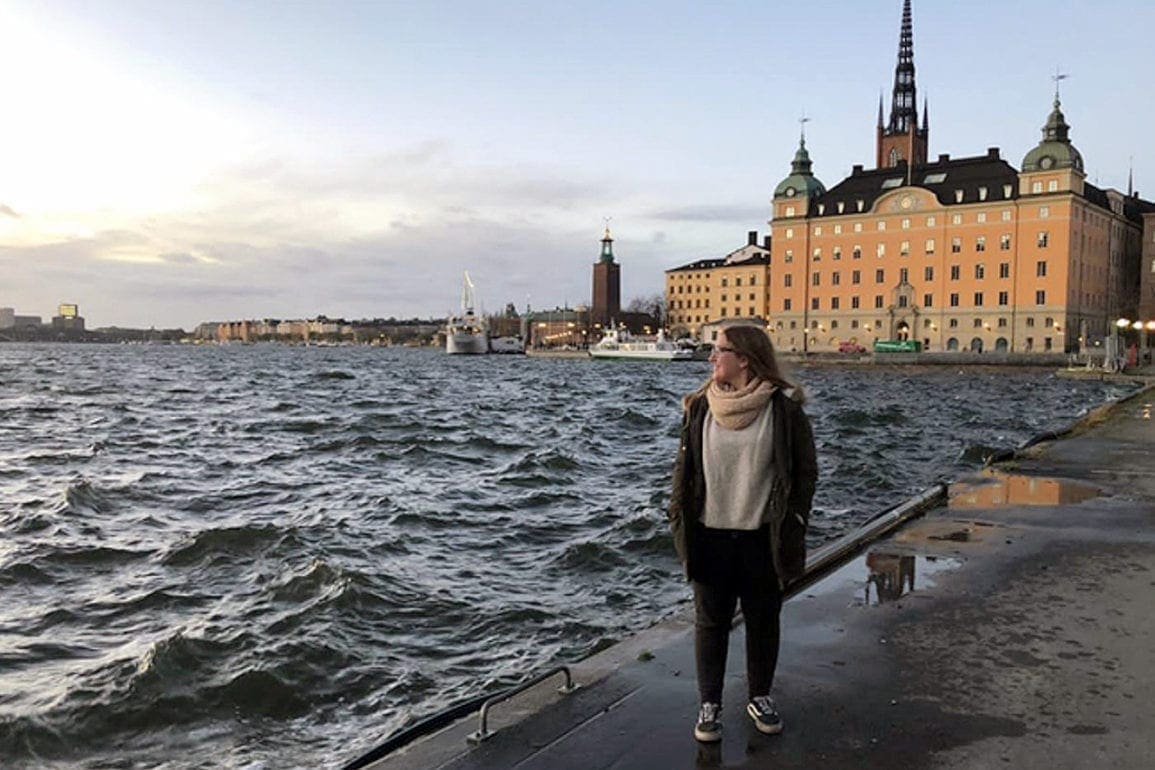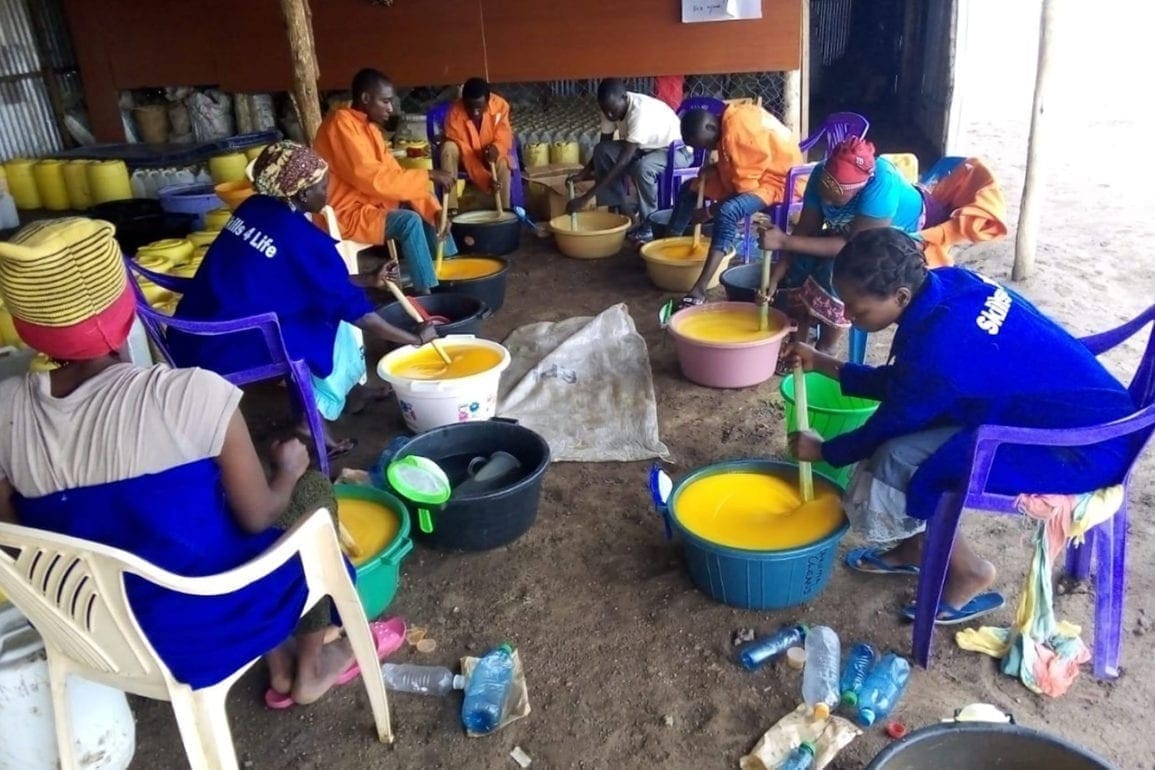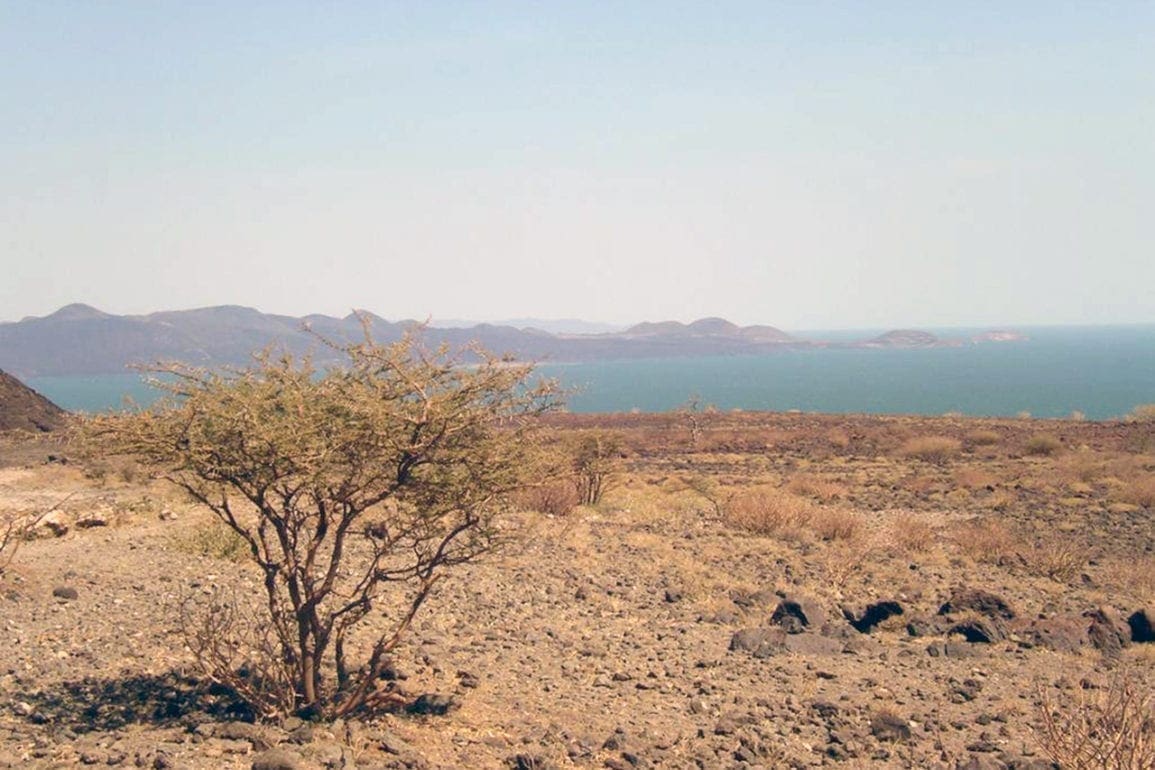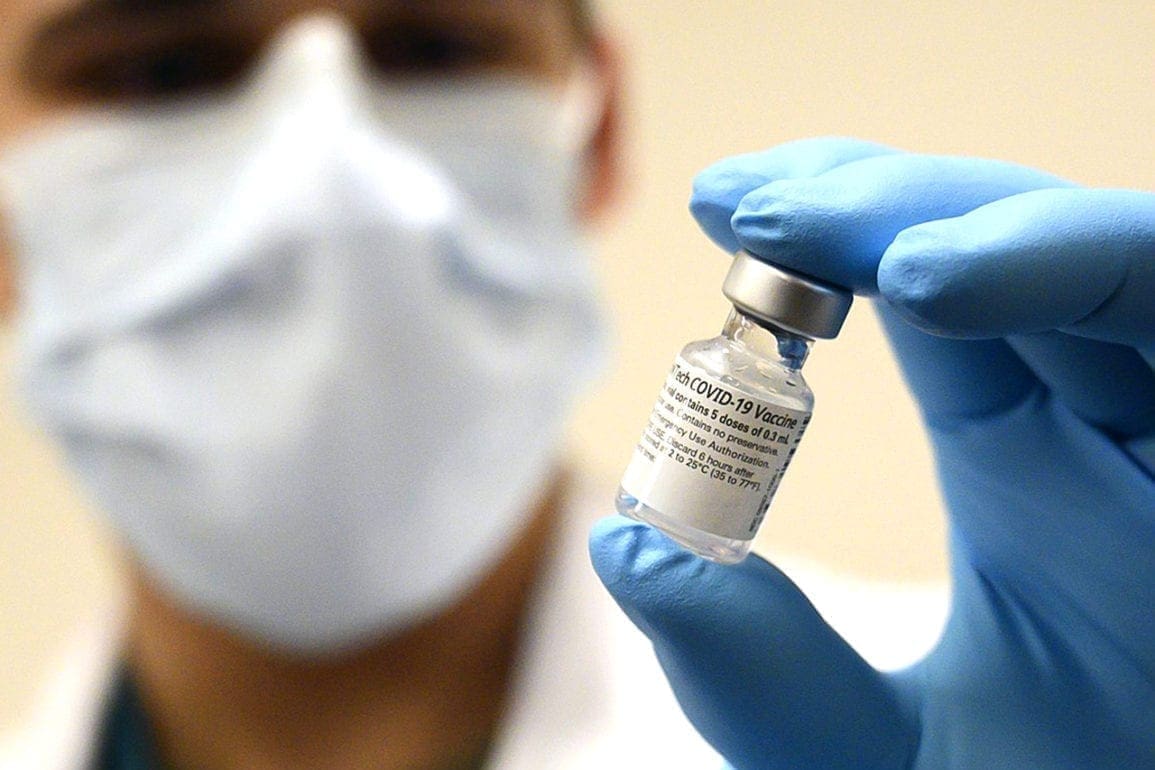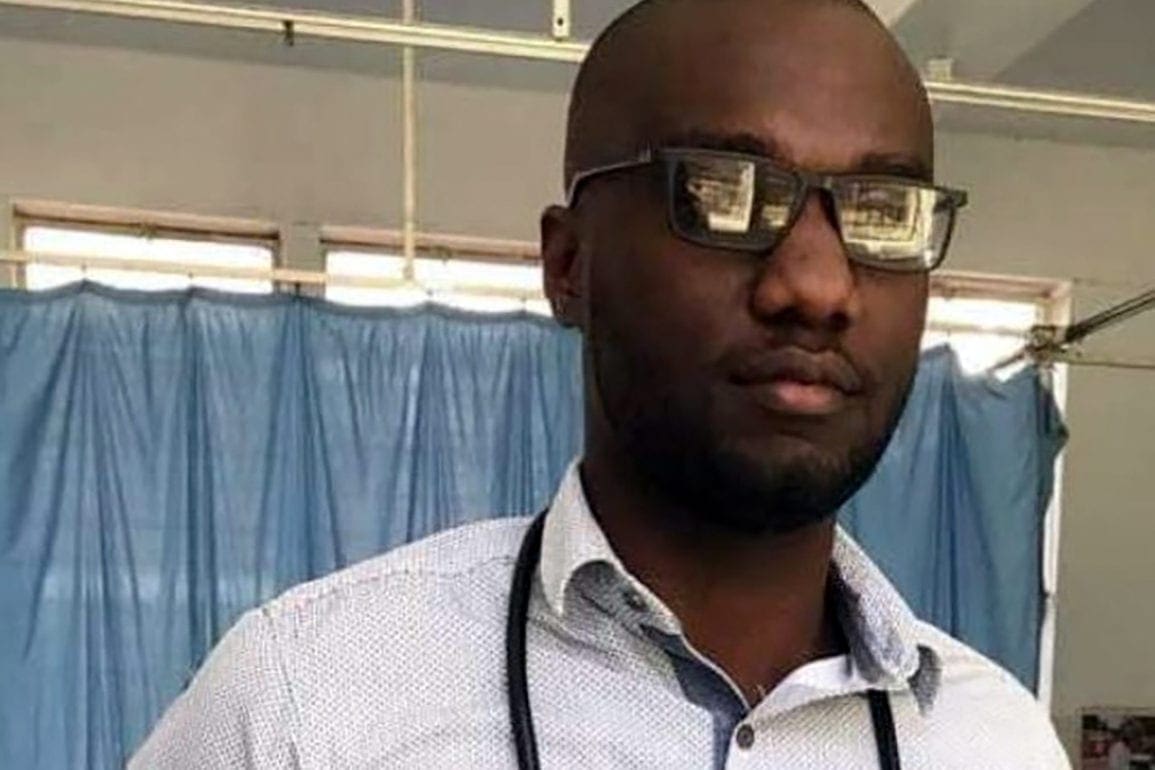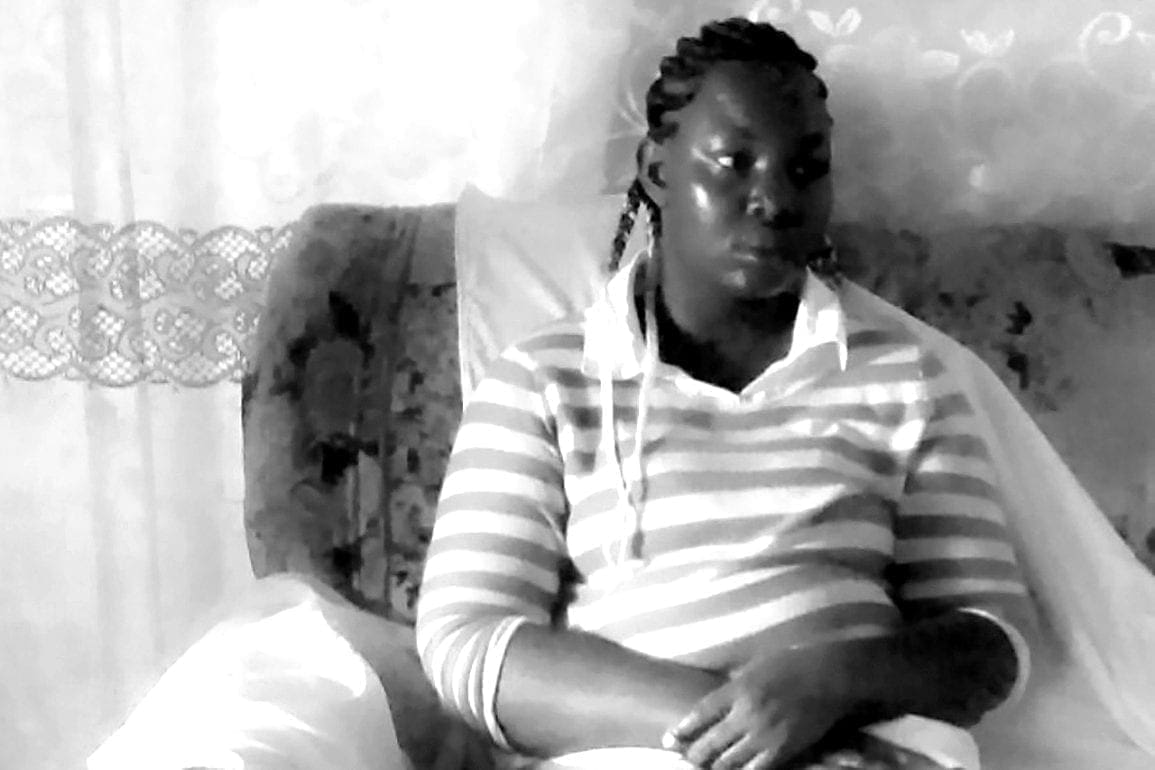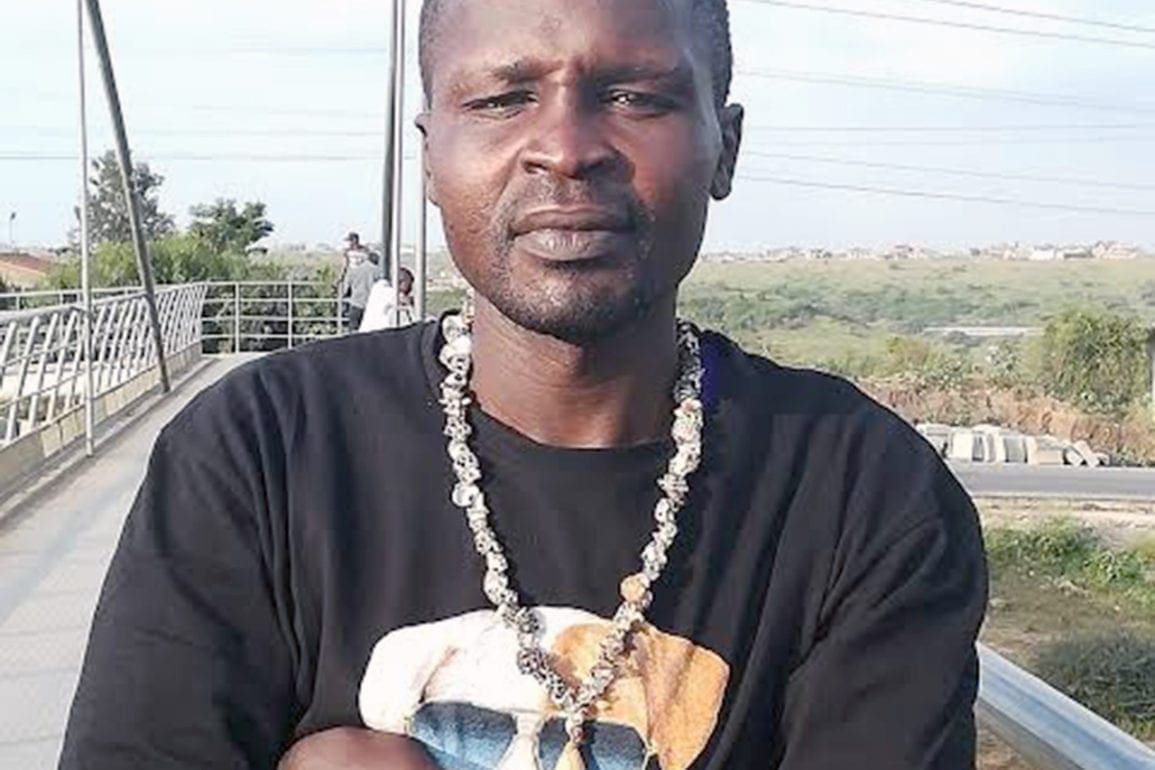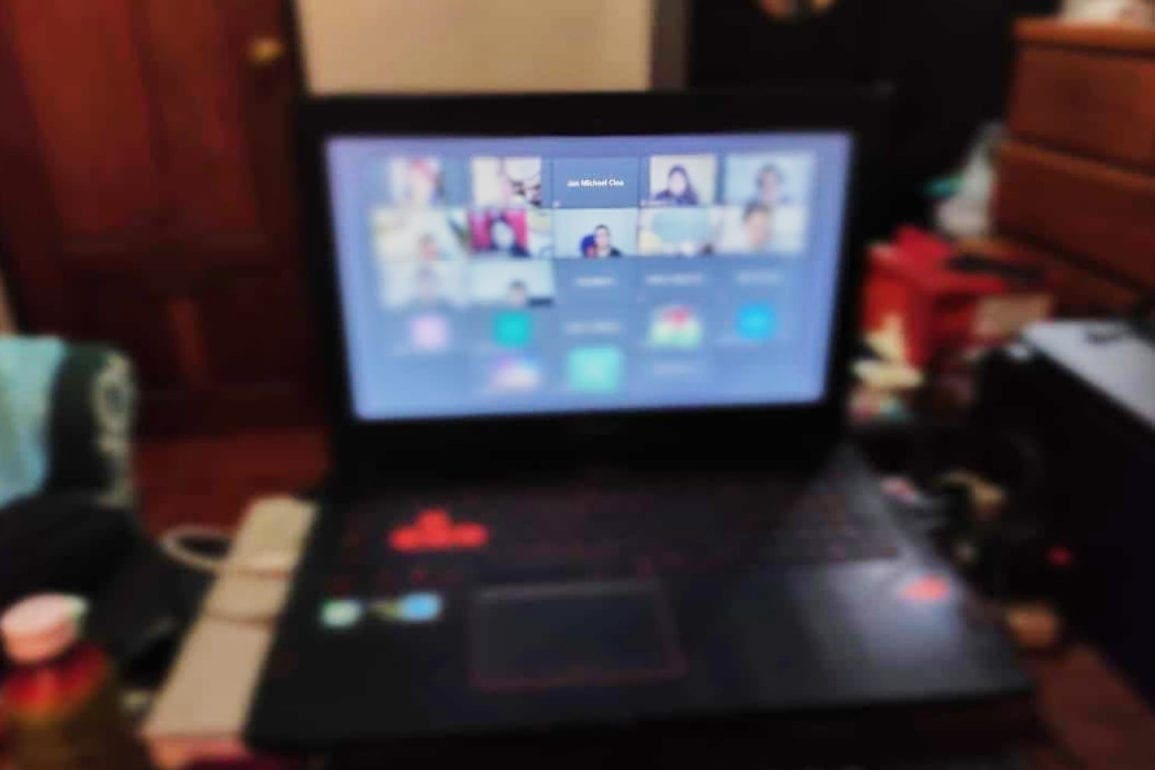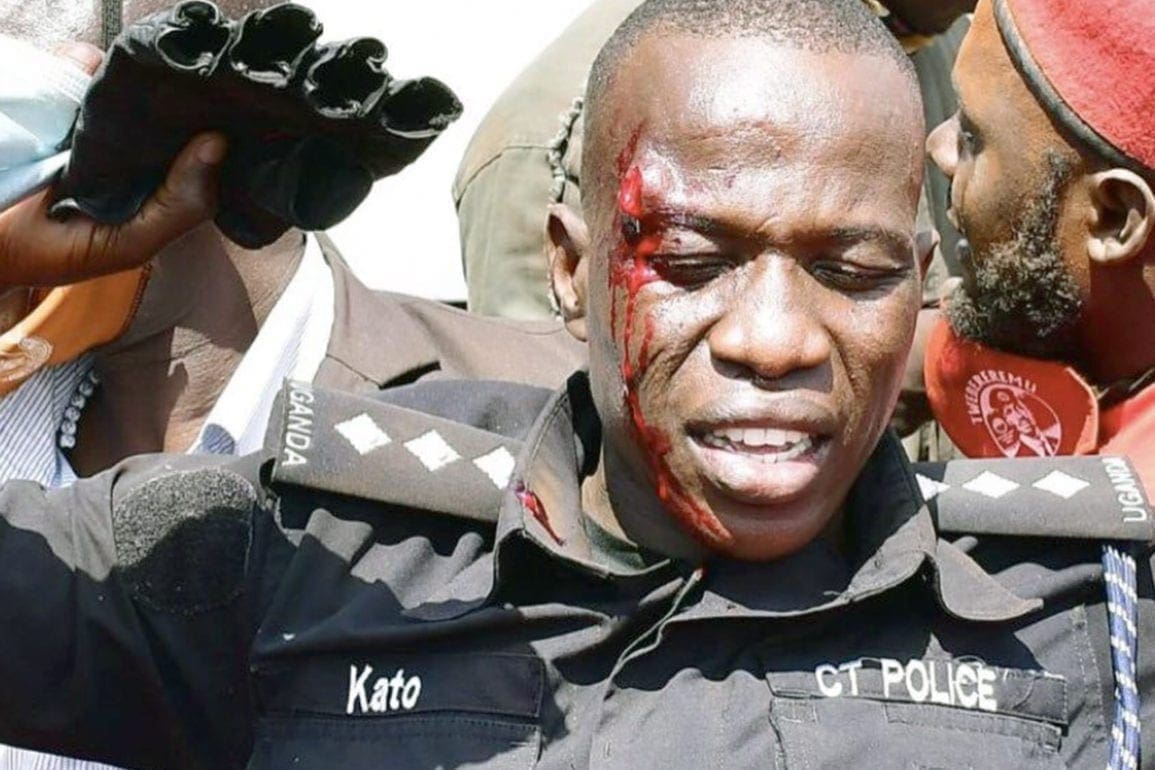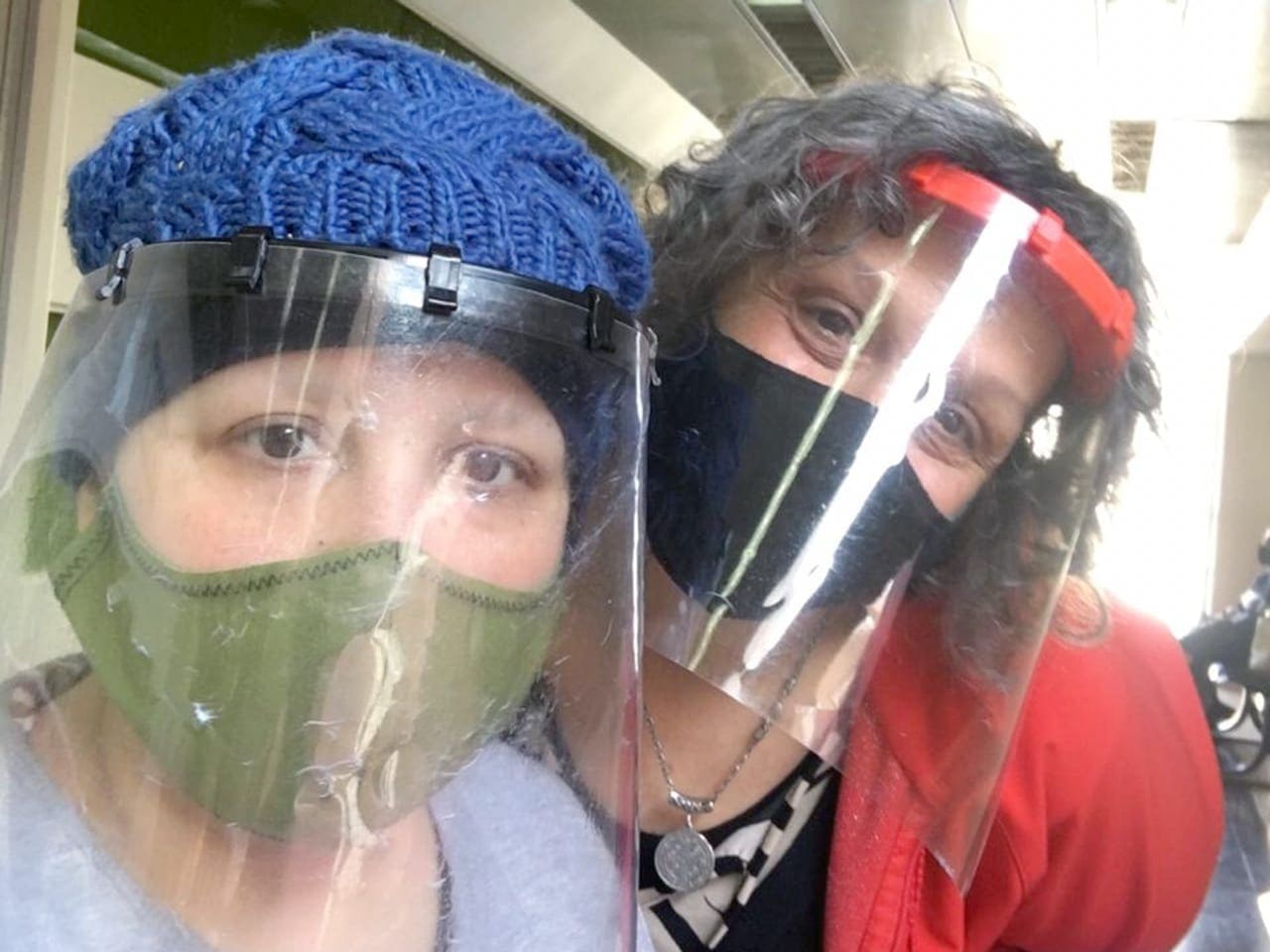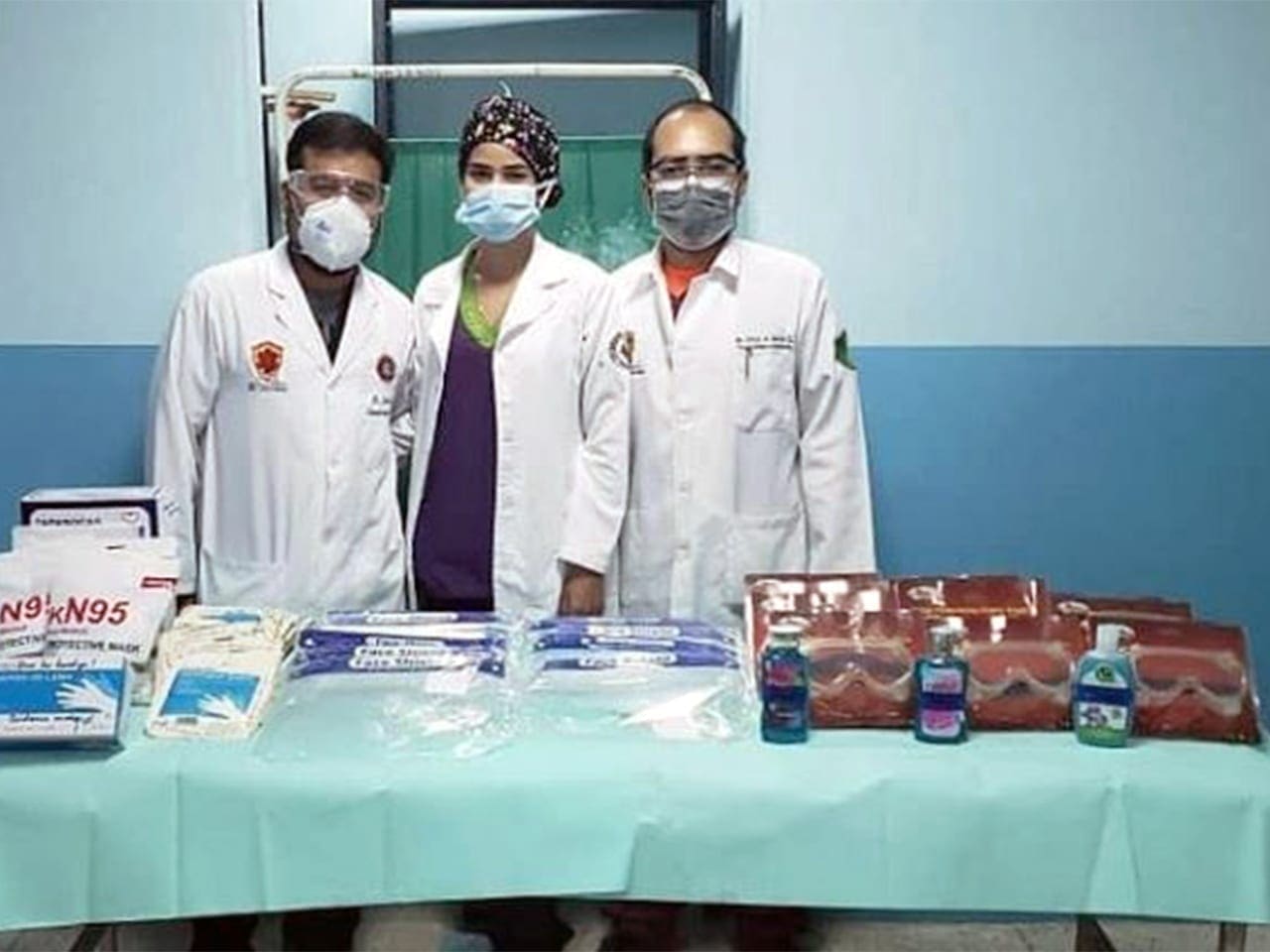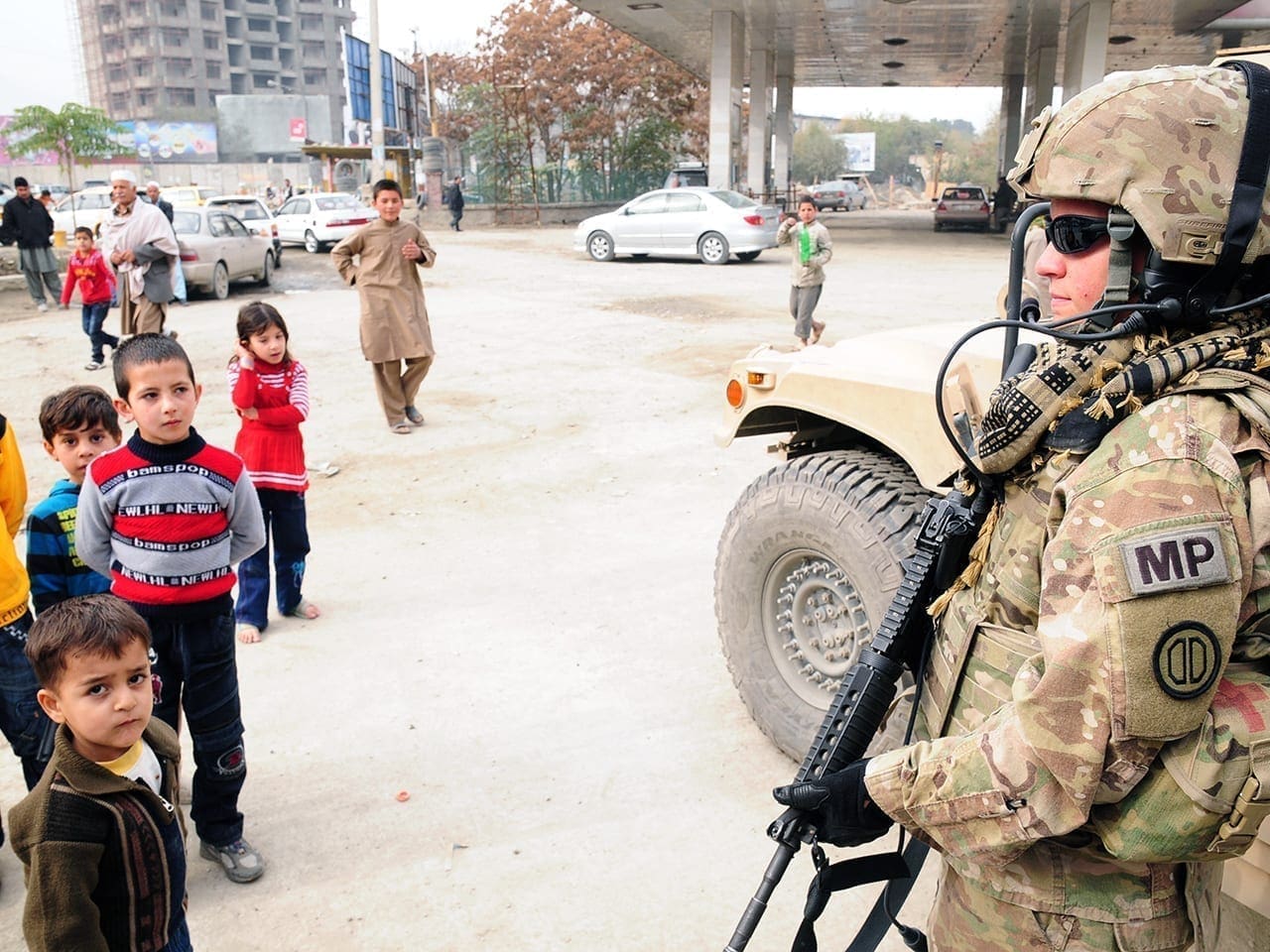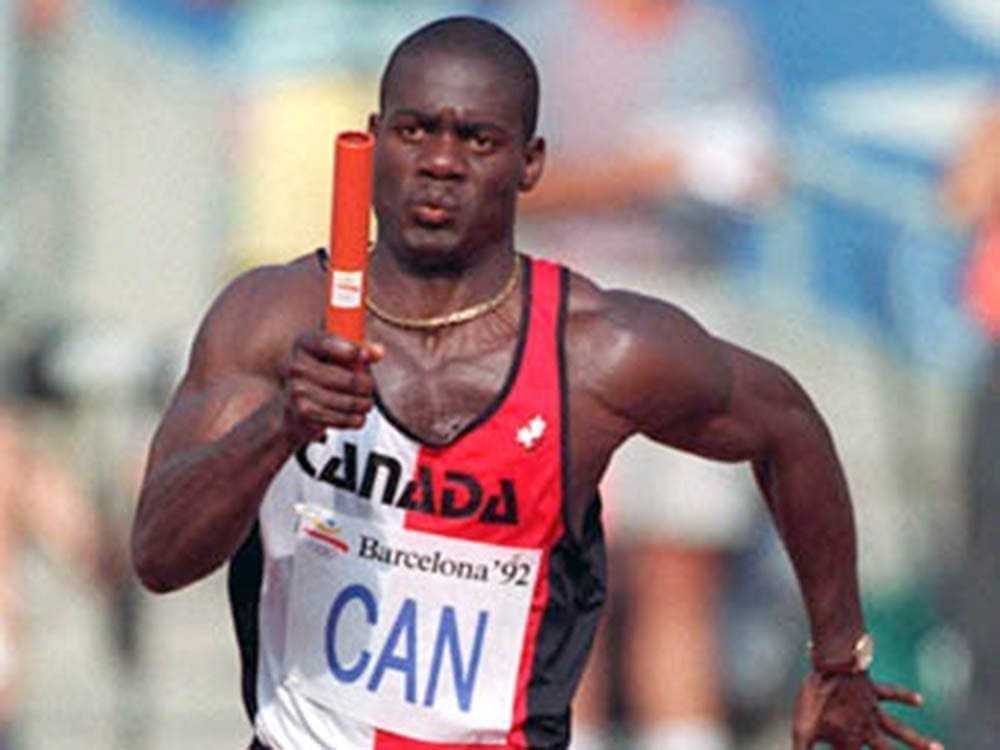India families forced to dump dead relatives in river
The second wave of COVID-19 had devastated the country. It seemed to kill almost everyone who caught the virus. I was frightened and feared the worst.
- 3 years ago
June 29, 2021
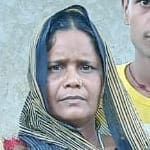
GHAZIPUR, India — I lost my life partner to COVID-19 and had to dump his dead body in a river.
My husband Shambhu Nath was only 40 years old when he died of COVID-19. He was a hard-working guy — an agricultural laborer and mason by profession. He did not deserve to pay with his life for being poor.
On a hot afternoon in late April, Shambhu cut the wheat crop at a farmer’s field. He felt dizzy and returned home early.
Suffering a minor fever, he took a few acetaminophen tablets and went back to work.
I suspected heatstroke, but in three days, his symptoms worsened. First, he developed a dry cough and breathlessness. Then, he started gasping for air. It looked like he was choking.
The second wave of COVID-19 had devastated the country. It seemed to kill almost everyone who caught the virus. I was frightened and feared the worst.
The struggle to get medical aid
Health services in our village are nearly non-existent, and the primary health center is stuffed with cow dung cakes, cattle food, and wood.
The very place established to help doctors, nurses, and support staff cater to the medical needs of the village is instead used by the poor to cook their food and protect their animals.
I could not let Shambhu pay with his life for government apathy, and it seemed like a betrayal to take him there. Instead, we traveled 10 kilometers (6.2 miles) by foot to a functional primary health center.
The doctors referred Shambhu to the District Hospital in Ghazipur because of his COVID-19 symptoms when we got there. His condition was debilitated, and time was running out.
The District Hospital was another 35 kilometers (21.7 miles) away. Ambulances were busy, and public transport remained closed. Taxis were charging 4,000 rupees ($53.91) to transport COVID-19 patients.
I was losing hope but remained determined, so I took a loan out and, with the help of family and friends, got Shambhu to the District Hospital.
To my horror, the hospital administration refused to admit him. They told me they had no Coronavirus test kits, and the doctors were busy attending to patients in intensive care units. There was a shortage of beds, drugs, oxygen machines, and ventilators.
Disheartened, I turned to a private laboratory to get Shambhu tested. By the time we received his results, he had died of COVID-19.
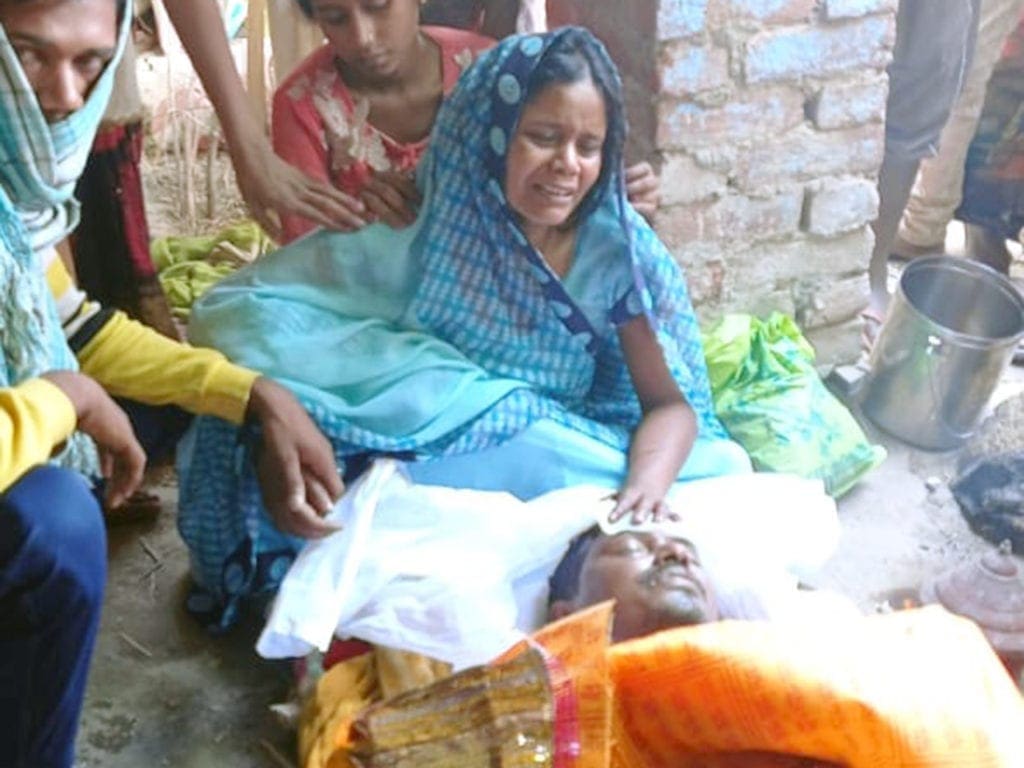
Dumping the body in Holy waters
I could not save my life partner, but this was only the beginning of my ordeal. I did not know what to do with his mortal remains.
We are poor people. Shambhu was the sole earning member of the family. Some days he would earn 200 rupees ($2.70), and some days, he would return home empty-handed.
His funeral would cost at least 14,000 rupees ($188.68). How could I arrange this kind of money? I was already in debt from the transportation. The high number of COVID-19 deaths crippled the system. As lumber prices went up, the cost of cremation rose.
Funeral pyres were burning around the clock, and cremation grounds were running out of space. They only accepted dead bodies from hospitals with COVID-19 death certificates.
A considerable number of people were dying at home. The poor were severely affected. They kept the actual number of dead bodies a secret. The official estimate claimed only five people died of COVID-19 in Gahmar, but we had lost over 150 villagers to the virus.
There was a reason why hundreds of corpses were floating in the Ganges River.
With no other options, I took Shambhu’s body to the outskirts of the village. The Ganges flows through the town, and the distance between the river and our hut is only 300 meters (328 yards).
Once there, I wrapped his body in white muslin and pushed it into the river. I thought, at least he is immersed in holy water.
Stripped of dignity and tradition
No one stopped us because it wasn’t just us. Every household paid the price of being poor and sick in the pandemic. Everyone was a silent spectator to the mayhem they did not invite.
I feel criminal to have thrown his body in the river. He deserved some respect in death. His mortal remains deserved dignity, but I couldn’t give him that.
He died unknown, denied of the customary 13-day mourning period. He was not even counted in the statistics.
In Hinduism, bodies are cremated after performing religious rituals hoping that the soul will attain salvation. I hope his soul finds the peace it deserves.
We lost Shambhu’s younger brother Swami Nath the next day. With a heavy heart, we dumped his dead body in the Ganges too.
Horrendous realization
A few news reports mentioned how crows, dogs, vultures, and jackals were feeding on corpses. On top of everything else, this realization was horrendous.
As we grieved, we waited for a government representative to visit us, to check on us. We are still waiting.
The state media blamed us for not cremating our family members. They alleged we feared catching the virus if we touched the body for final rituals. That is not true.
They assumed we followed Jal Pravah – the Hindu practice of dumping the dead bodies of children, unwed girls, or those who die from infectious diseases in the river. That is not what happened. It is a lie to cover up their failures.
The truth is I could not afford the funeral. I did not have the money to buy wood, pay the priest, and cremate the body.
What do you expect from a low-income family who lost two members in two days to COVID-19? We had no other option. We were forced to dump their bodies in the Ganges. That act hurt us; it broke us. It was cruel and insensitive, but we were helpless.
I had already taken a huge loan to get Shambhu treated. However, no one could loan me 25,000 rupees ($336.93) to take care of the funeral.
The rich could afford the timber. The poor were left to fend for themselves. The pandemic not only exposed our healthcare system, but it also exposed the most significant divide in India – us. The rich and the poor would not stand together in death.
State government lies, turns blind eye
The corpses floating in the river reveal the discrepancy between the official COVID-19 death figures and the actual numbers on the ground. It also shows the local and state government’s failure to fulfill their responsibility.
We could not afford an INR-1 disposable face mask or a small bottle of hand sanitizer that lasts only 24 hours. Poor people could not protect themselves.
When the media published the photos of dead bodies floating in the Ganges, government officials asked us not to dump our deceased family members this way. They told us the government would cover the cost of the funeral.
They promised 5,000 rupees ($67.39), but no low-income family in the village received these funds. These public statements were merely face-saving measures.
Since the government banned dumping dead bodies in the river, the poor must take loans to buy timber and cremate the dead. Crippling debt increases while the government continues to neglect us.
Interestingly, when politicians offer bananas to the poor, they publicize them to feed an entire village. If they have provided villagers with financial aid, why is it not broadcast? Gram Panchayat’s secretary claims they gave the amount to help the helpless.
No consideration of real solutions
Gahmar is a village of over 150,000 people. An electric crematorium costs an estimated 450,000 rupees ($6064.74 USD). Instead of making a false promise to carry the cost of cremation, the government could build an entire environmentally-friendly electric crematorium that could last forever, save time, and avoid dumping dead bodies in the river in the future.
They put their agenda above safety.
The Uttar Pradesh government ignored repeated appeals to delay the Panchayat polls due to the pandemic and humanitarian crisis. Yet, approximately 1.3 million candidates, 130 million voters, and thousands of polling officials were on the ground canvassing or voting with few COVID-19 safety protocols in place
By then, the virus had reached the villages, unlike the first wave in 2020. They did not close the polls even as the country reported over 200,000 COVID-19 cases a day.
Instead of owning their mistakes and failures, they blamed us for being cruel and insensitive.
The big caste divide
Today, I find myself struggling to stay alive. I am emotionally and physically weakened. I am still looking for answers.
Seeing dead bodies floating in the river was agonizing. The stench of death filled the air. The sight was disturbing.
The river is the source of our livelihood. It provides us clean water to drink, sustainable fishing, a means to transport crops to buyers, and the use of our modest boats to ferry passengers.
Now it is a health hazard.
Hidden data
By hiding the actual data, the government plays with people’s lives. We live in a constant state of fear of becoming sick. I still cannot come to terms with Shambhu’s death, and I look for him everywhere.
Now I am left with three young children (two daughters and a son) to raise by myself. My son is in high school, and it sends a chill up my spine to think of arranging funds to continue his education.
He had dreams of becoming an engineer. I fear the situation will force him to drop out of school and become a laborer to support us.
In May, the state government launched a welfare scheme for children who have lost their parents or the earning parent to COVID-19.
It claims the state will provide monthly financial assistance of 4,000 rupees ($53.89) to a child’s guardian or caretaker until they attain adulthood. We are eligible but have not received it, and I doubt we ever will.
The benefits of government schemes reach the affluent, not the poor. They ask us to produce caste certificates, death certificates, residence certificates, and age certificates to prove eligible.
I do not have Shambhu’s death certificate since he did not die of COVID-19 in the hospital. As a result, they will not provide financial support.
The videos keep playing of dead bodies floating down the Ganges. Every time I see one, it feels like Shambhu has died again.
